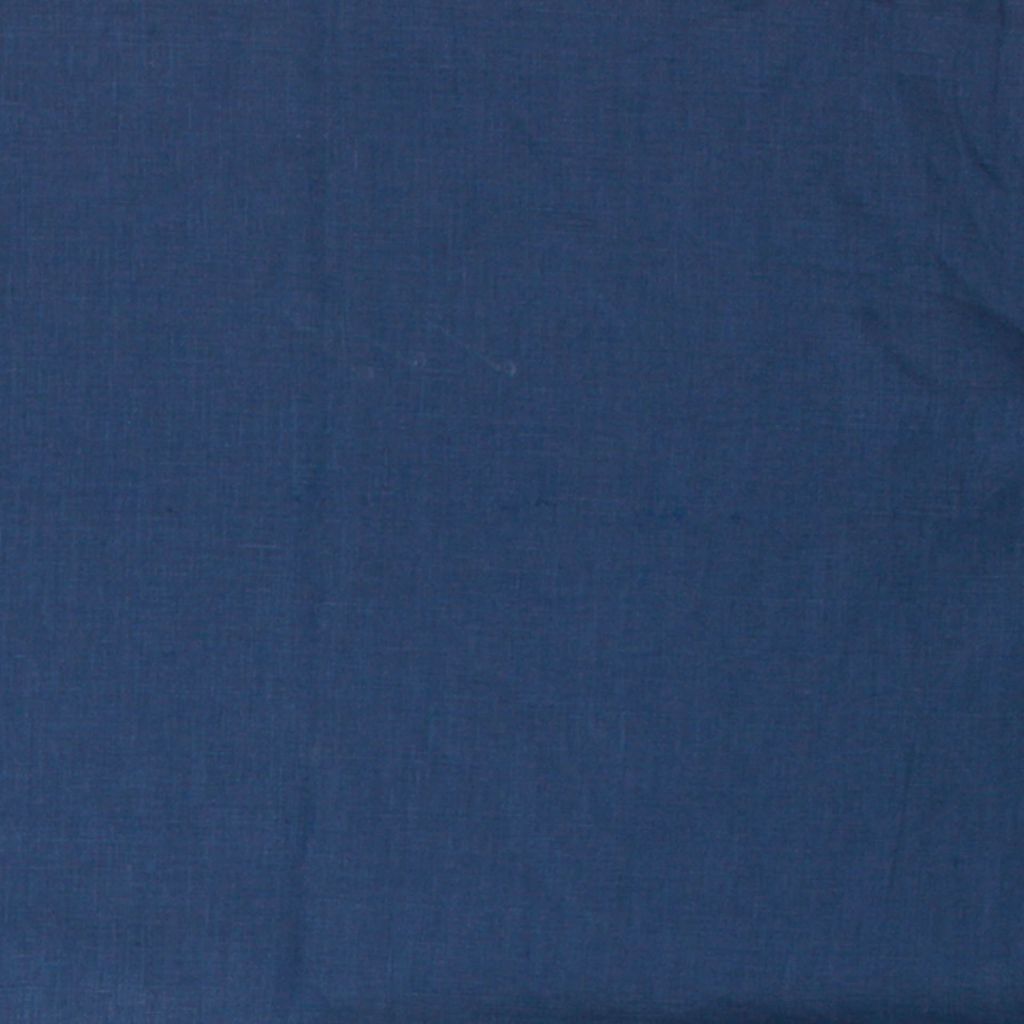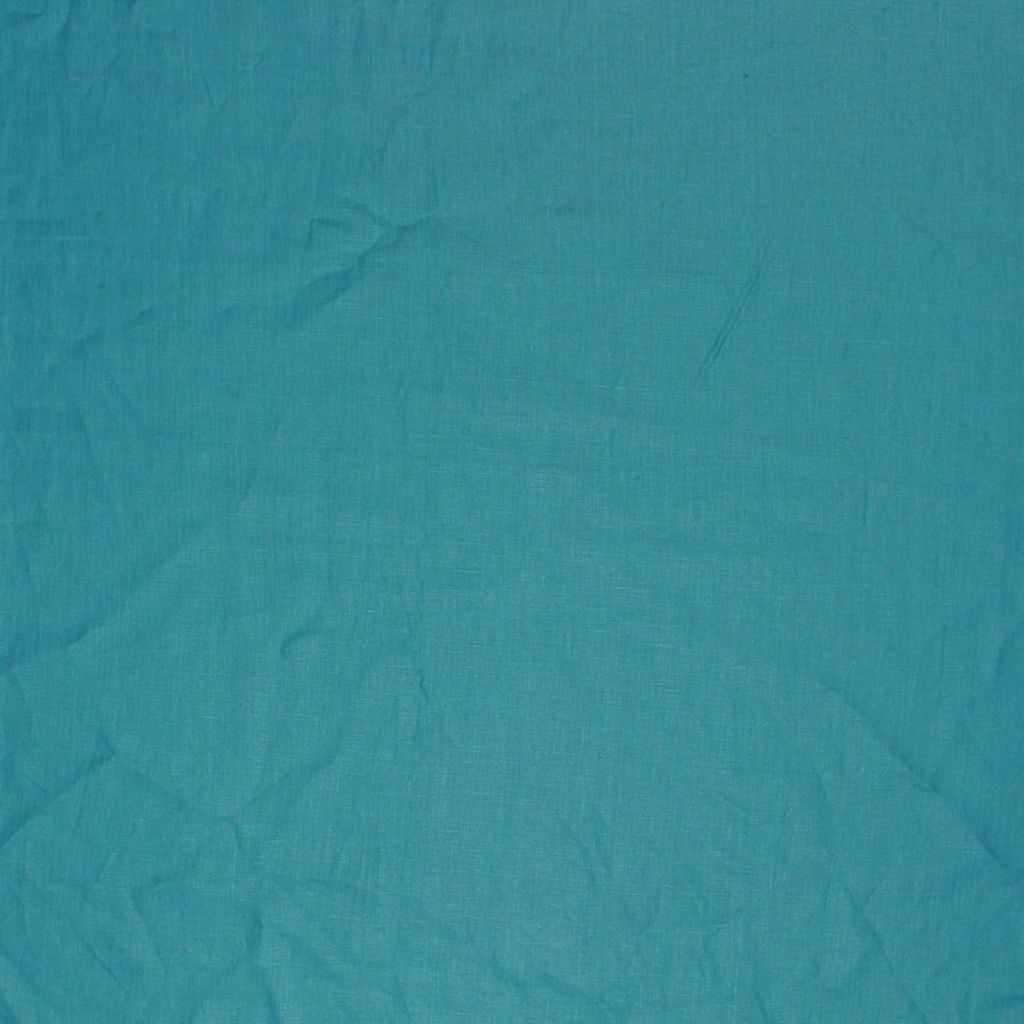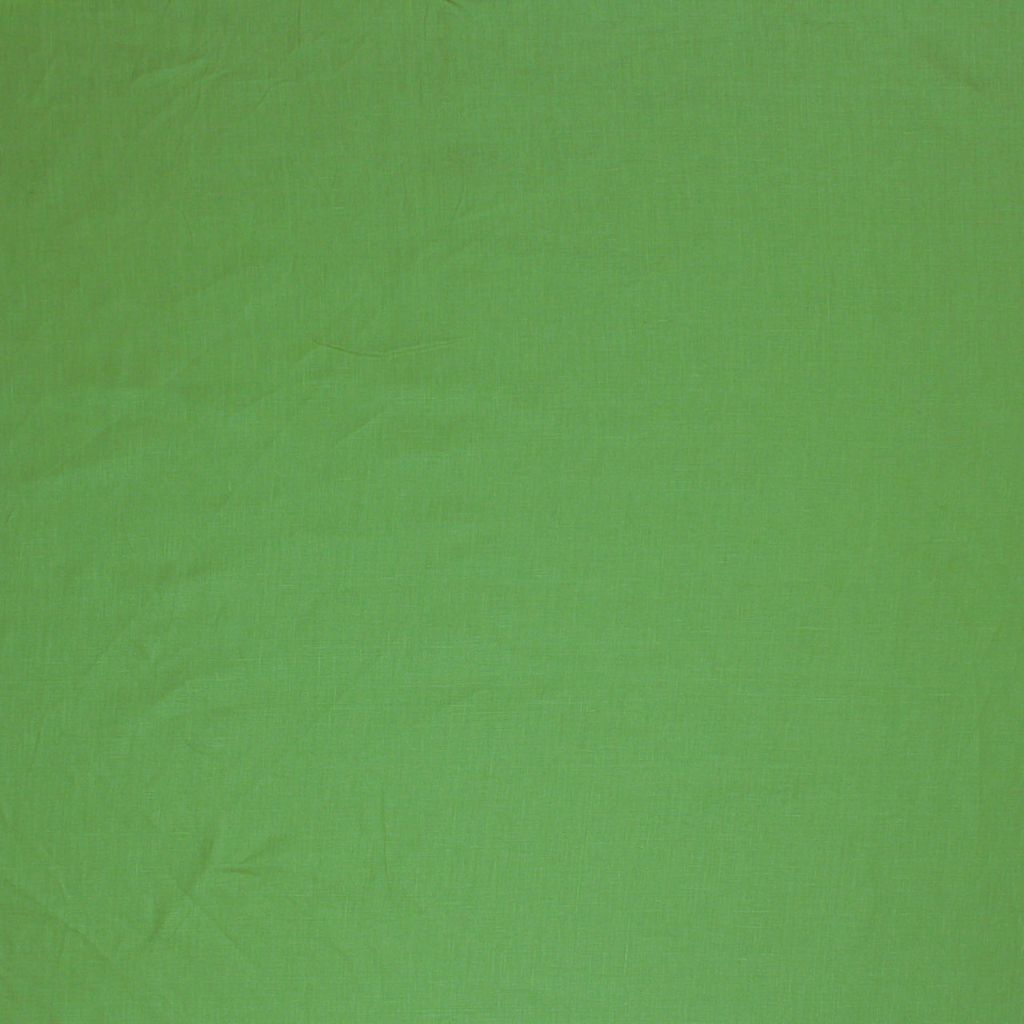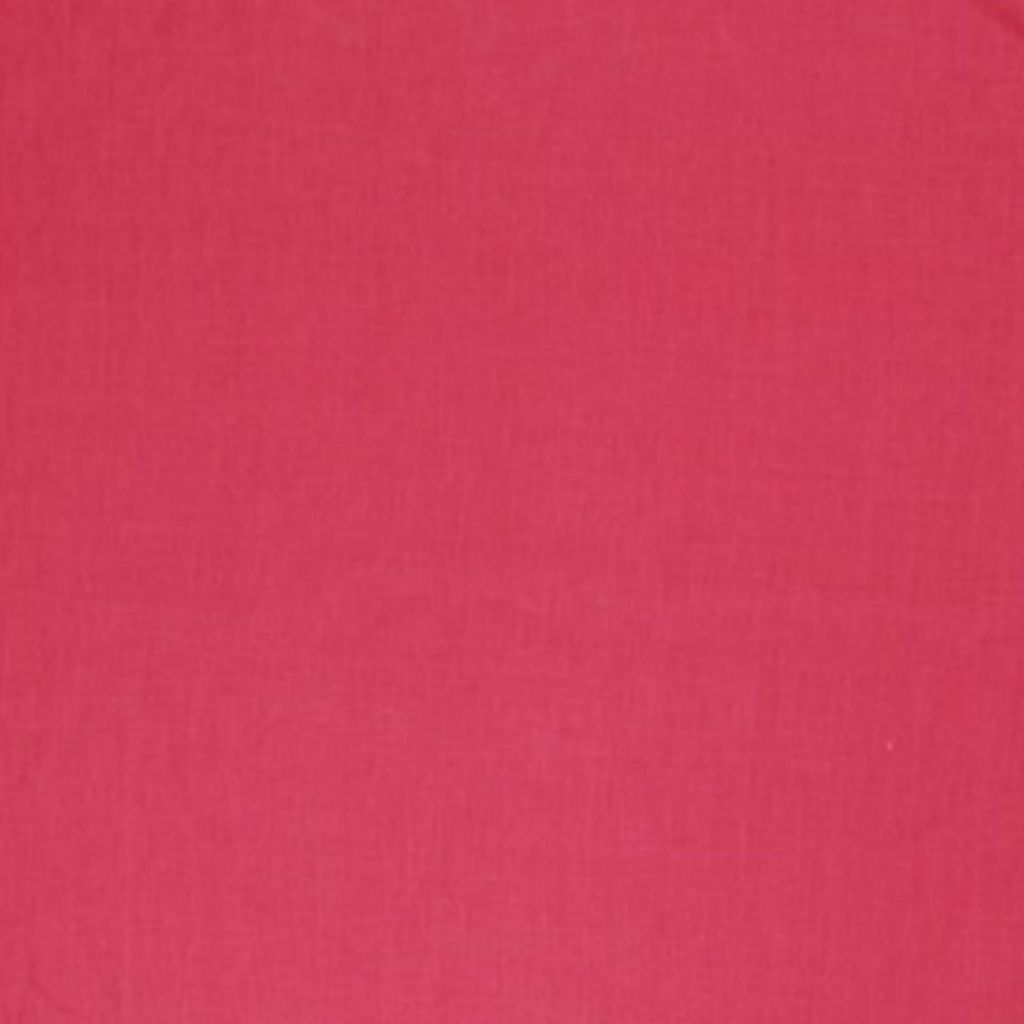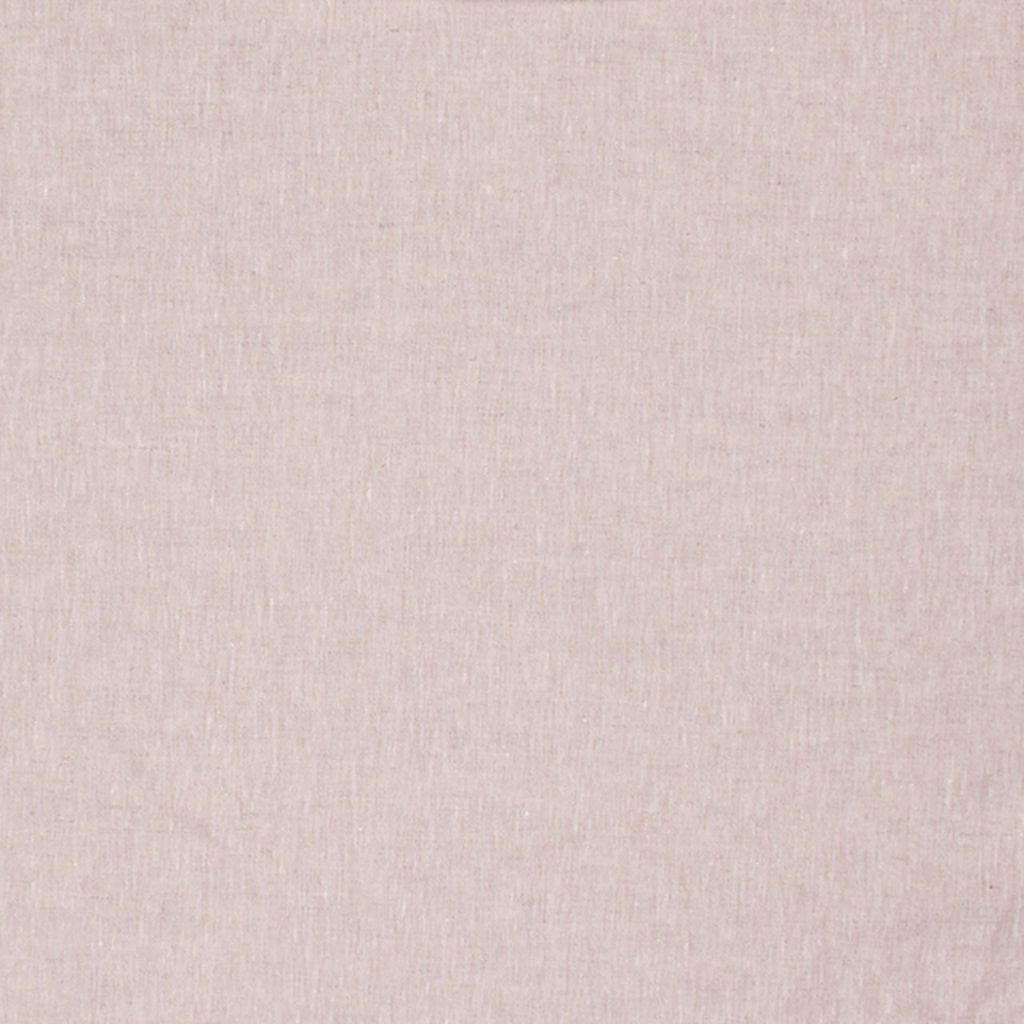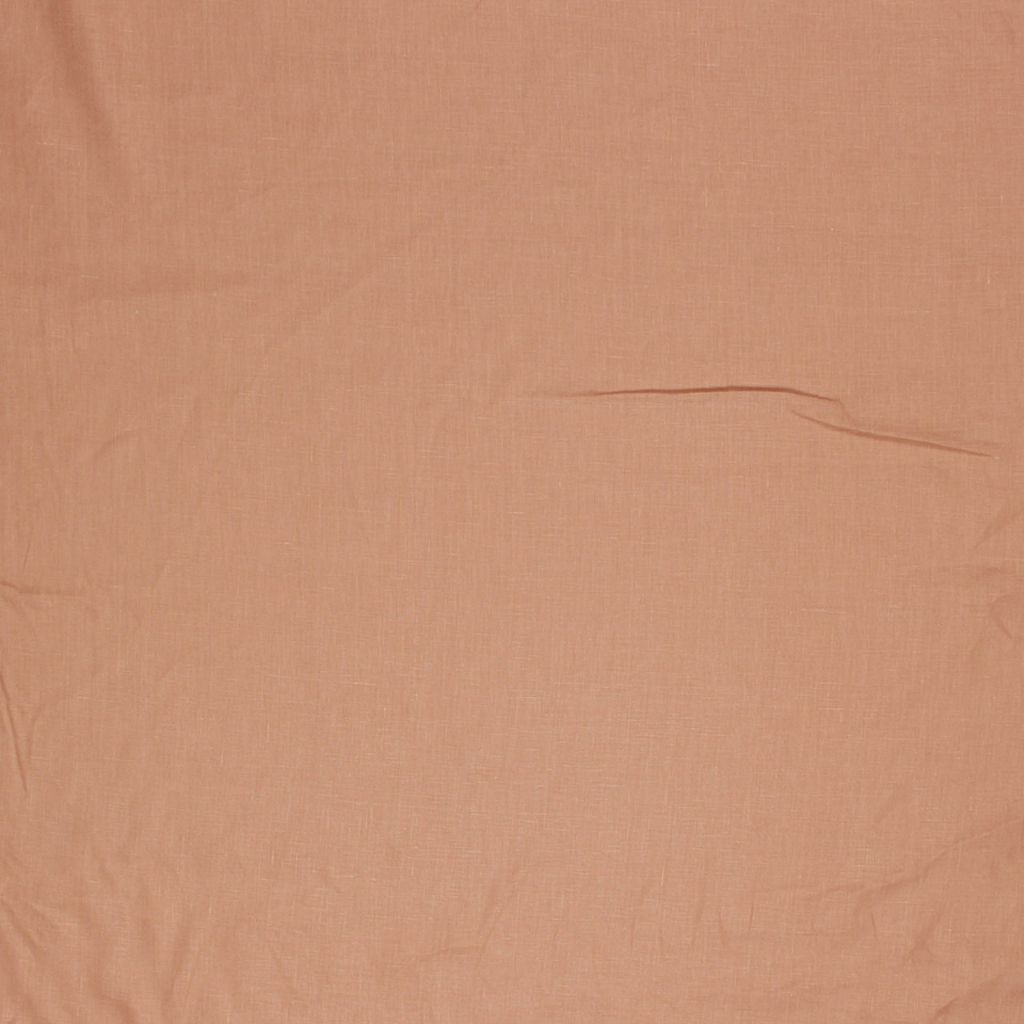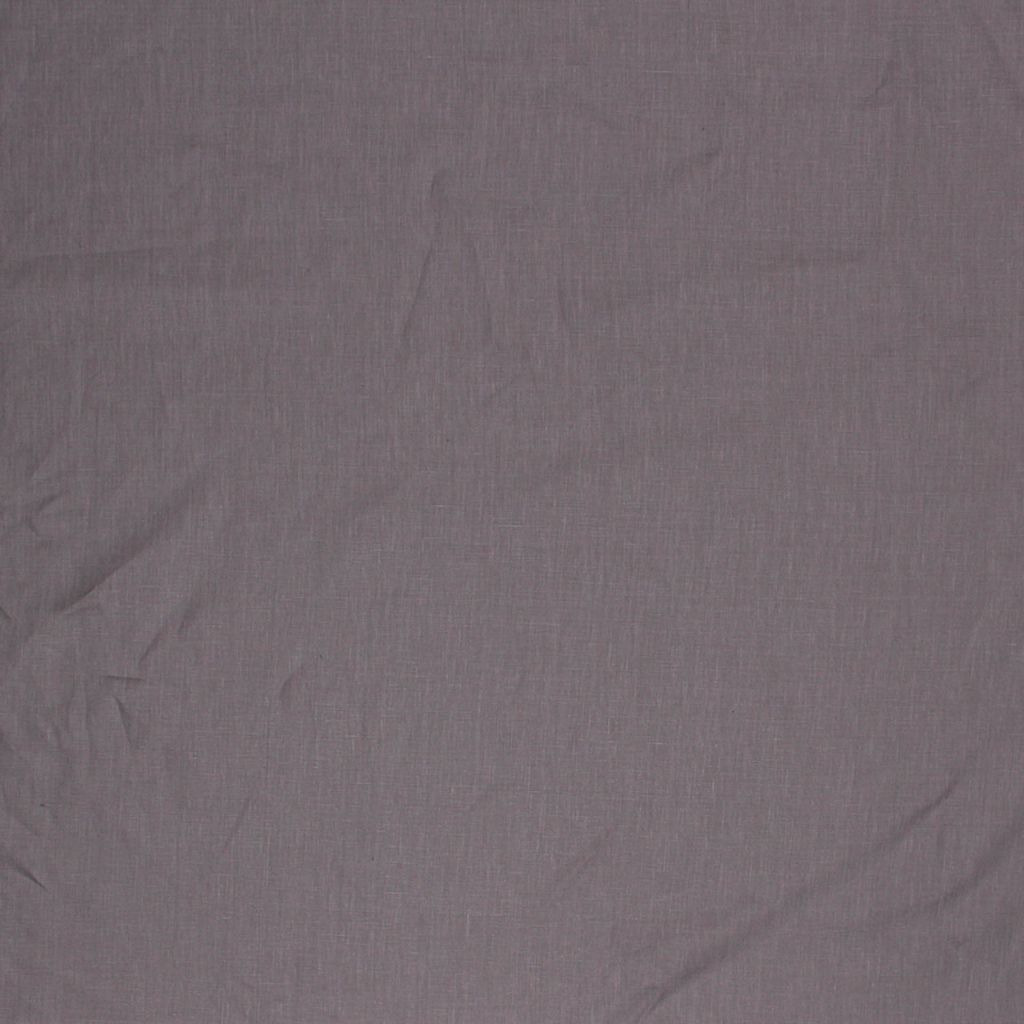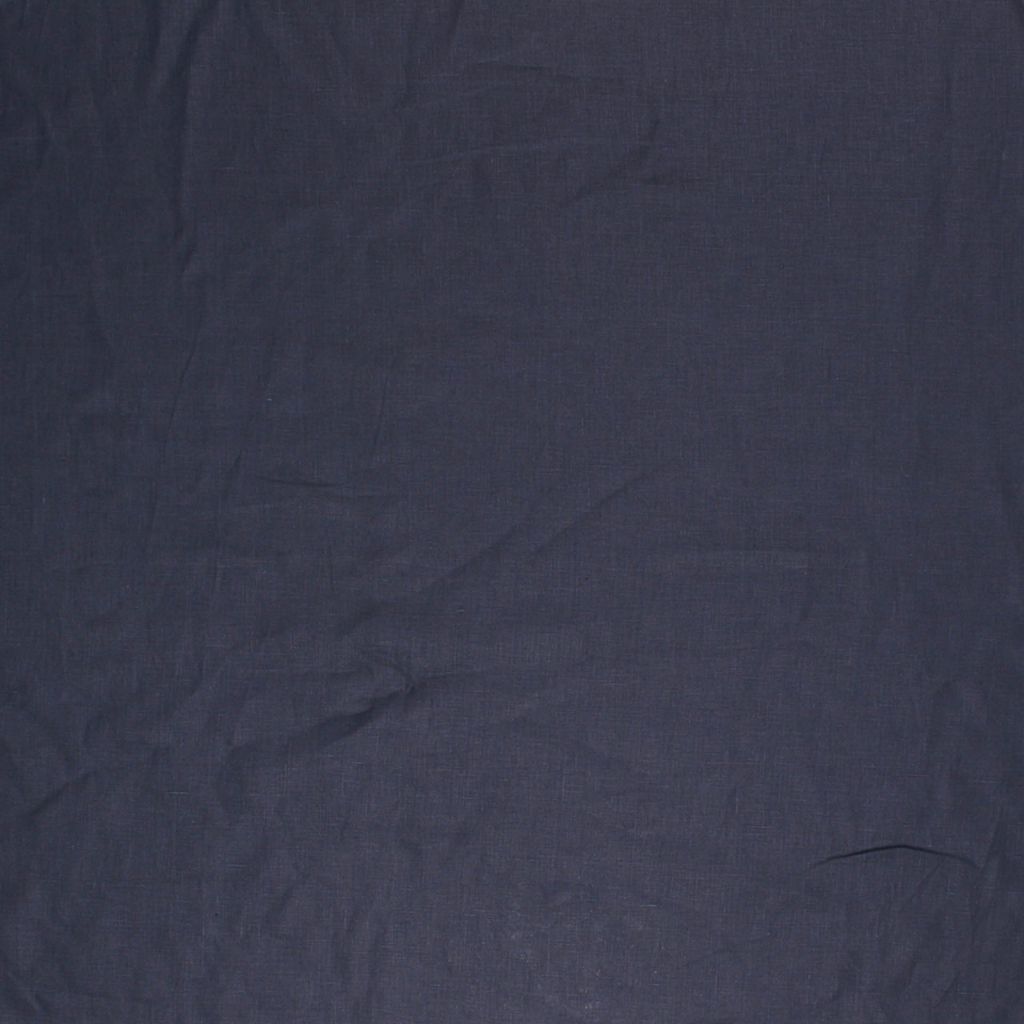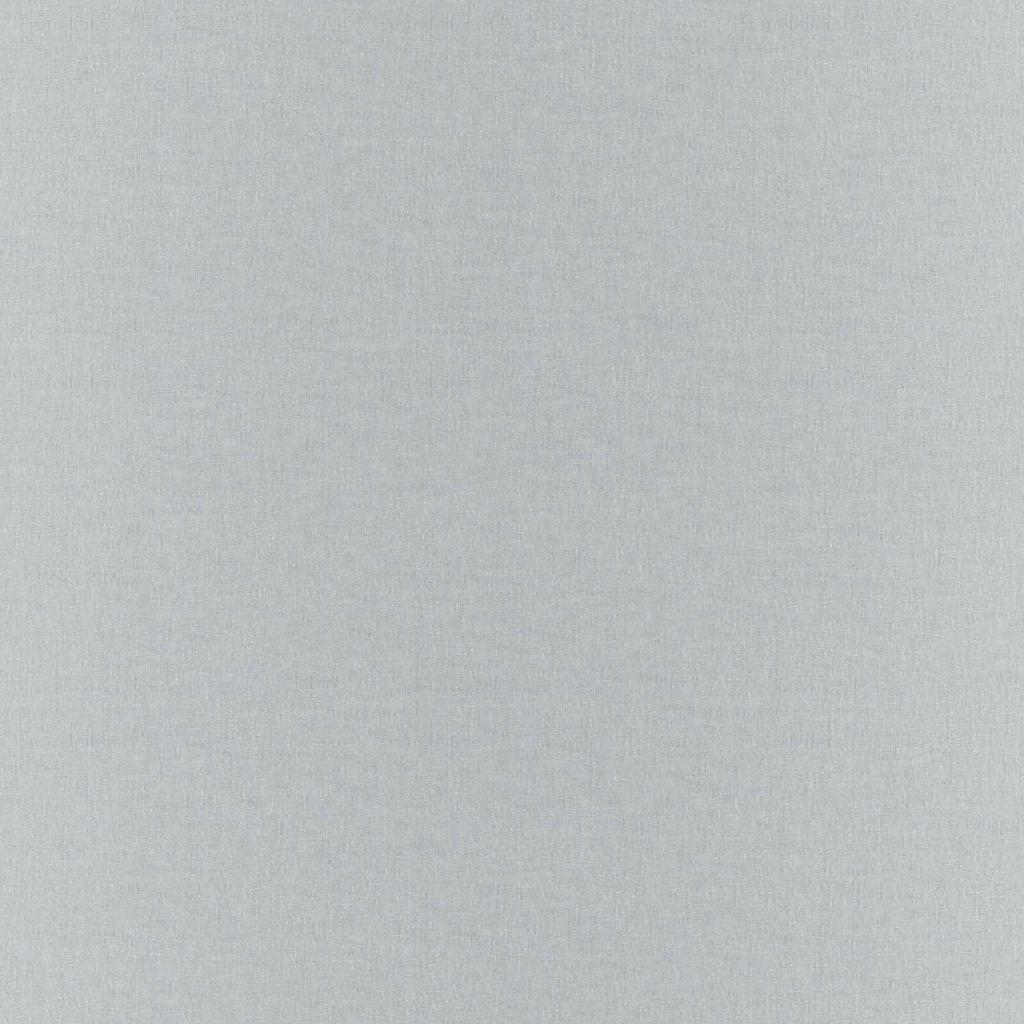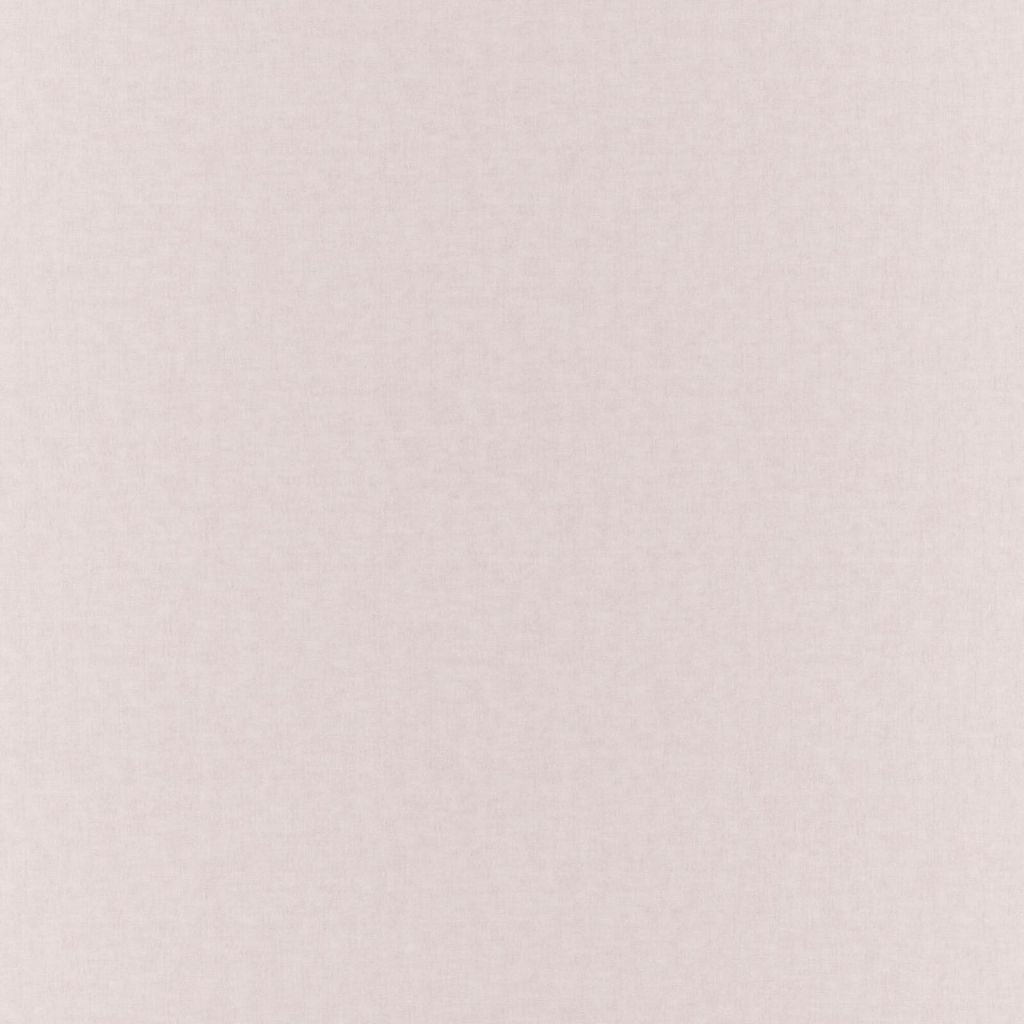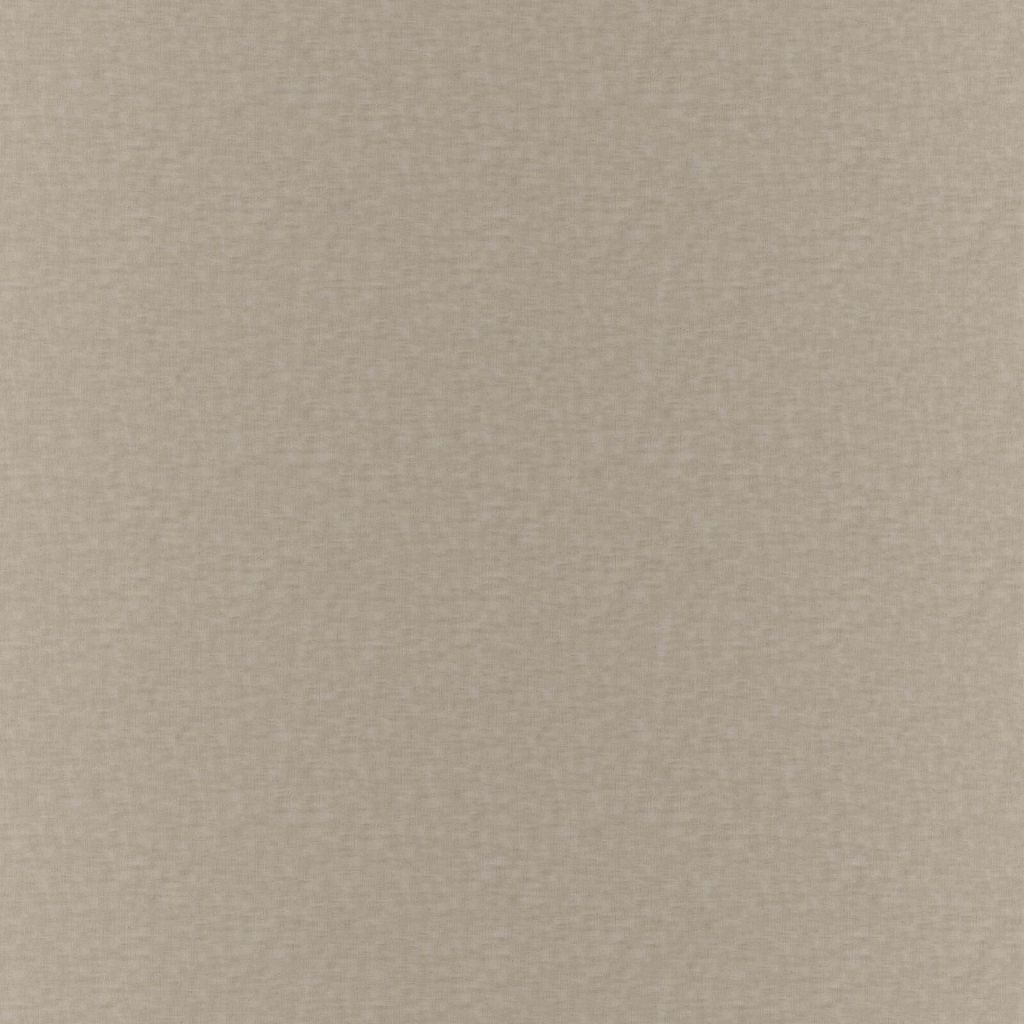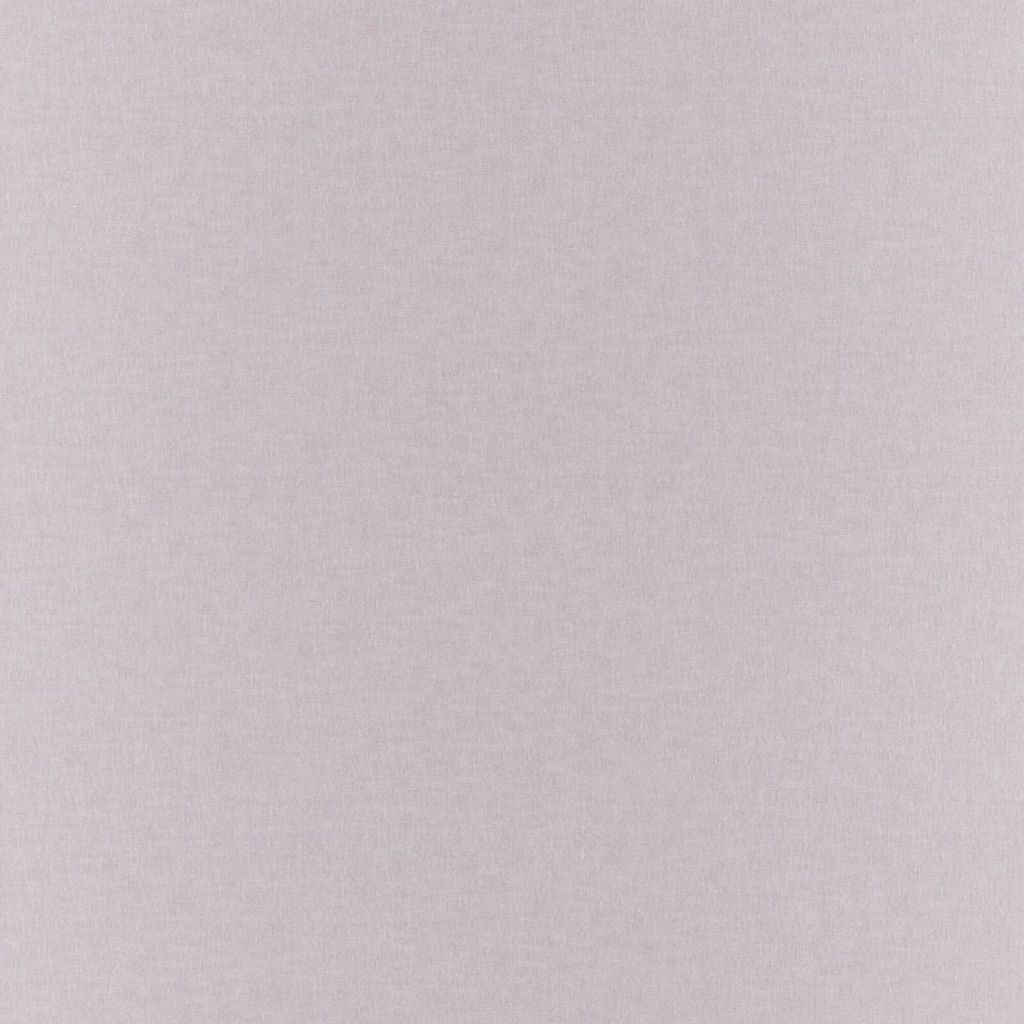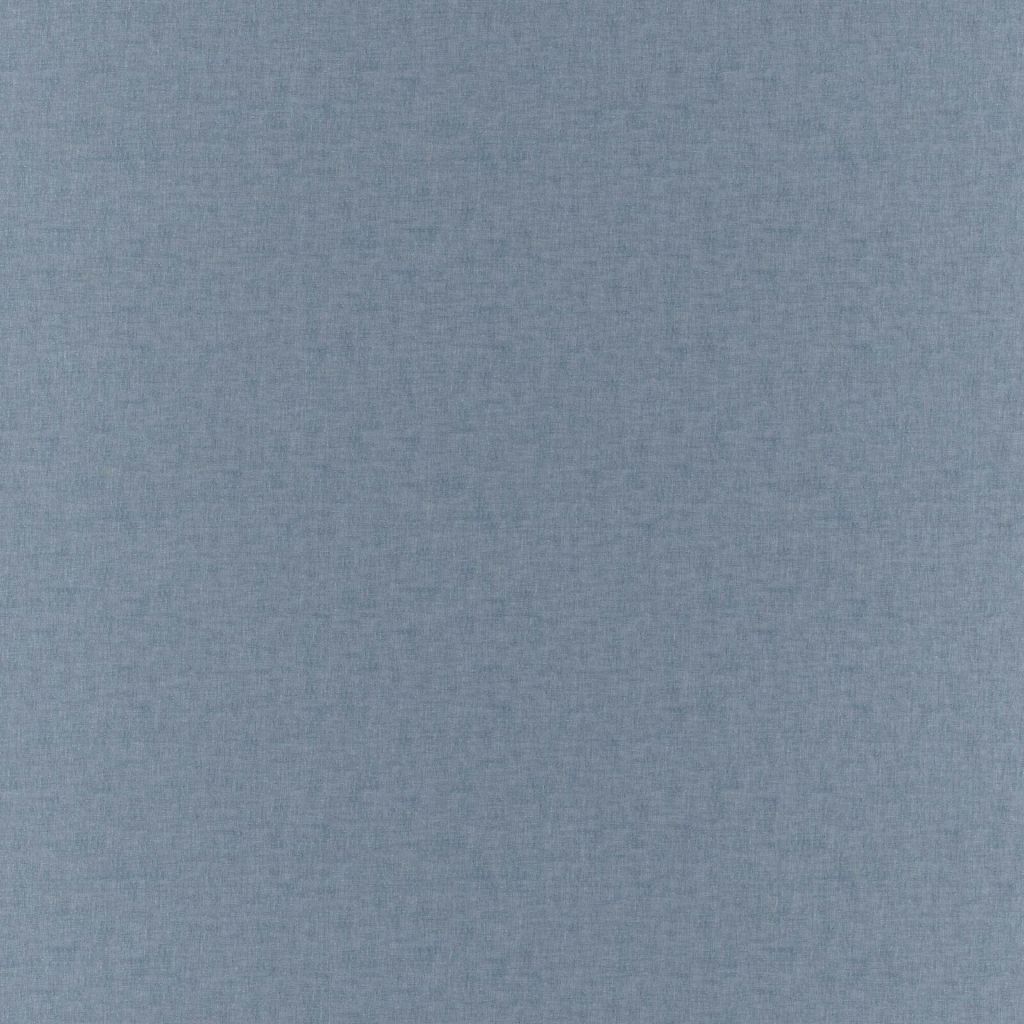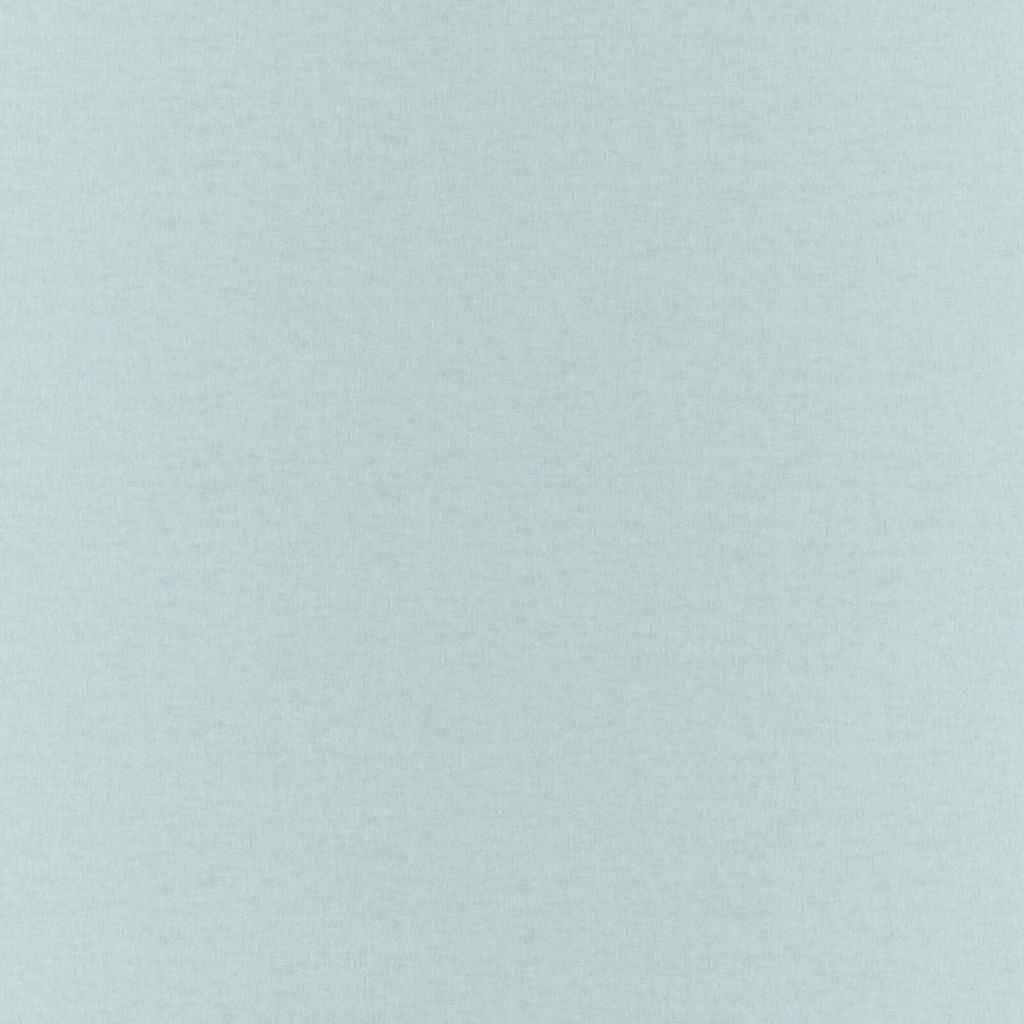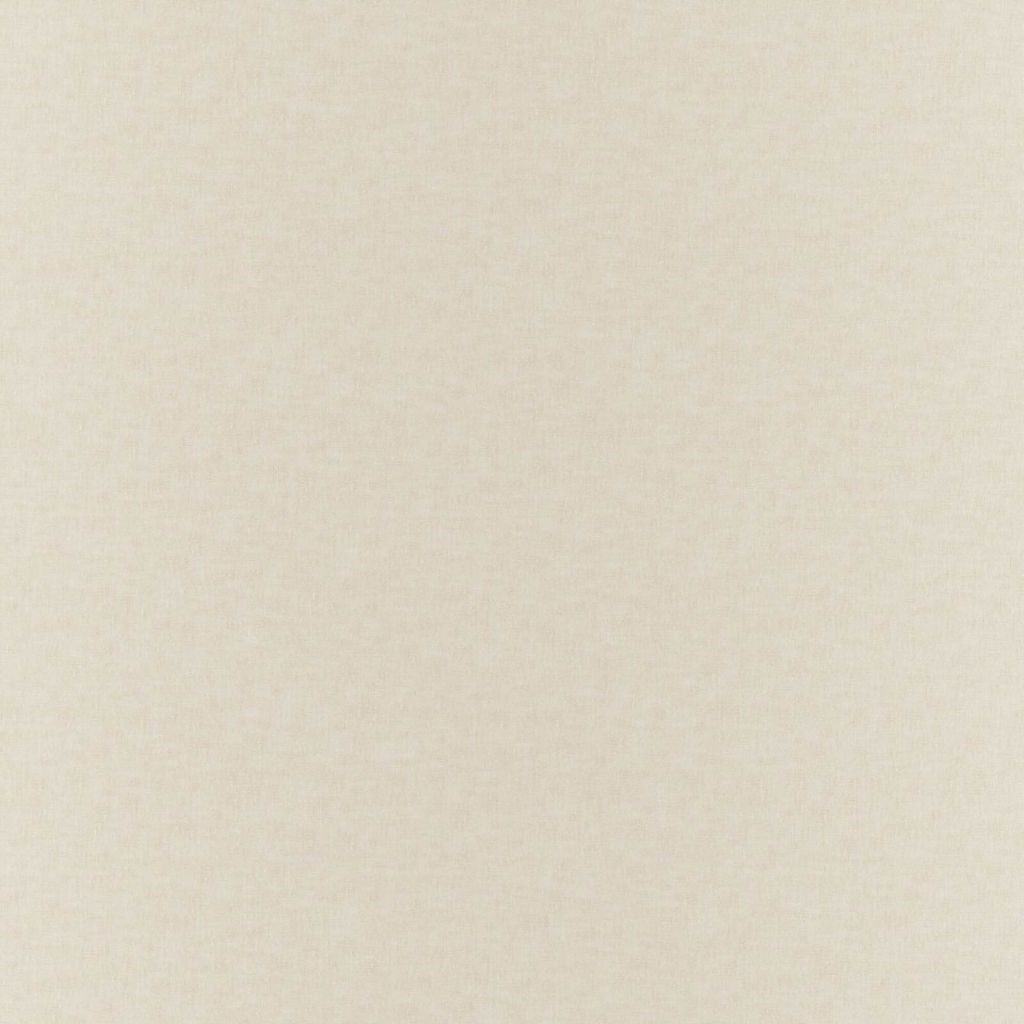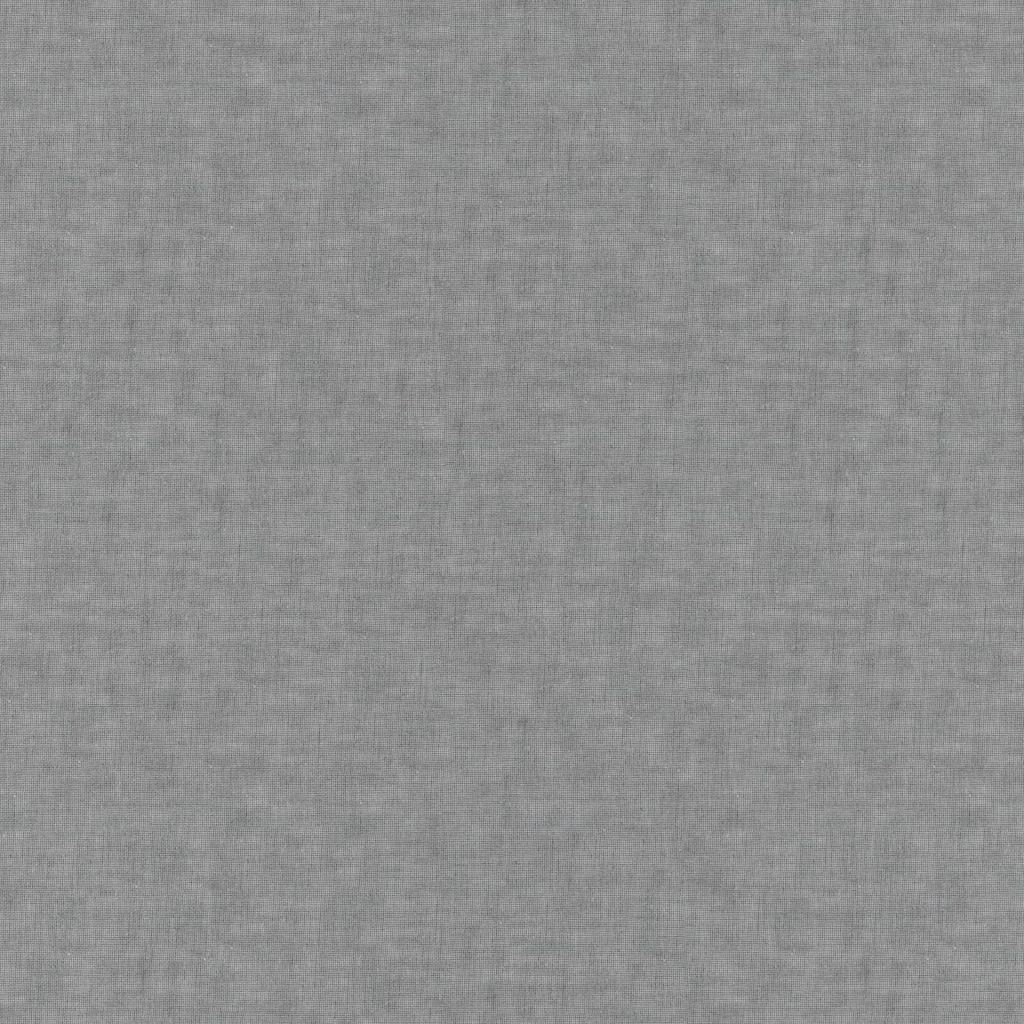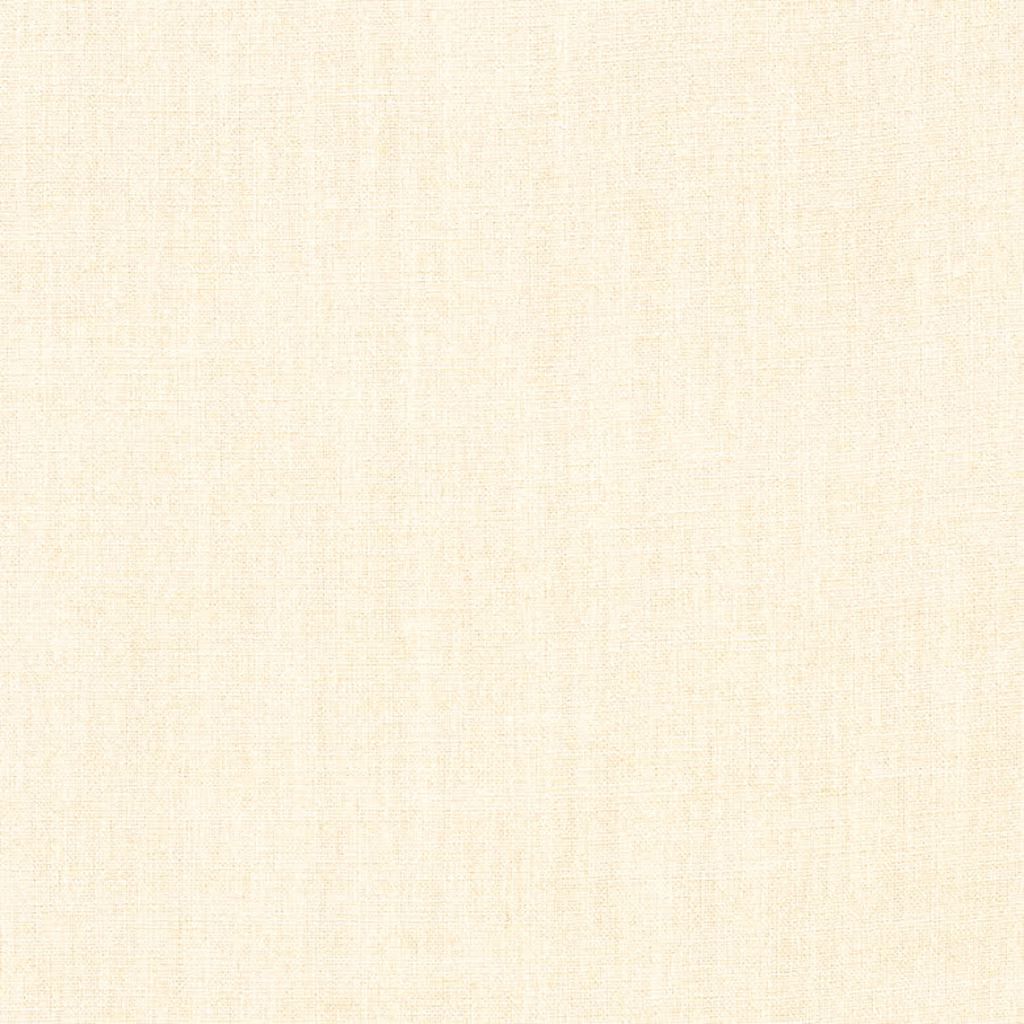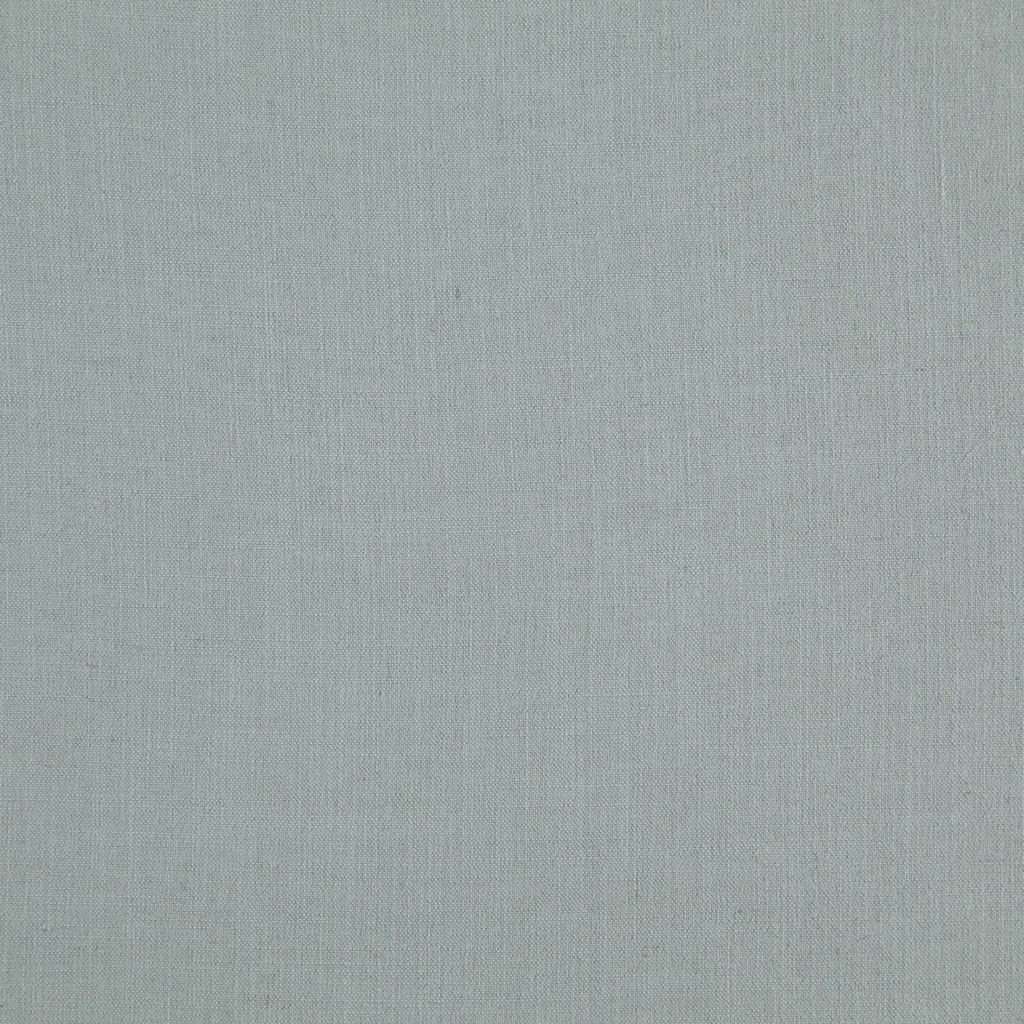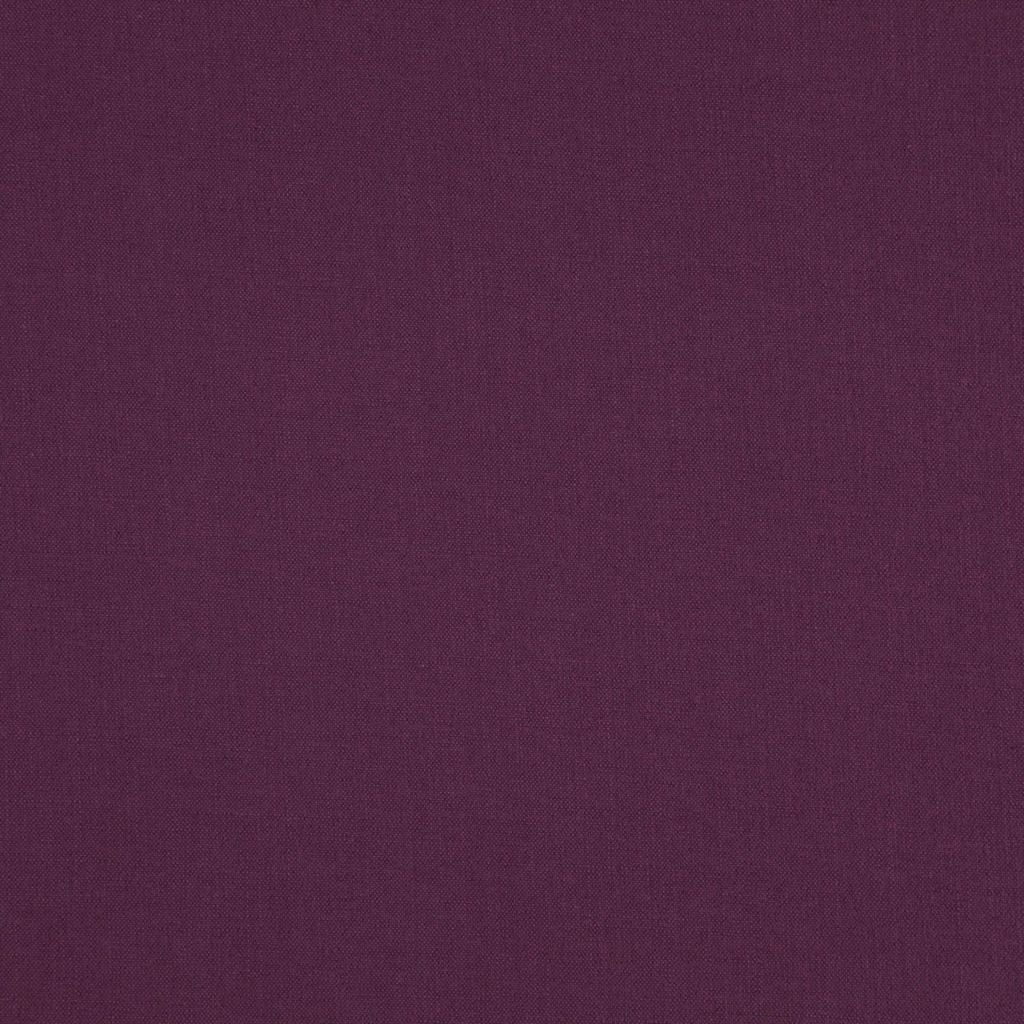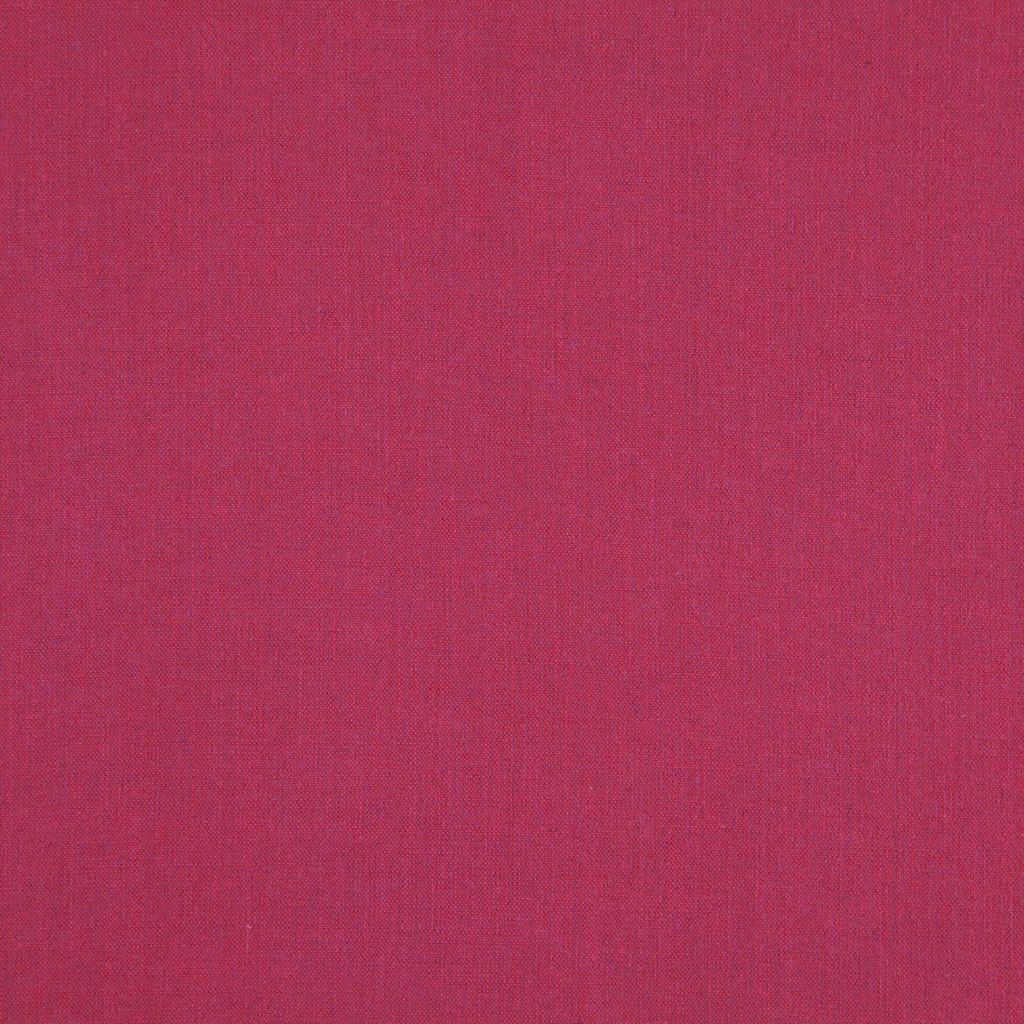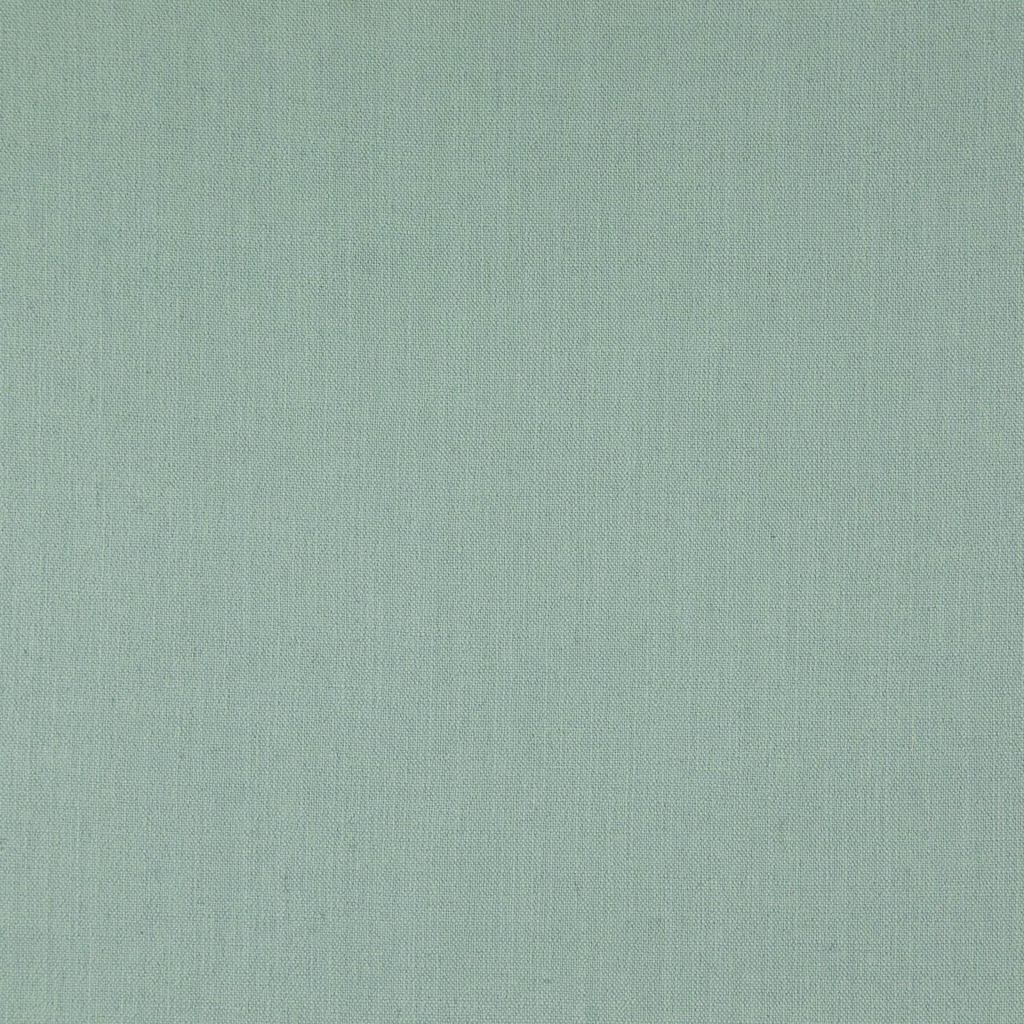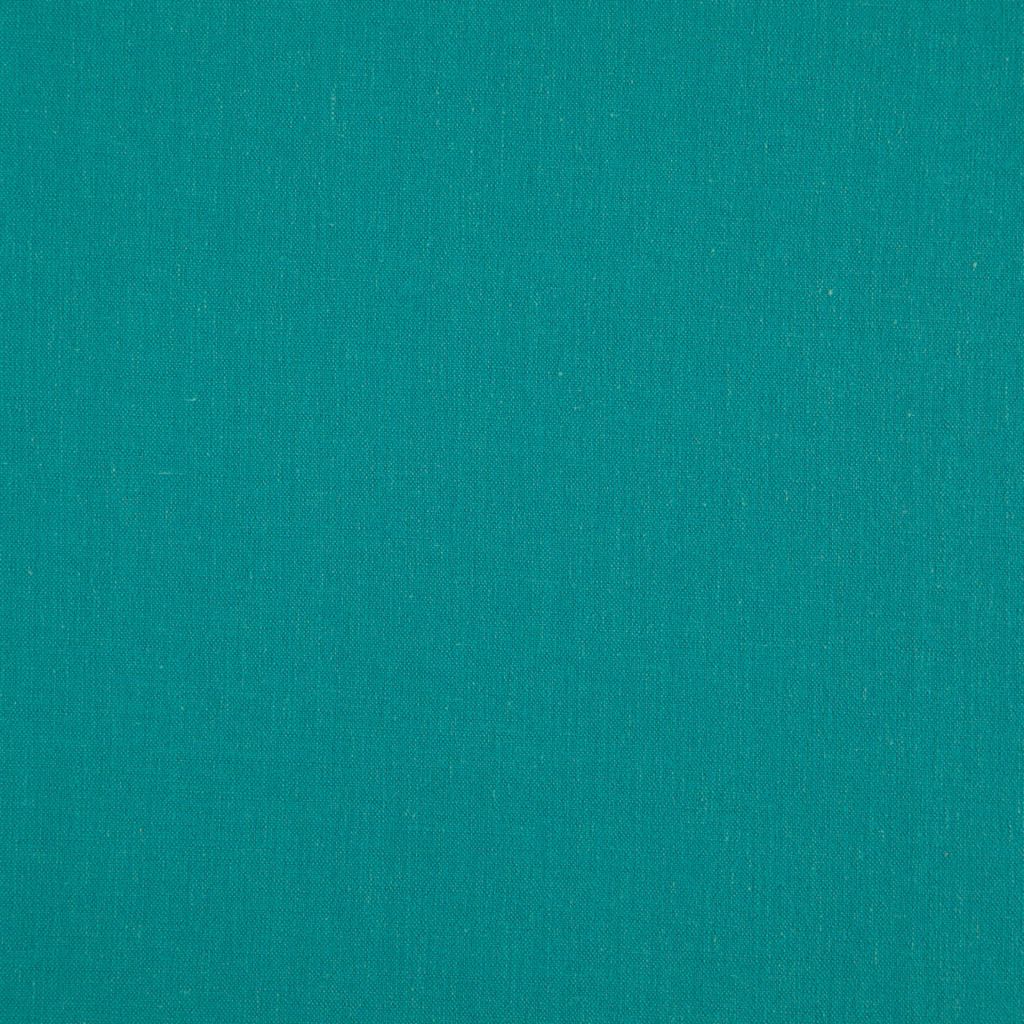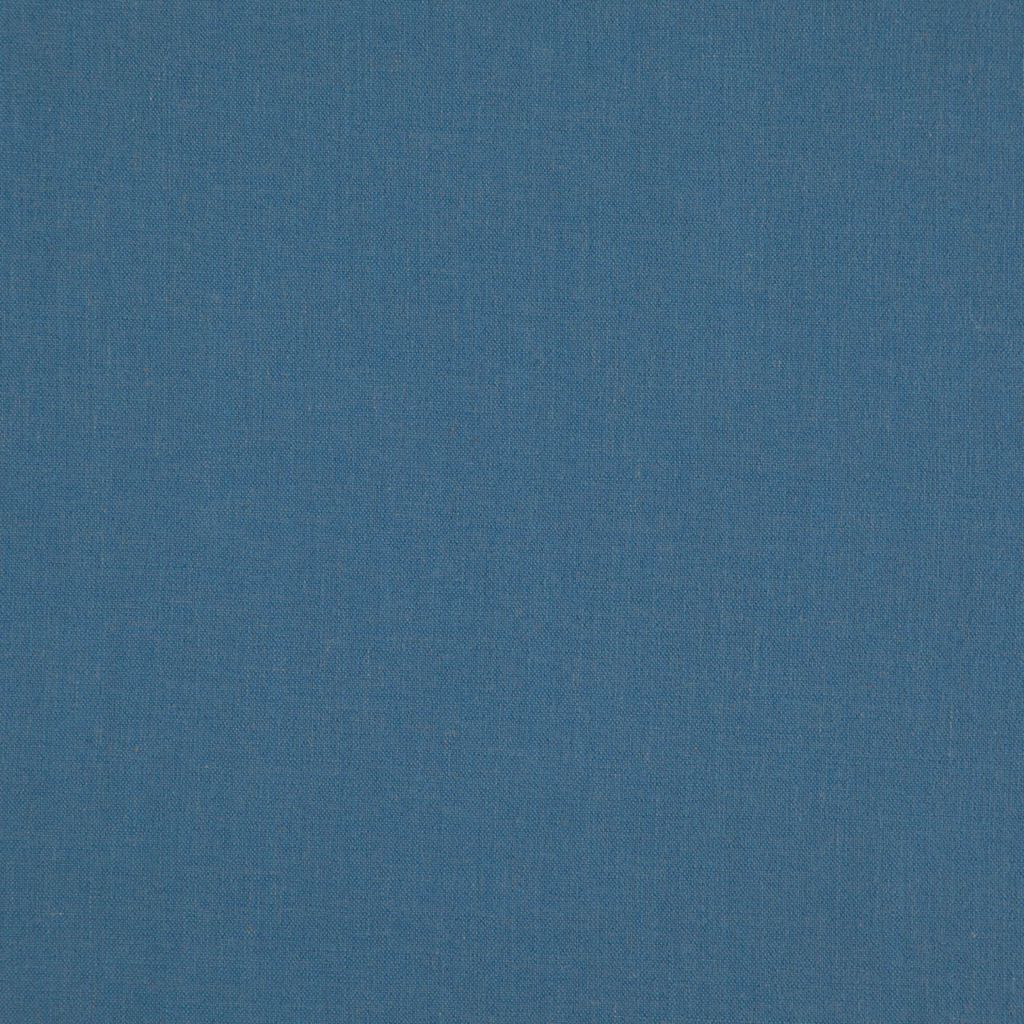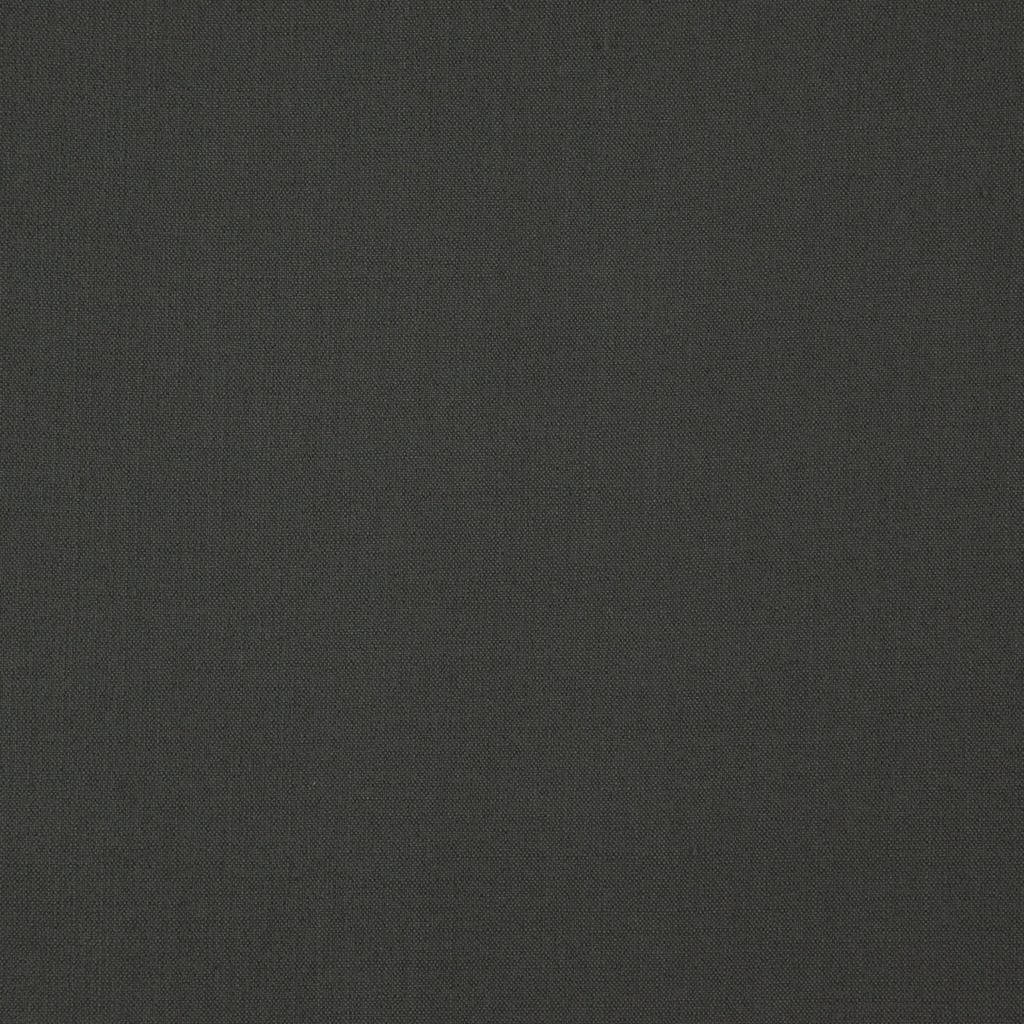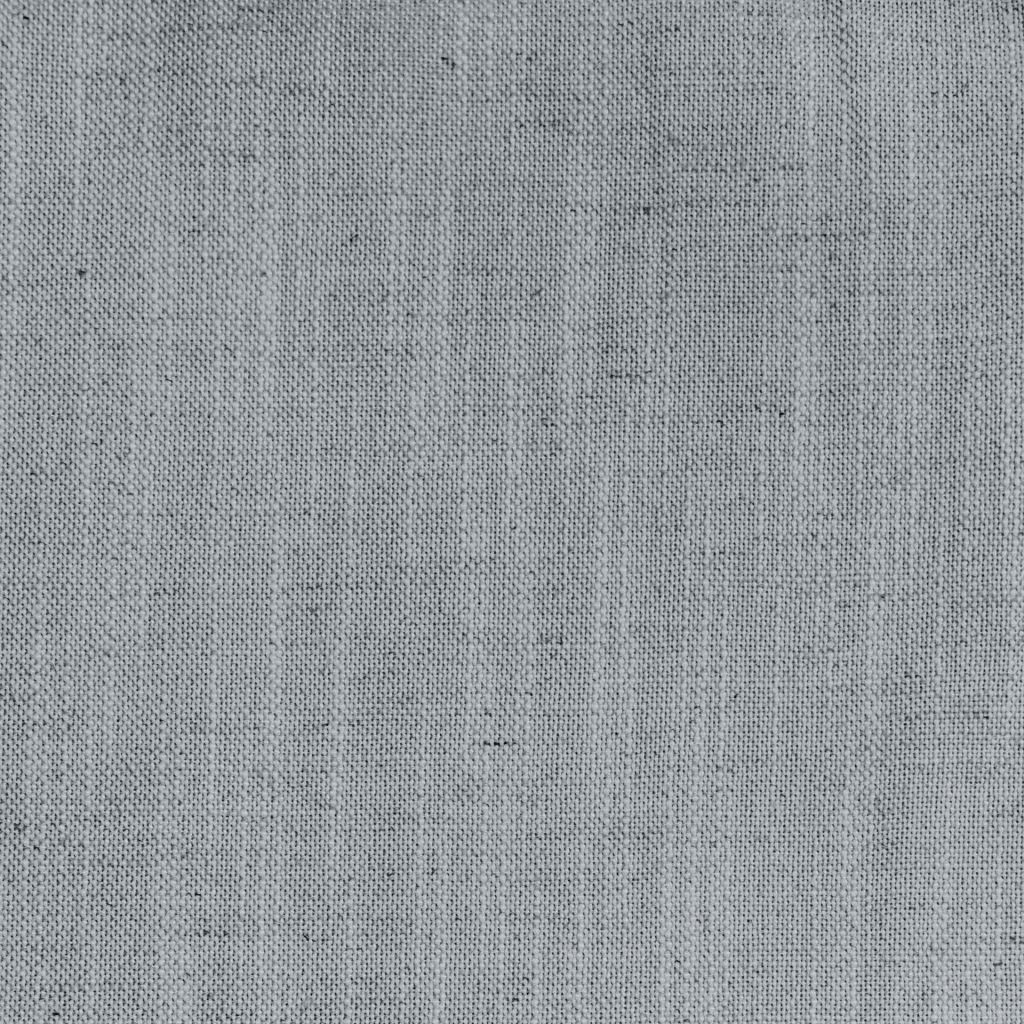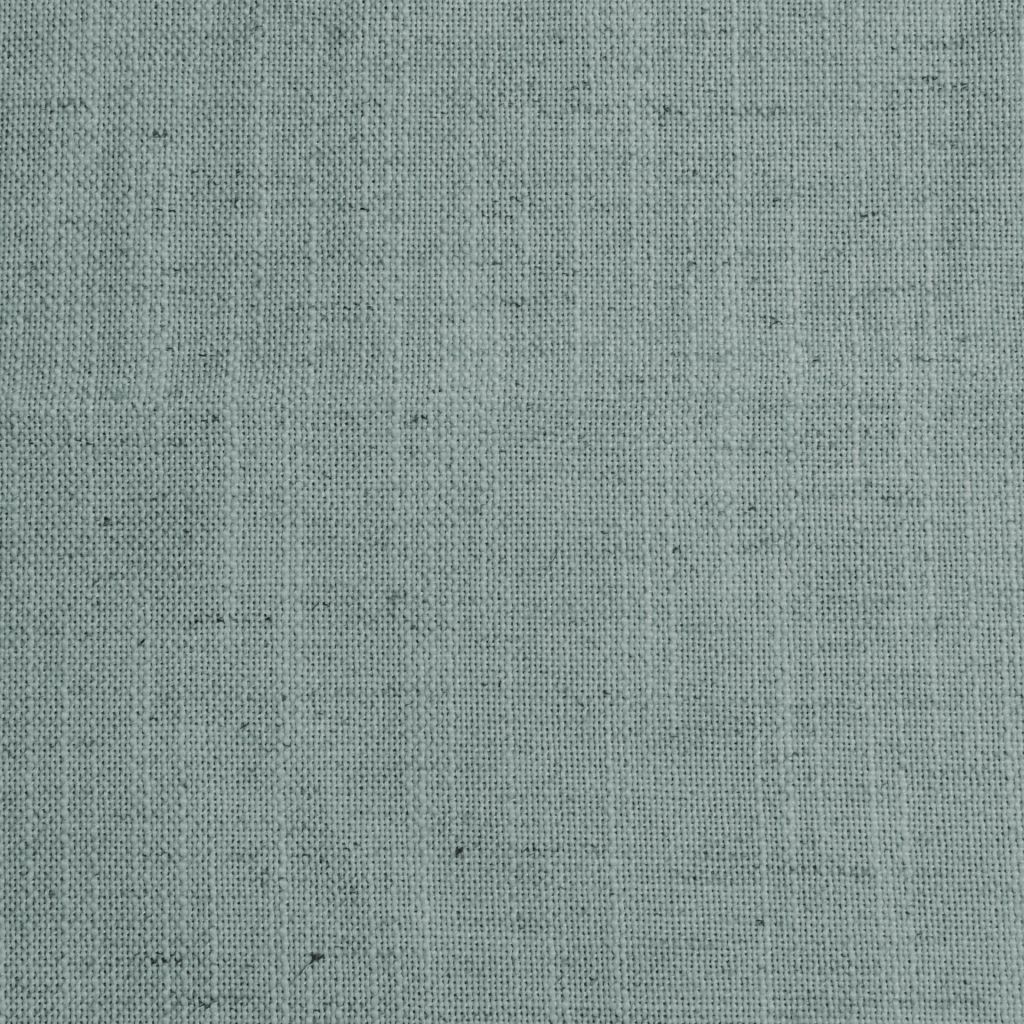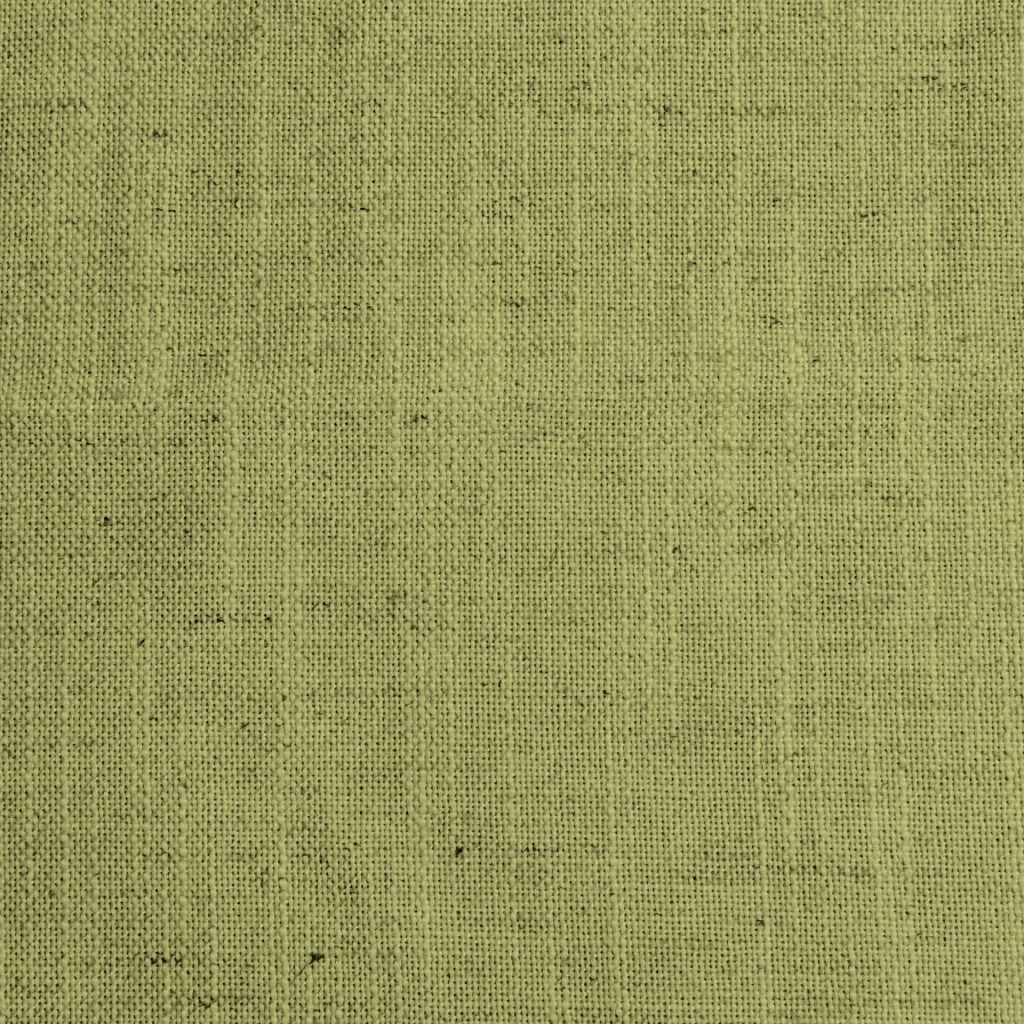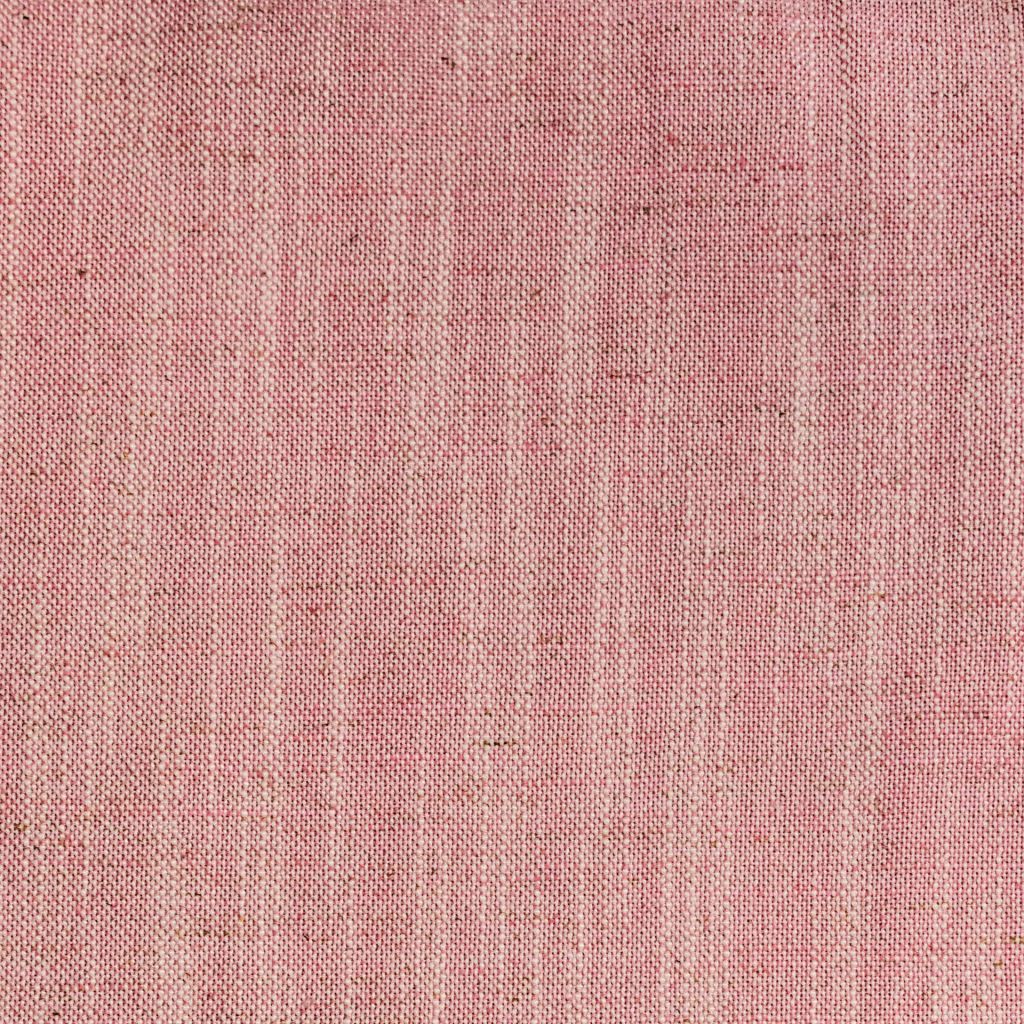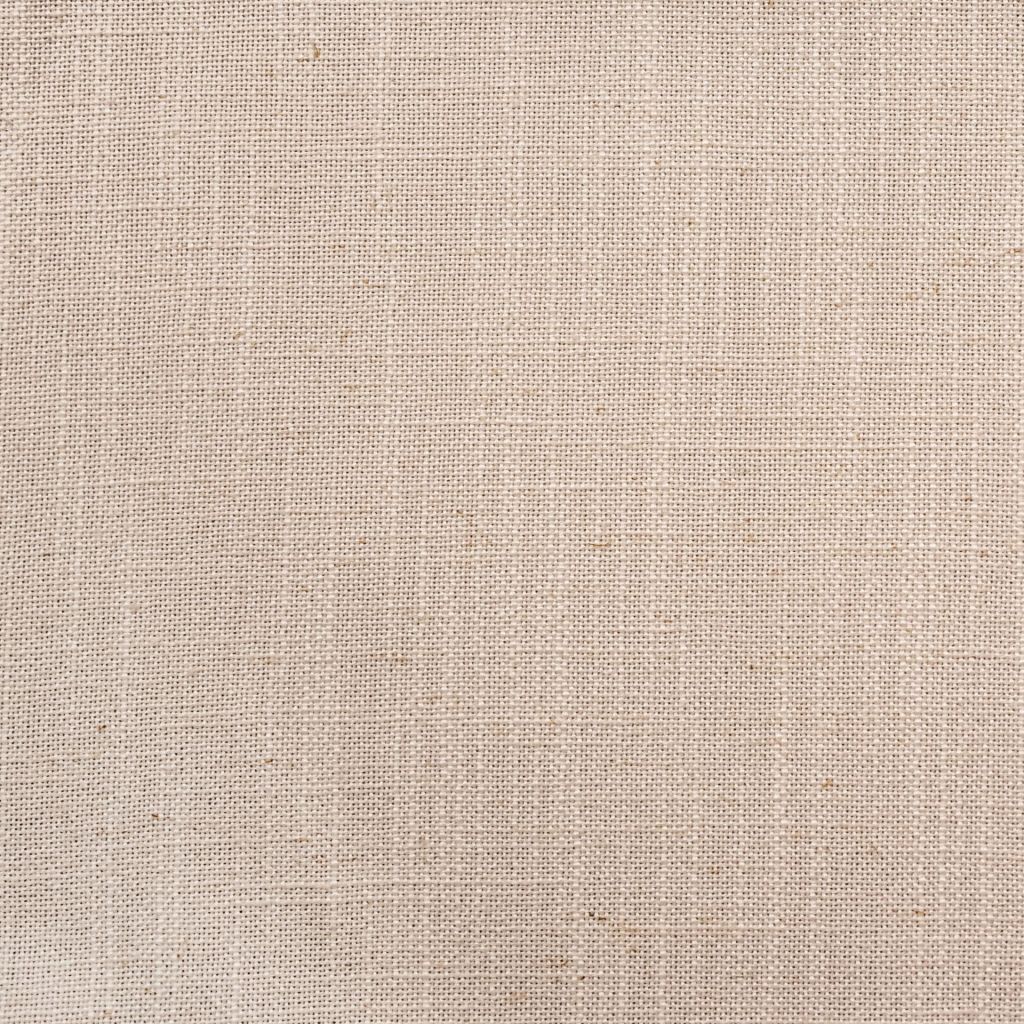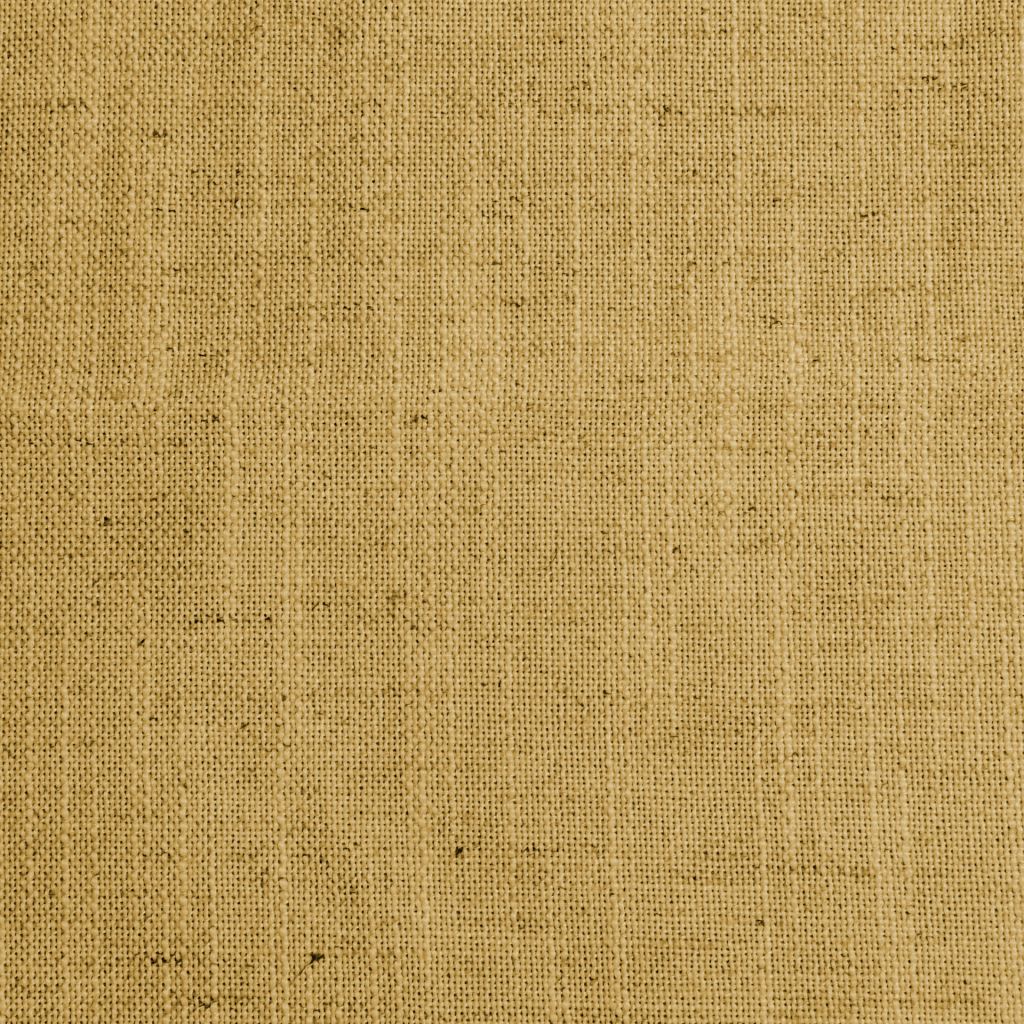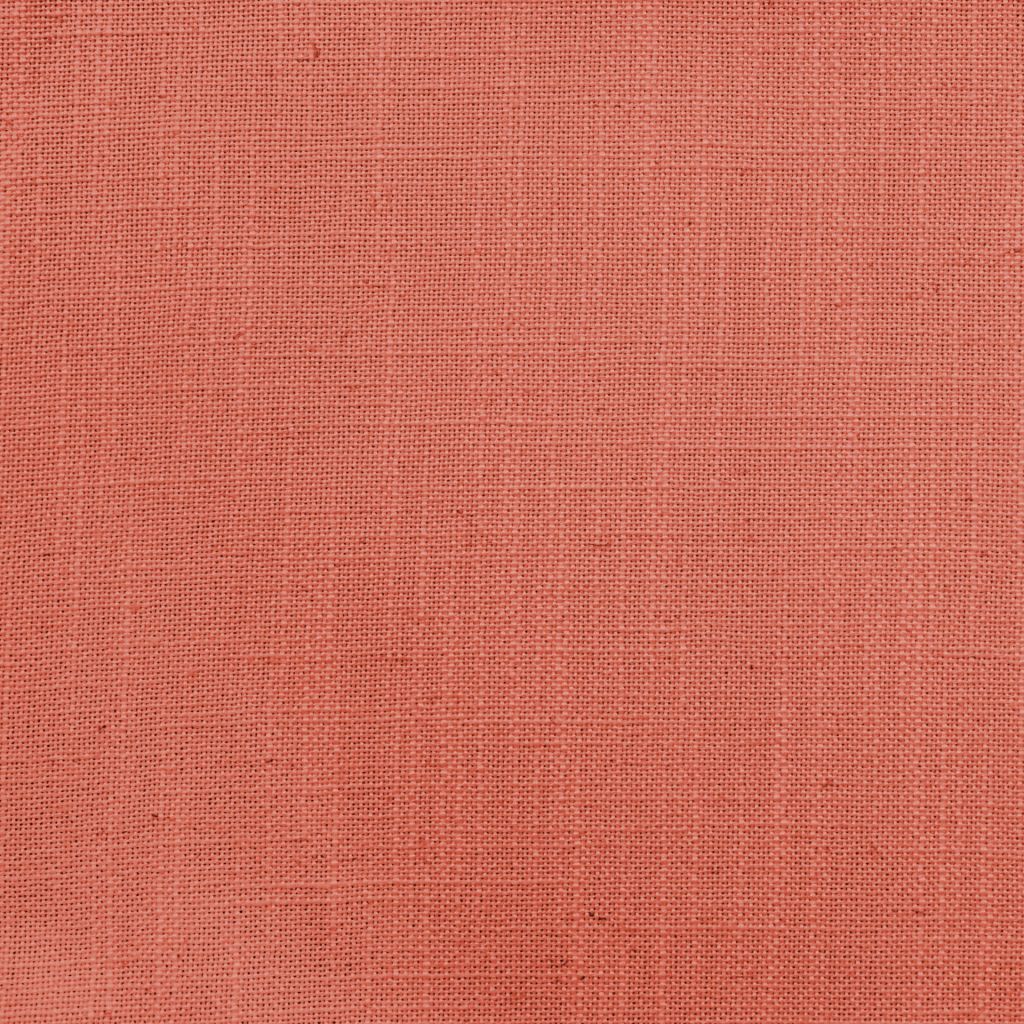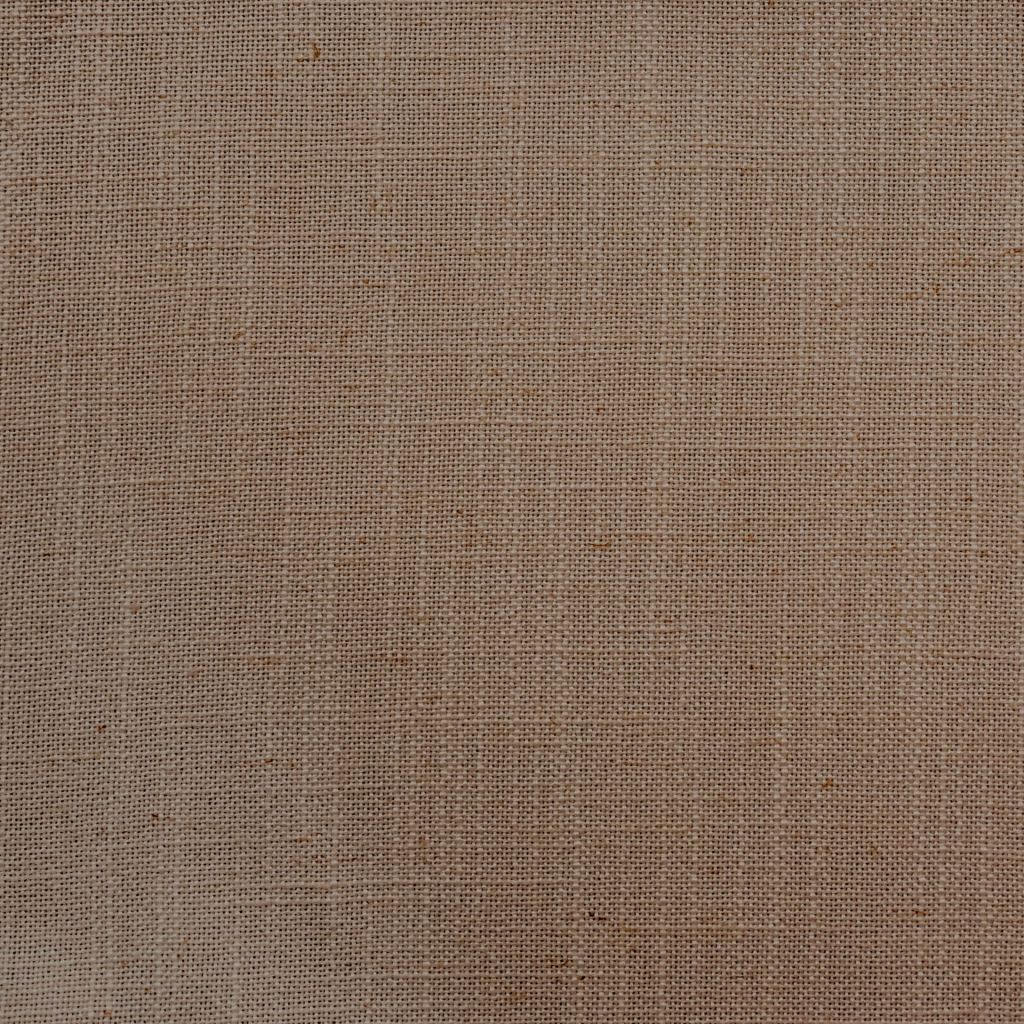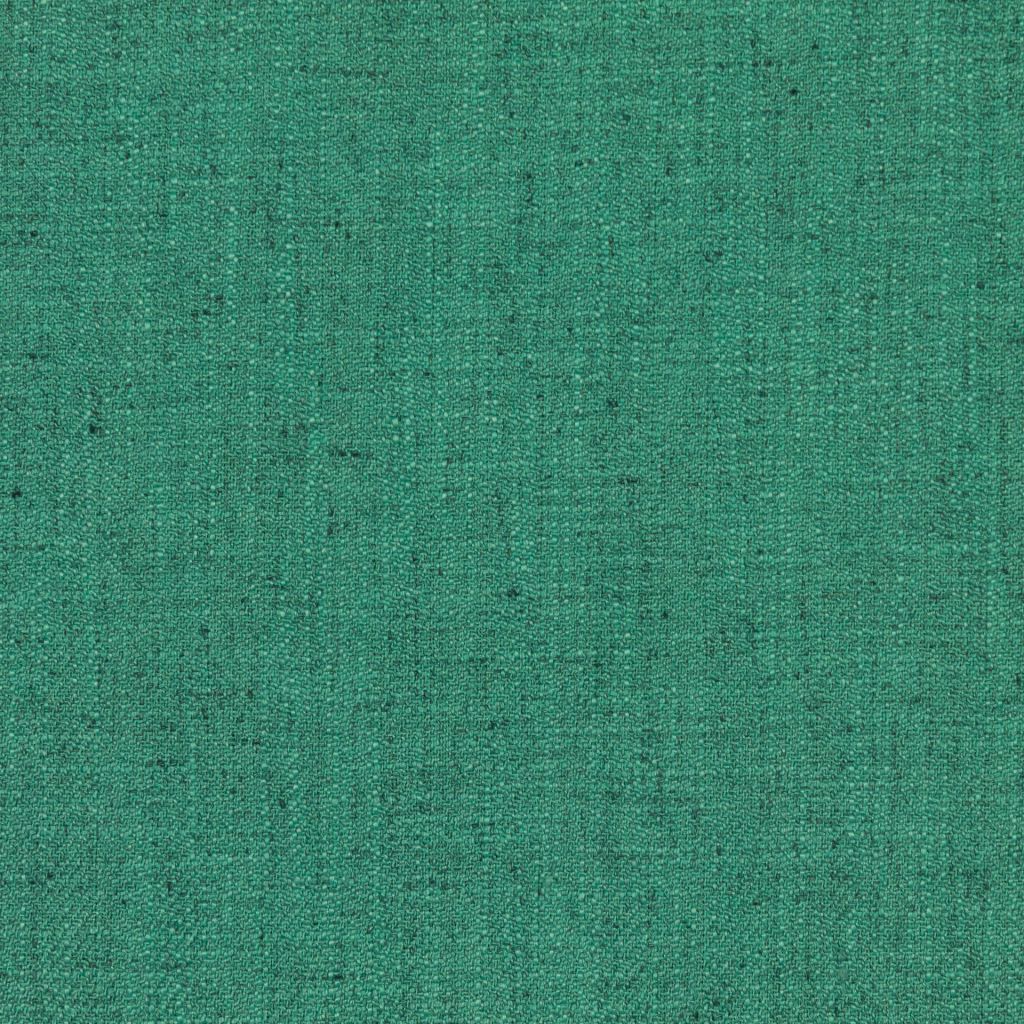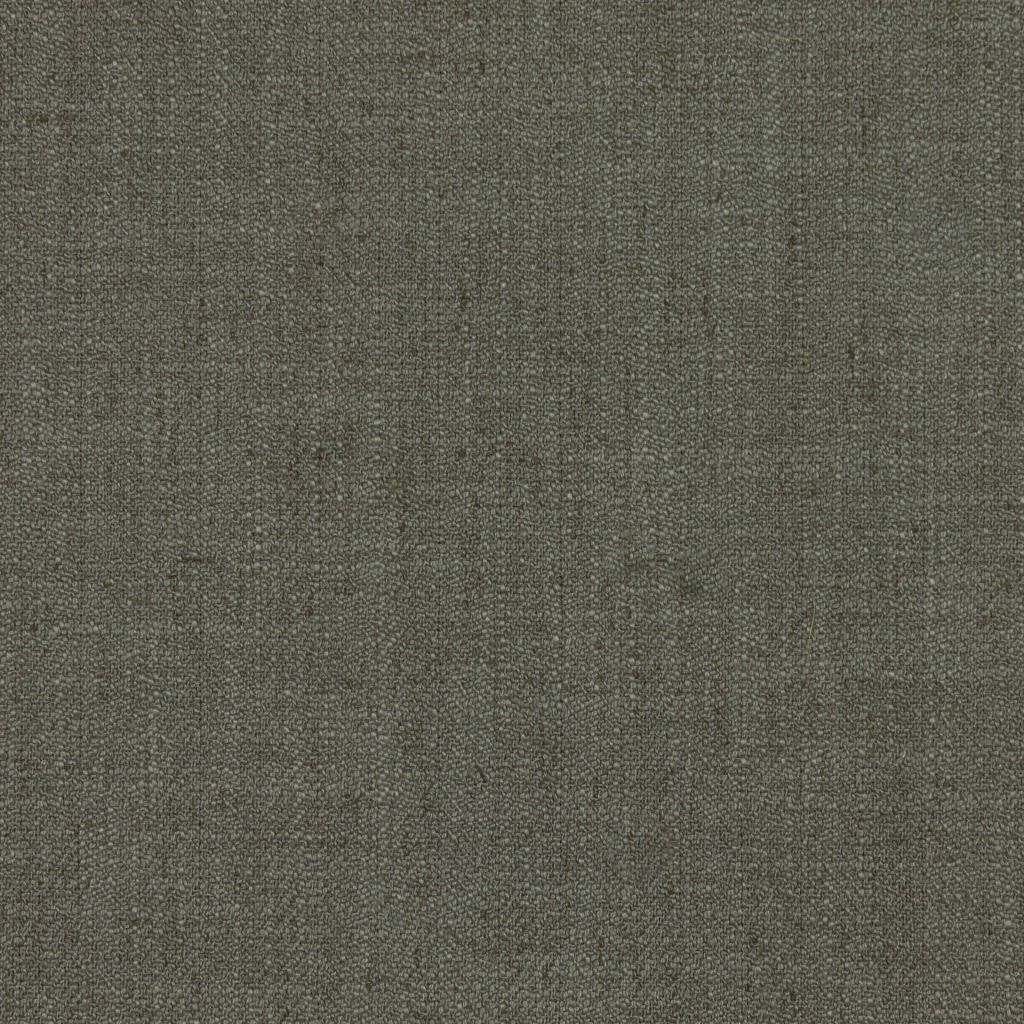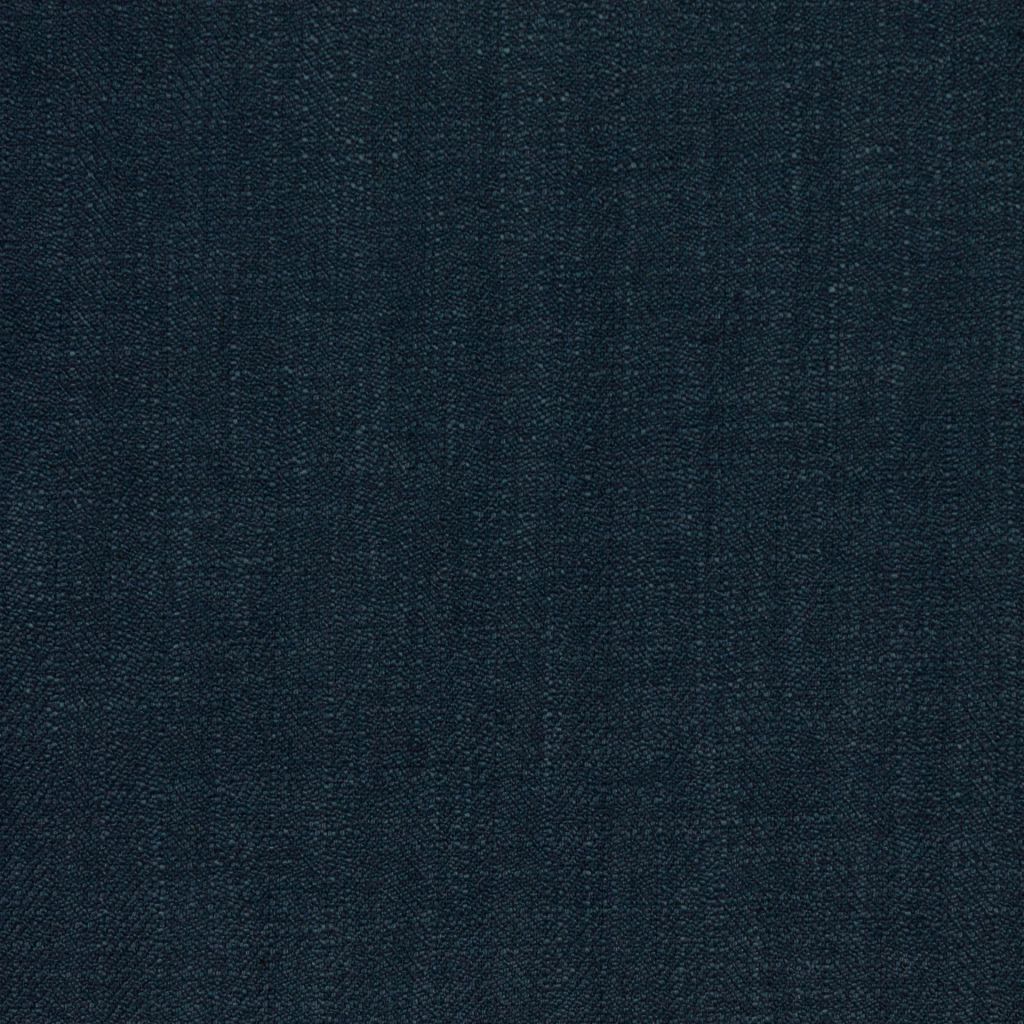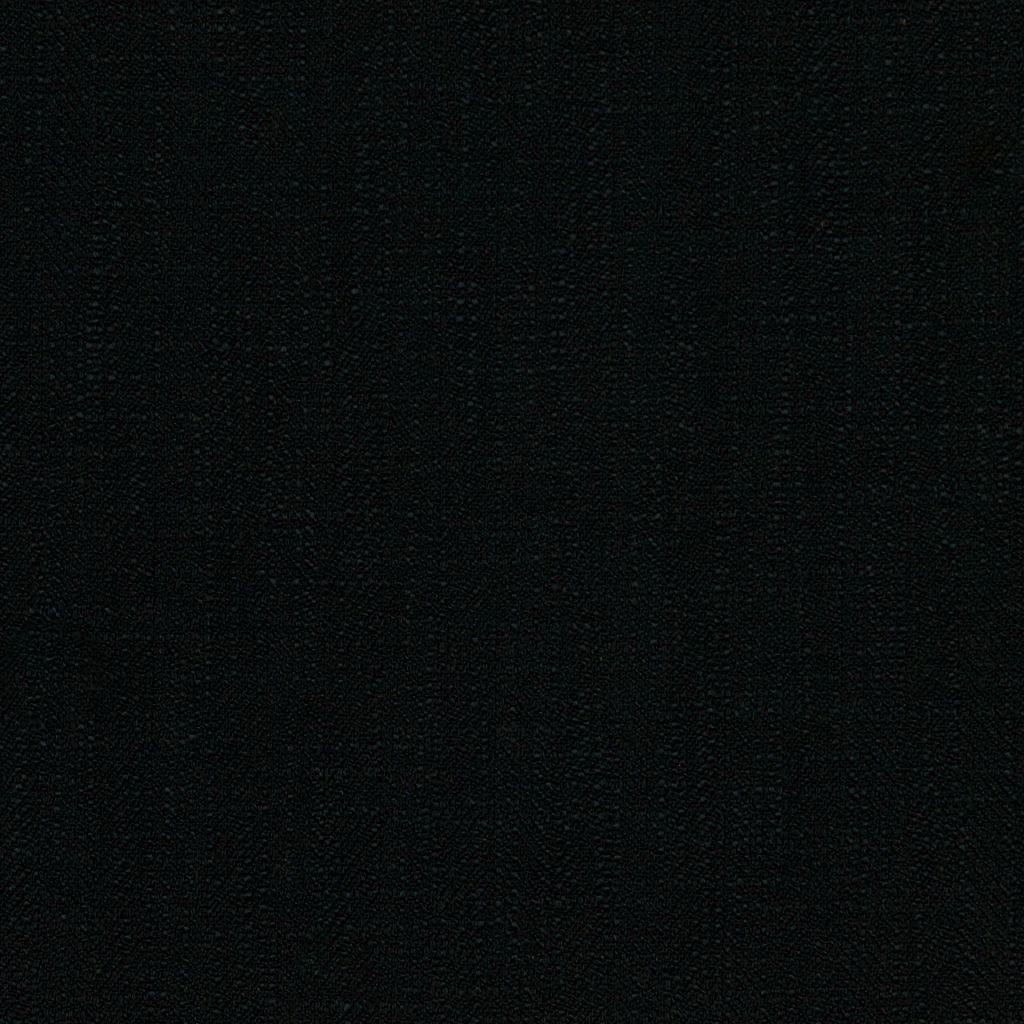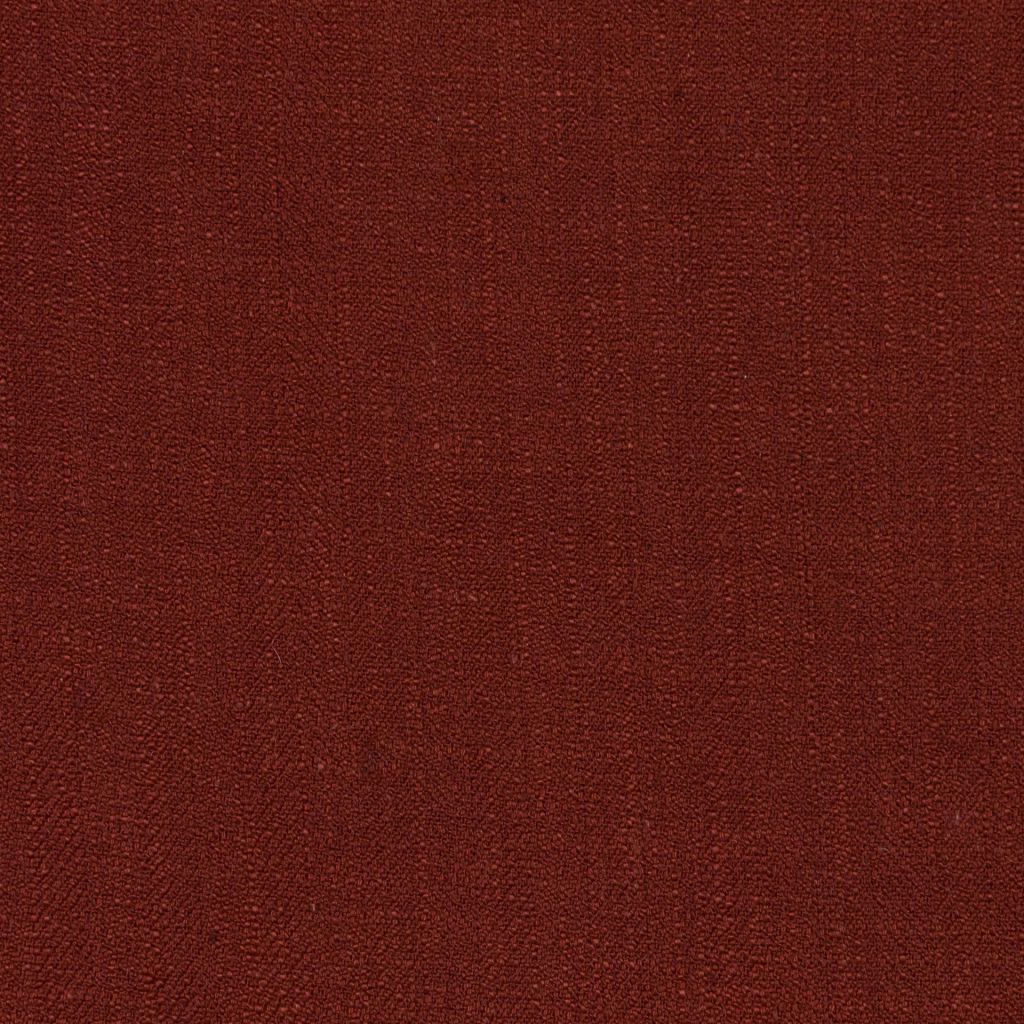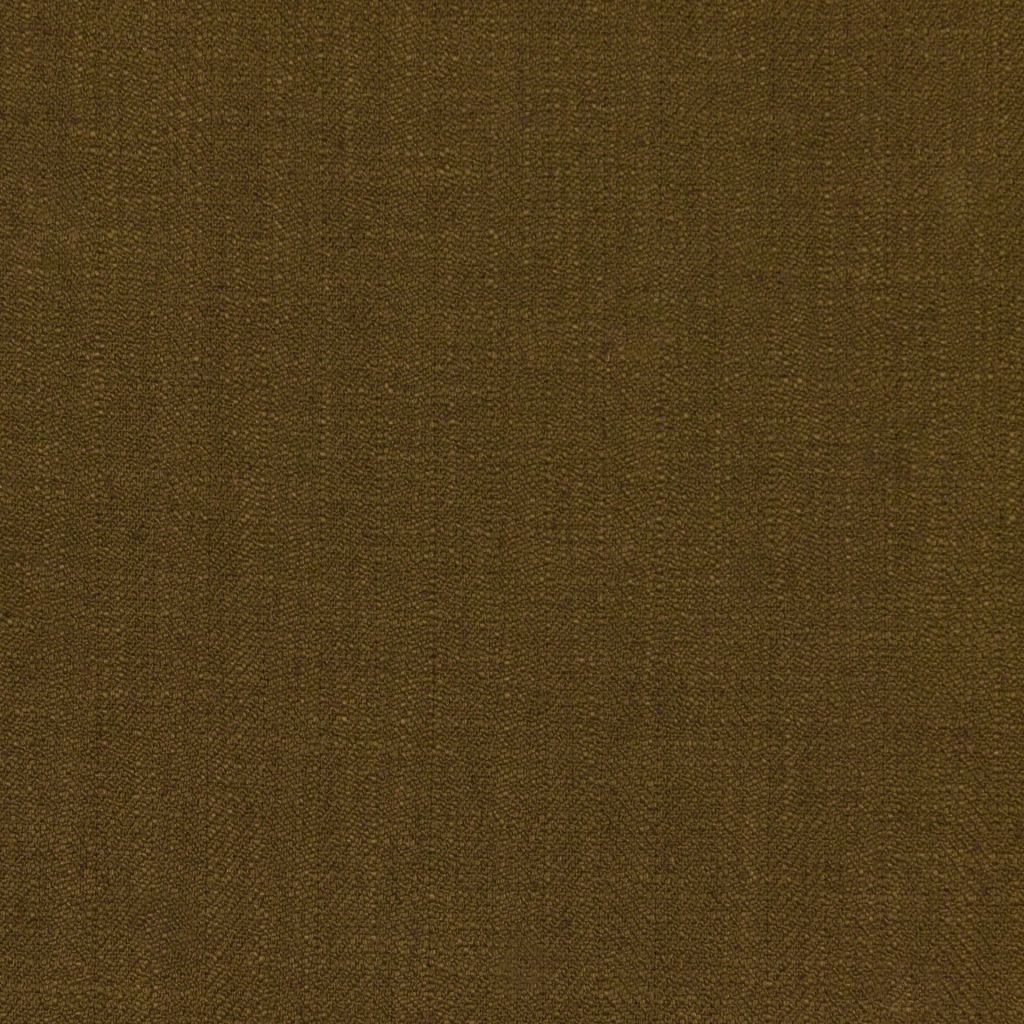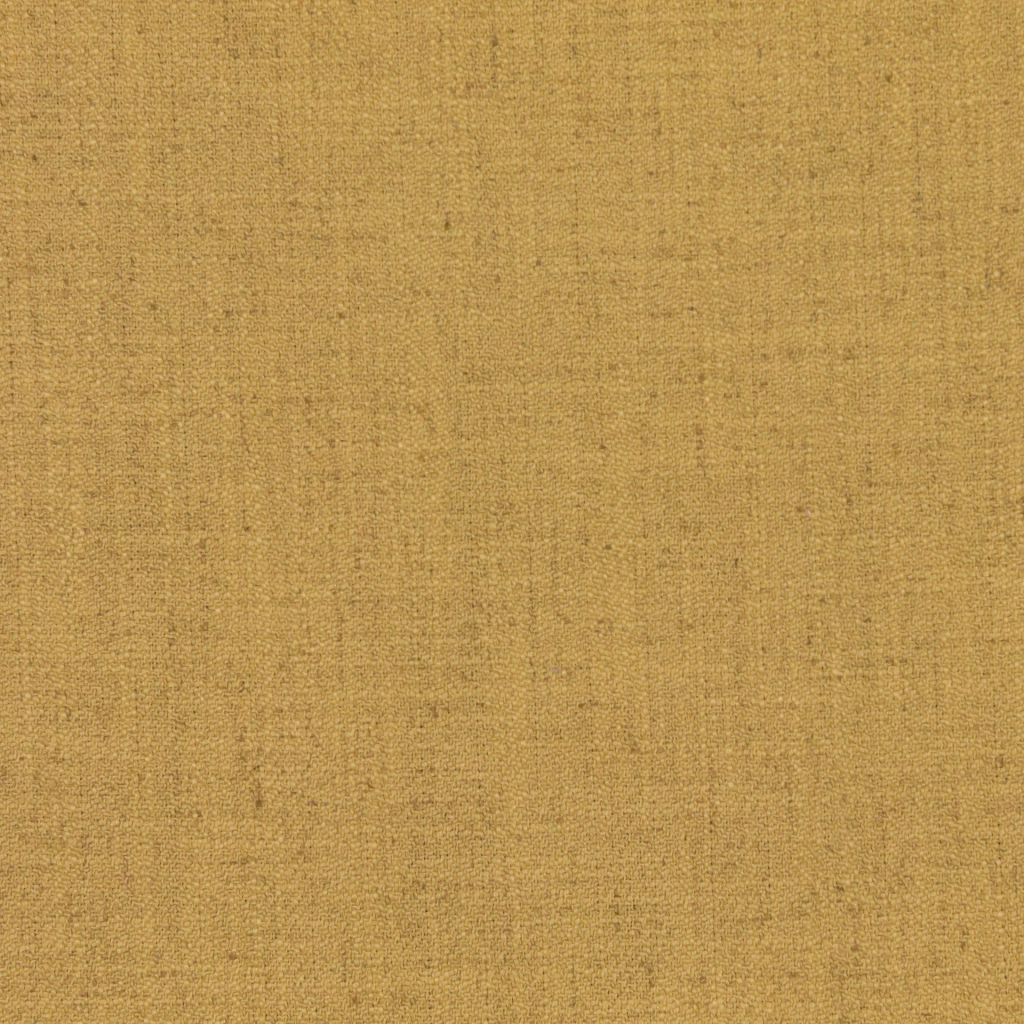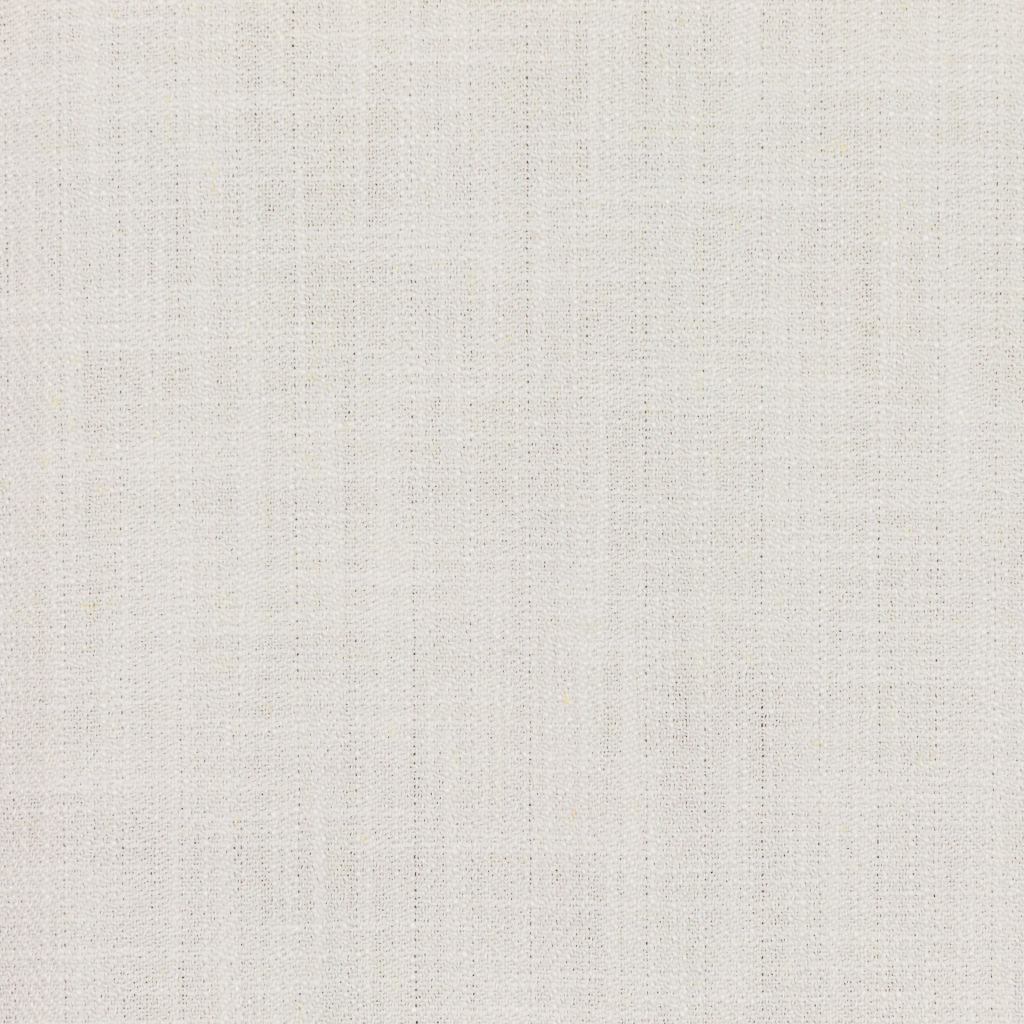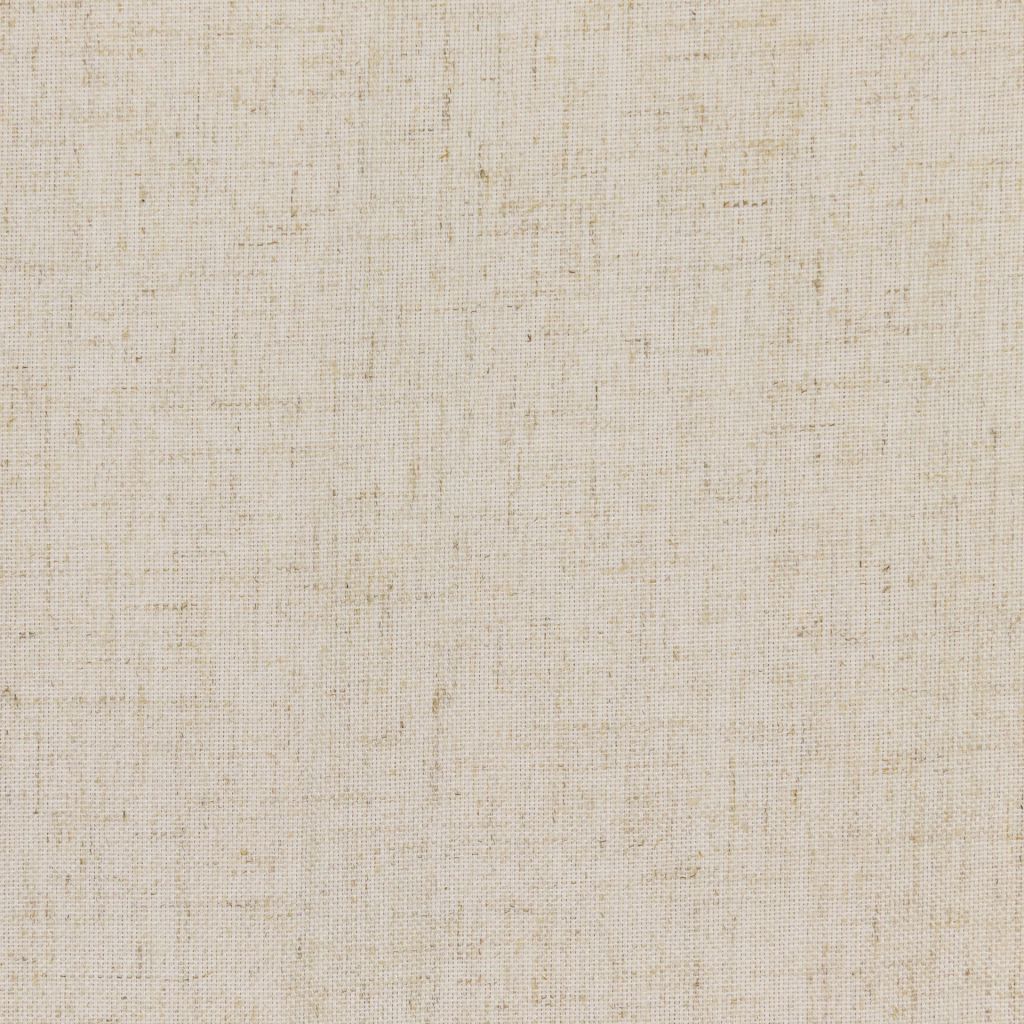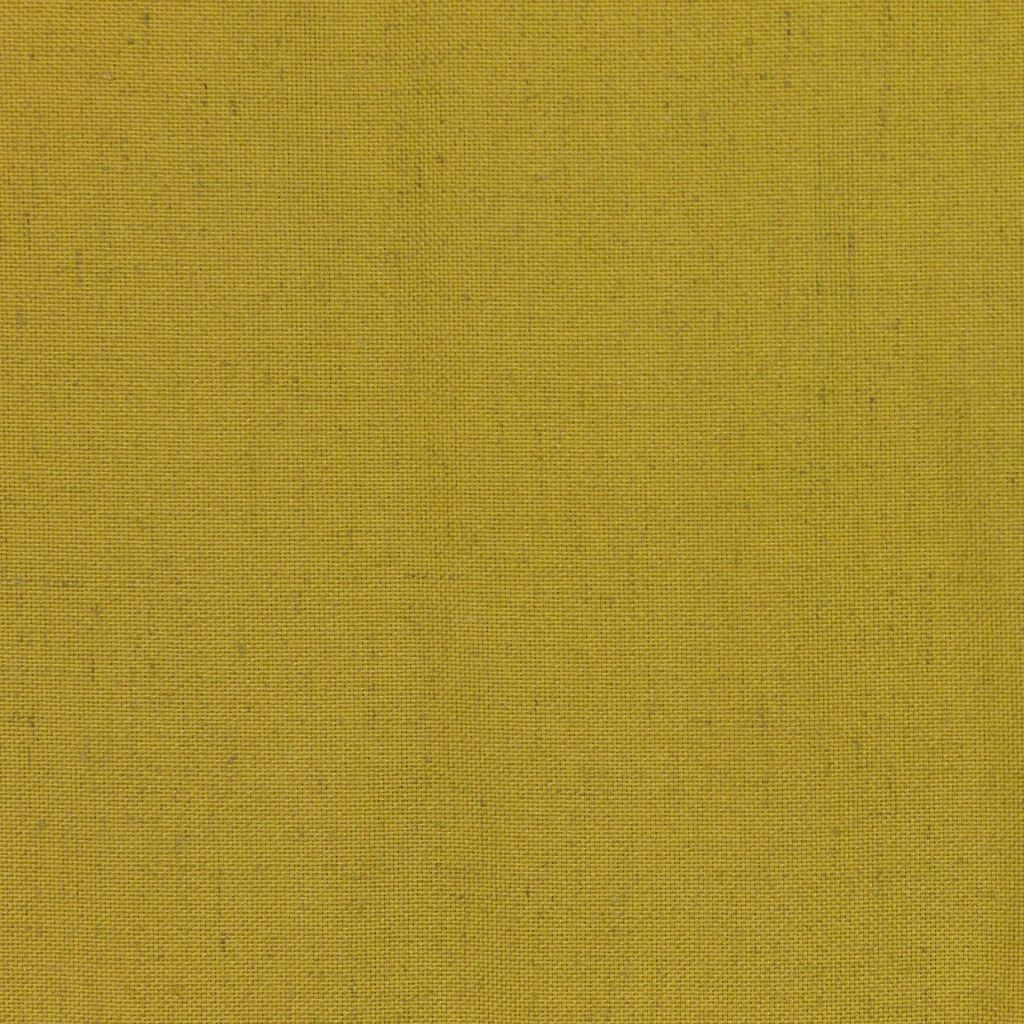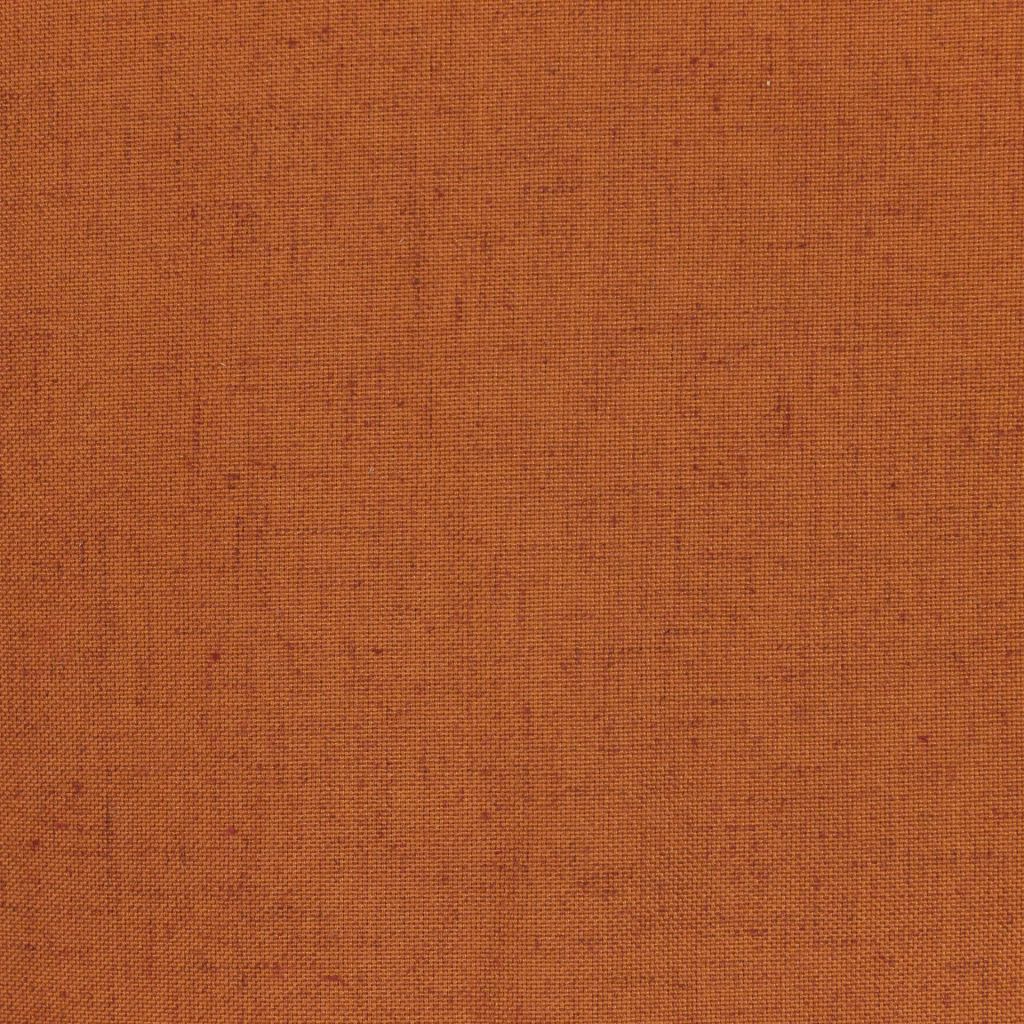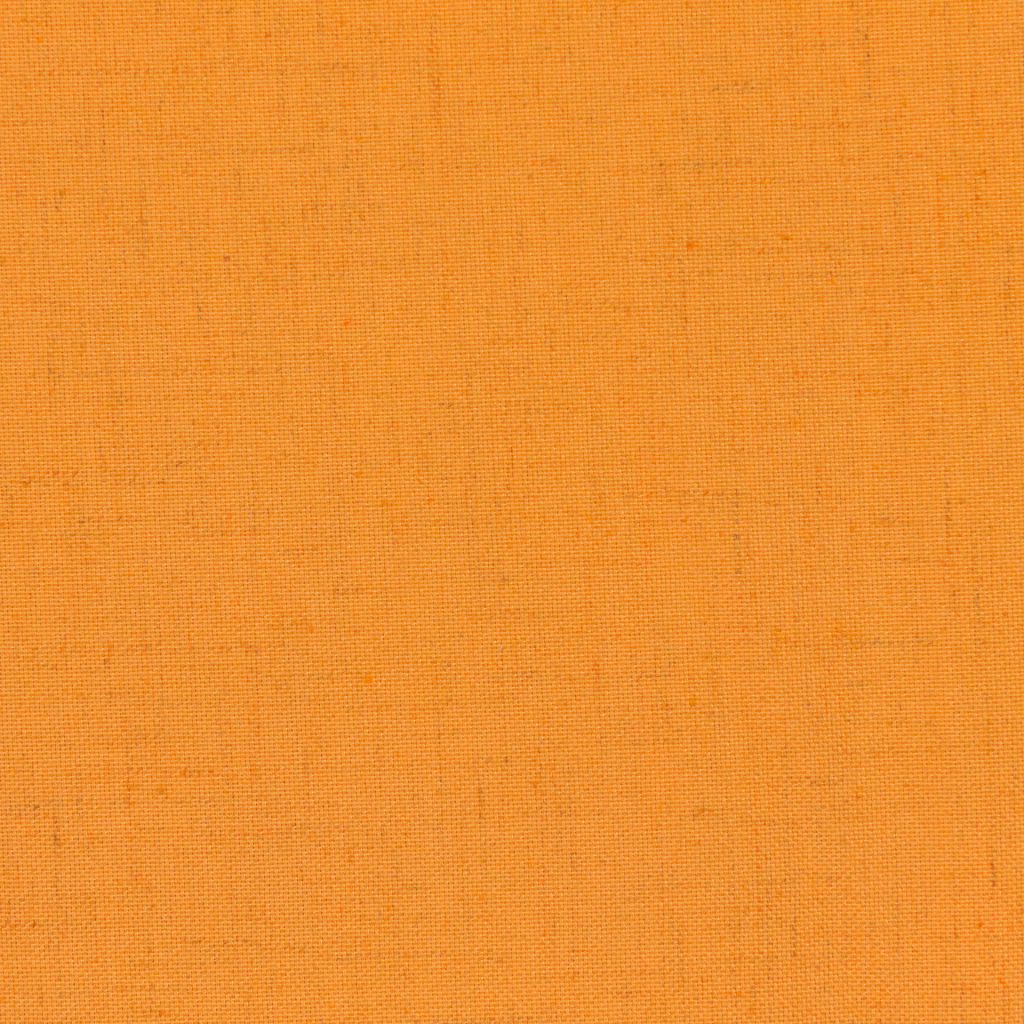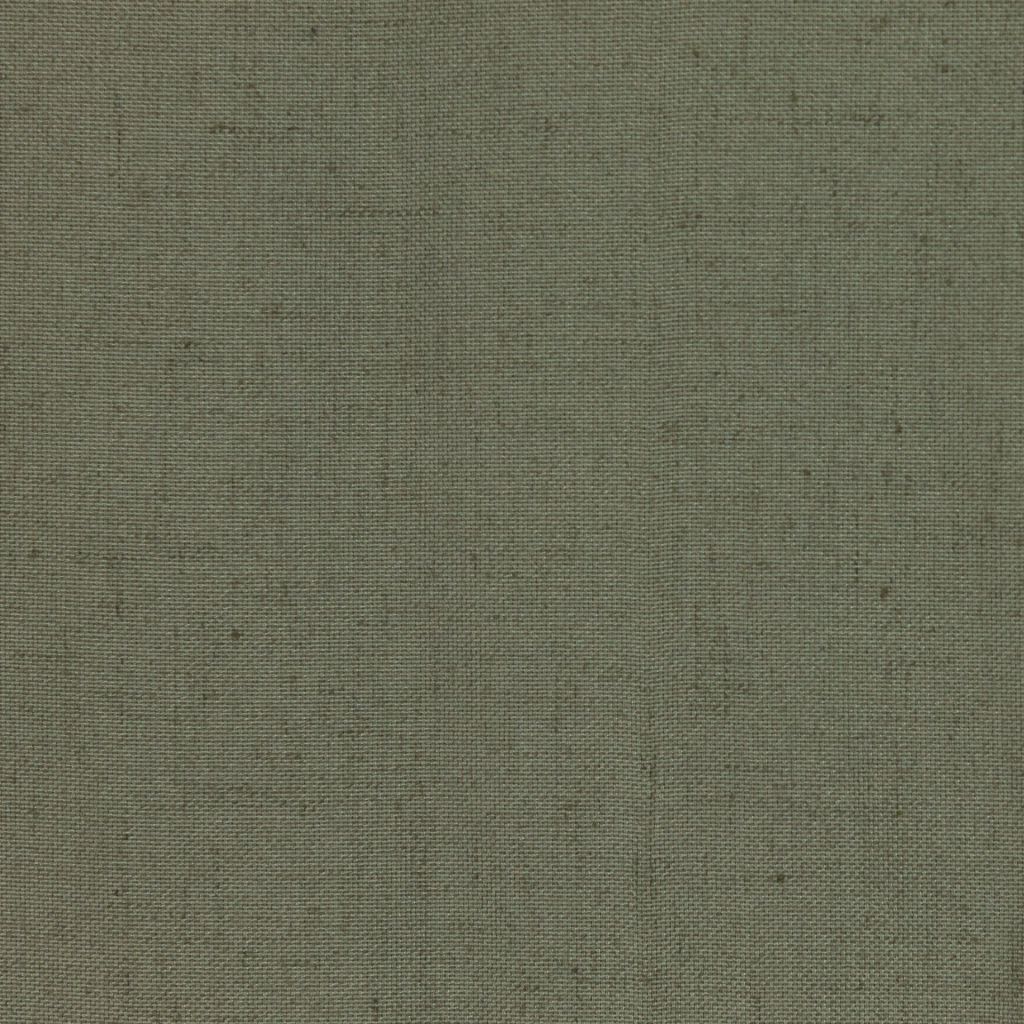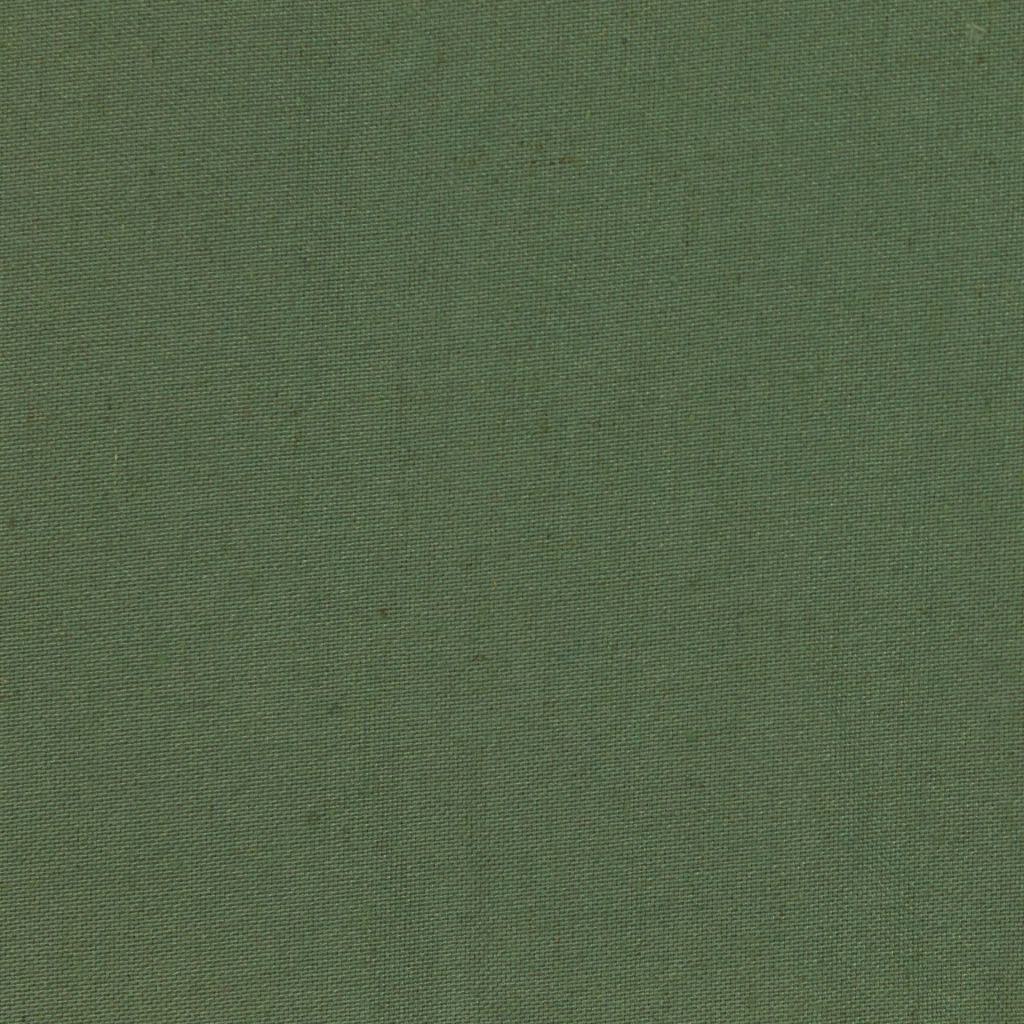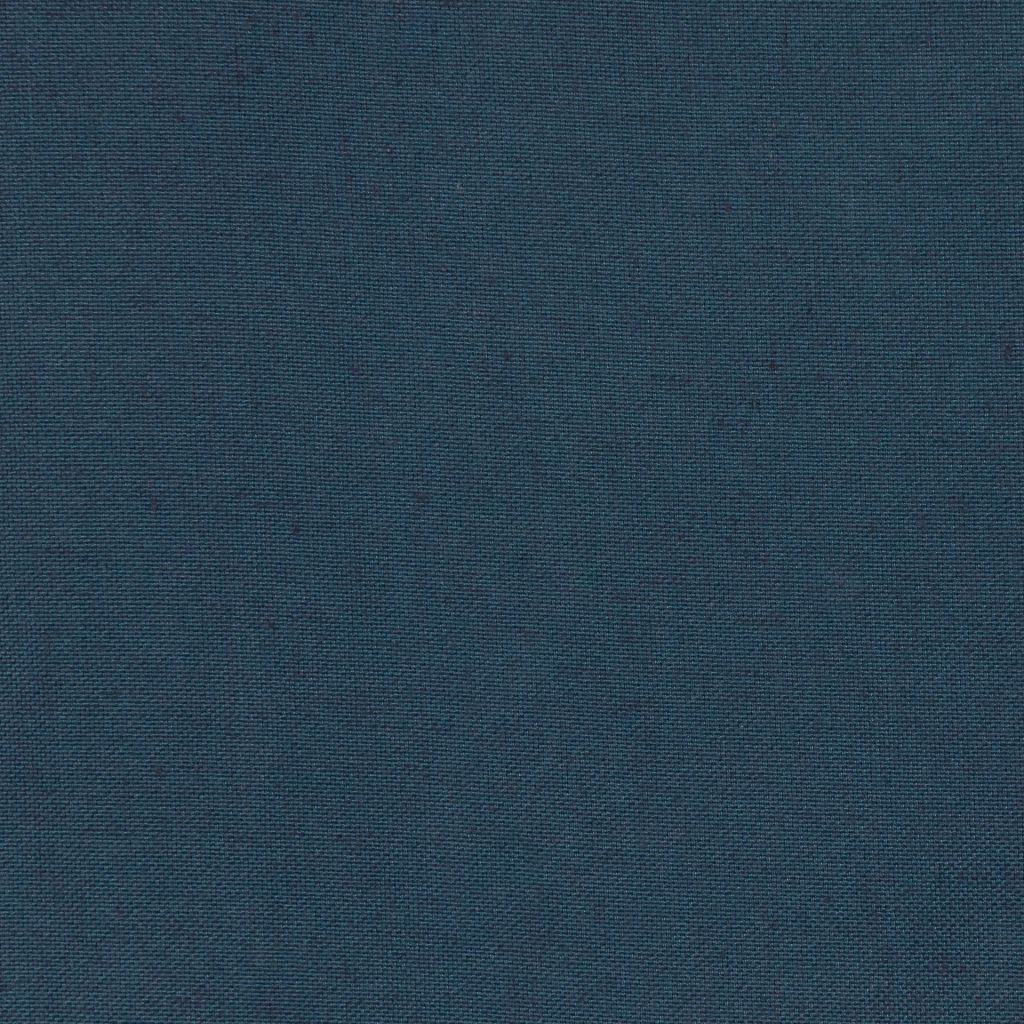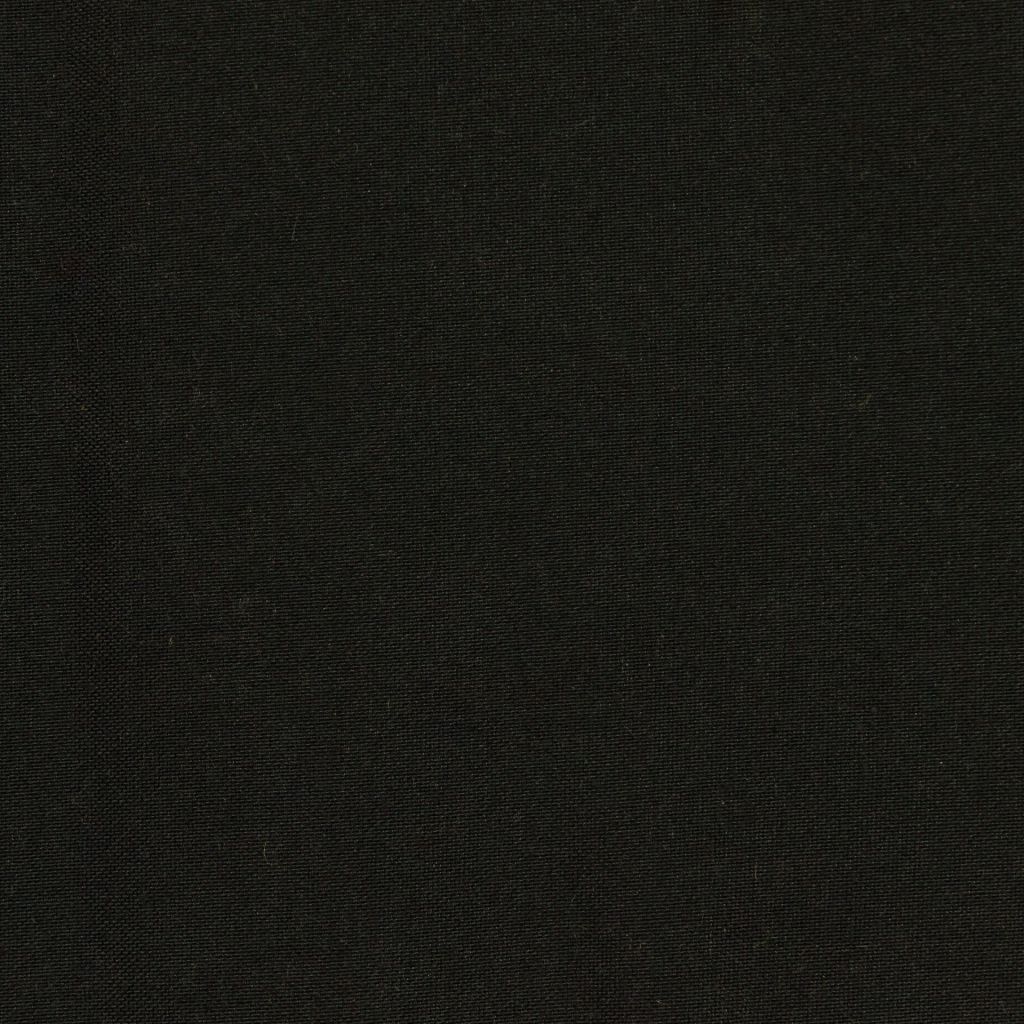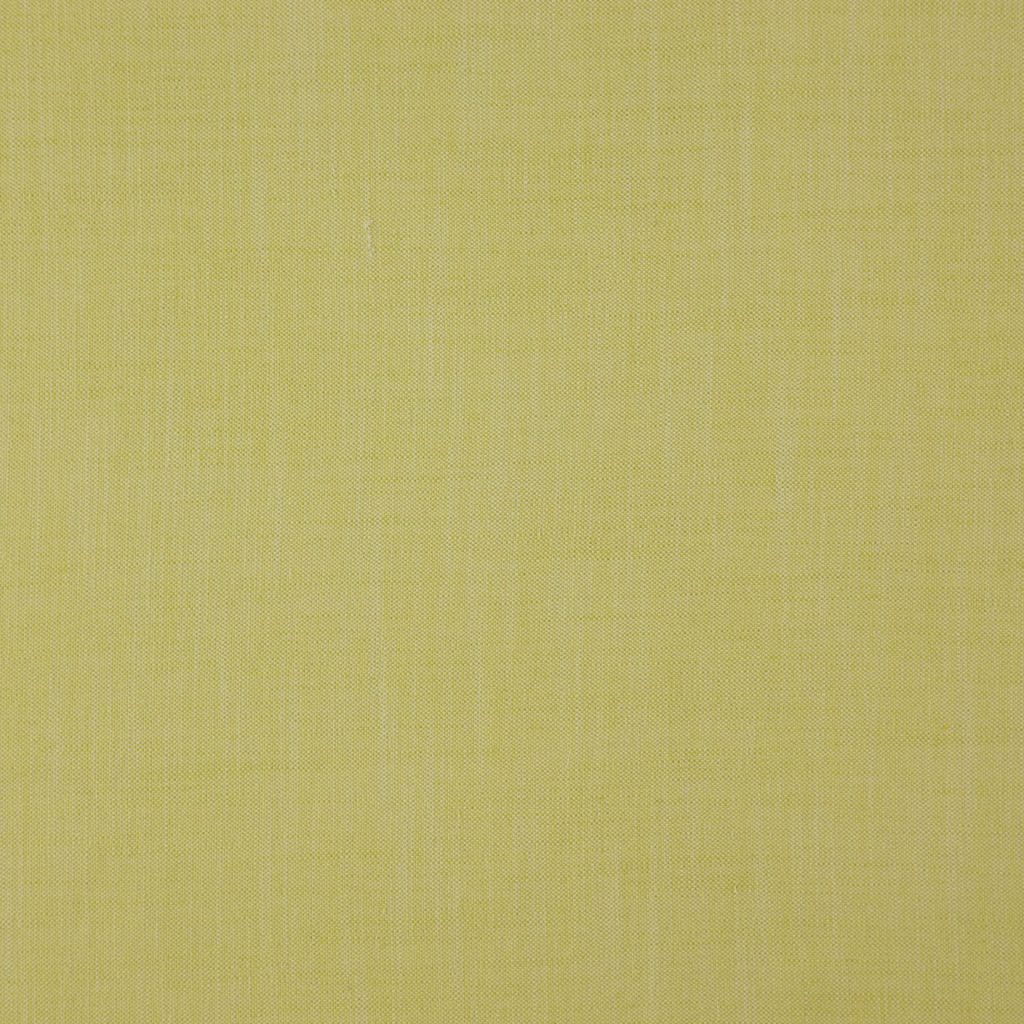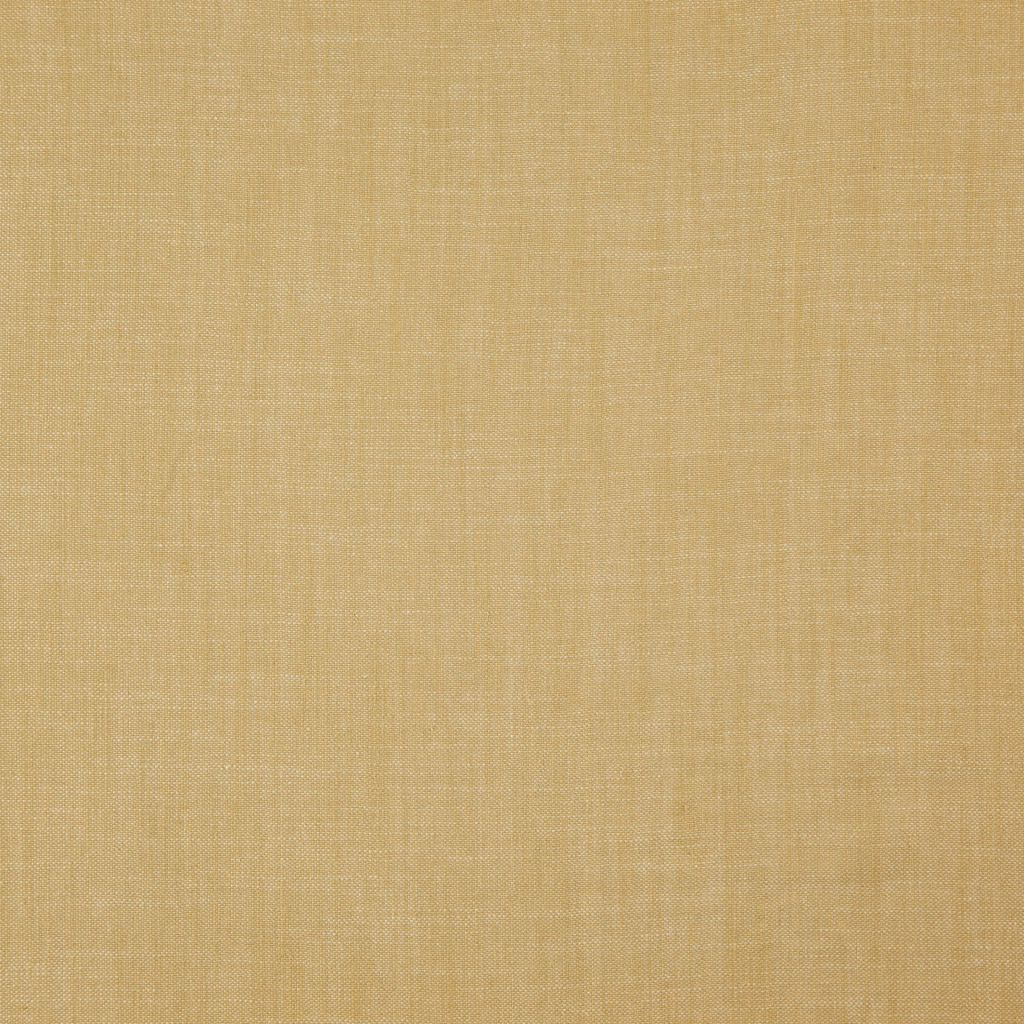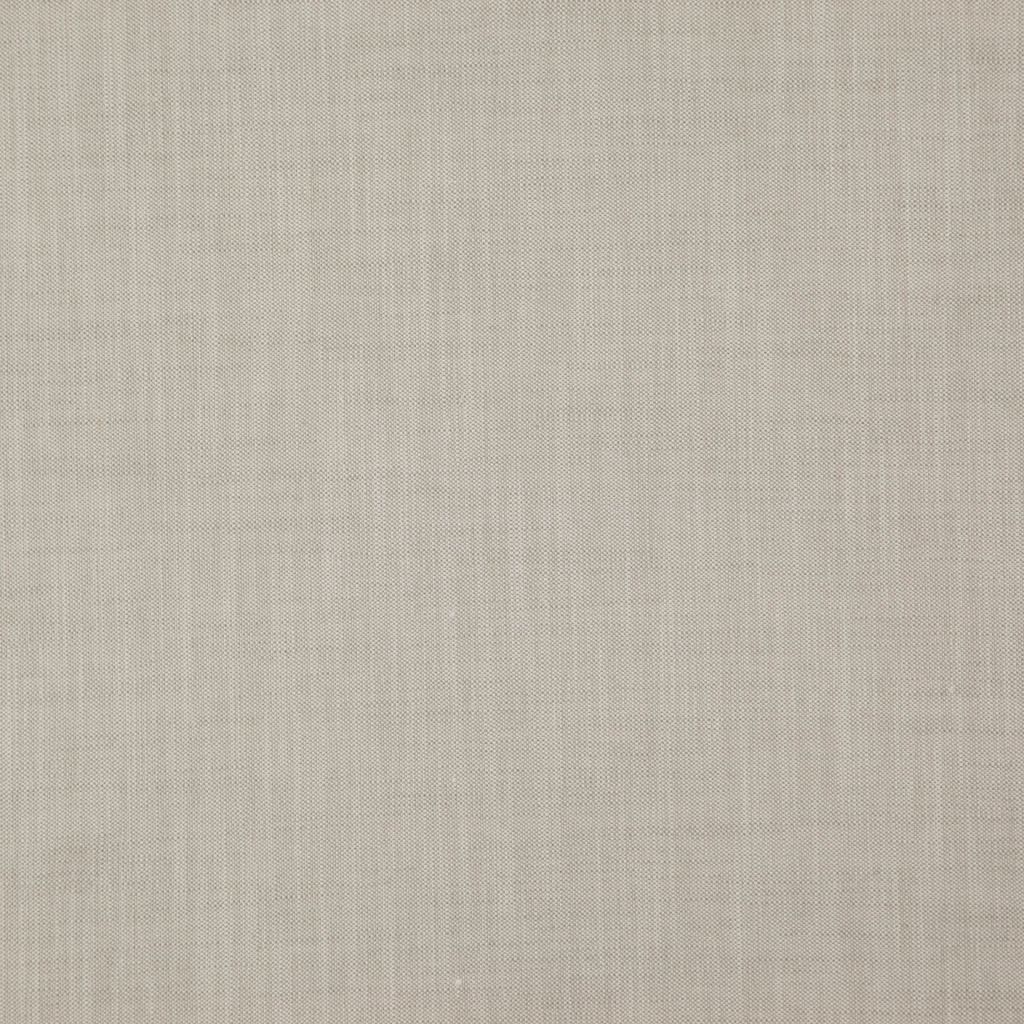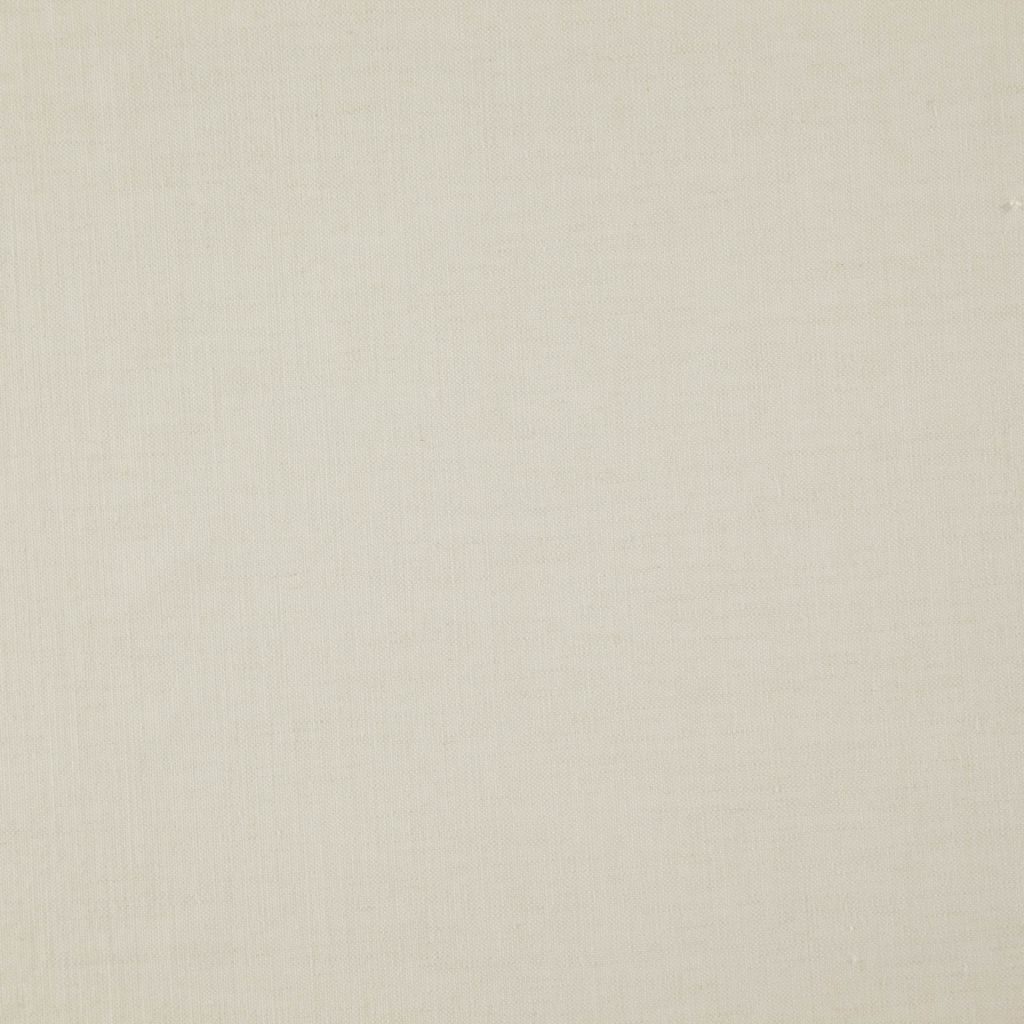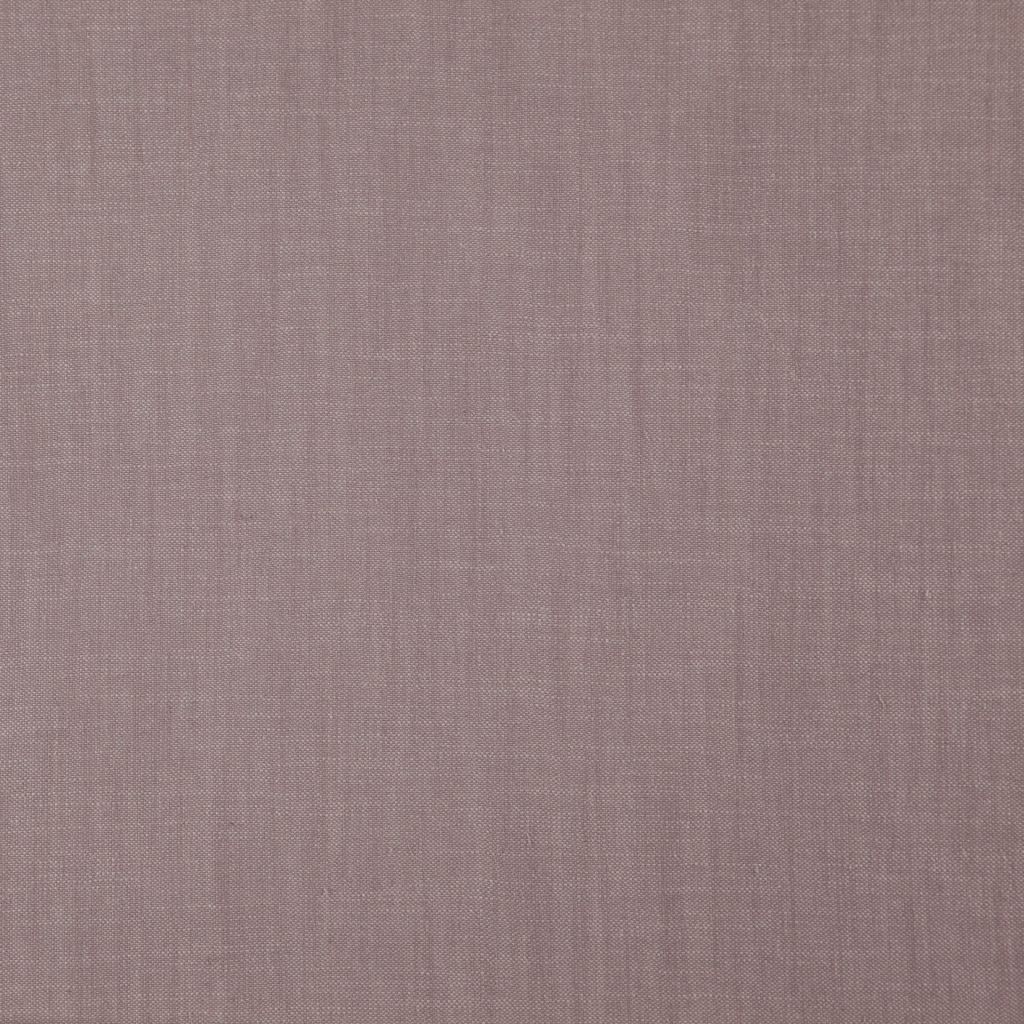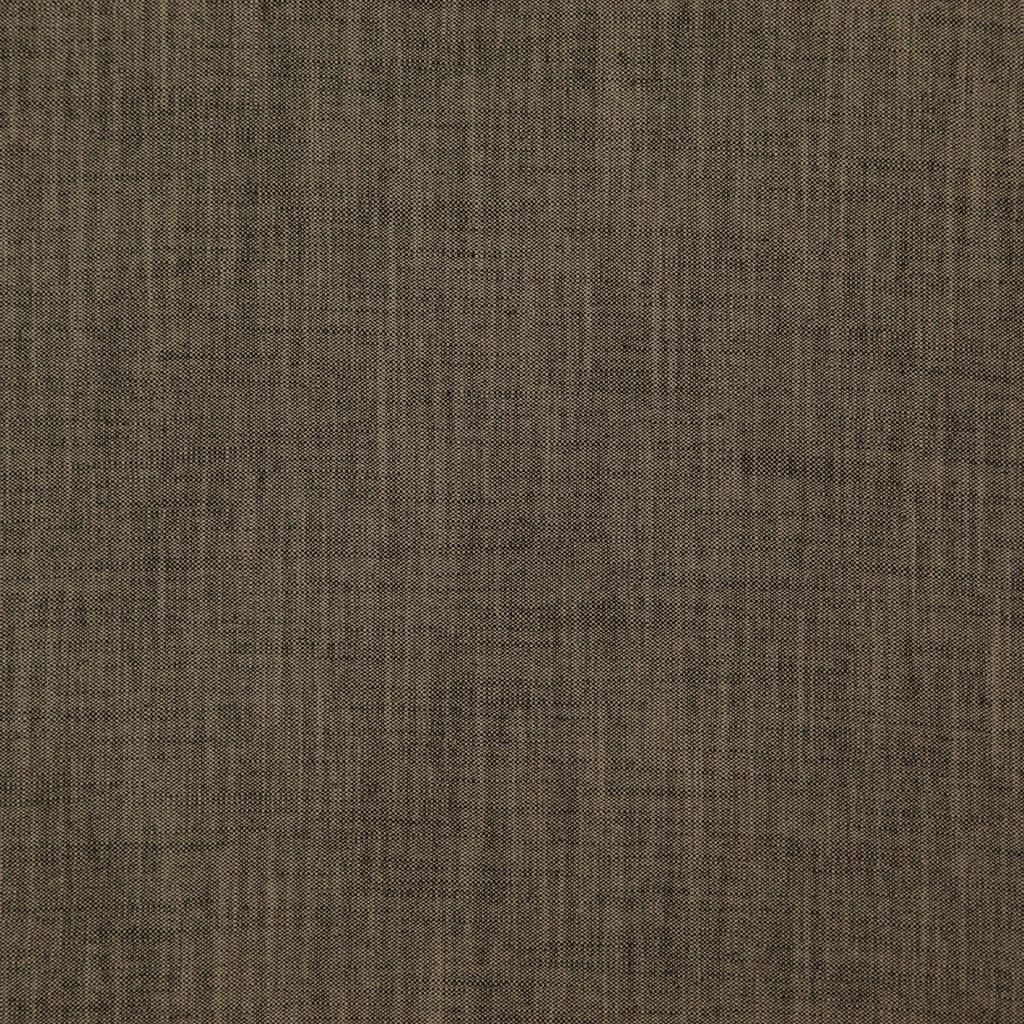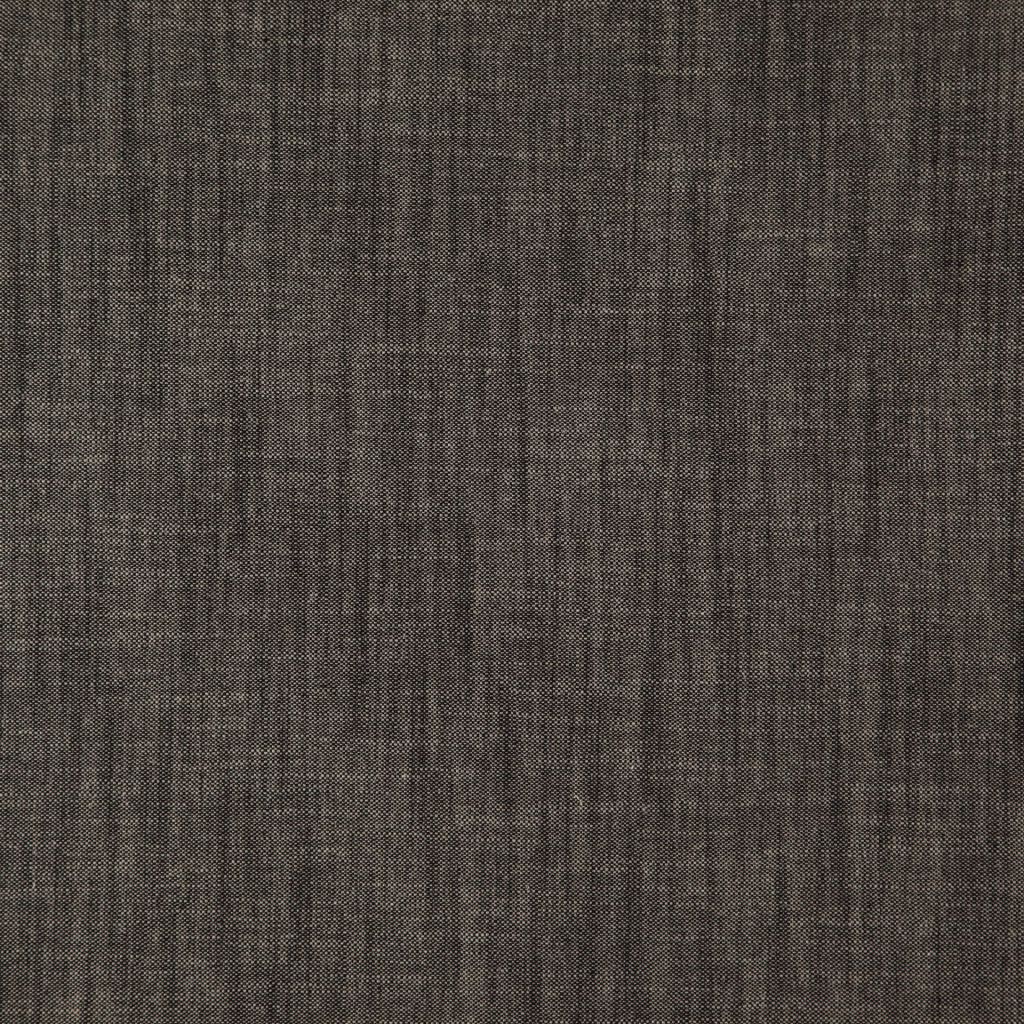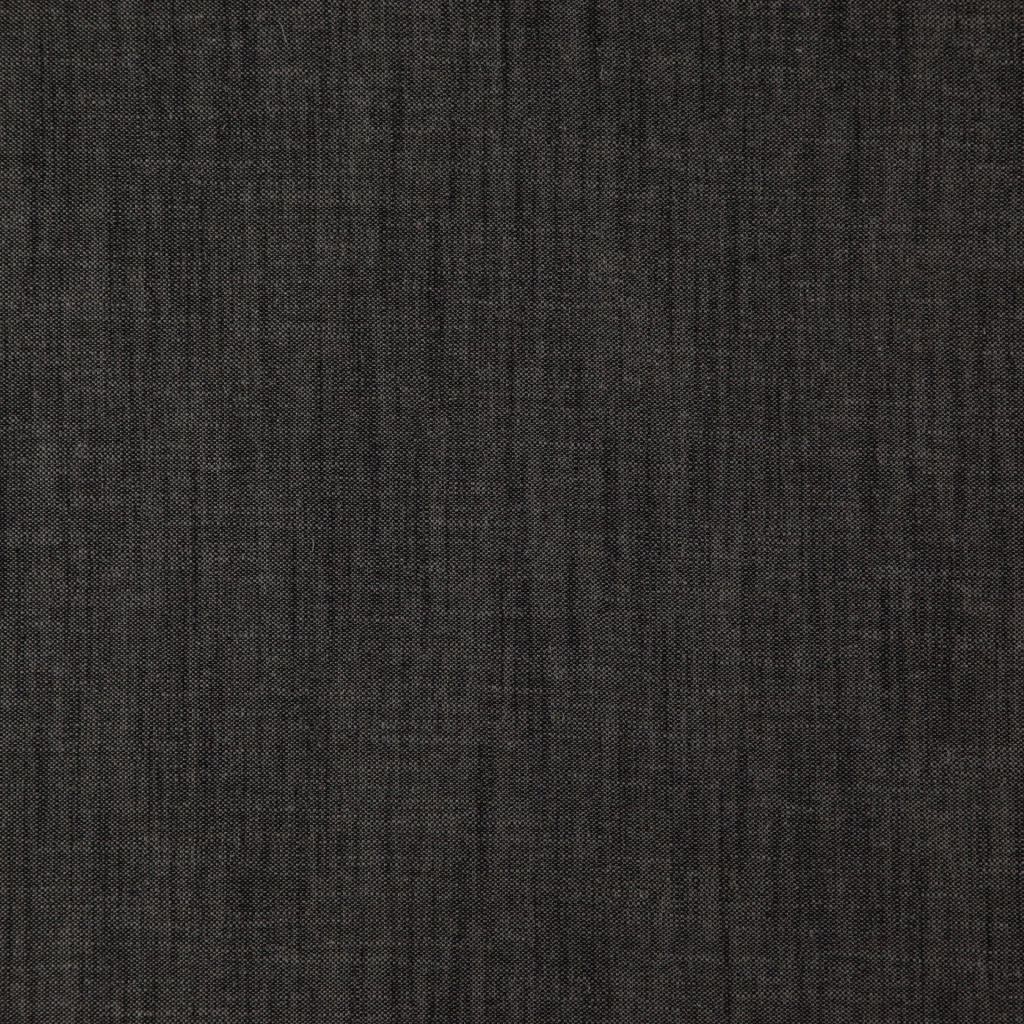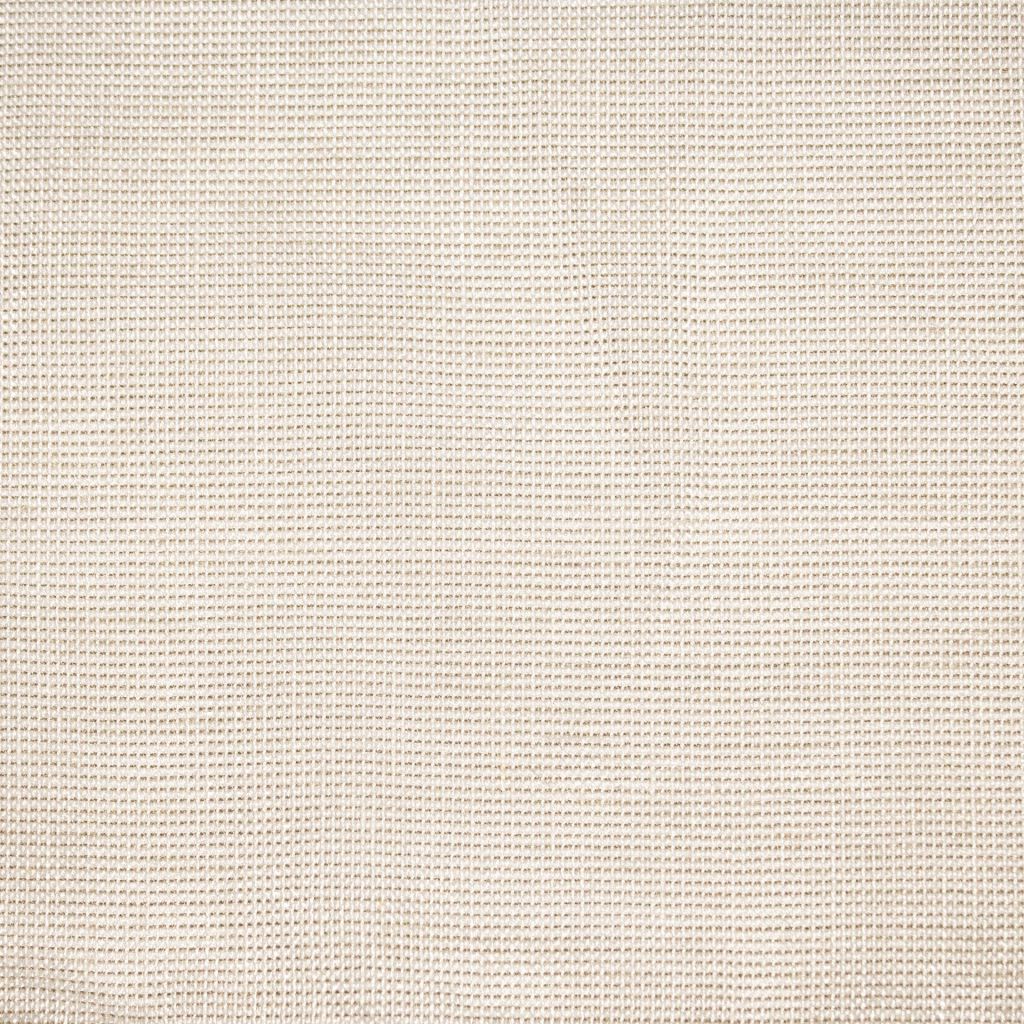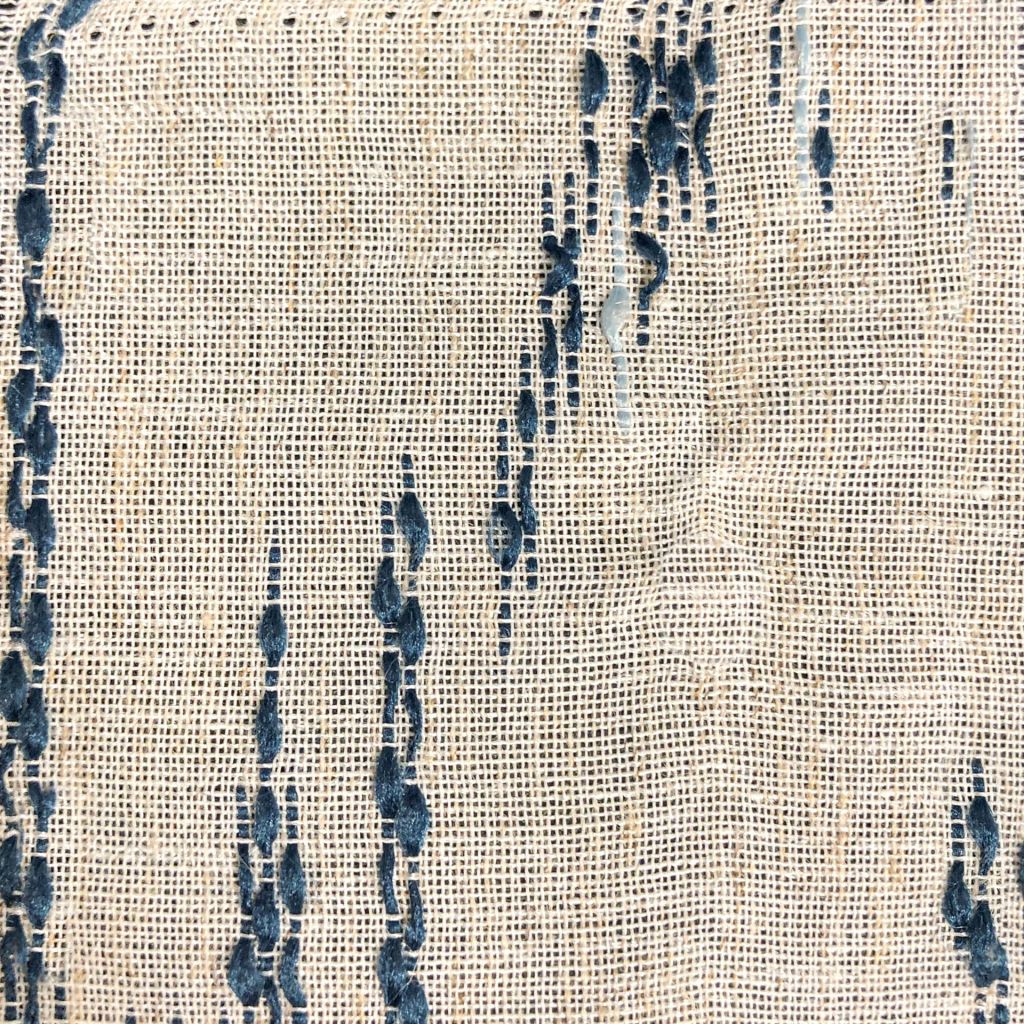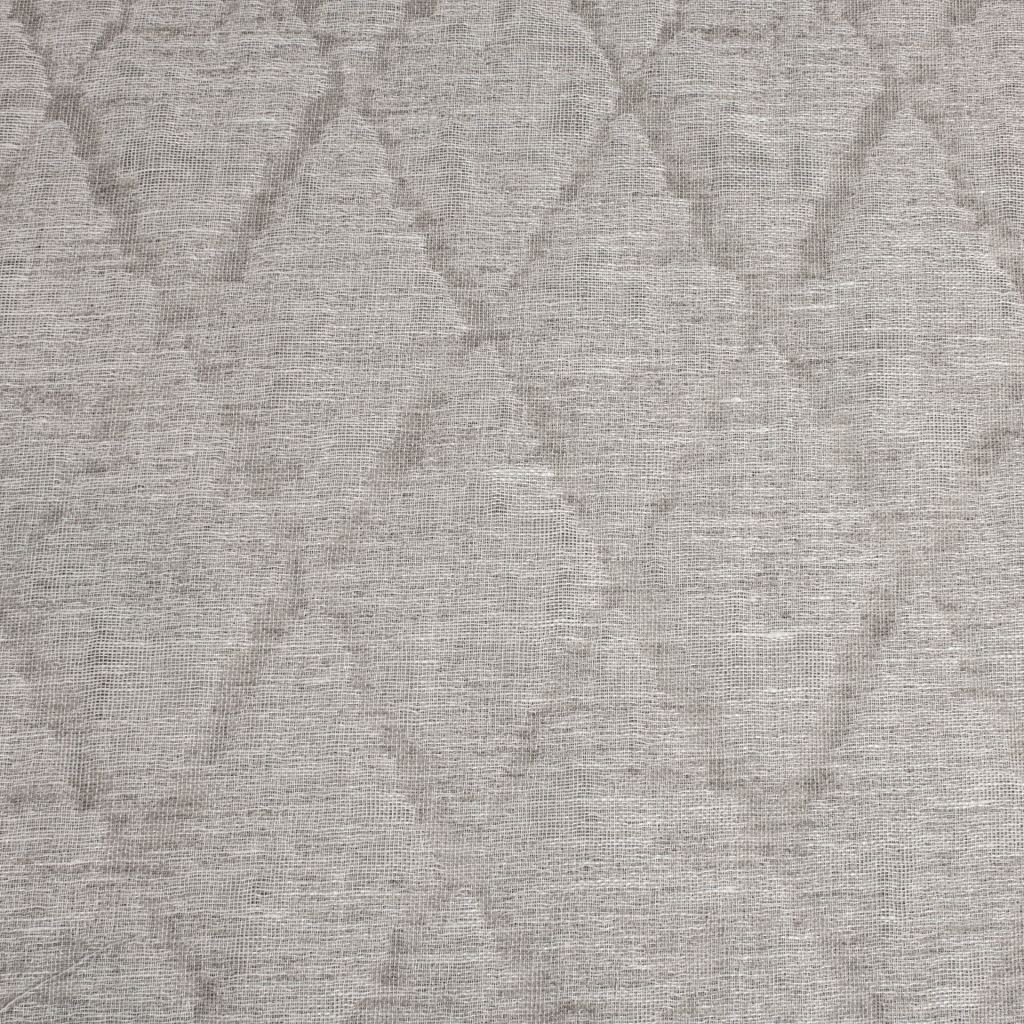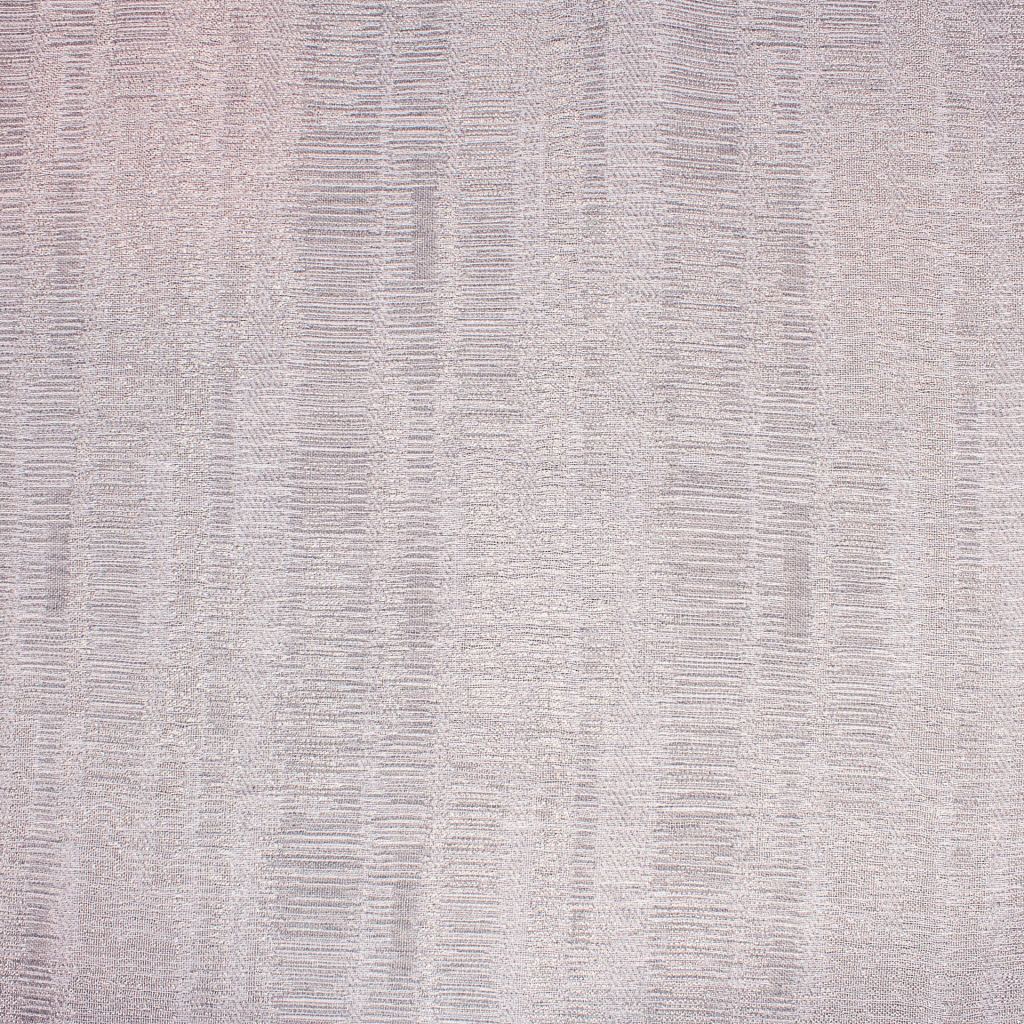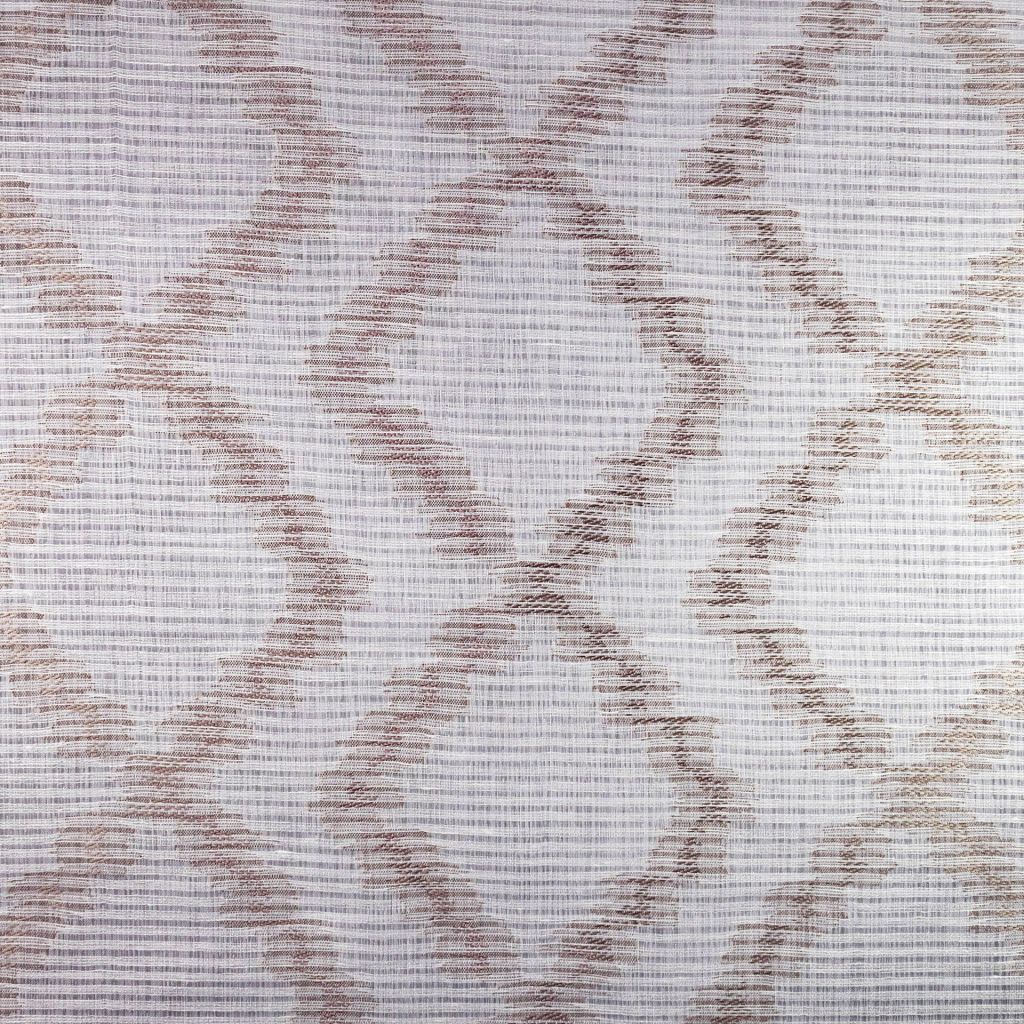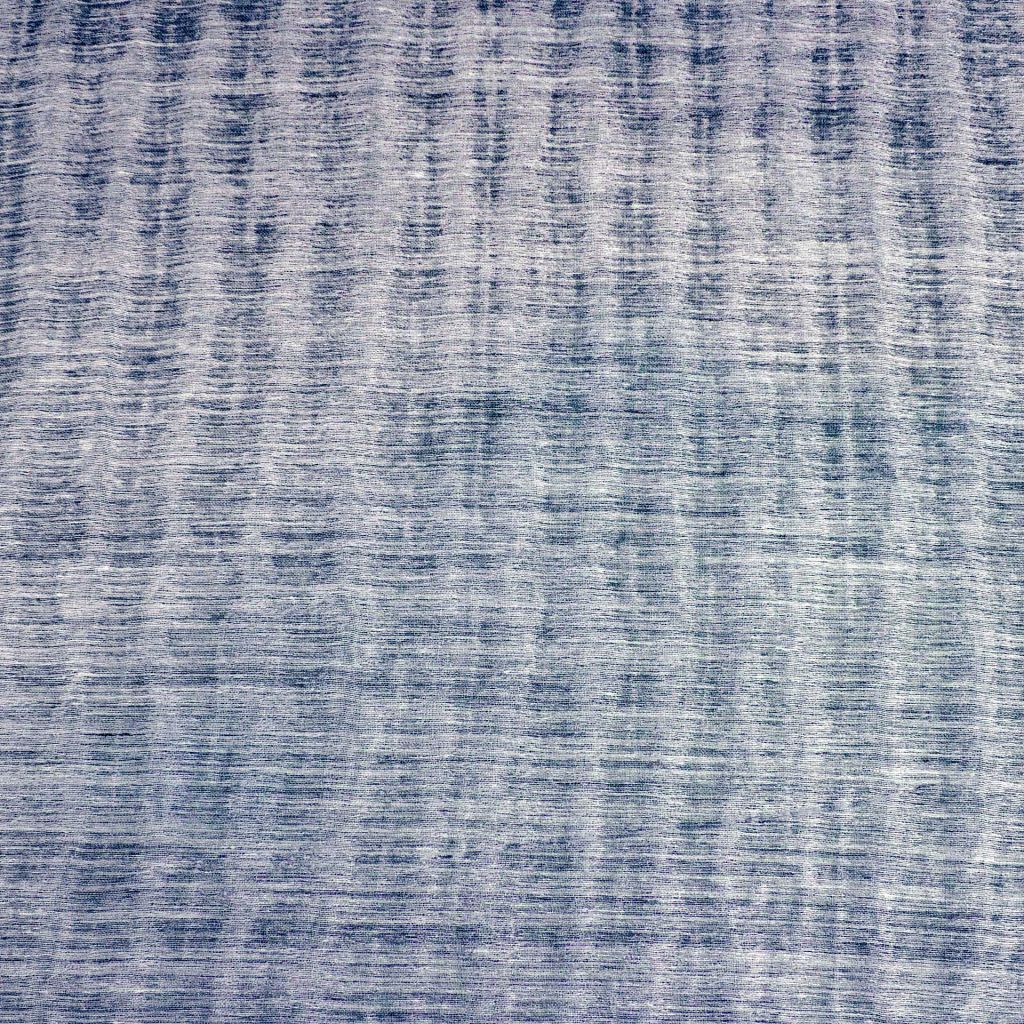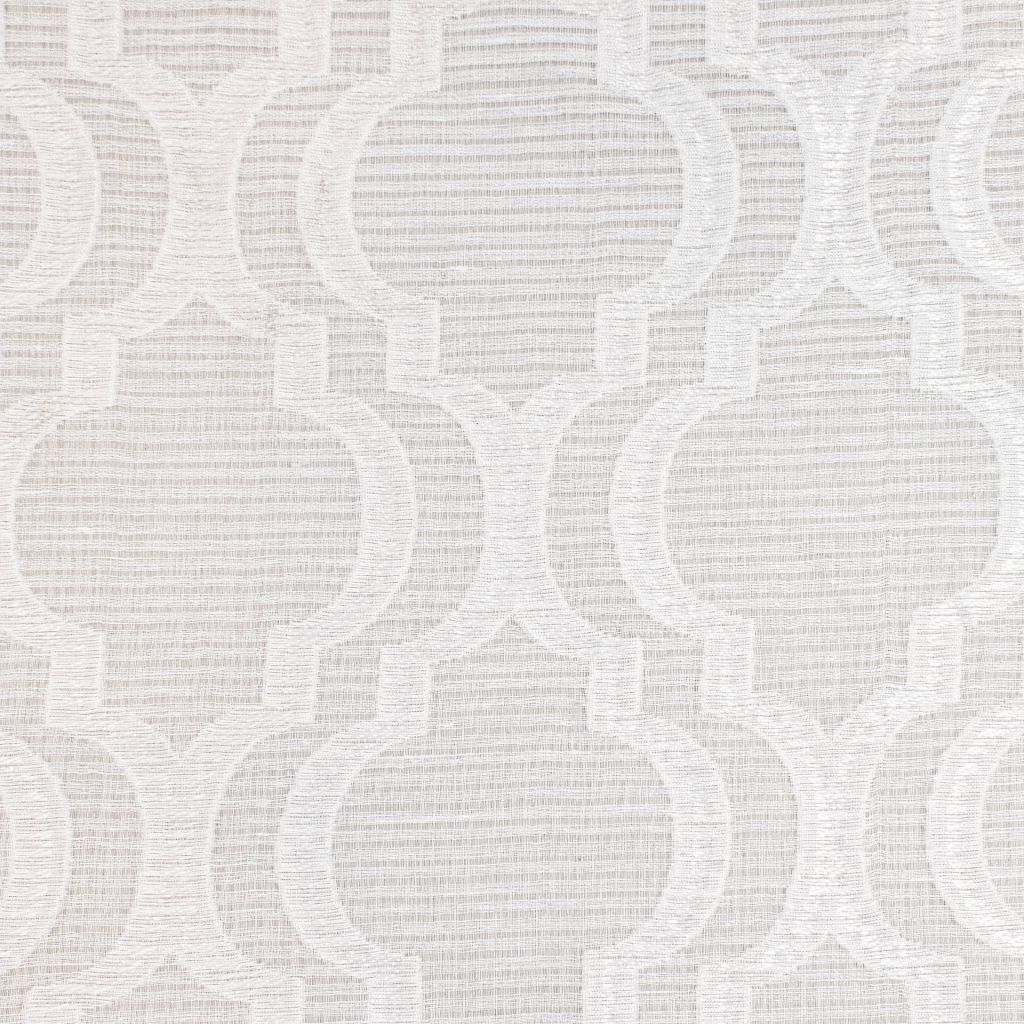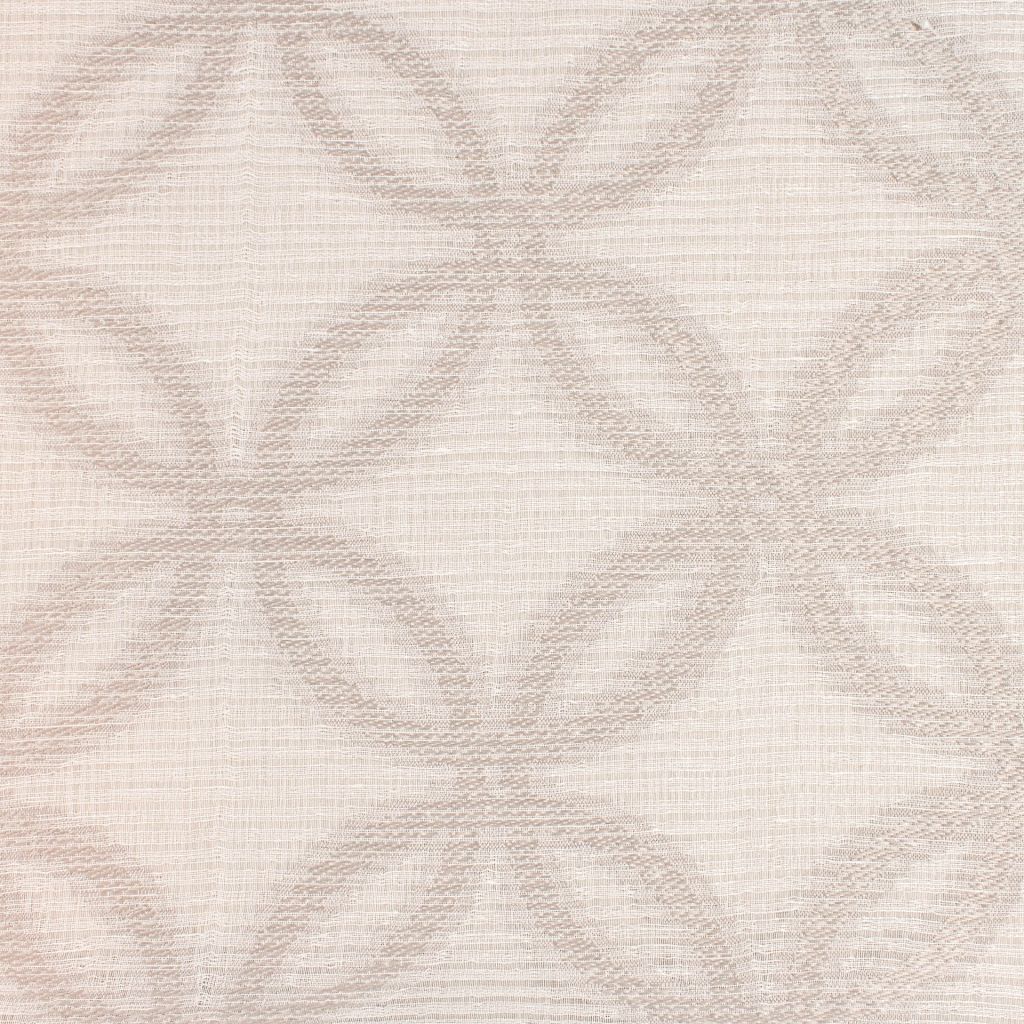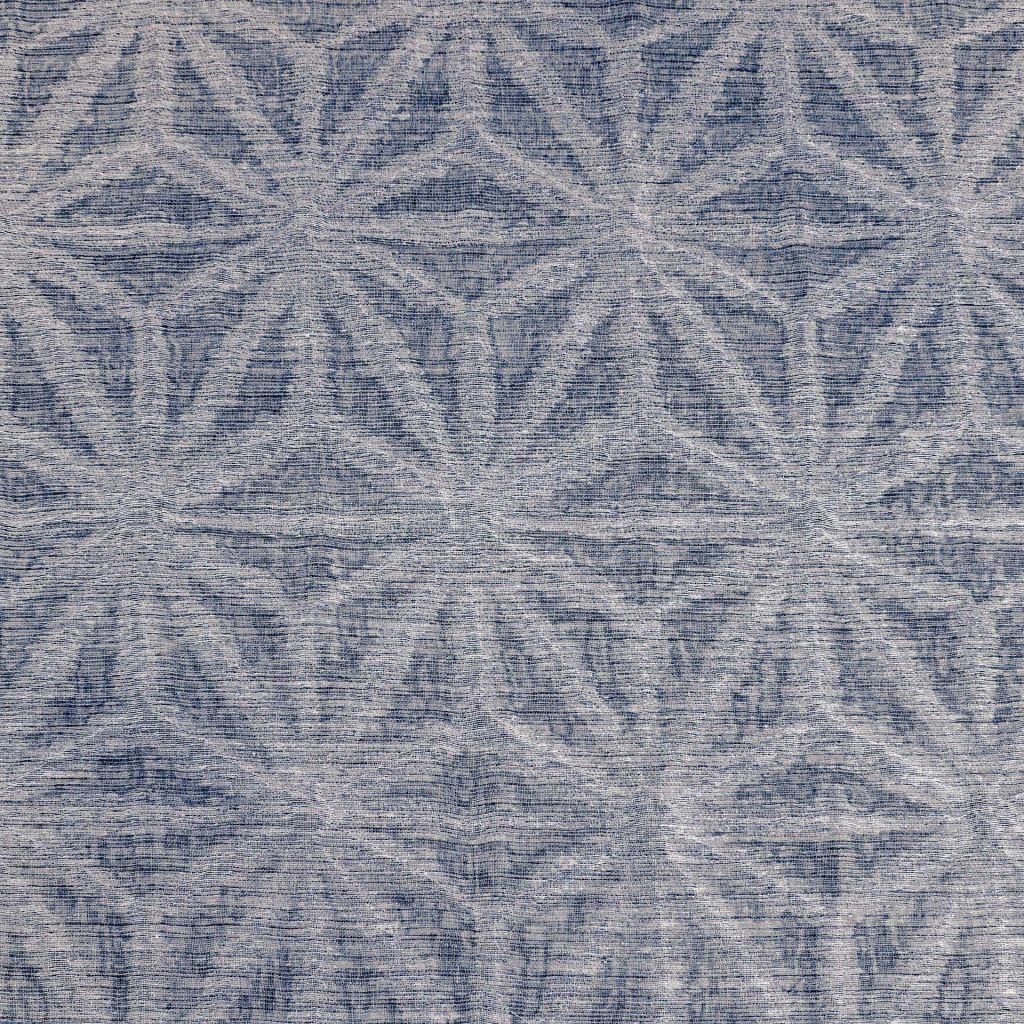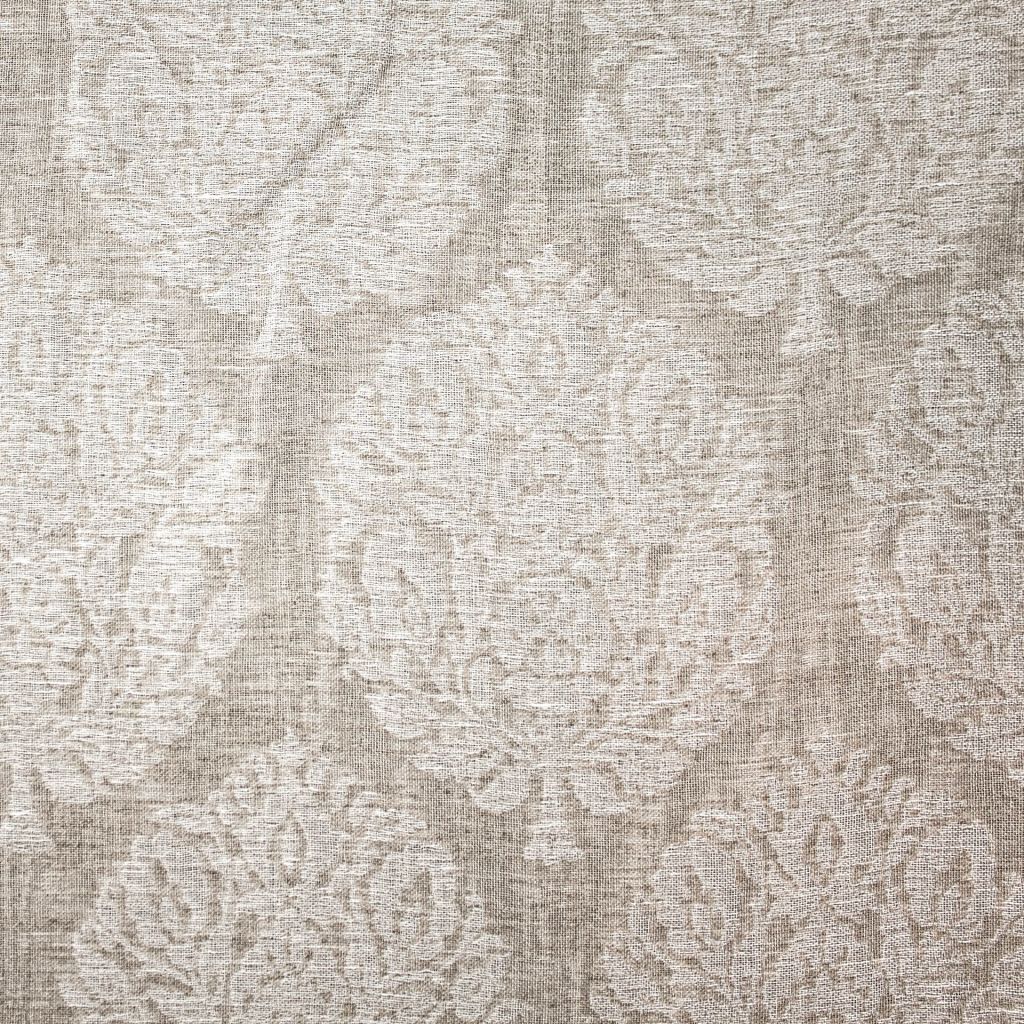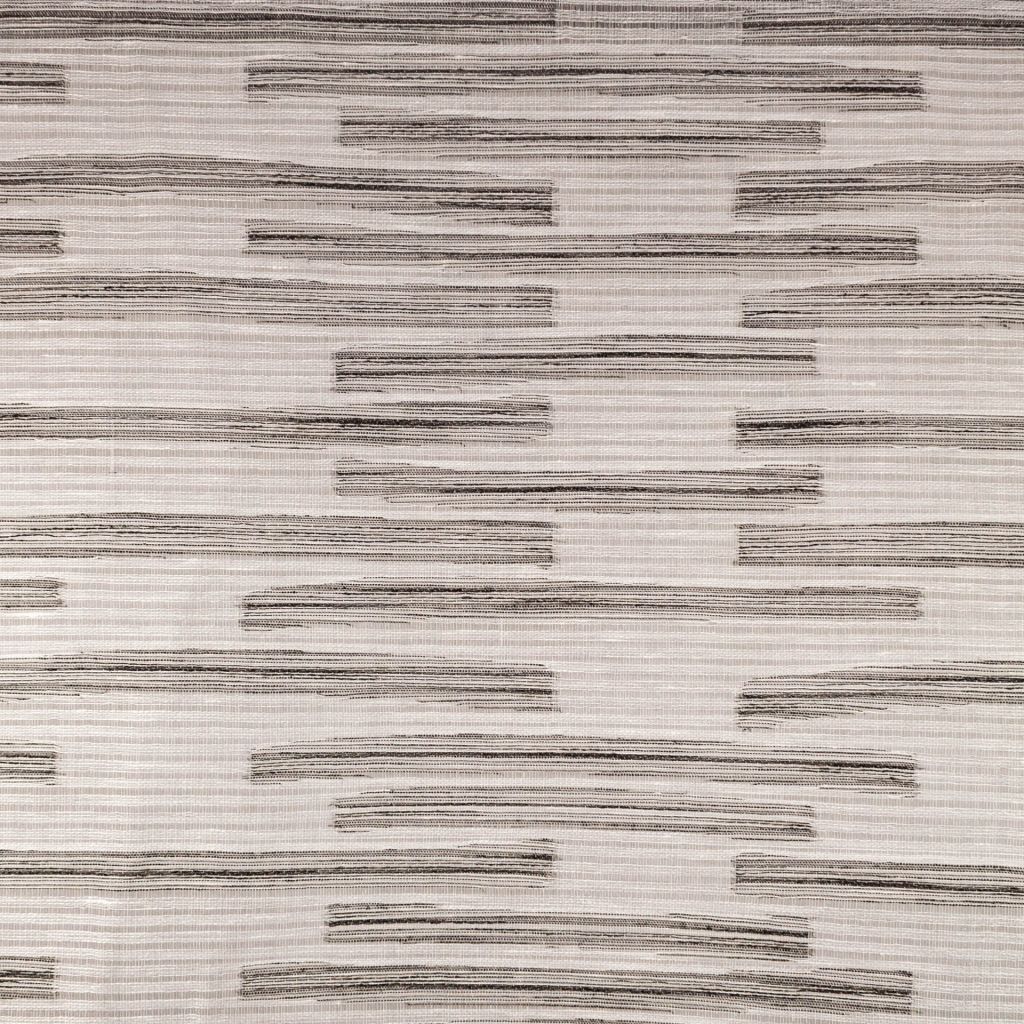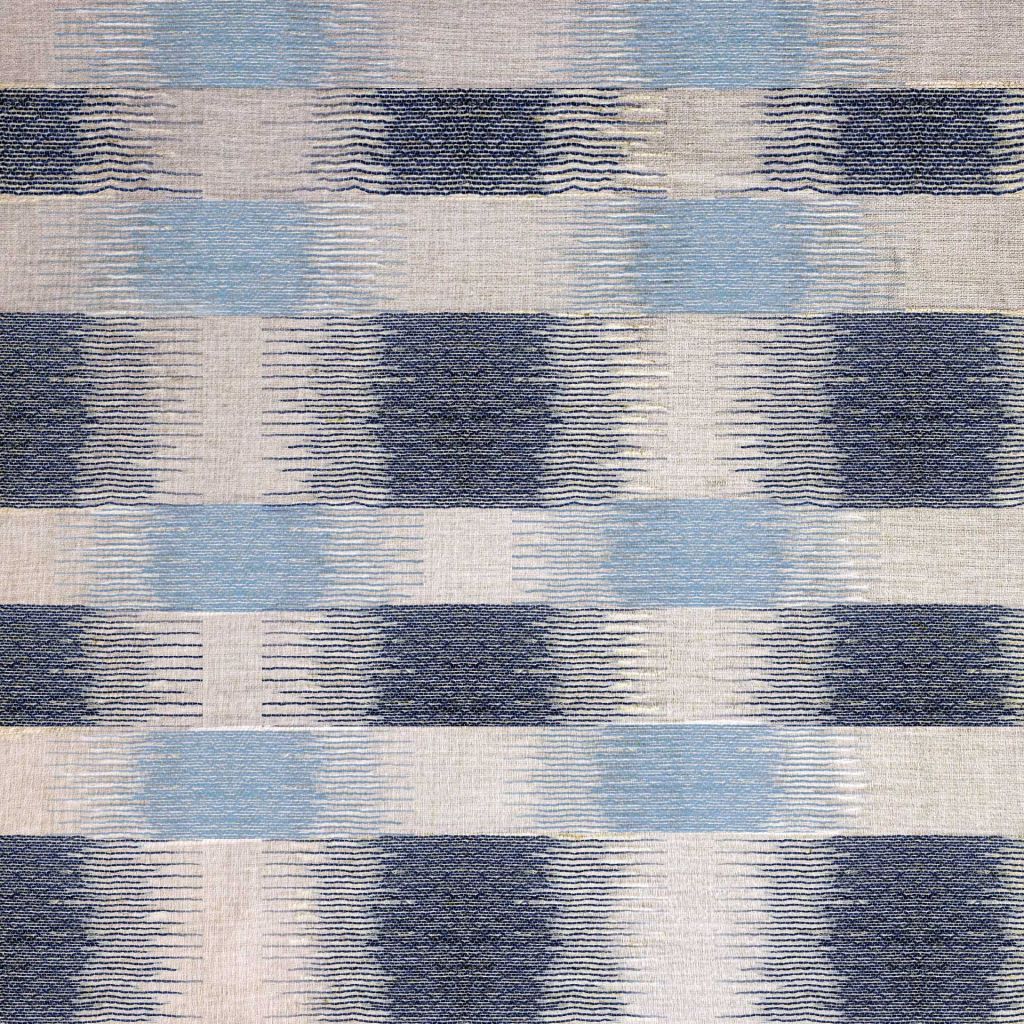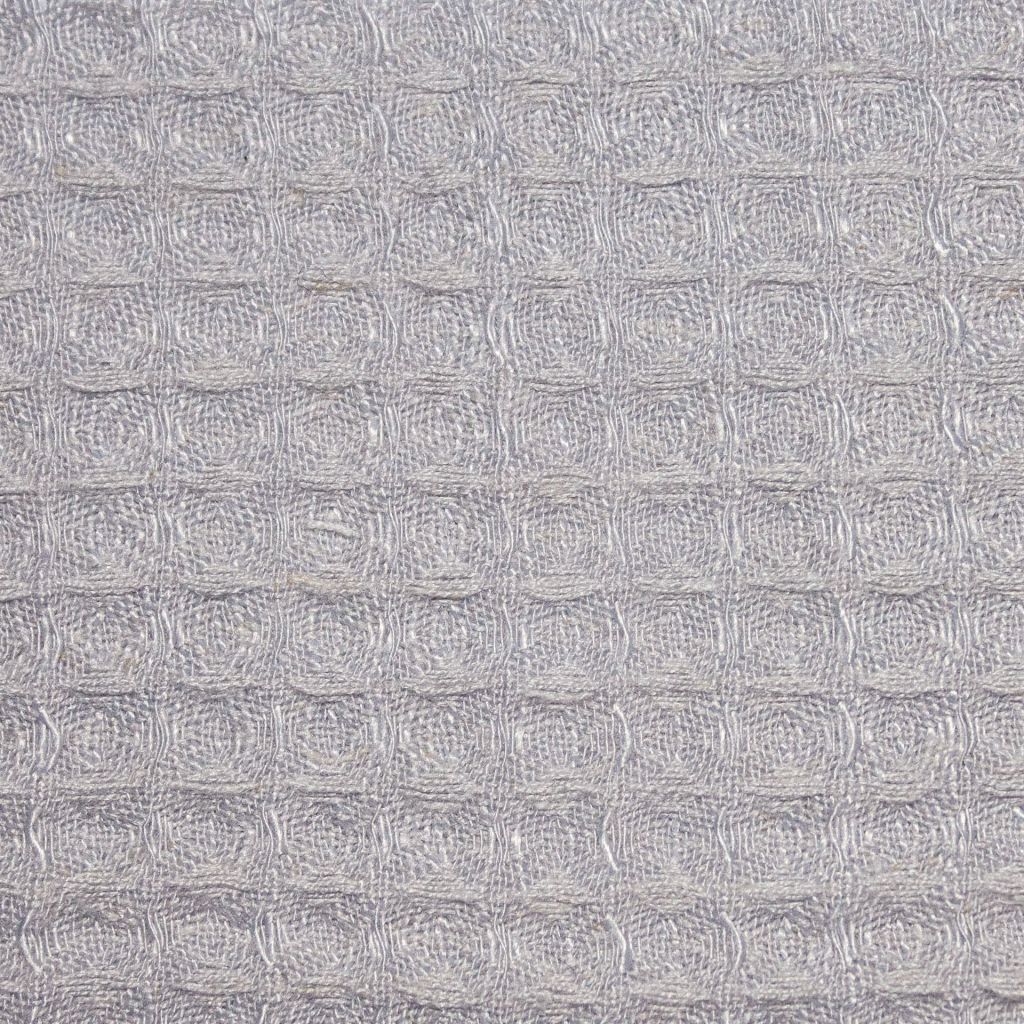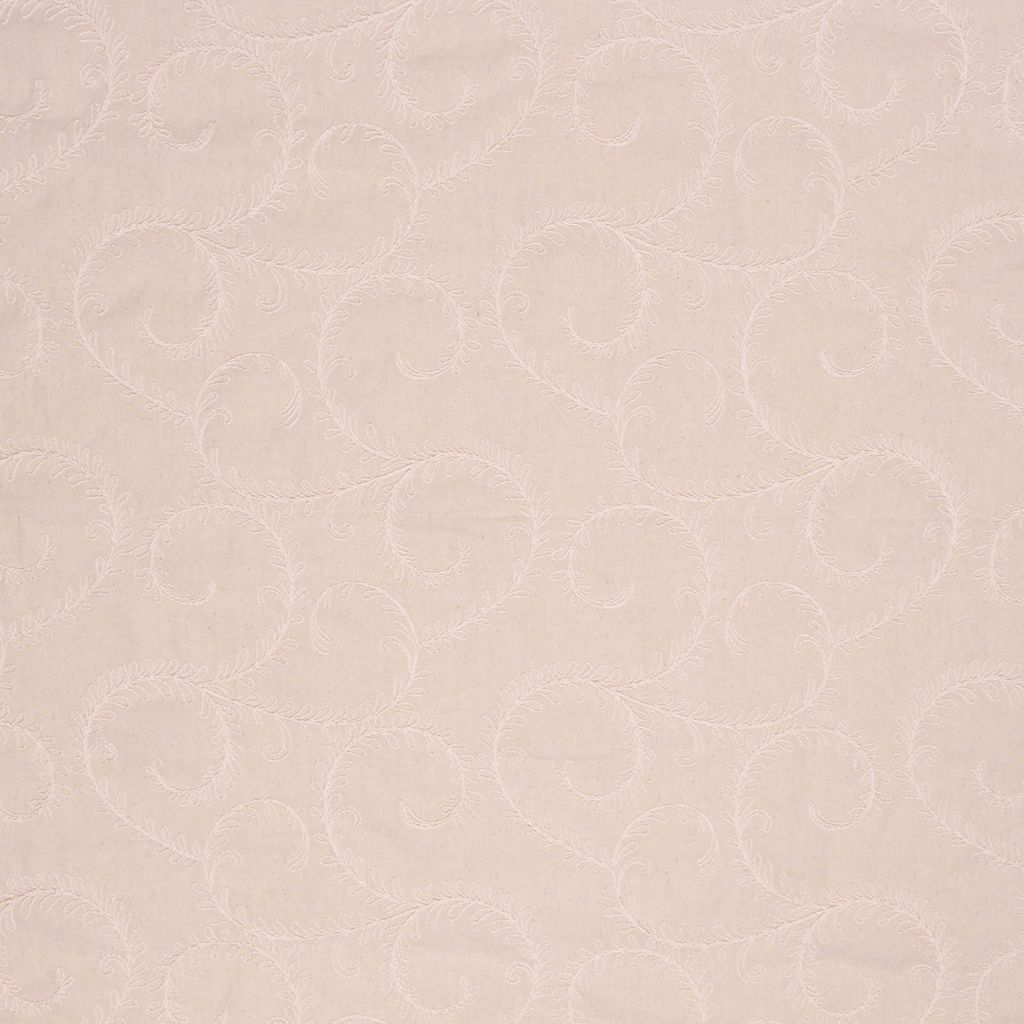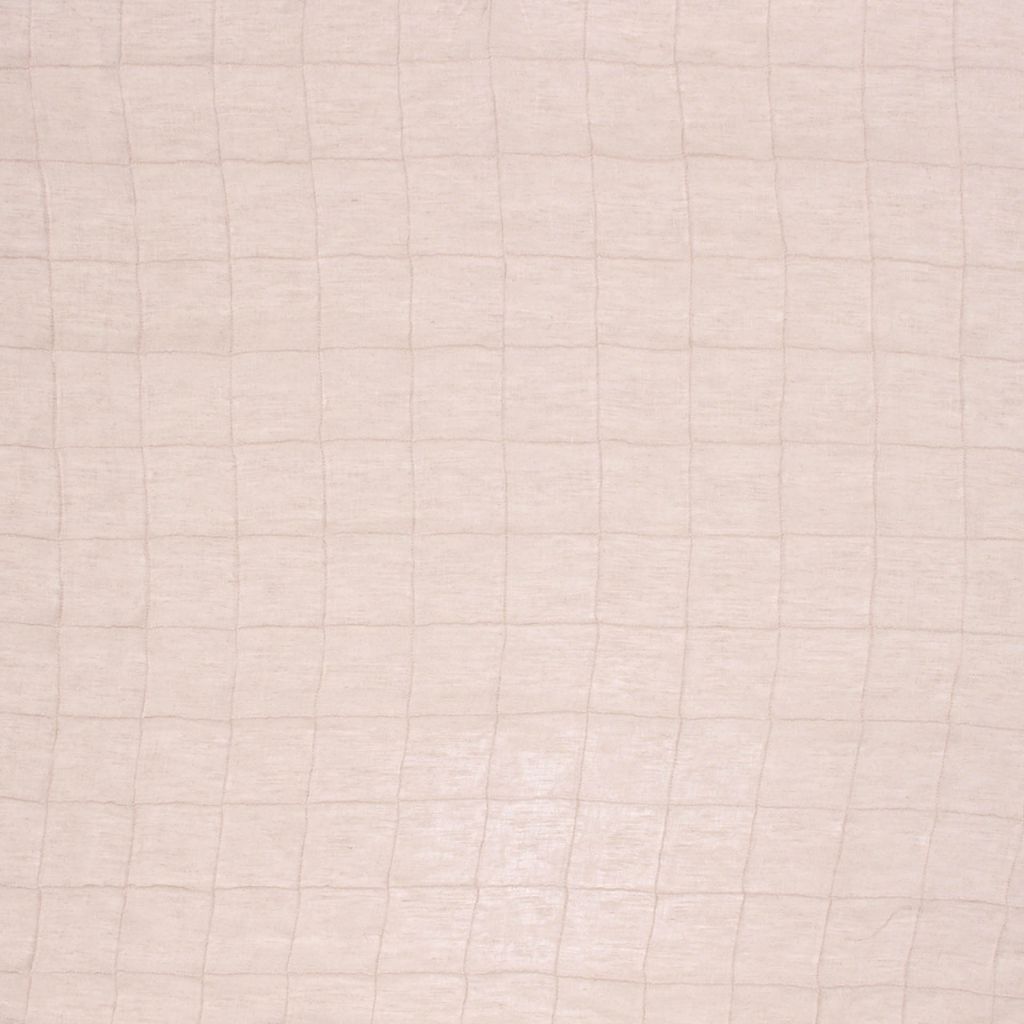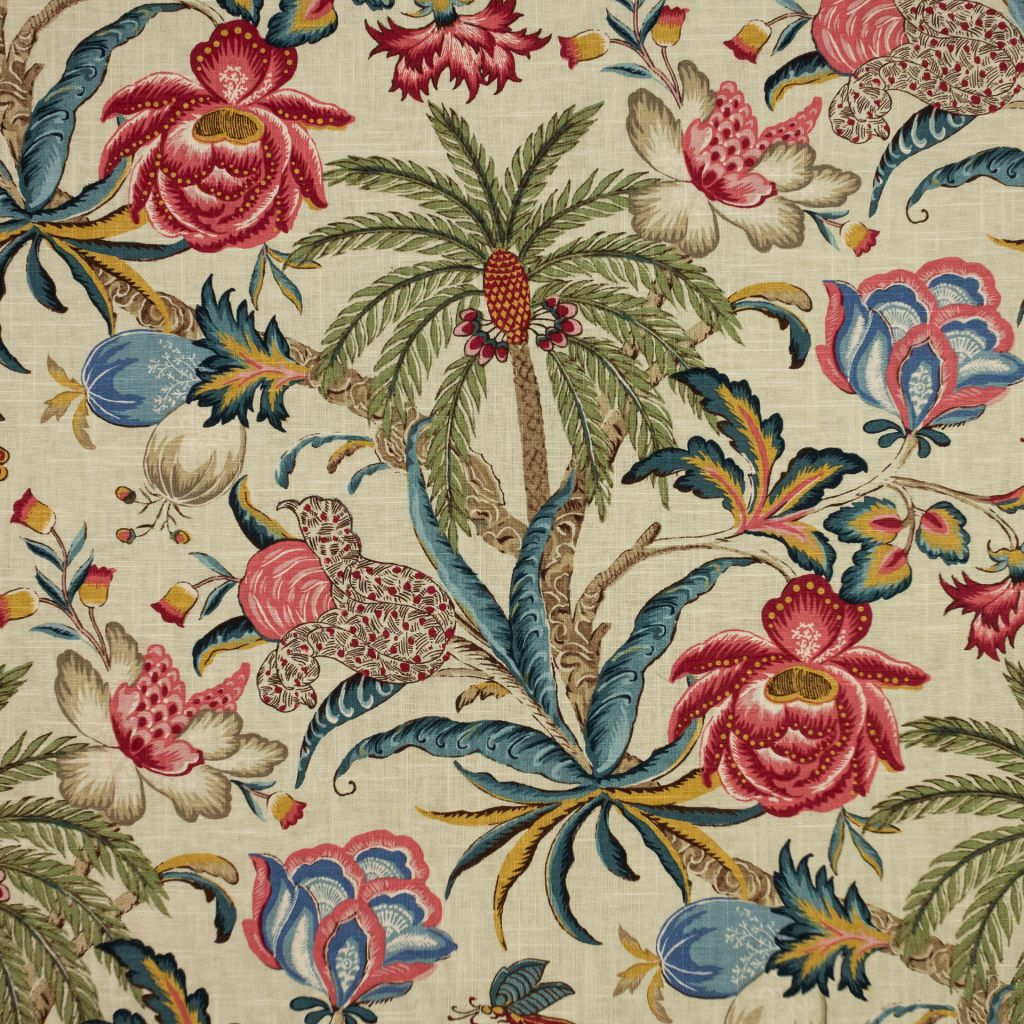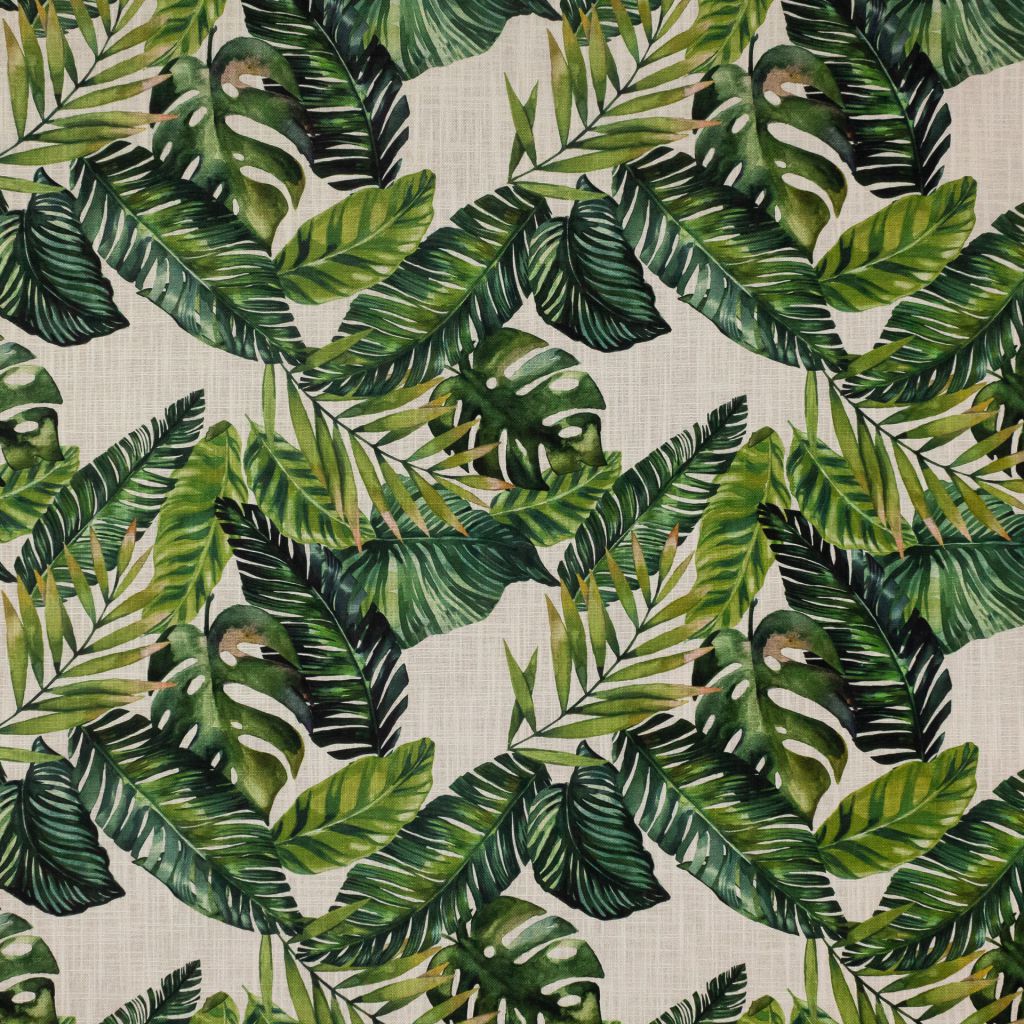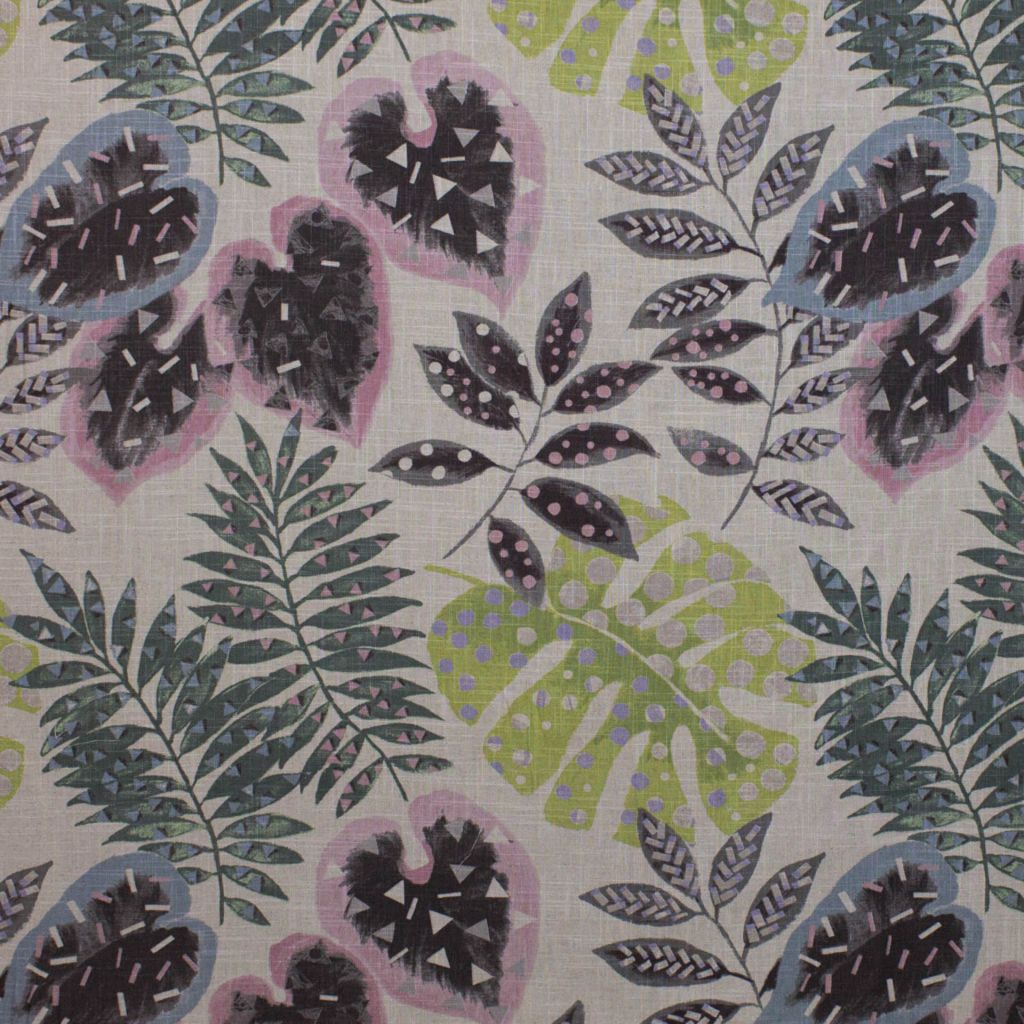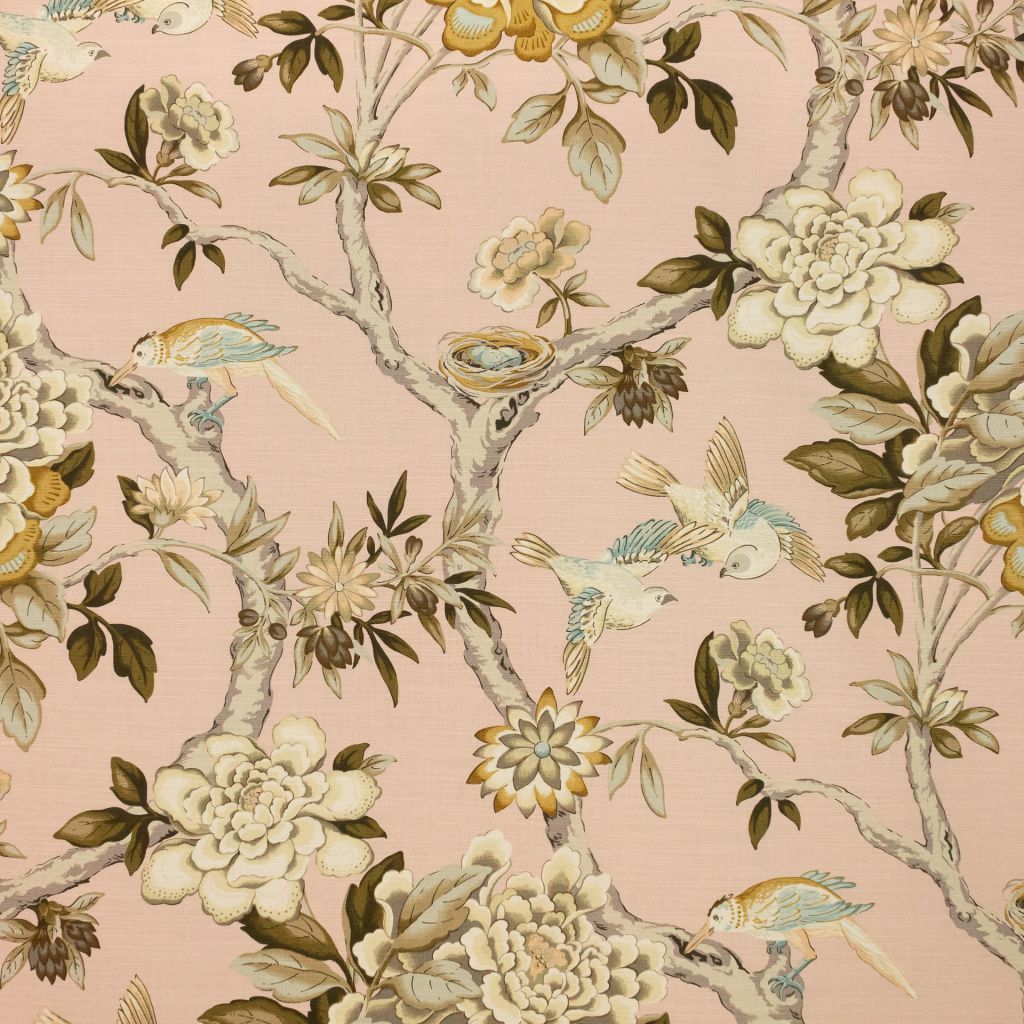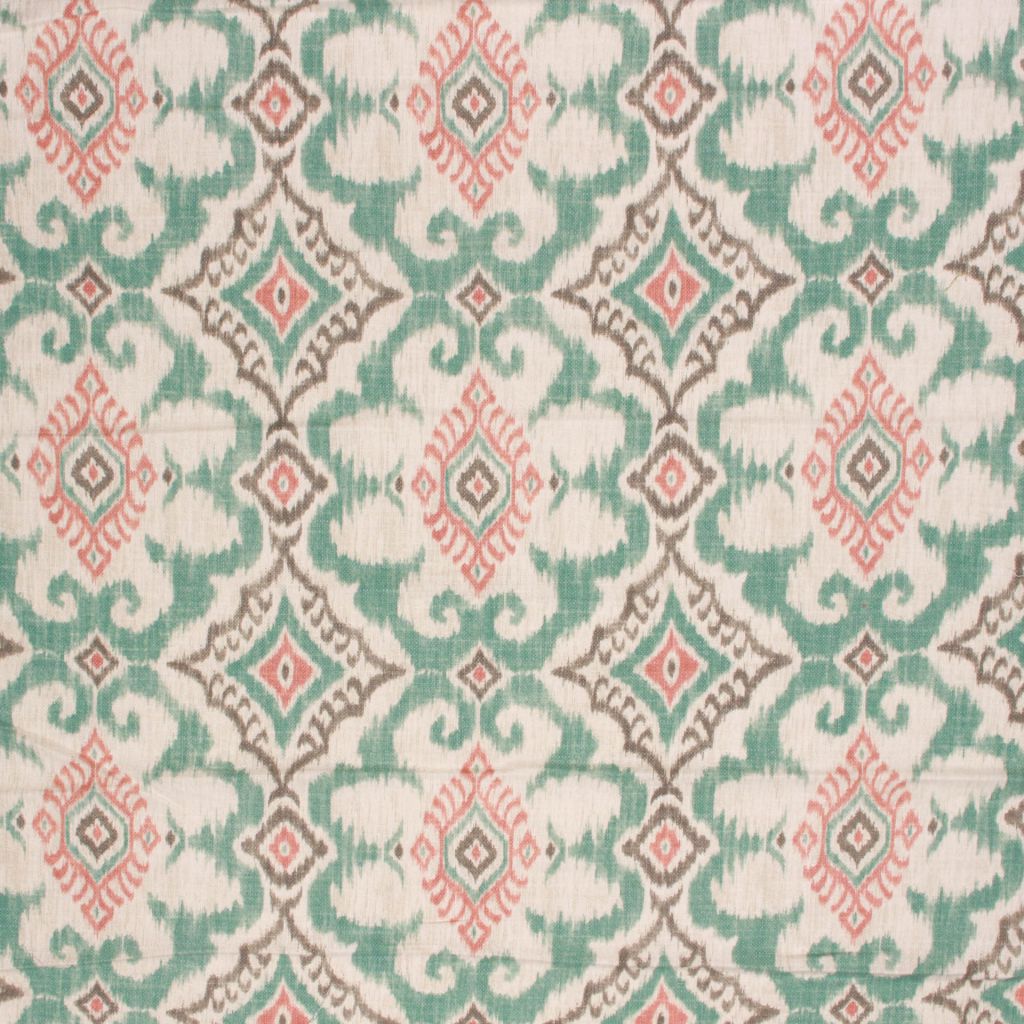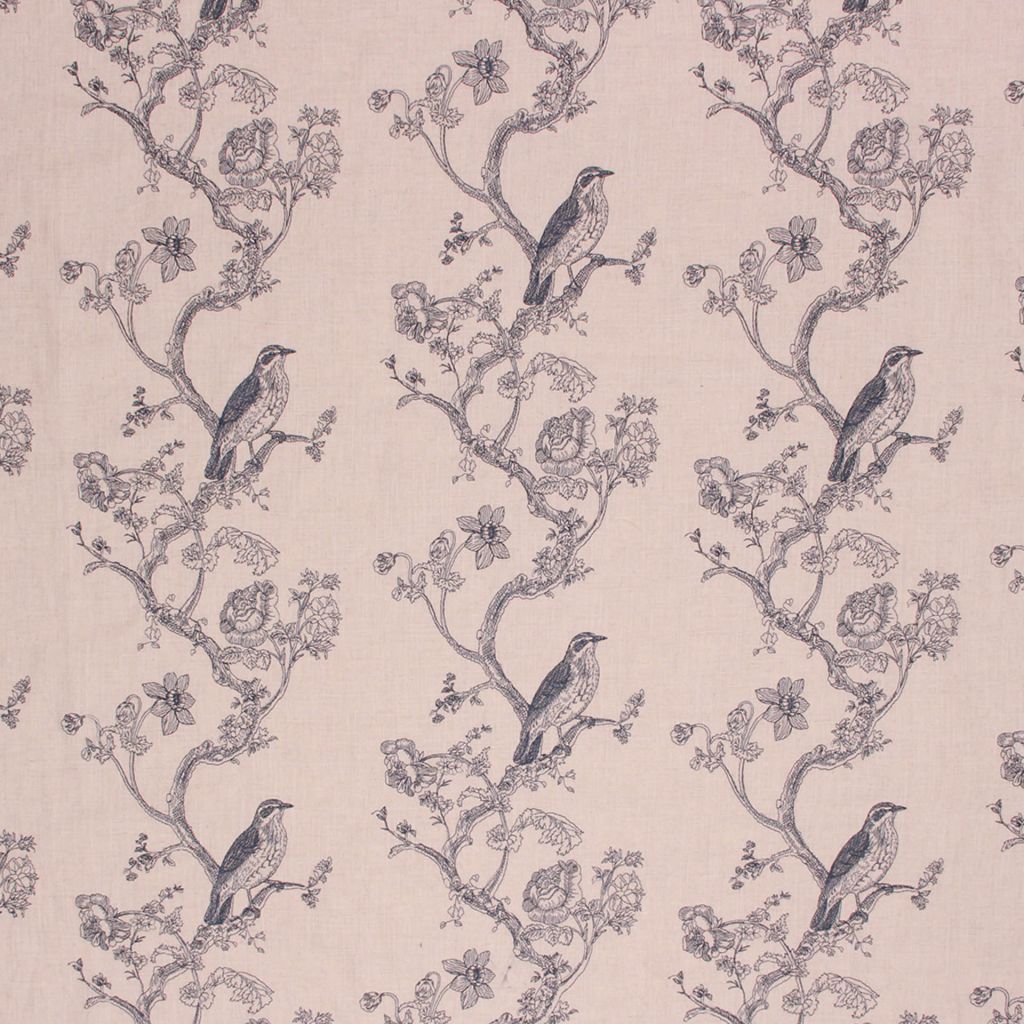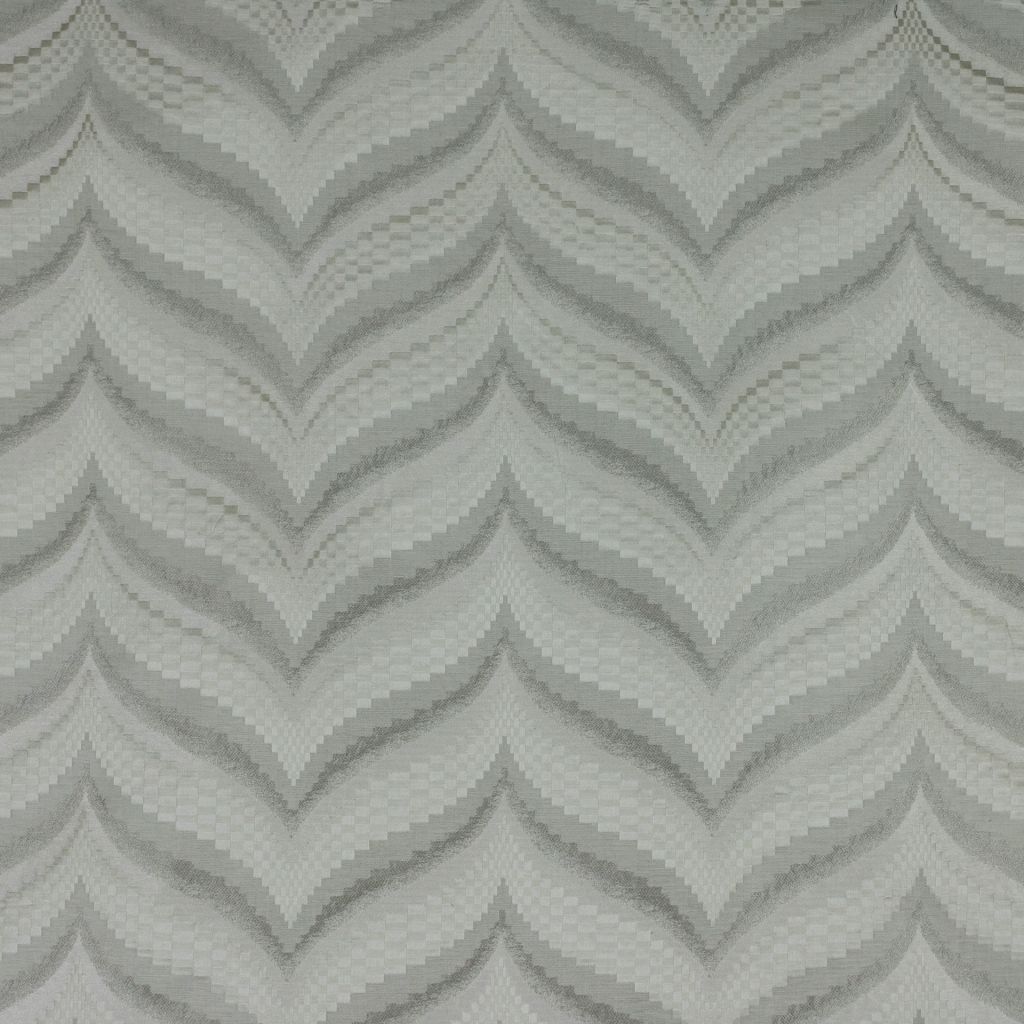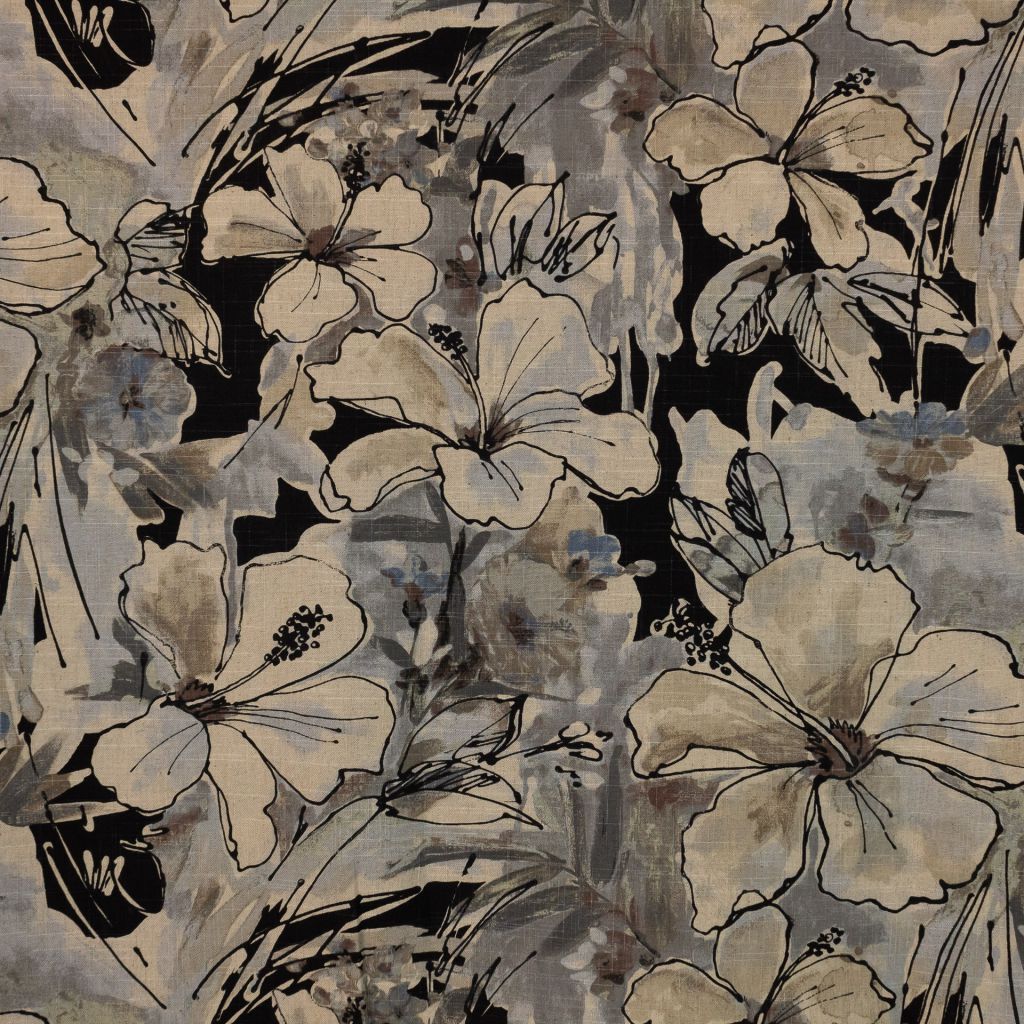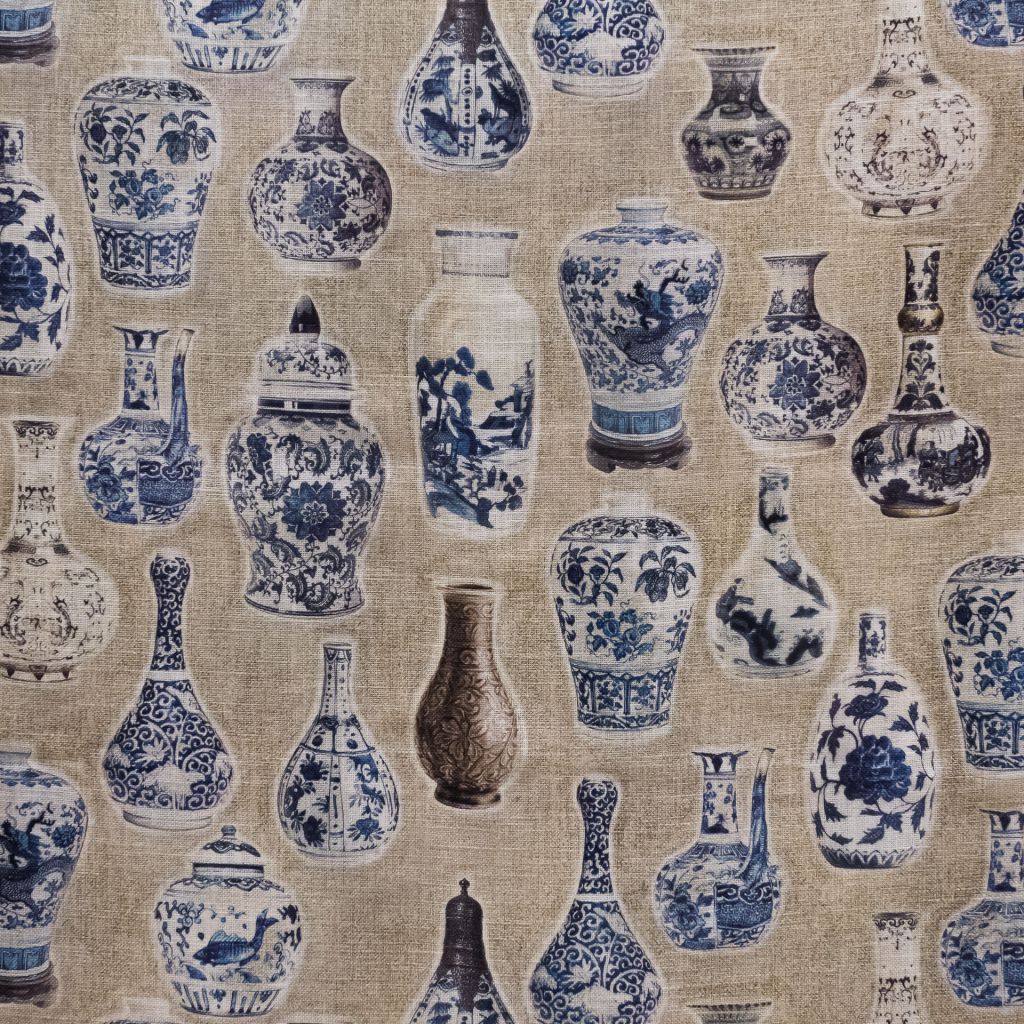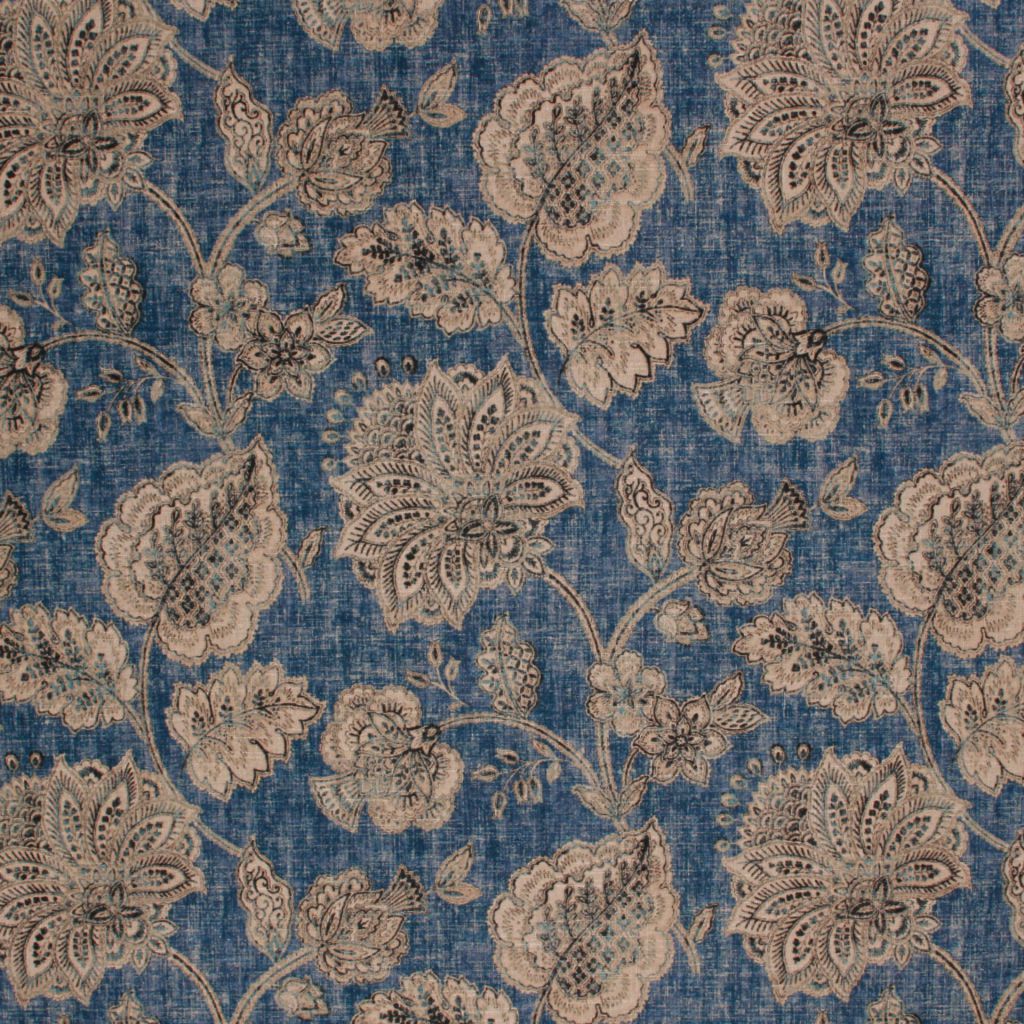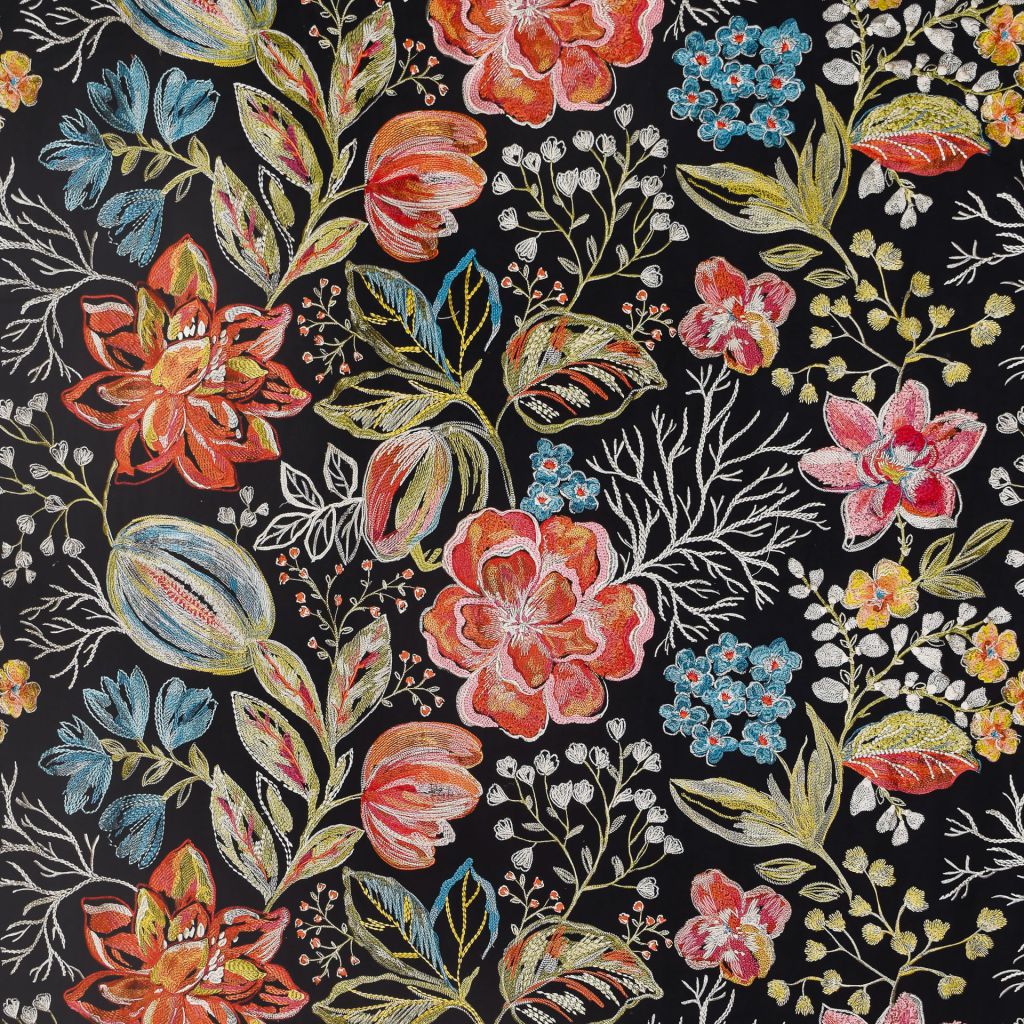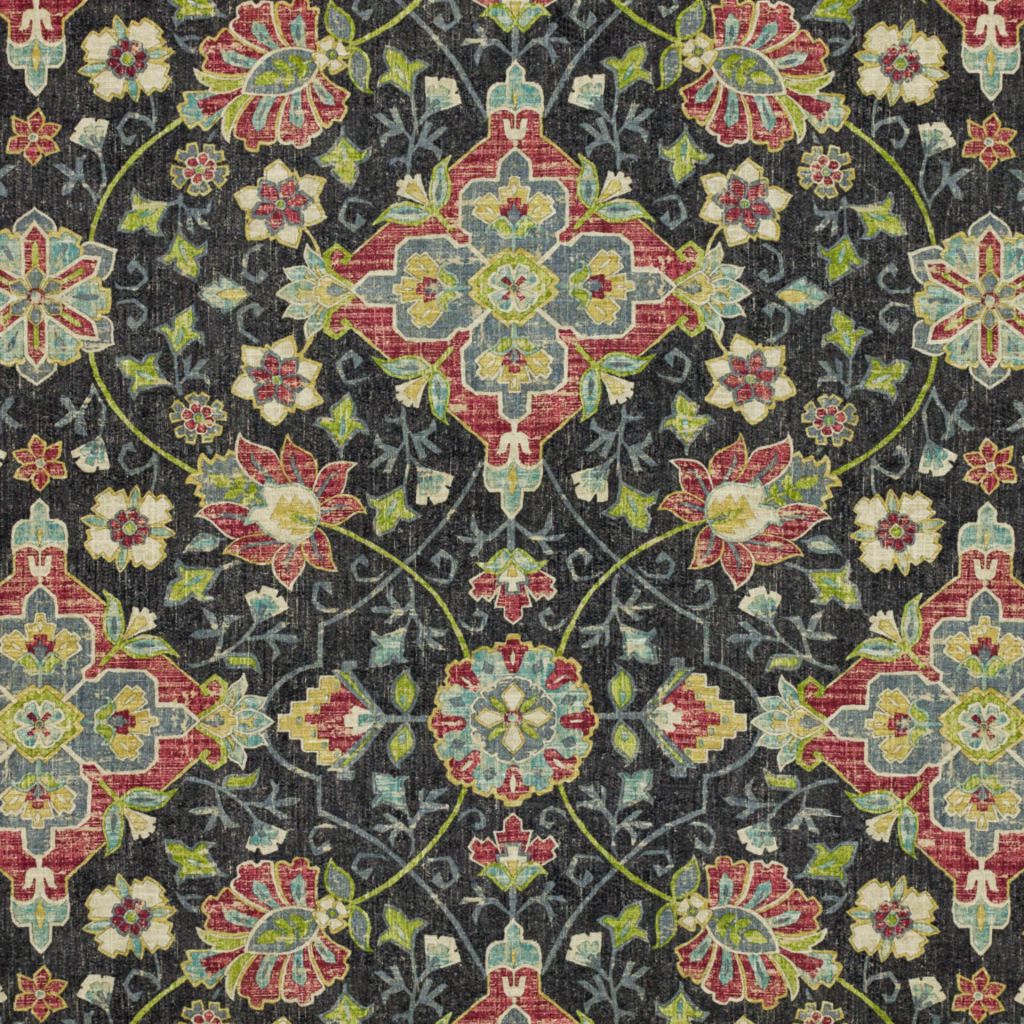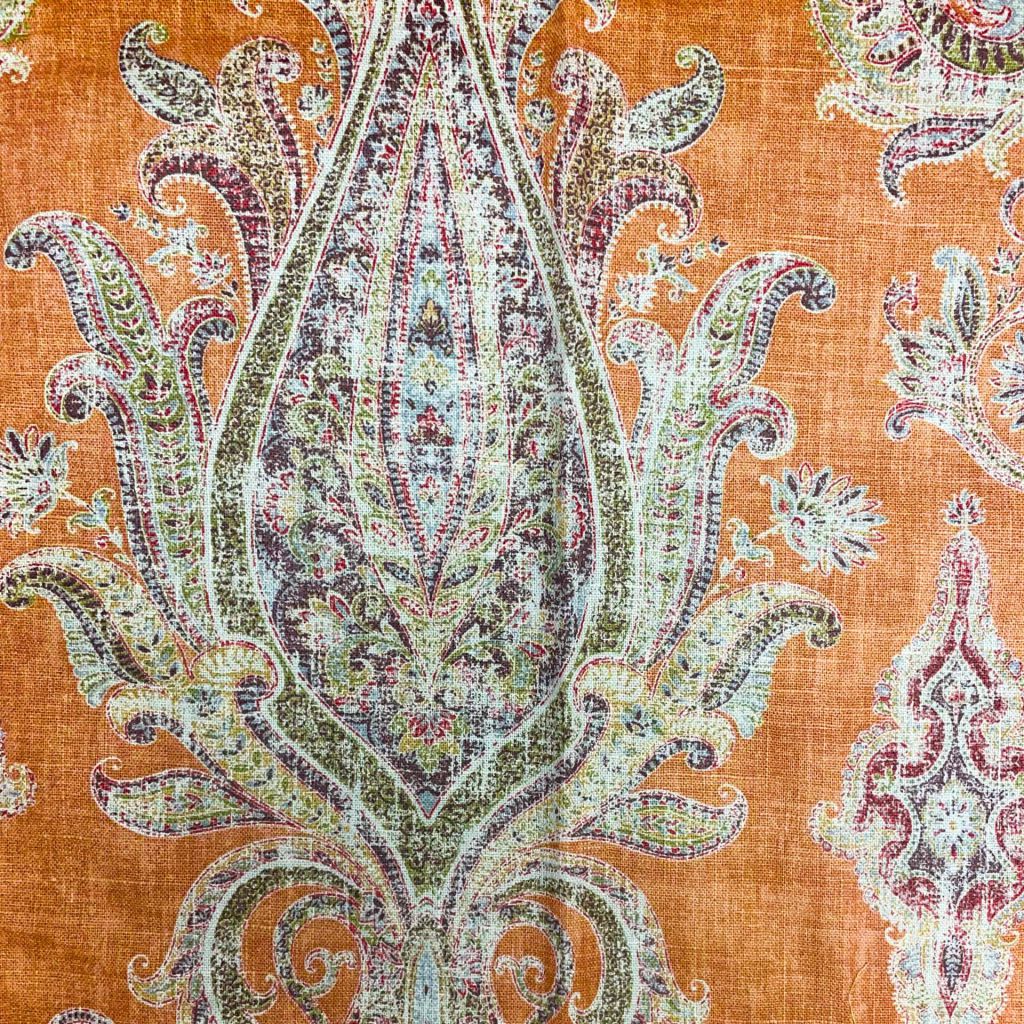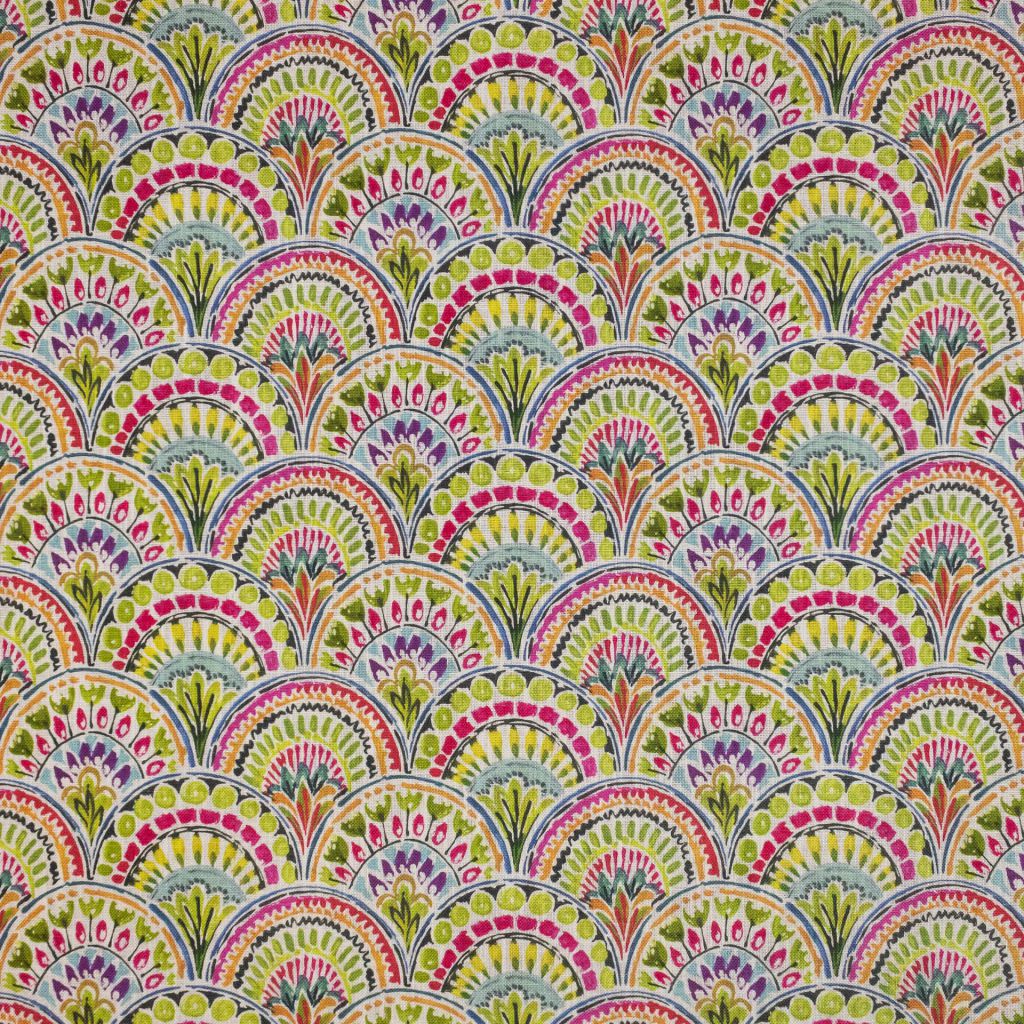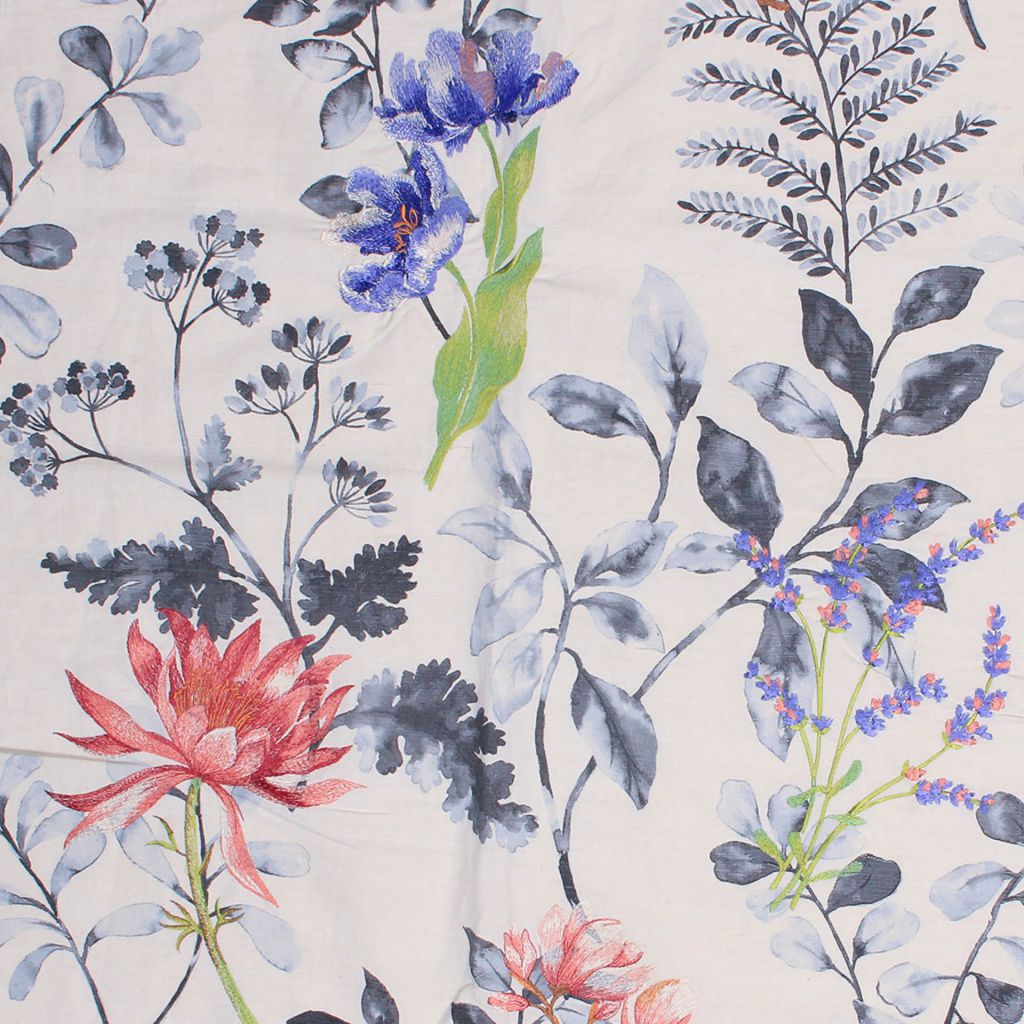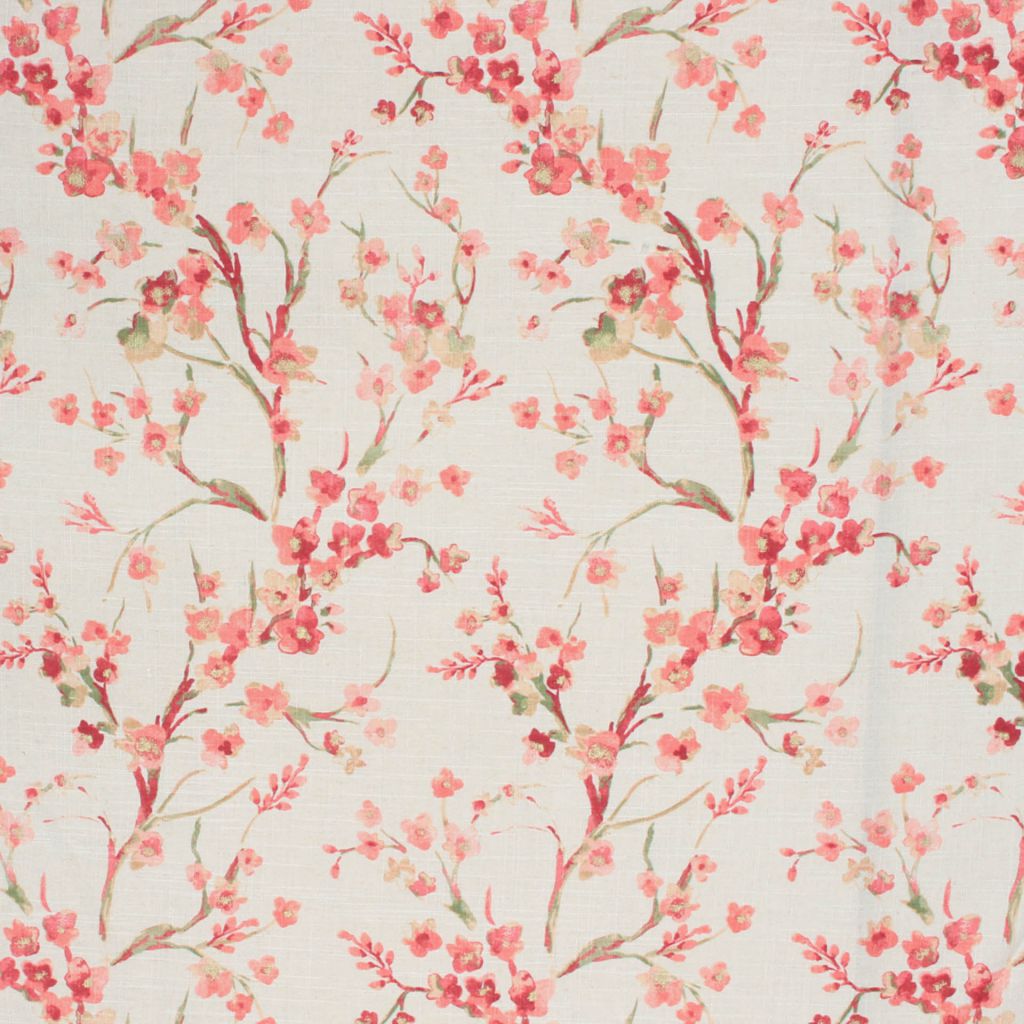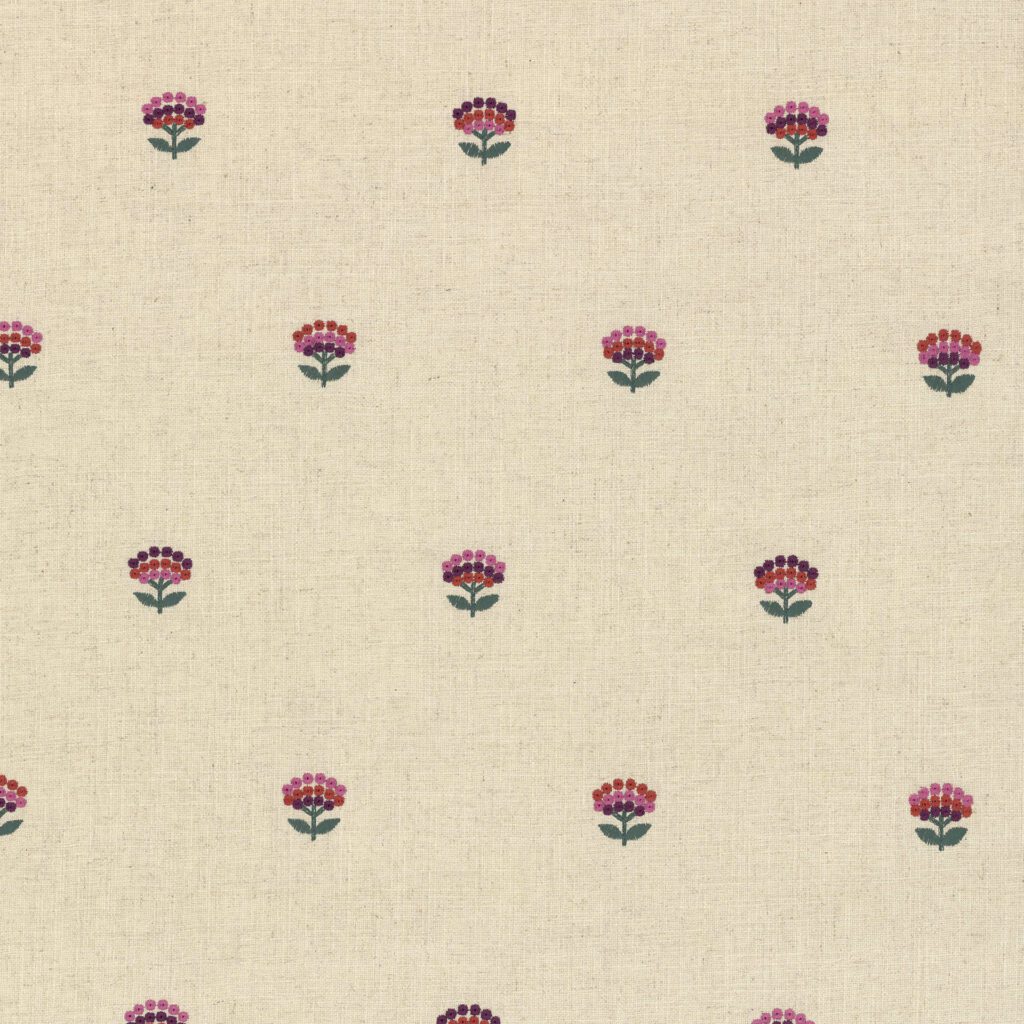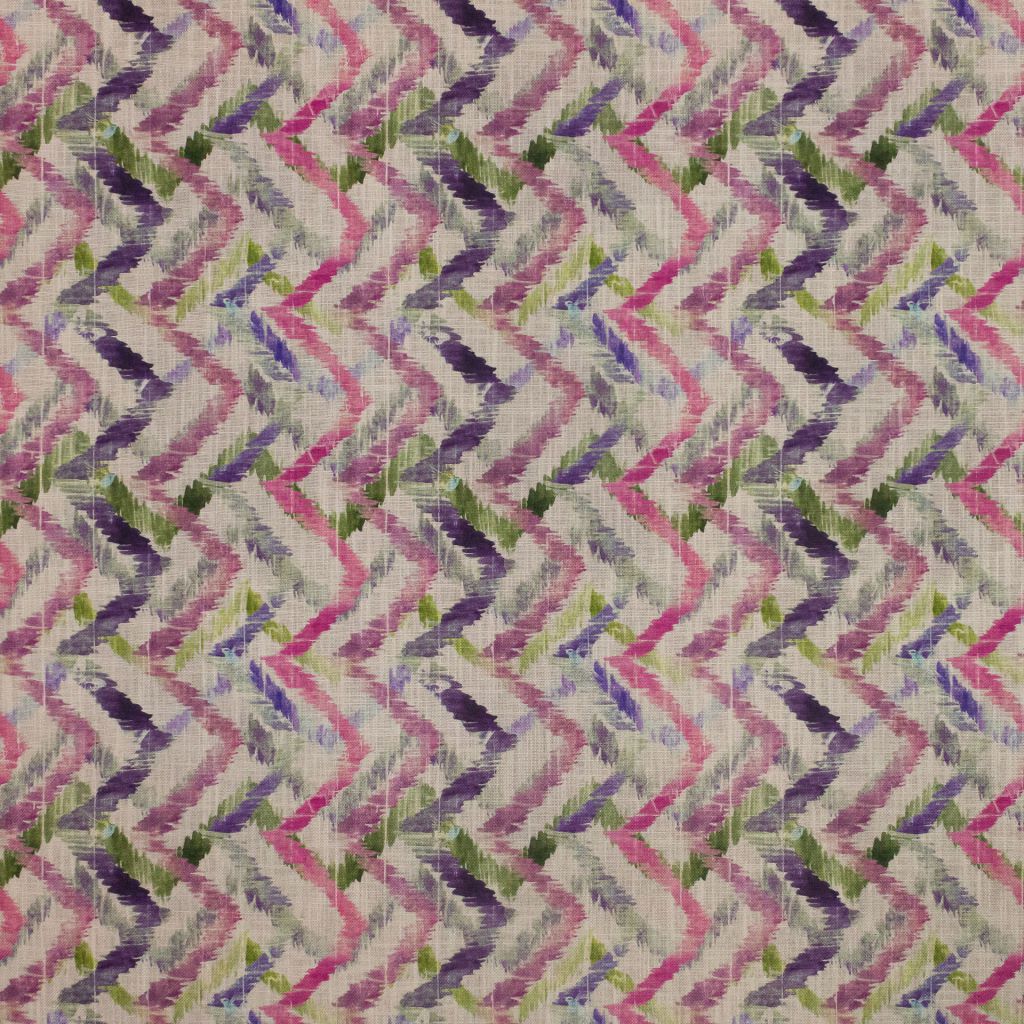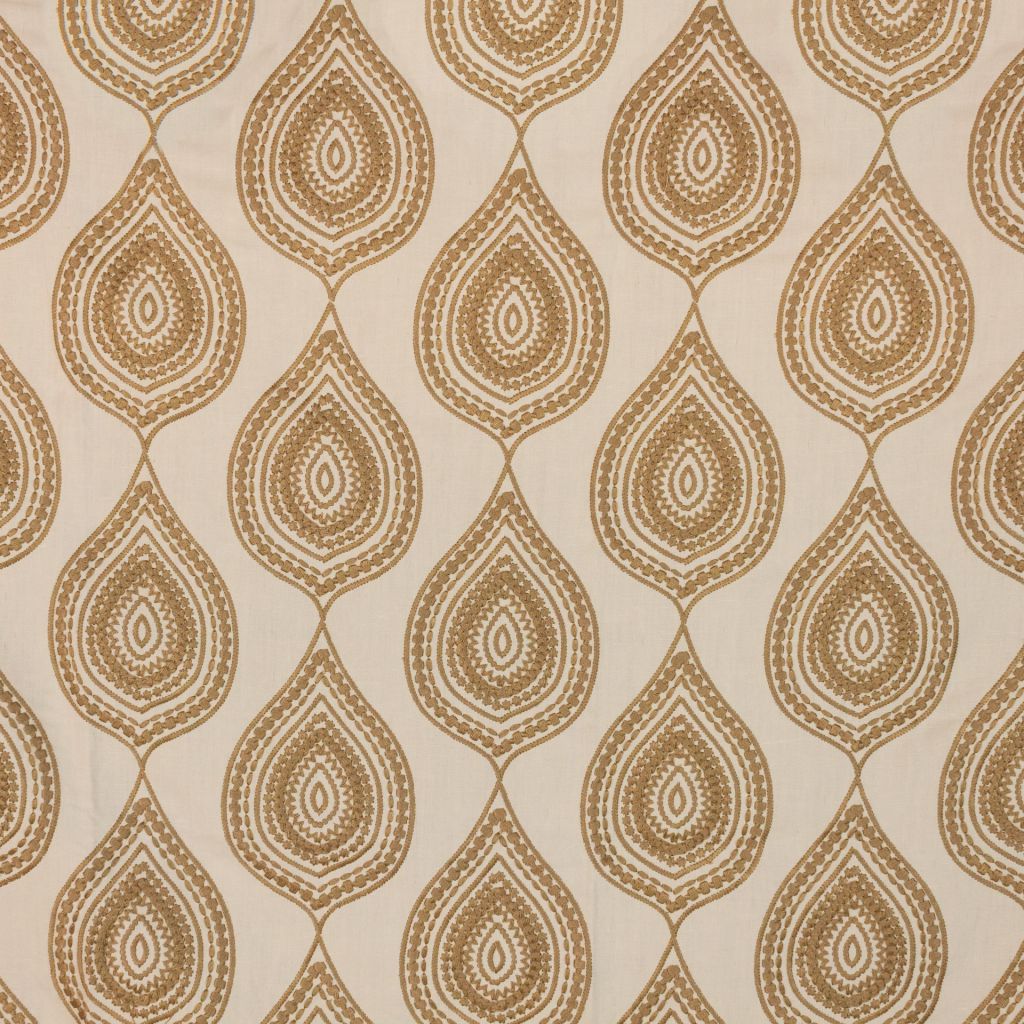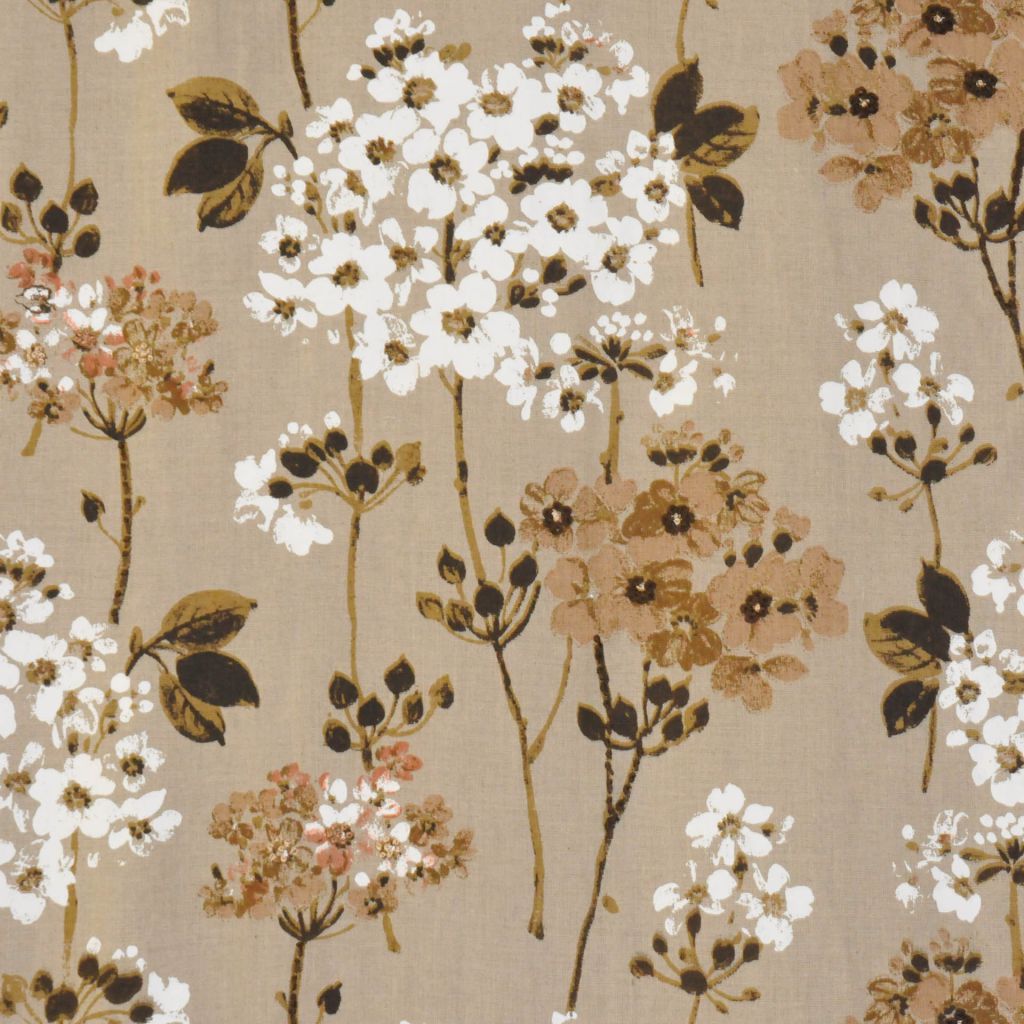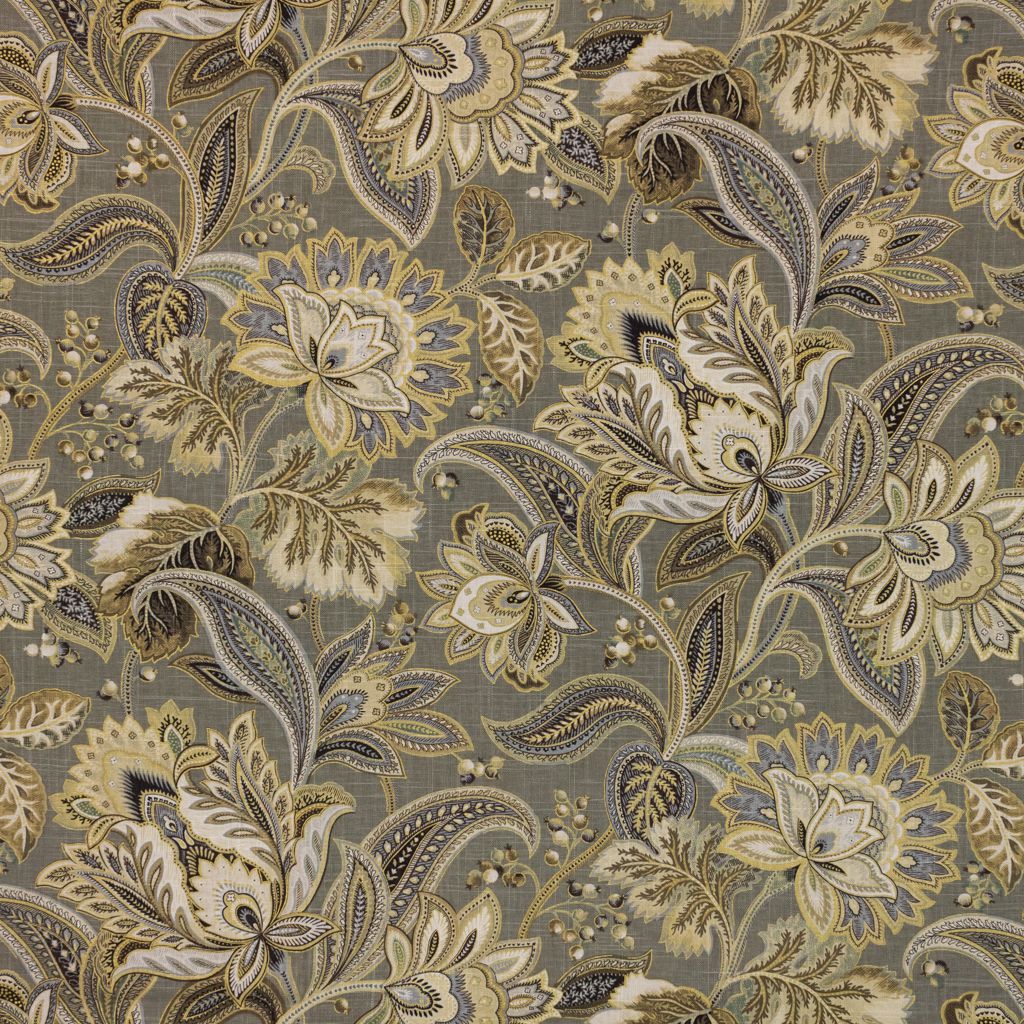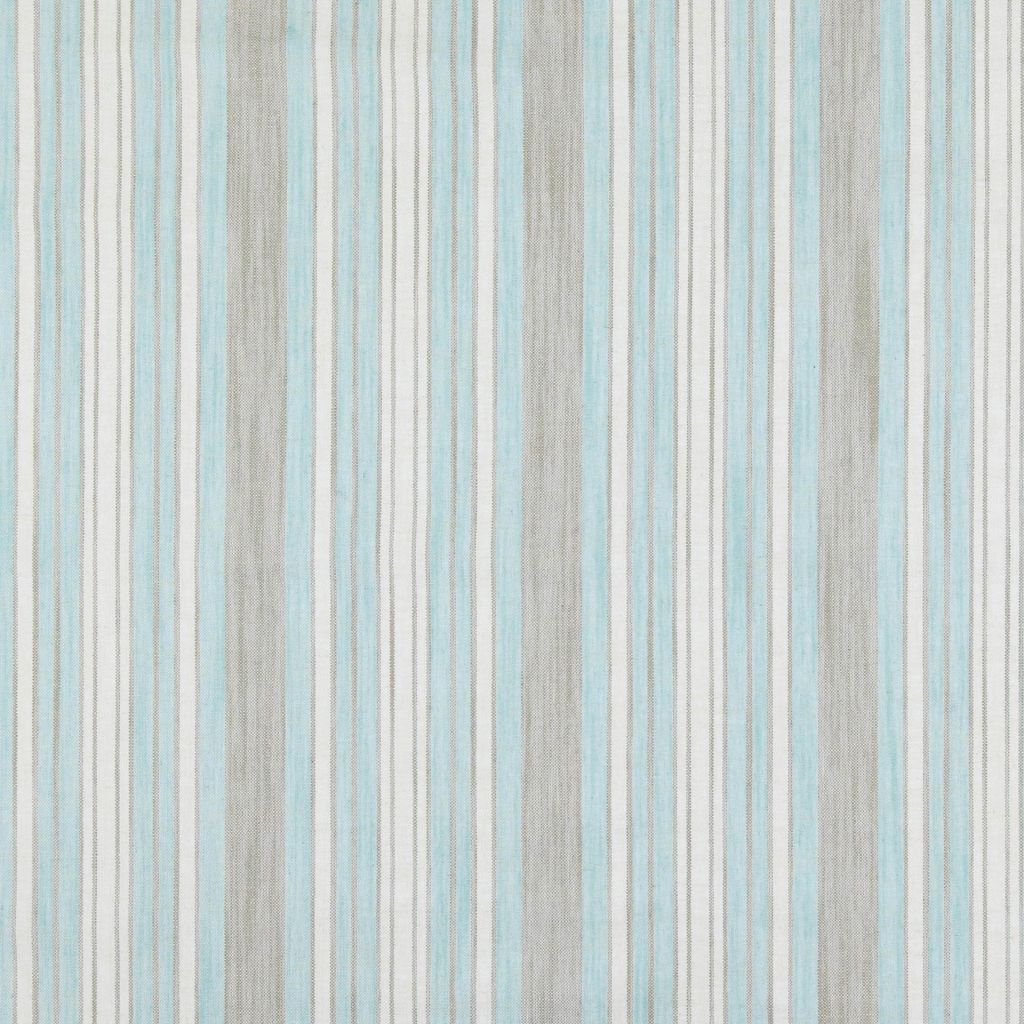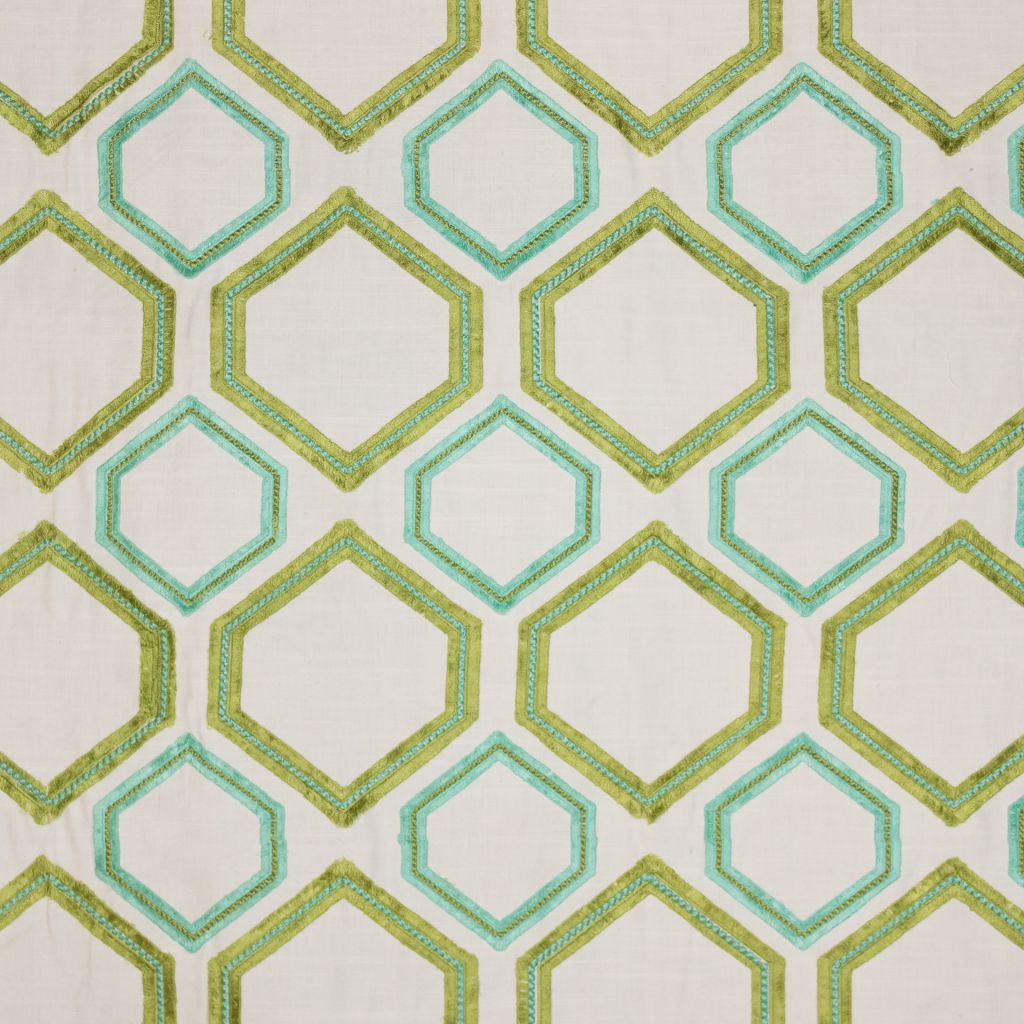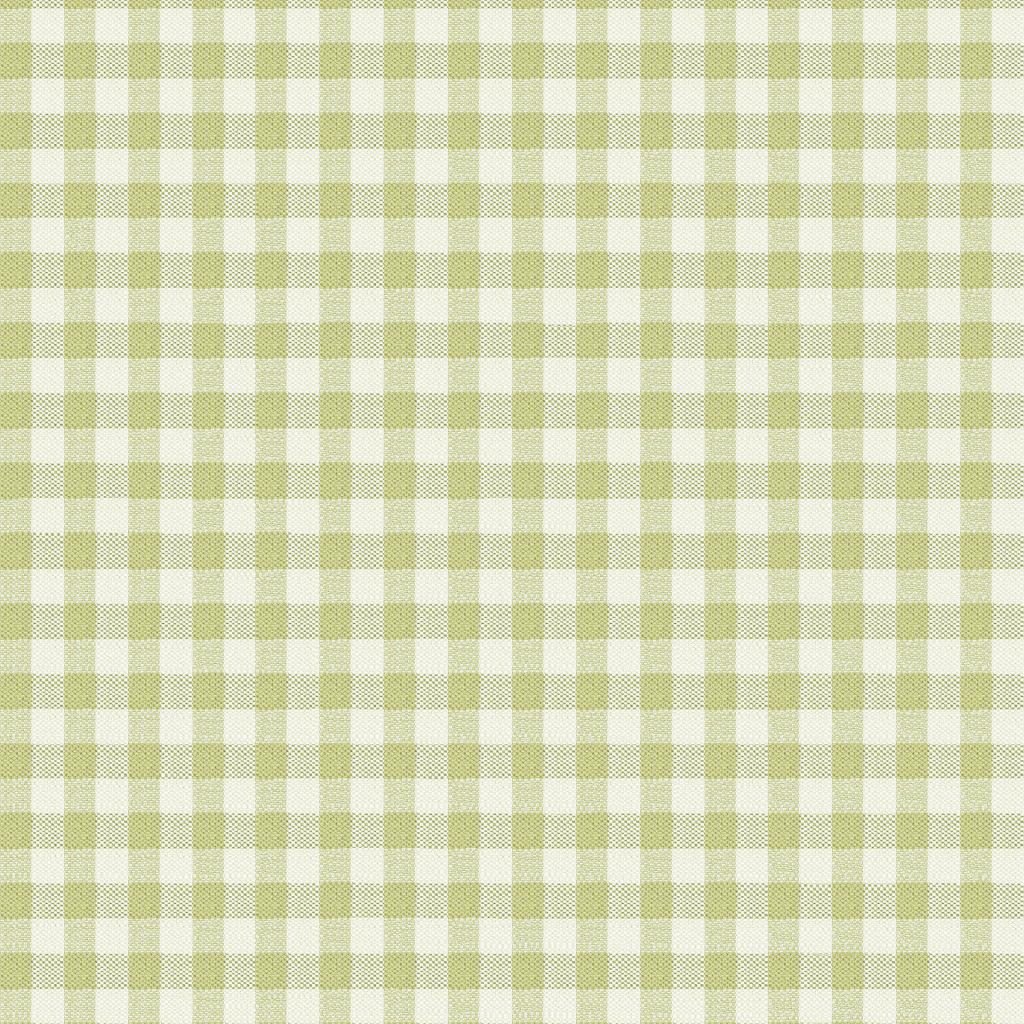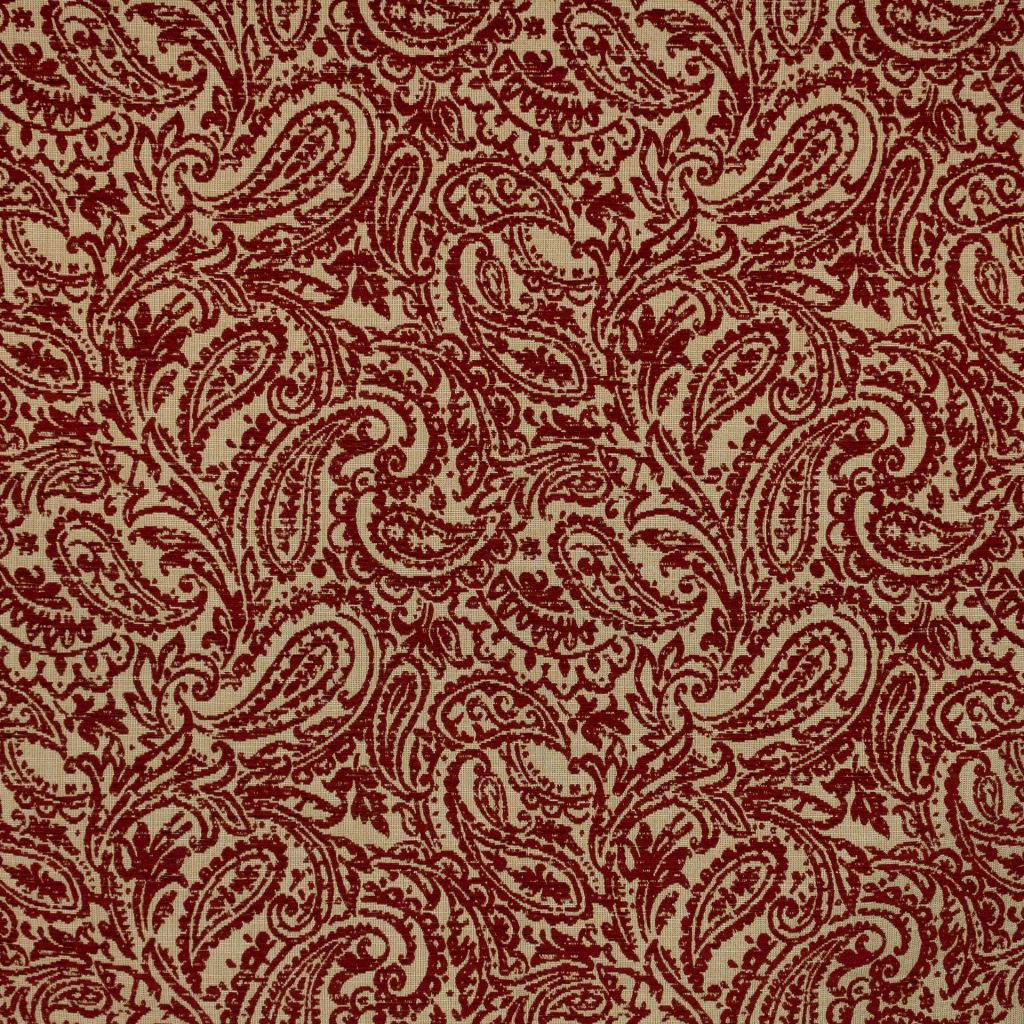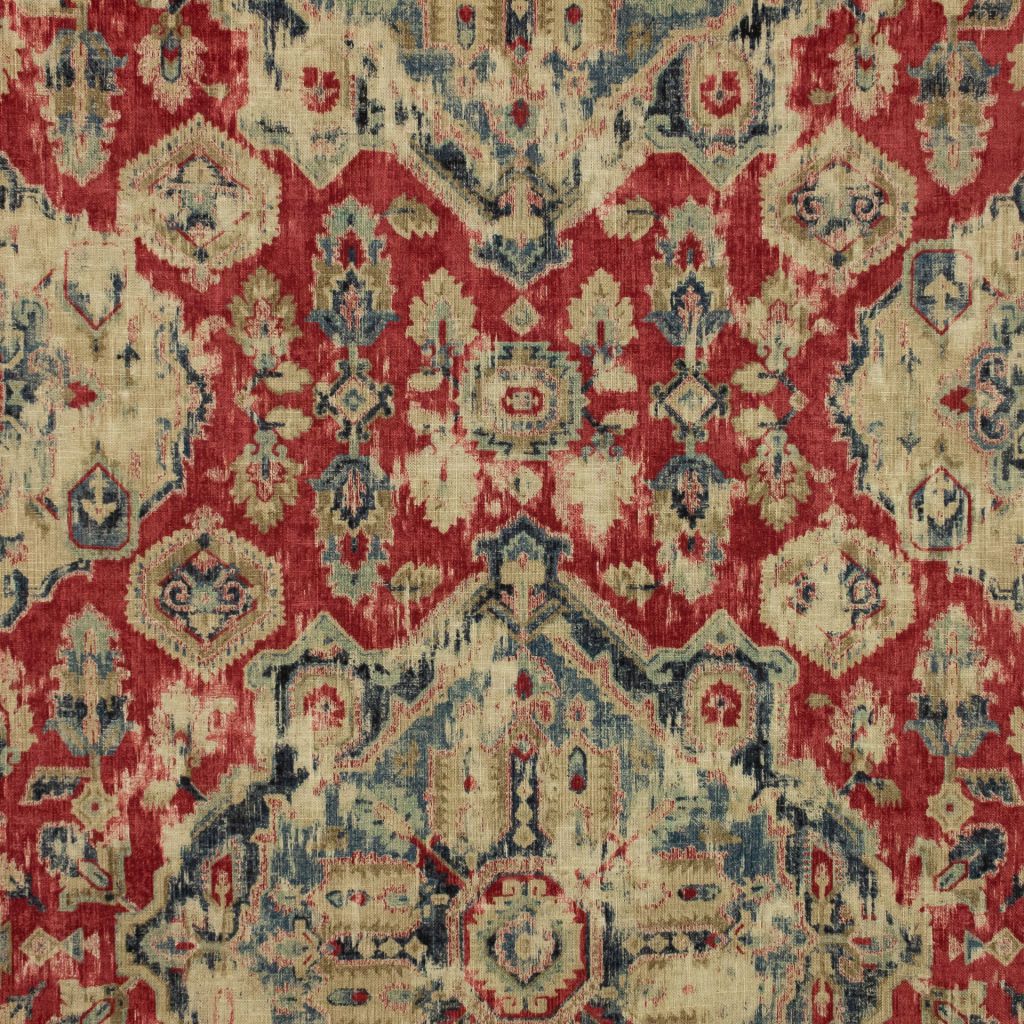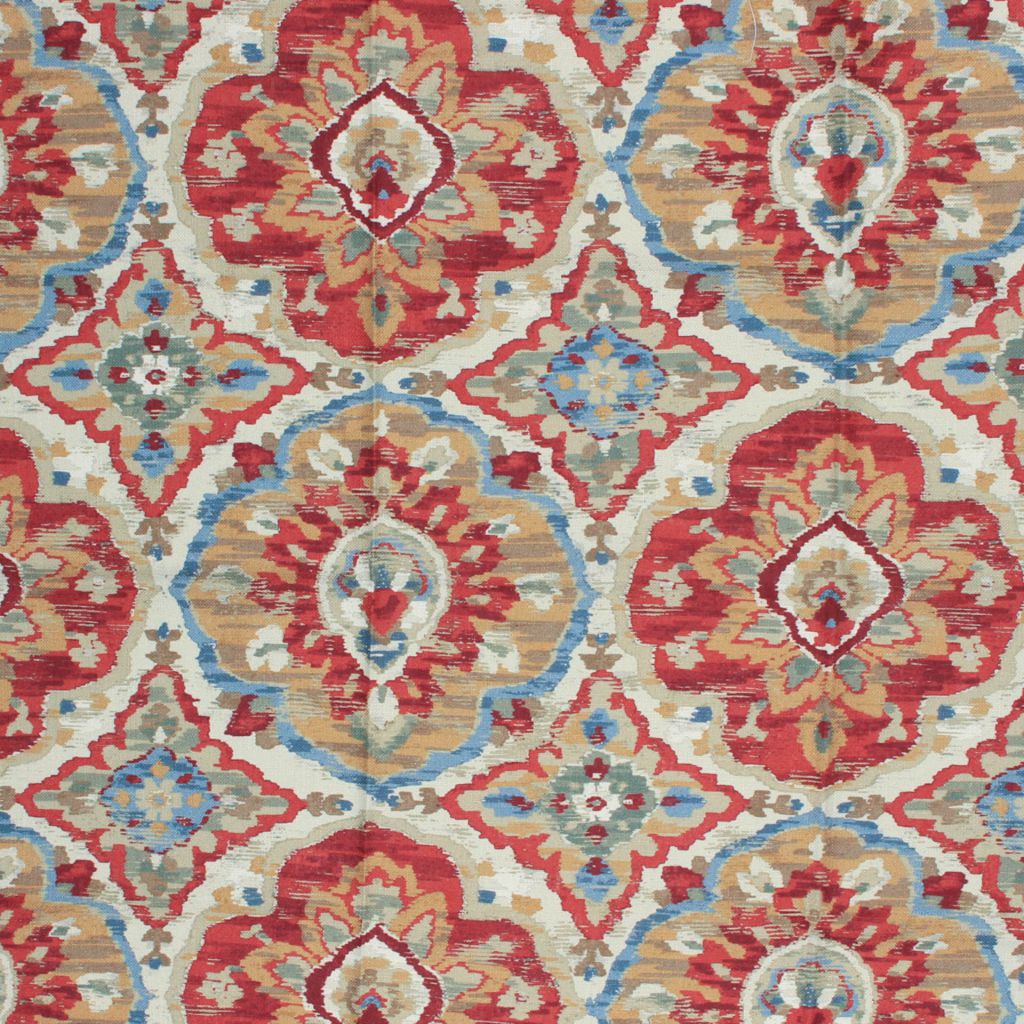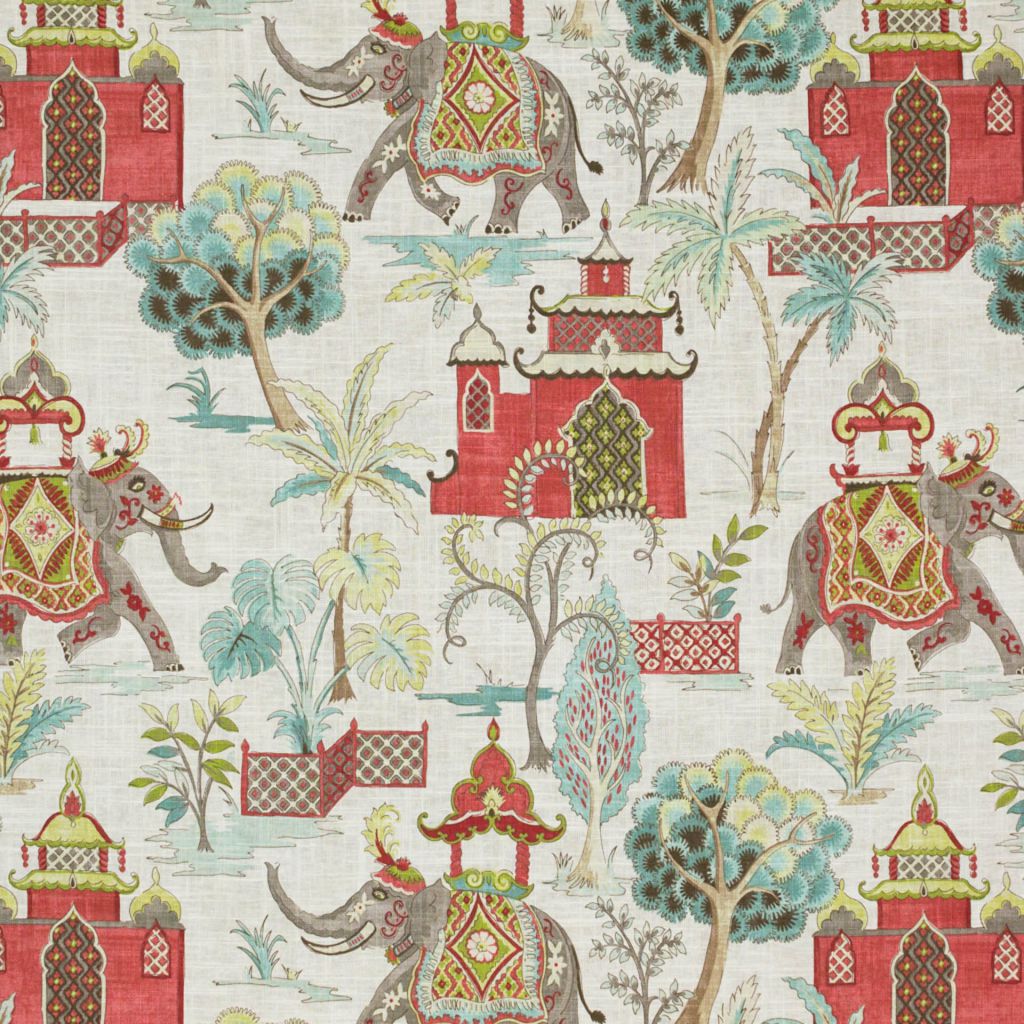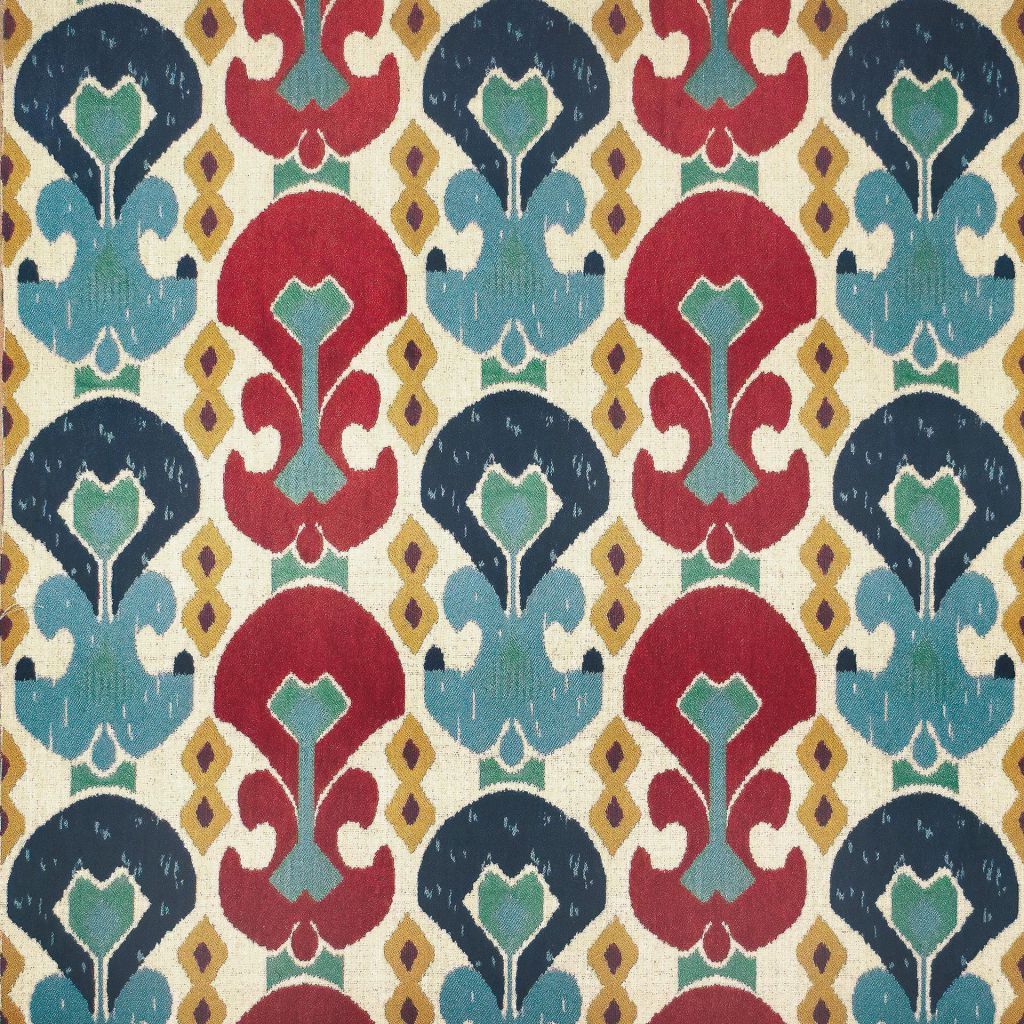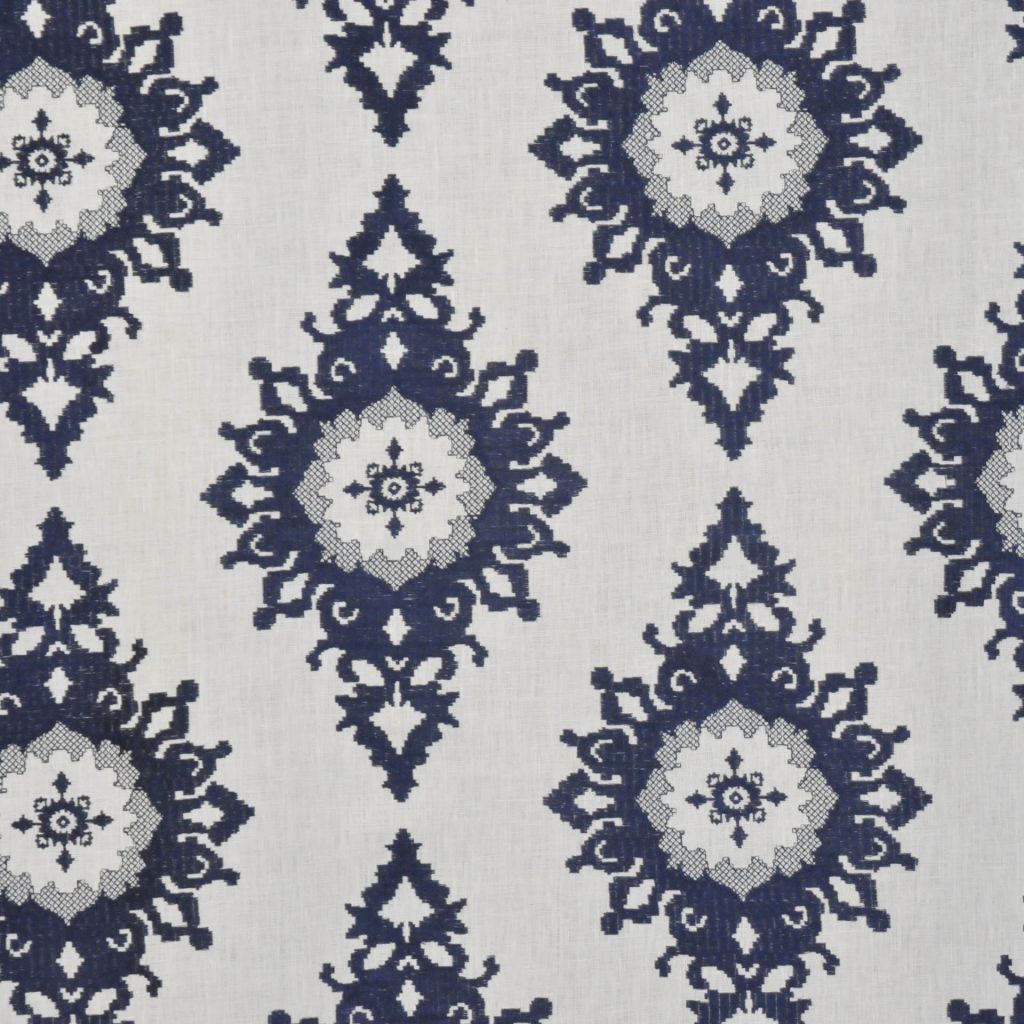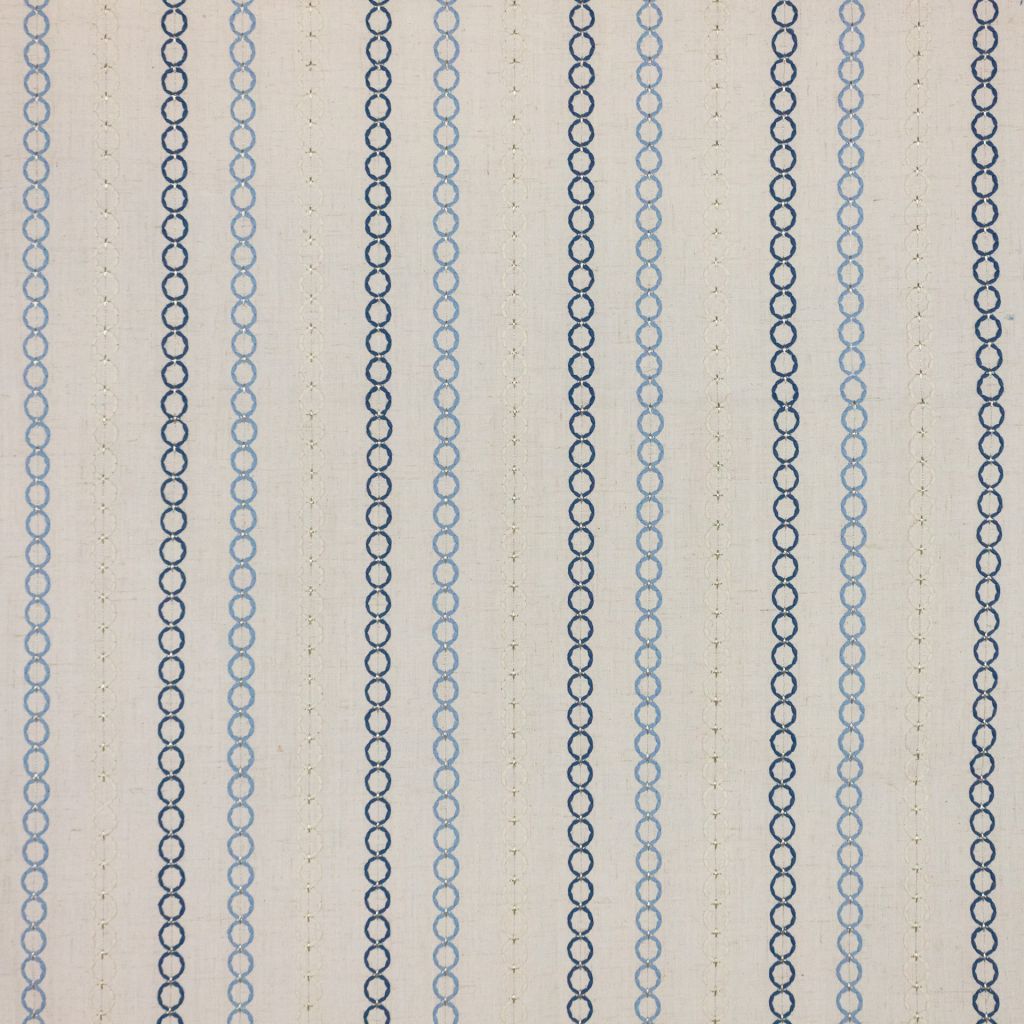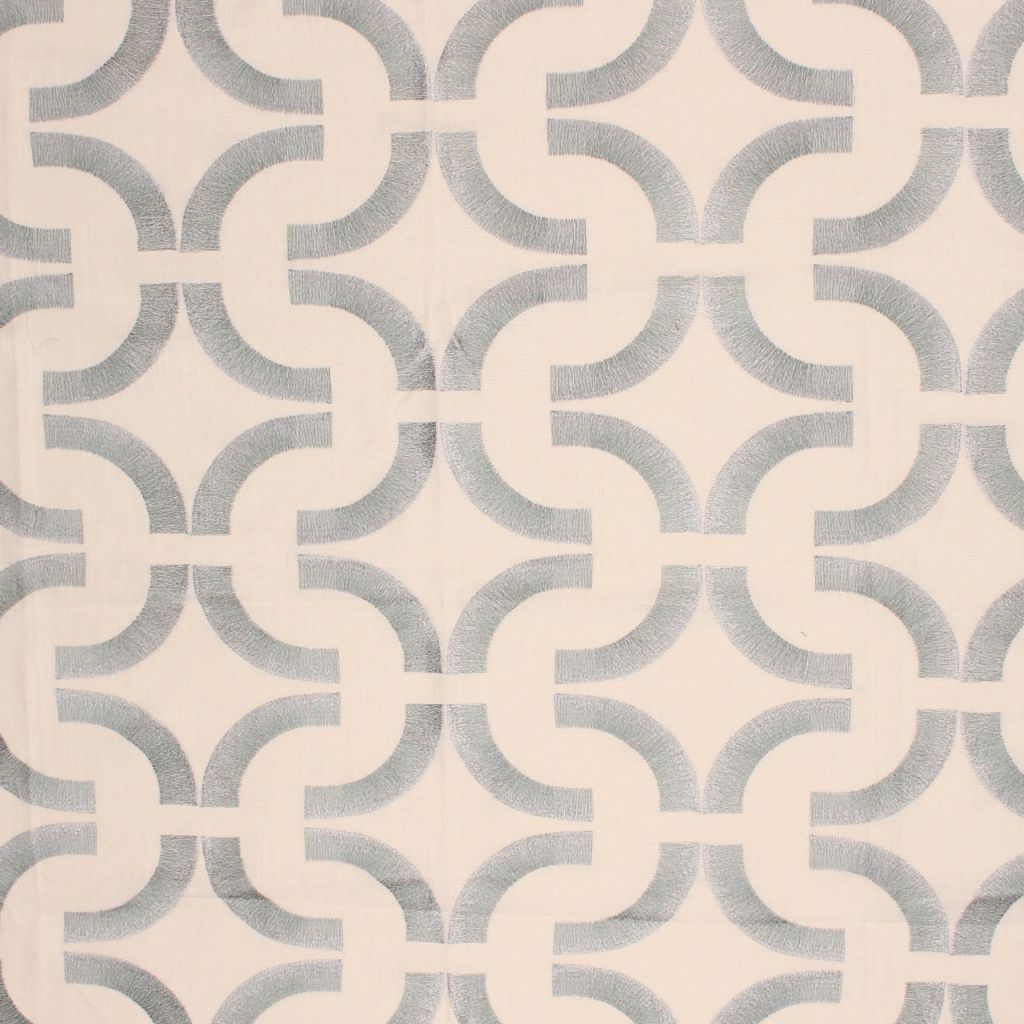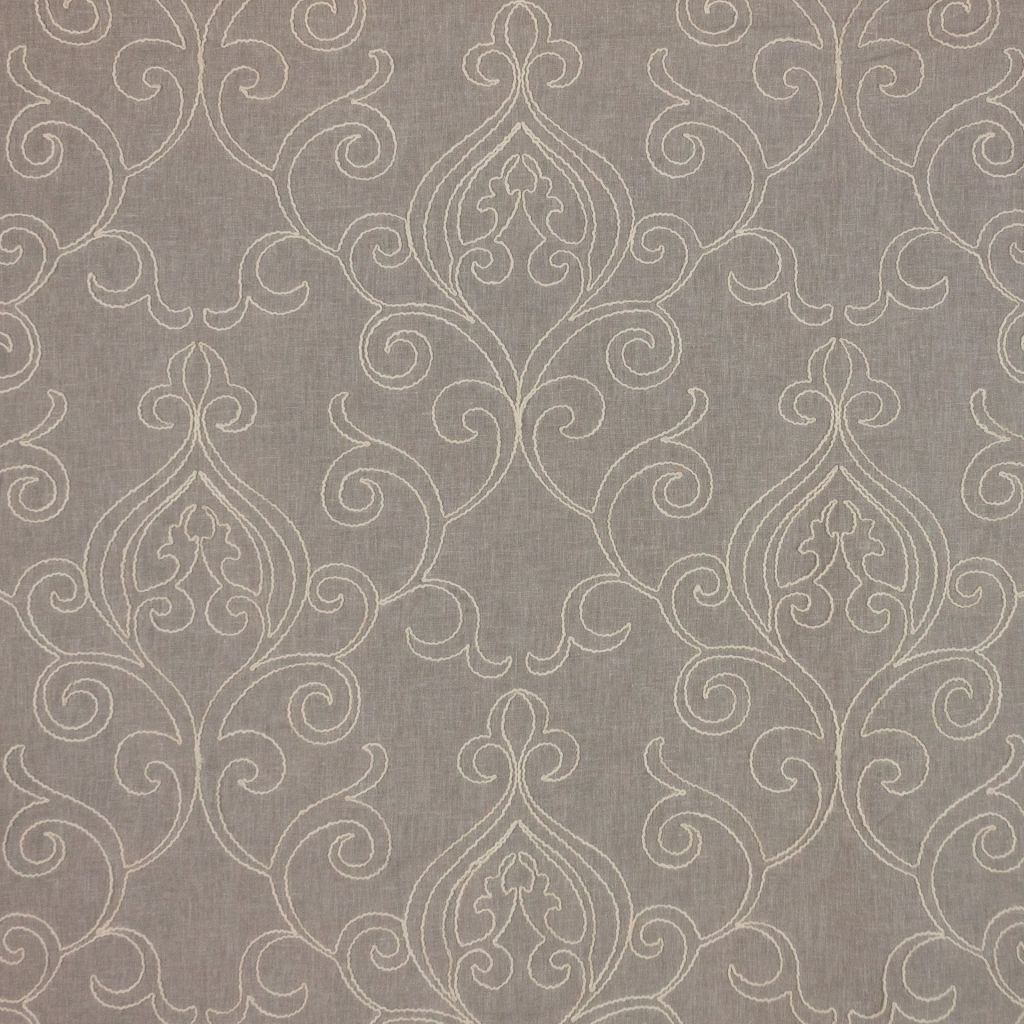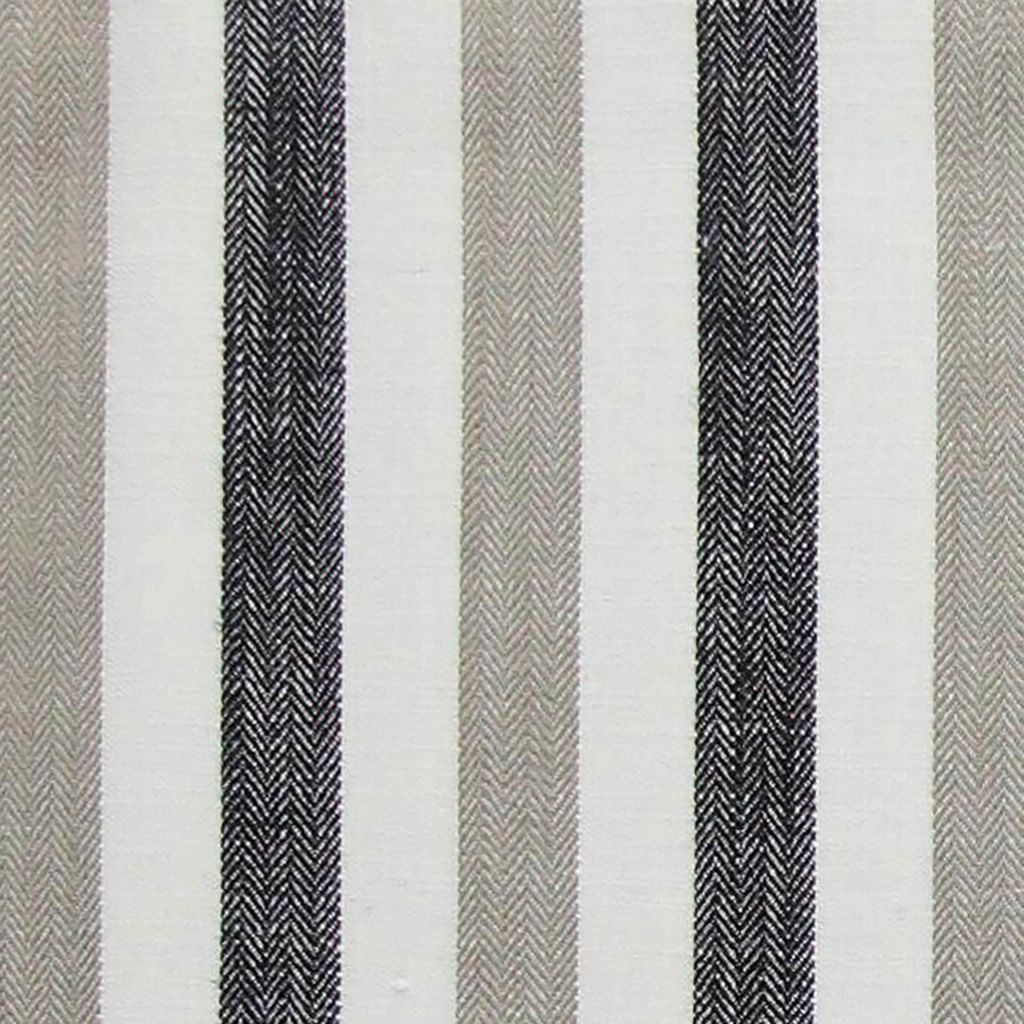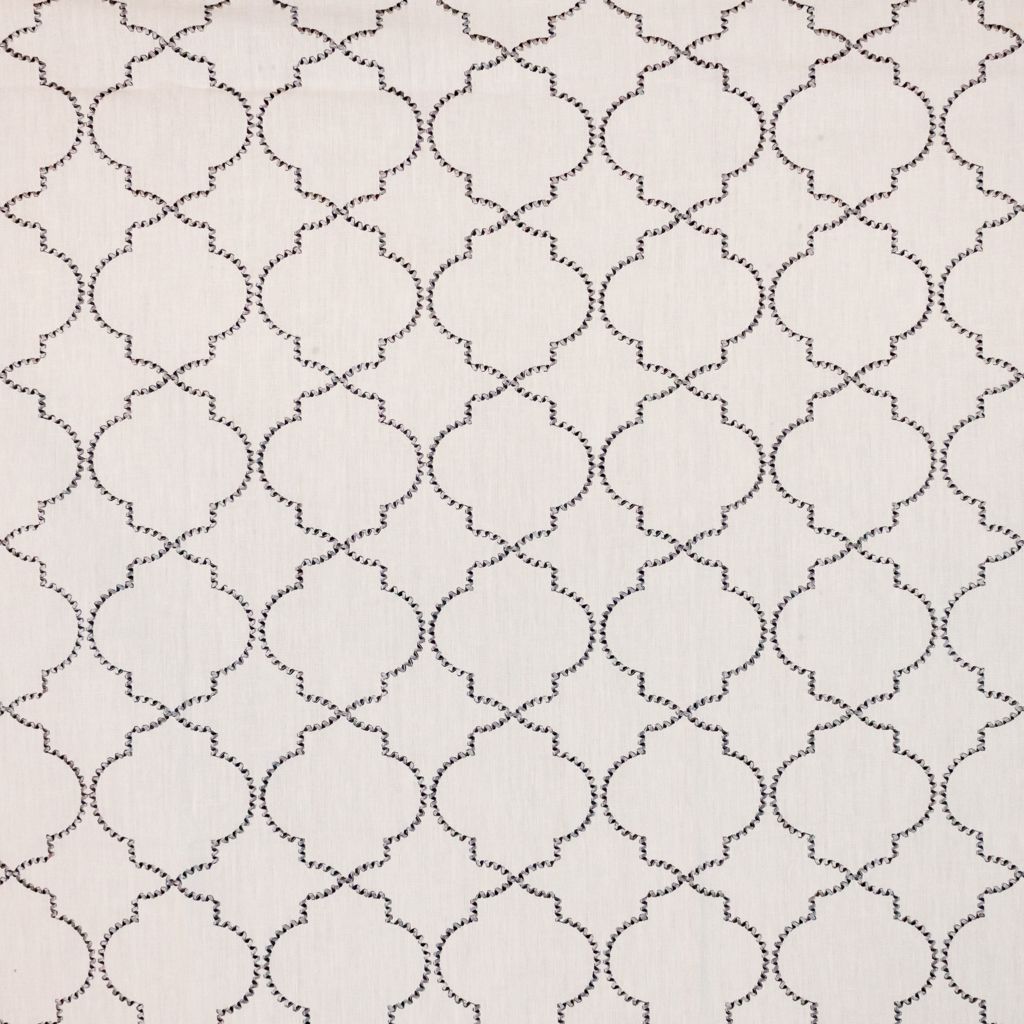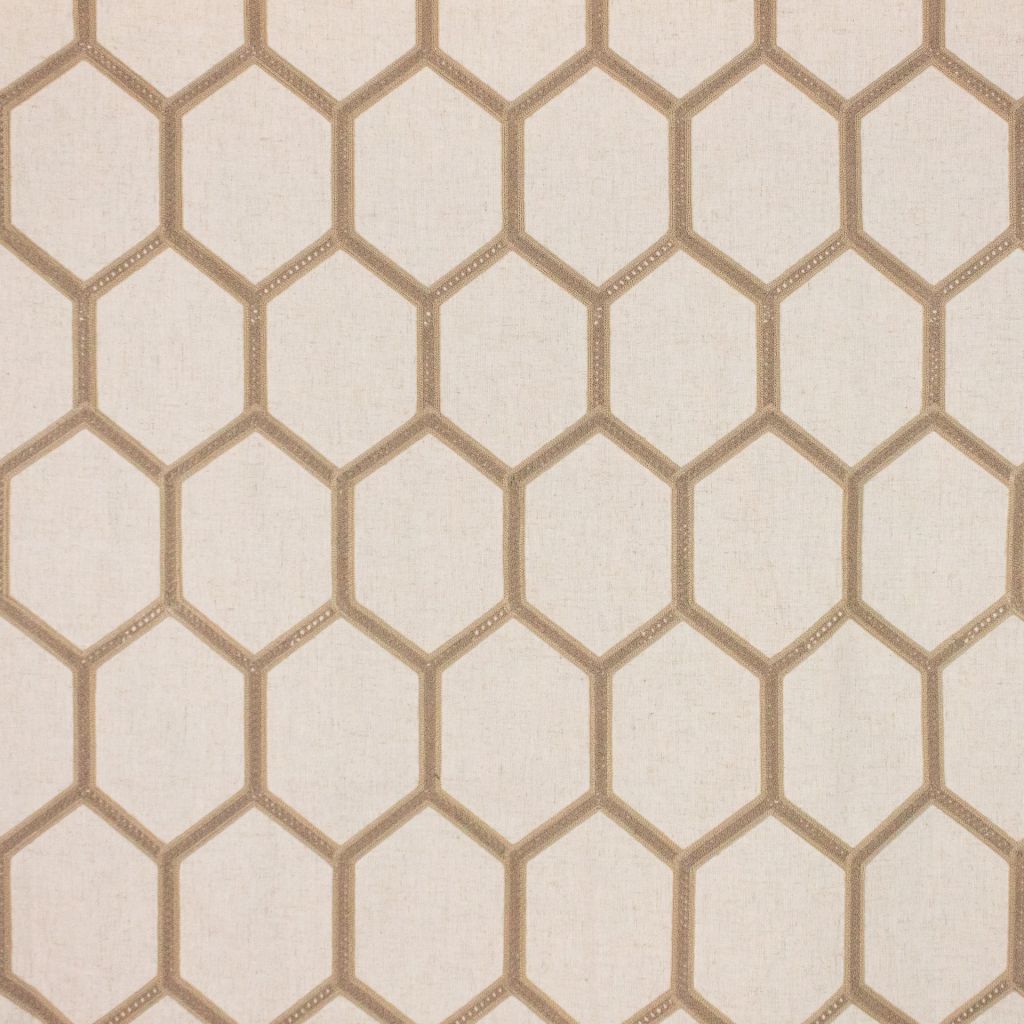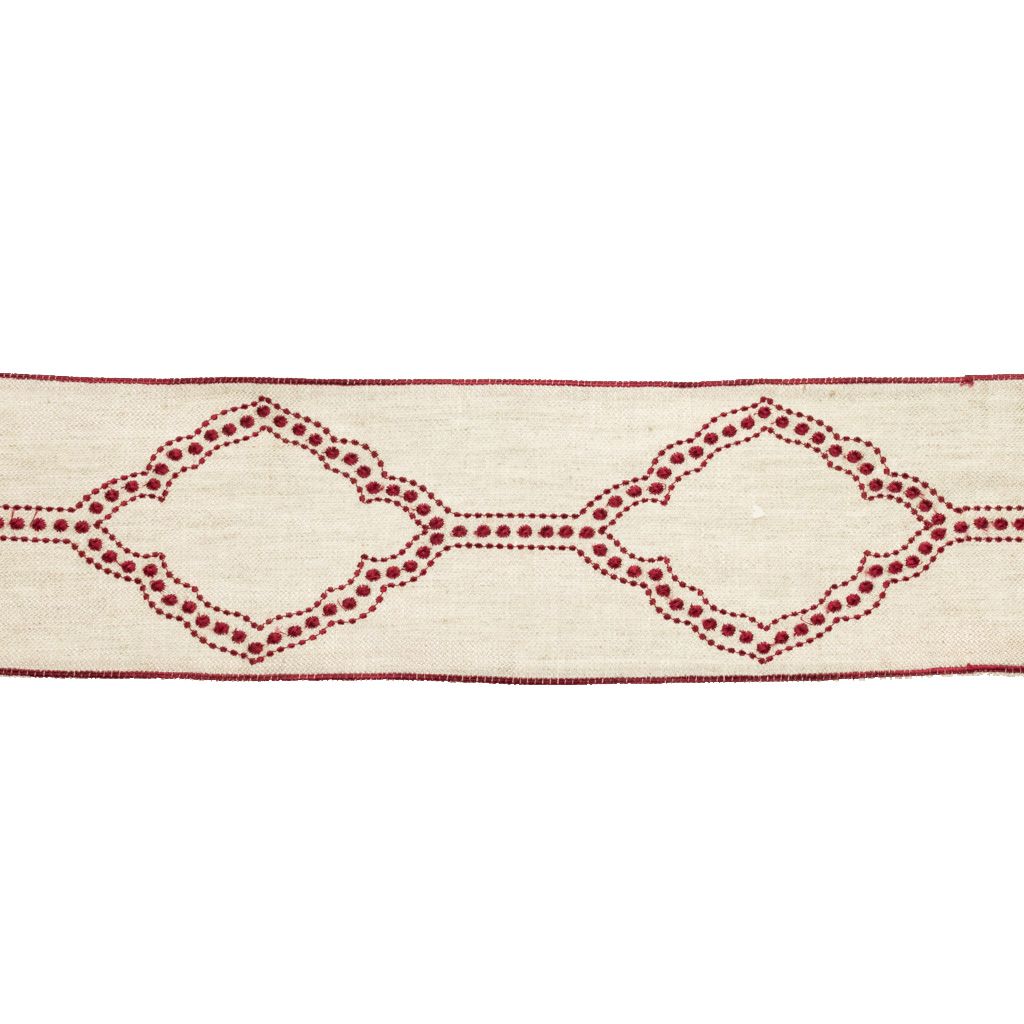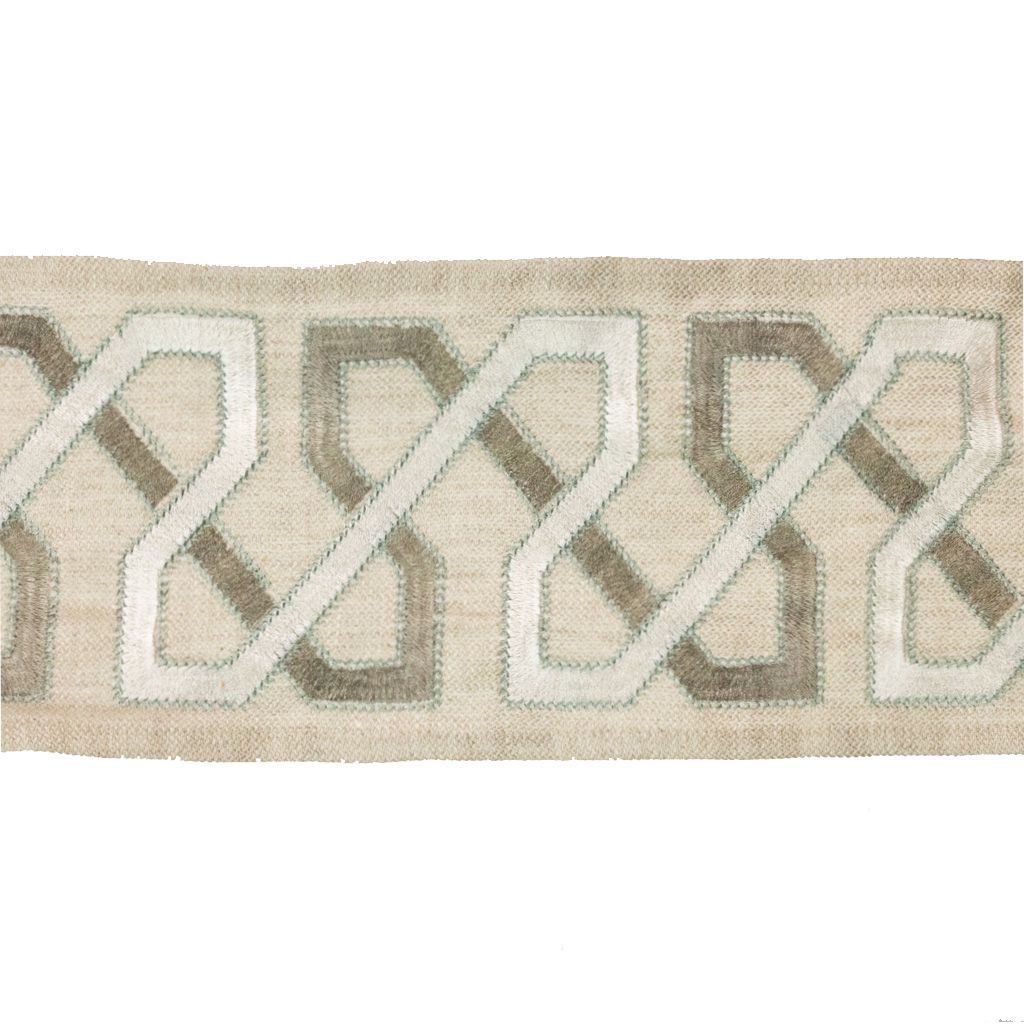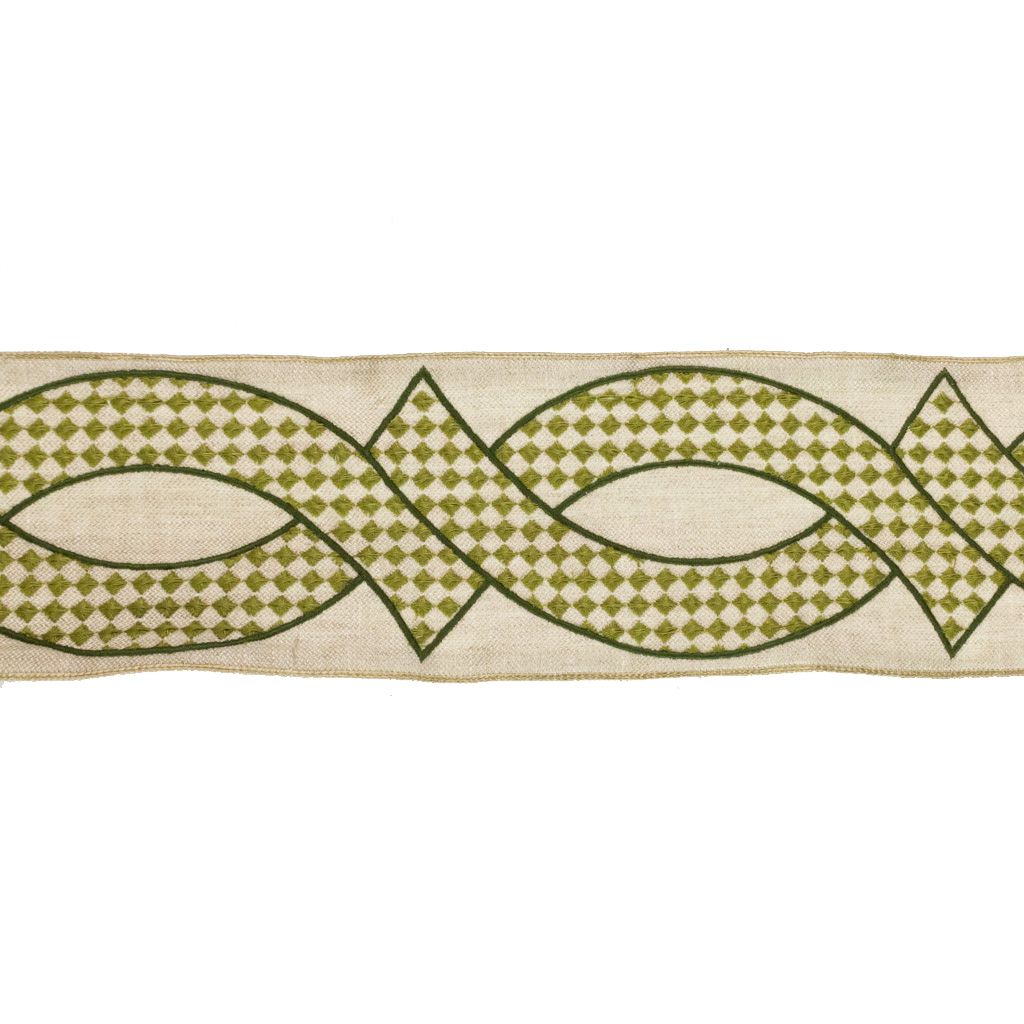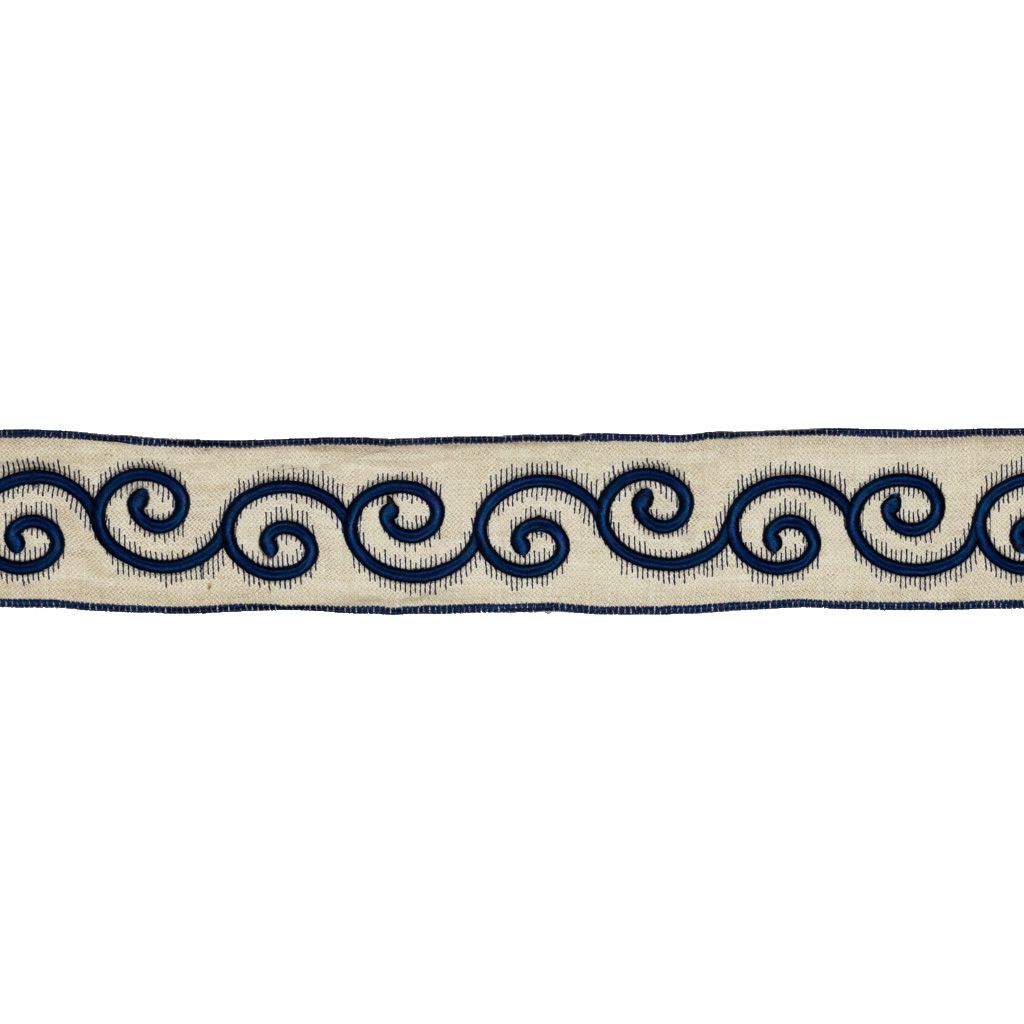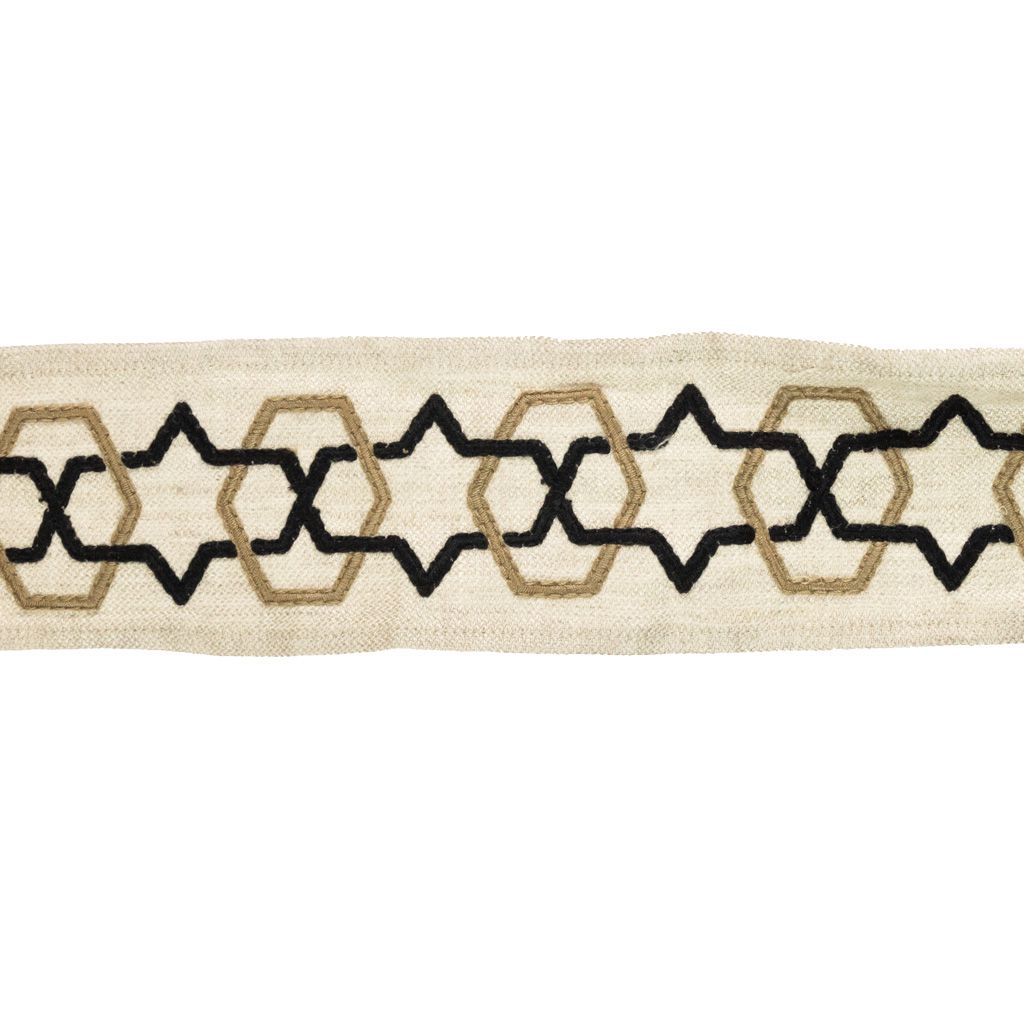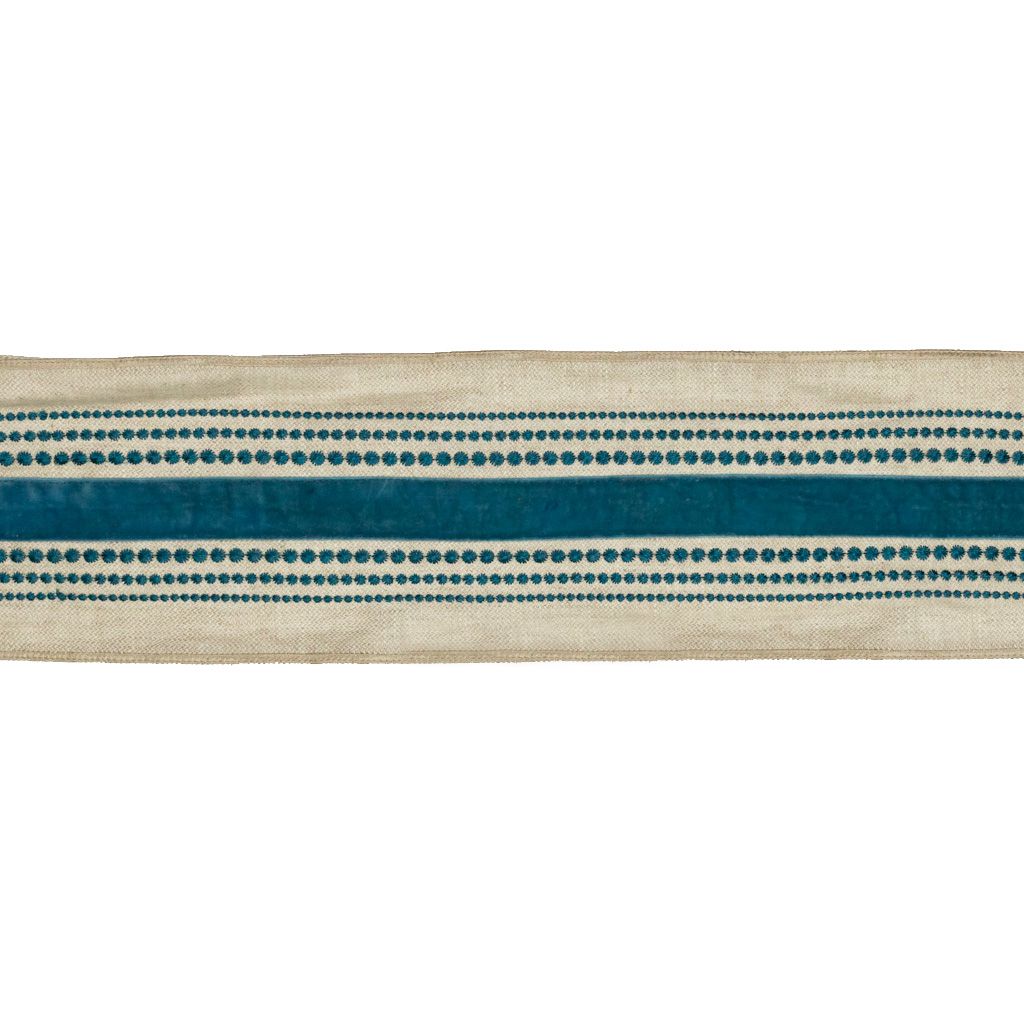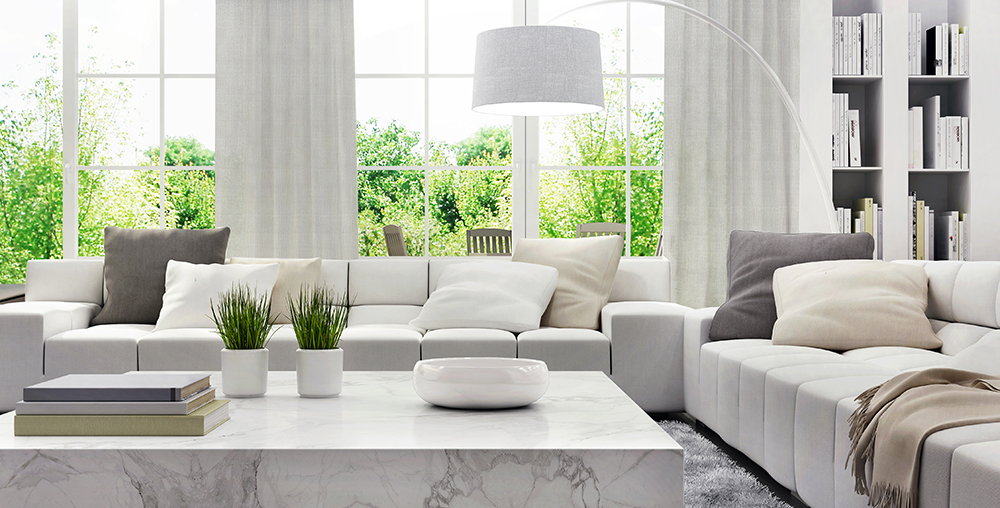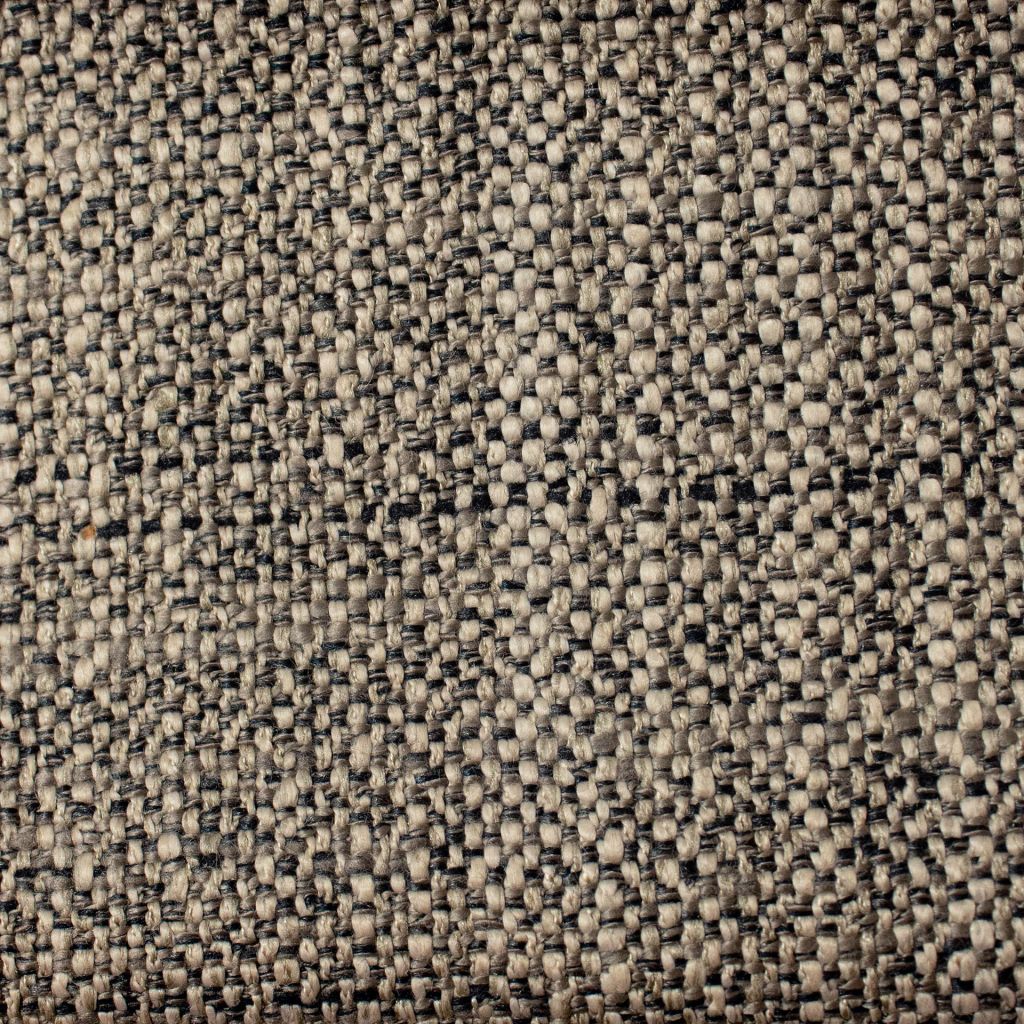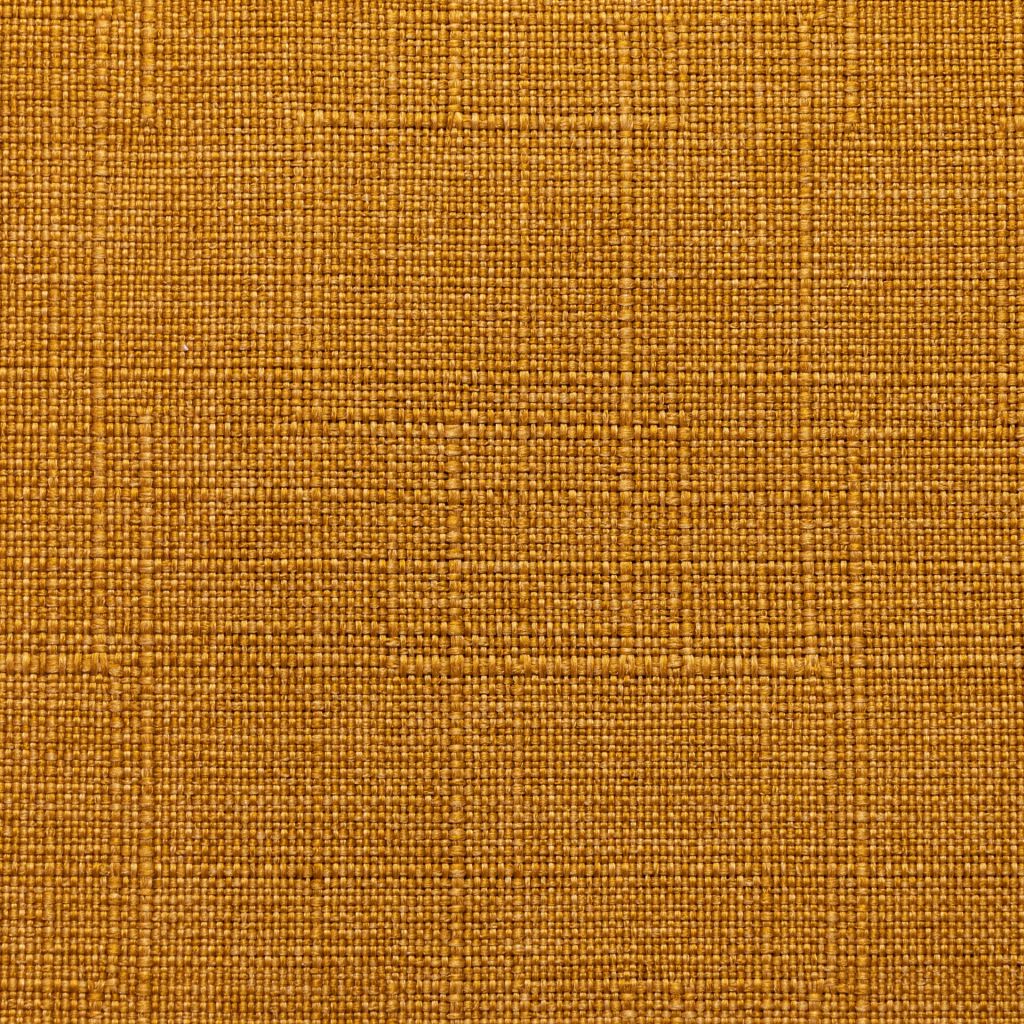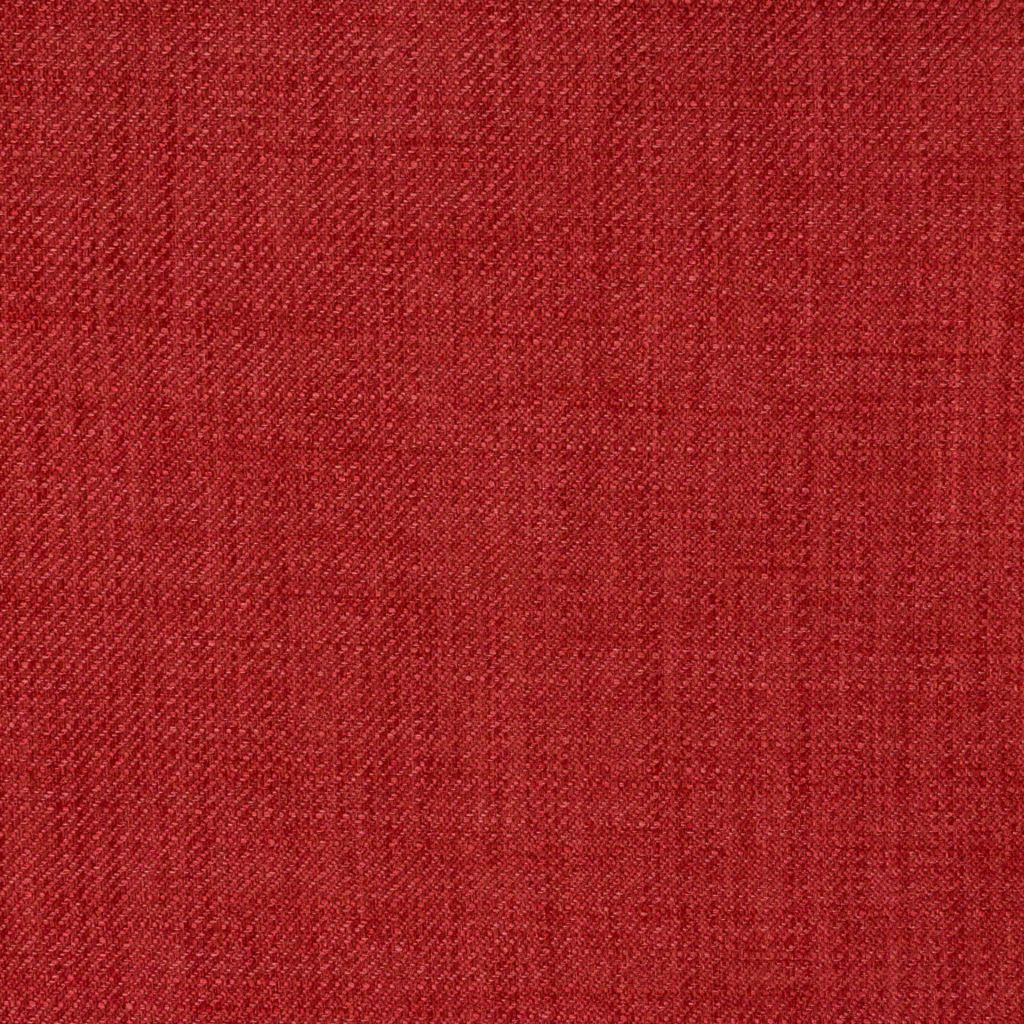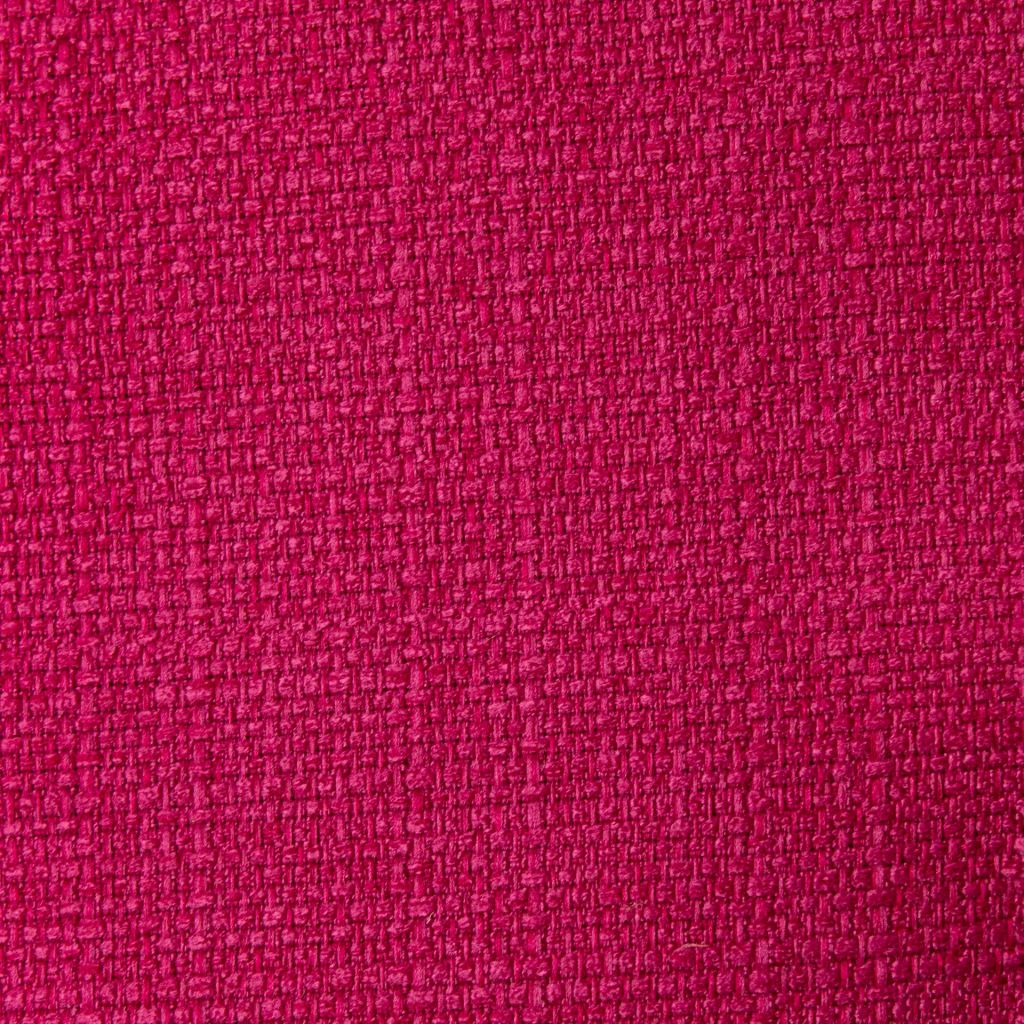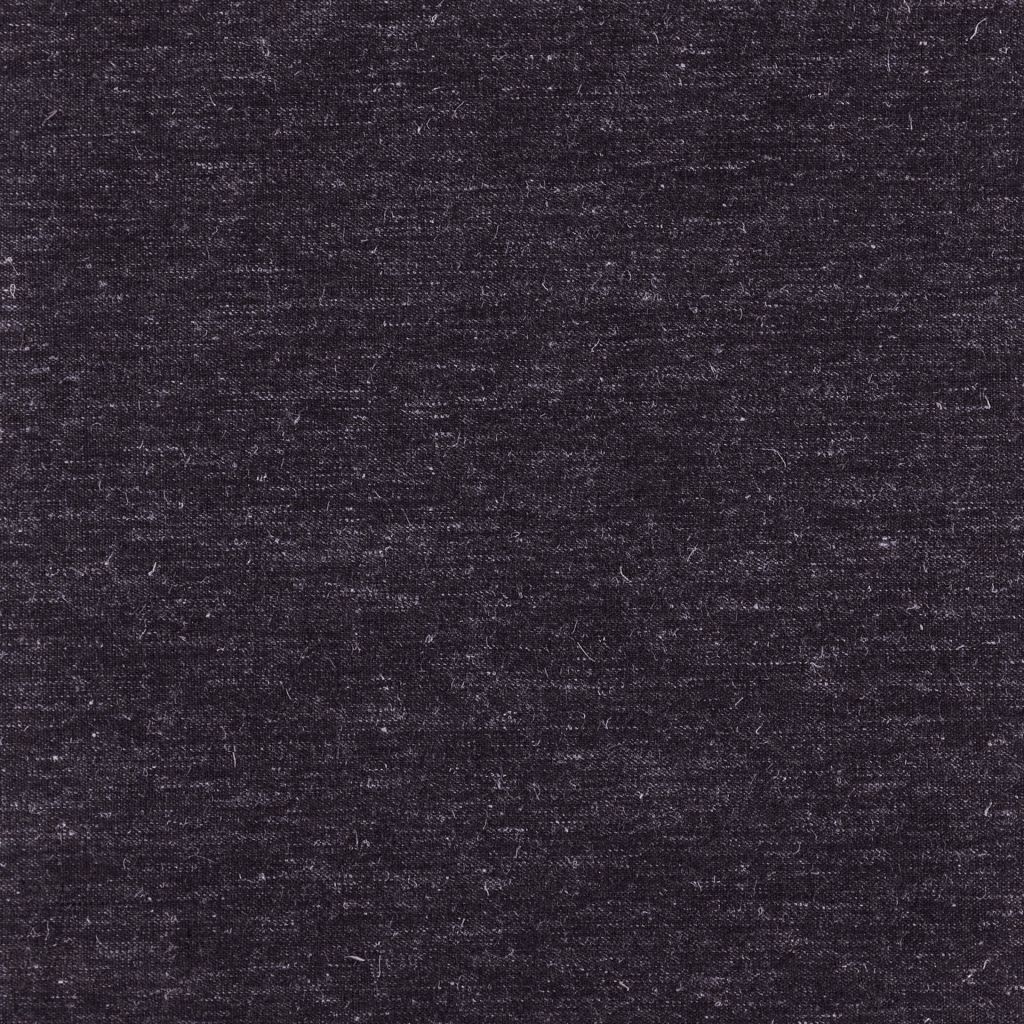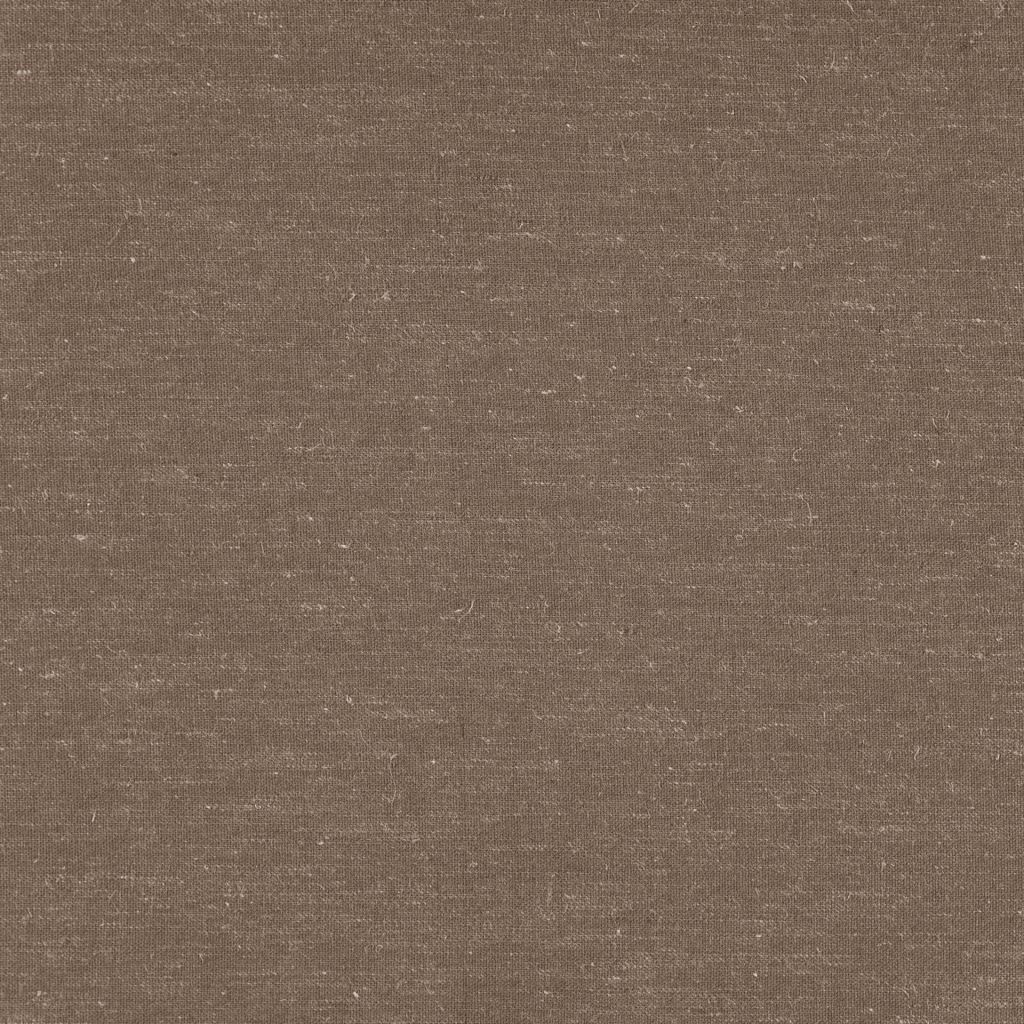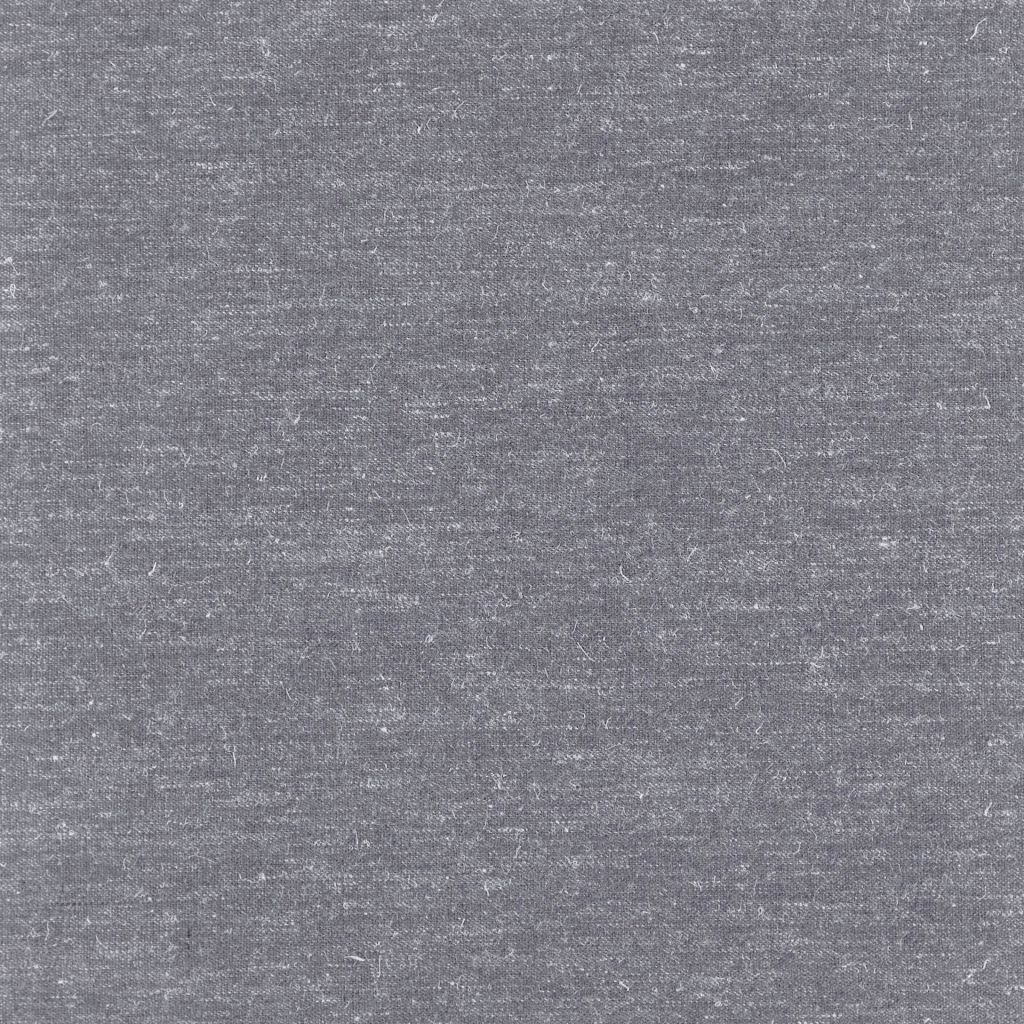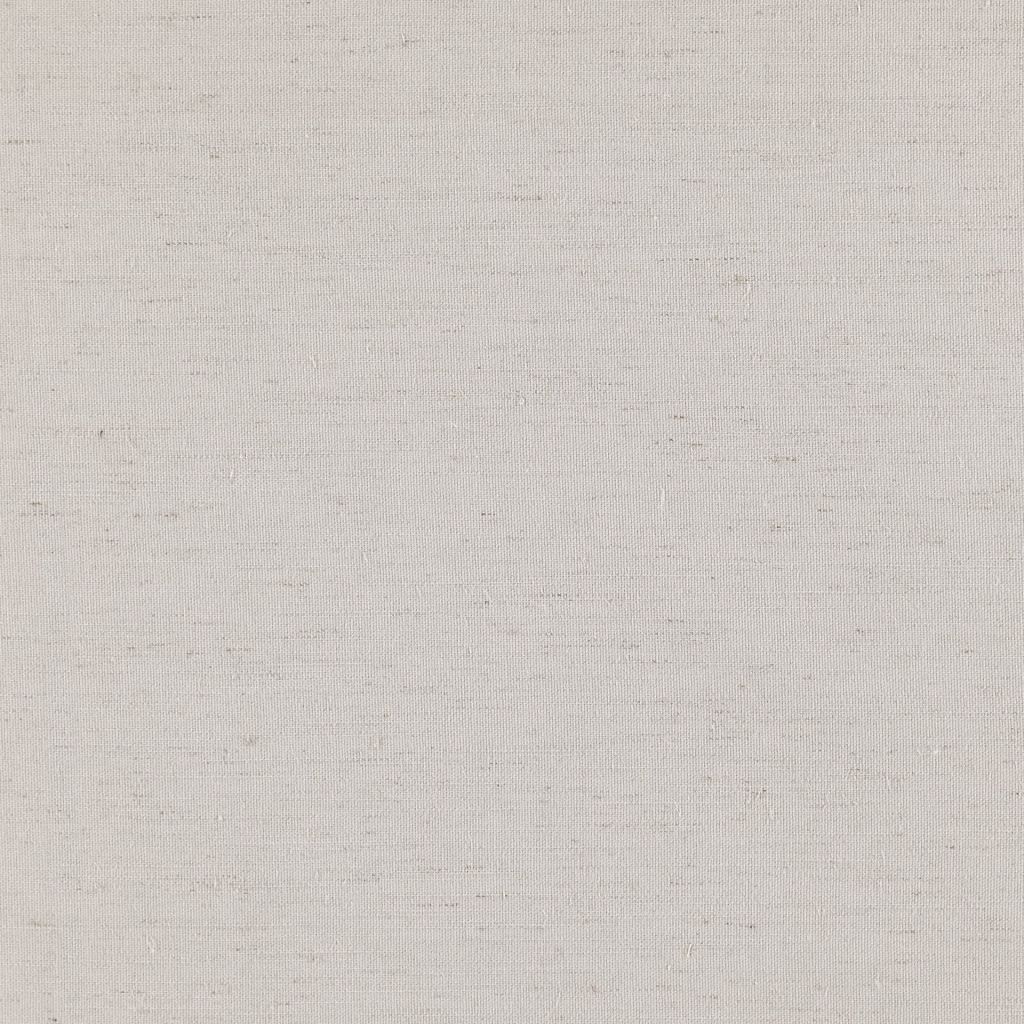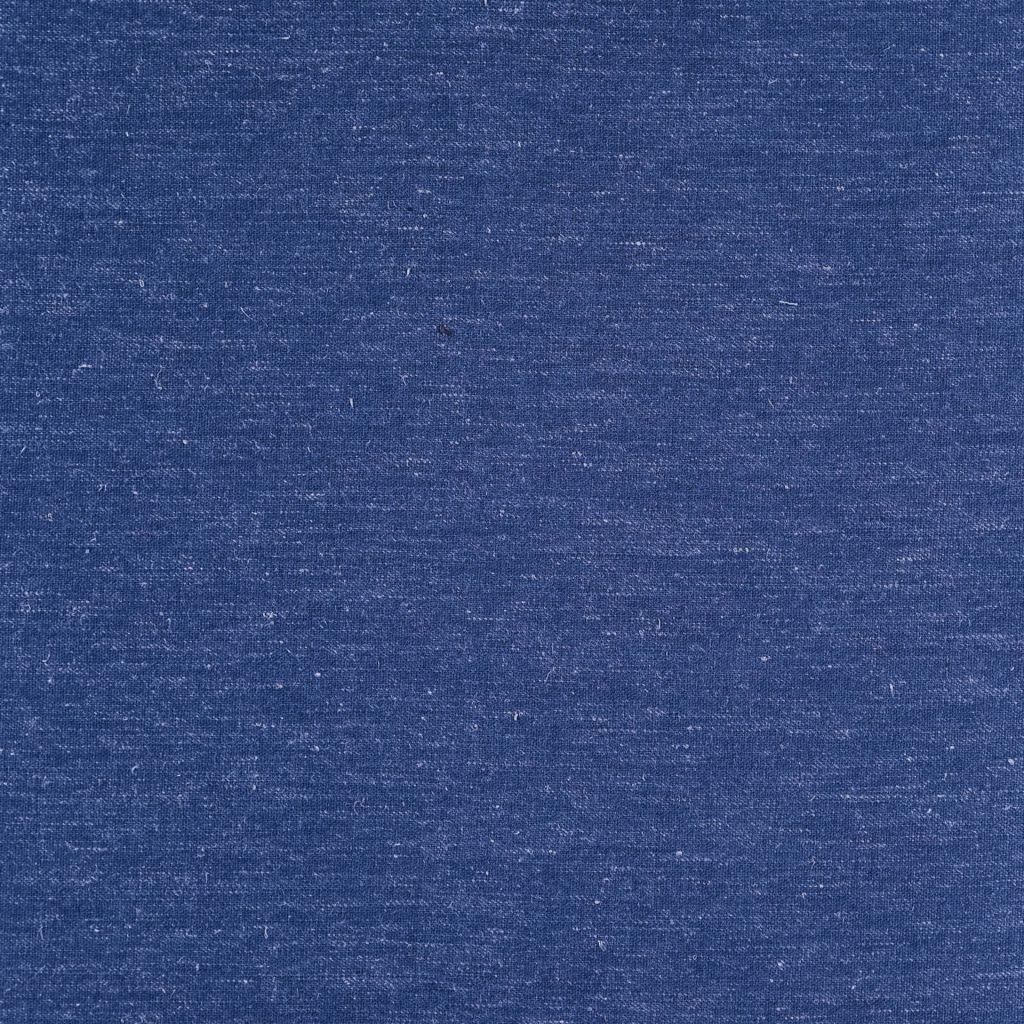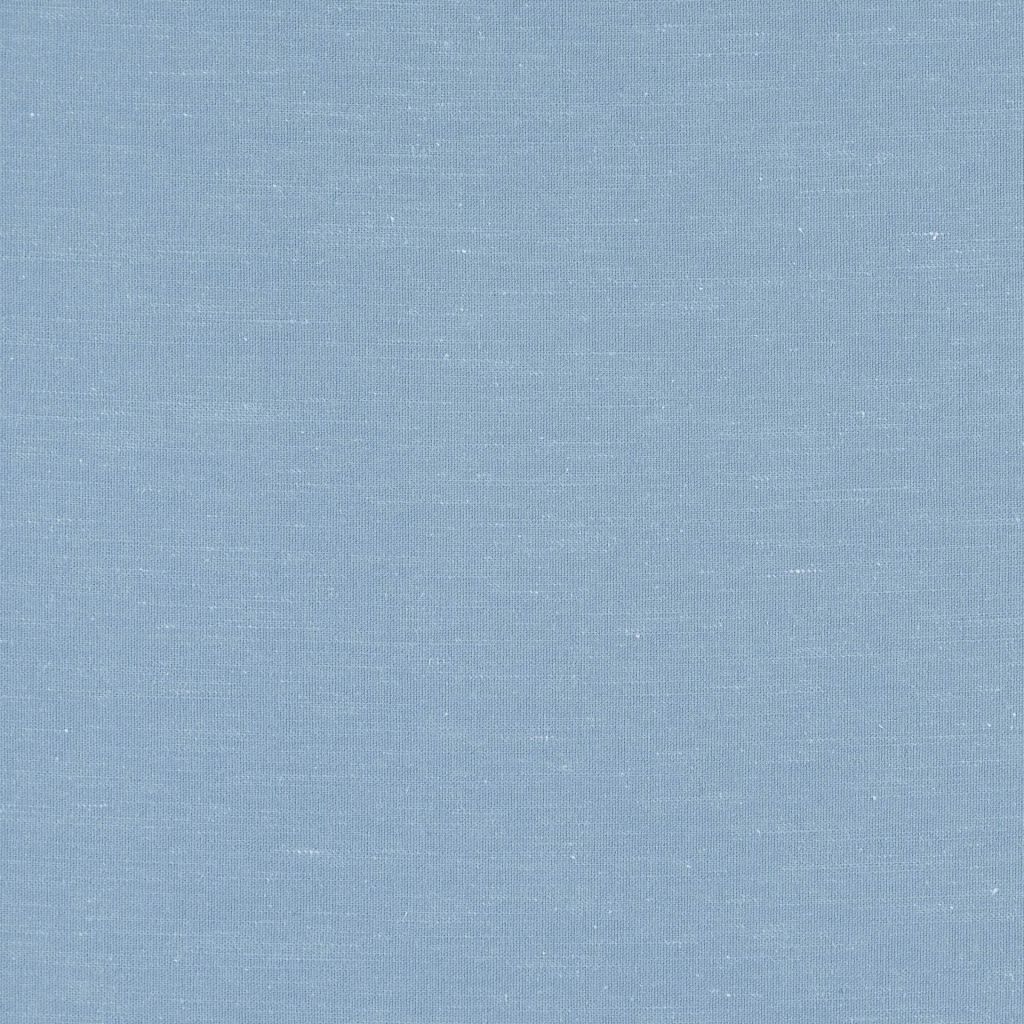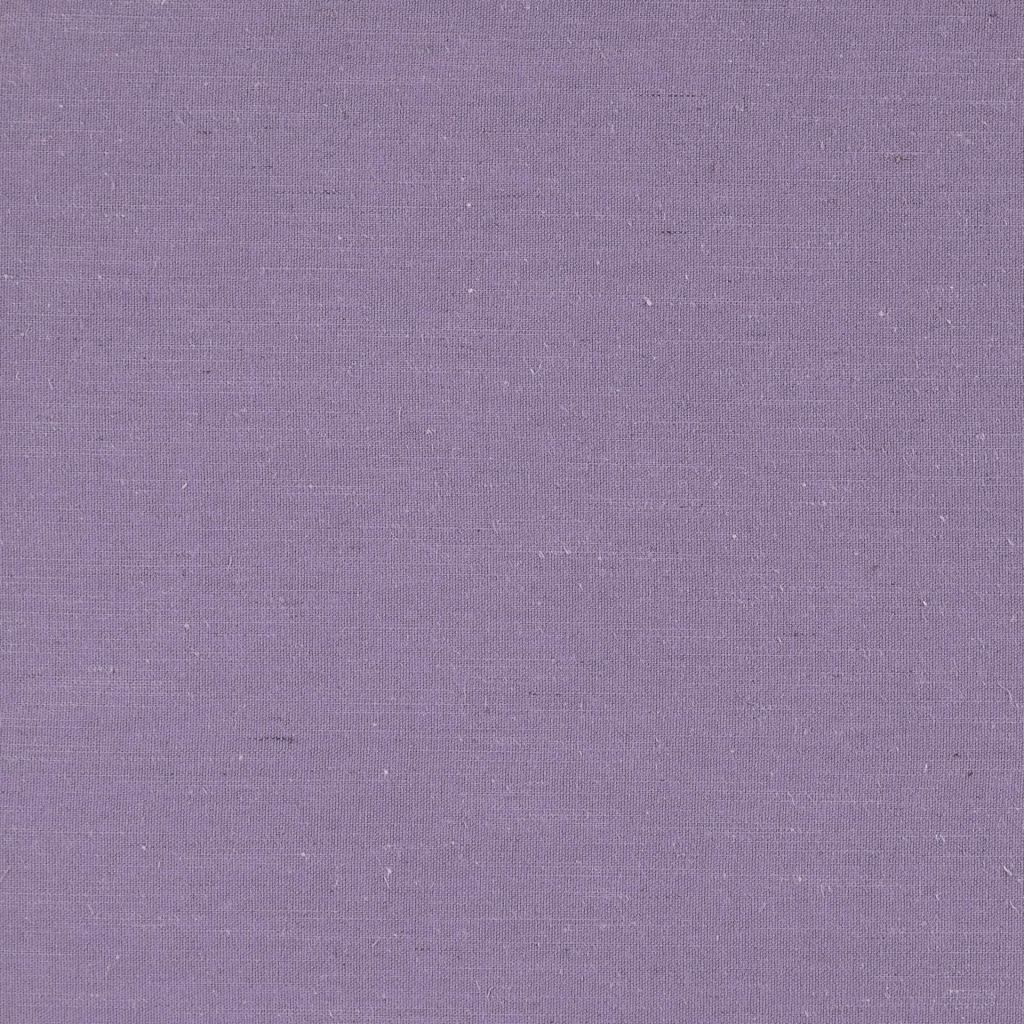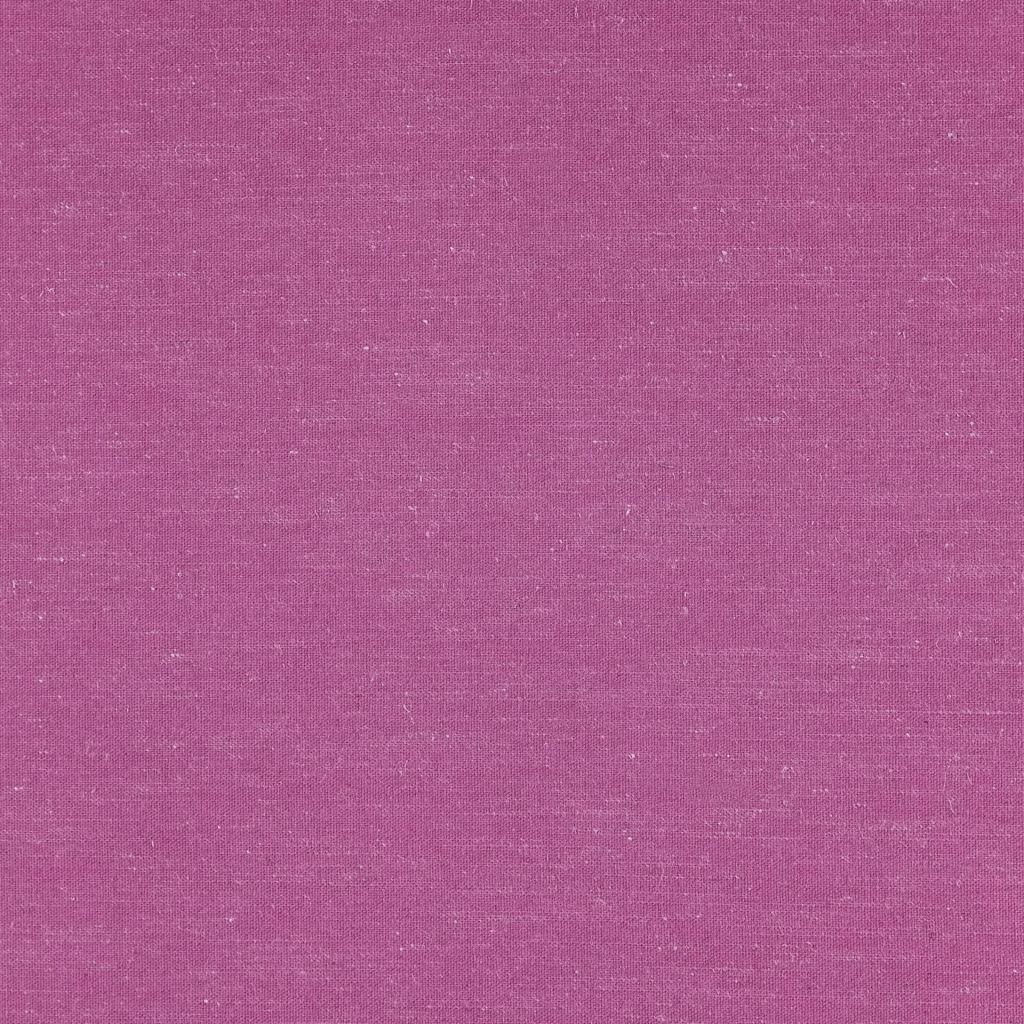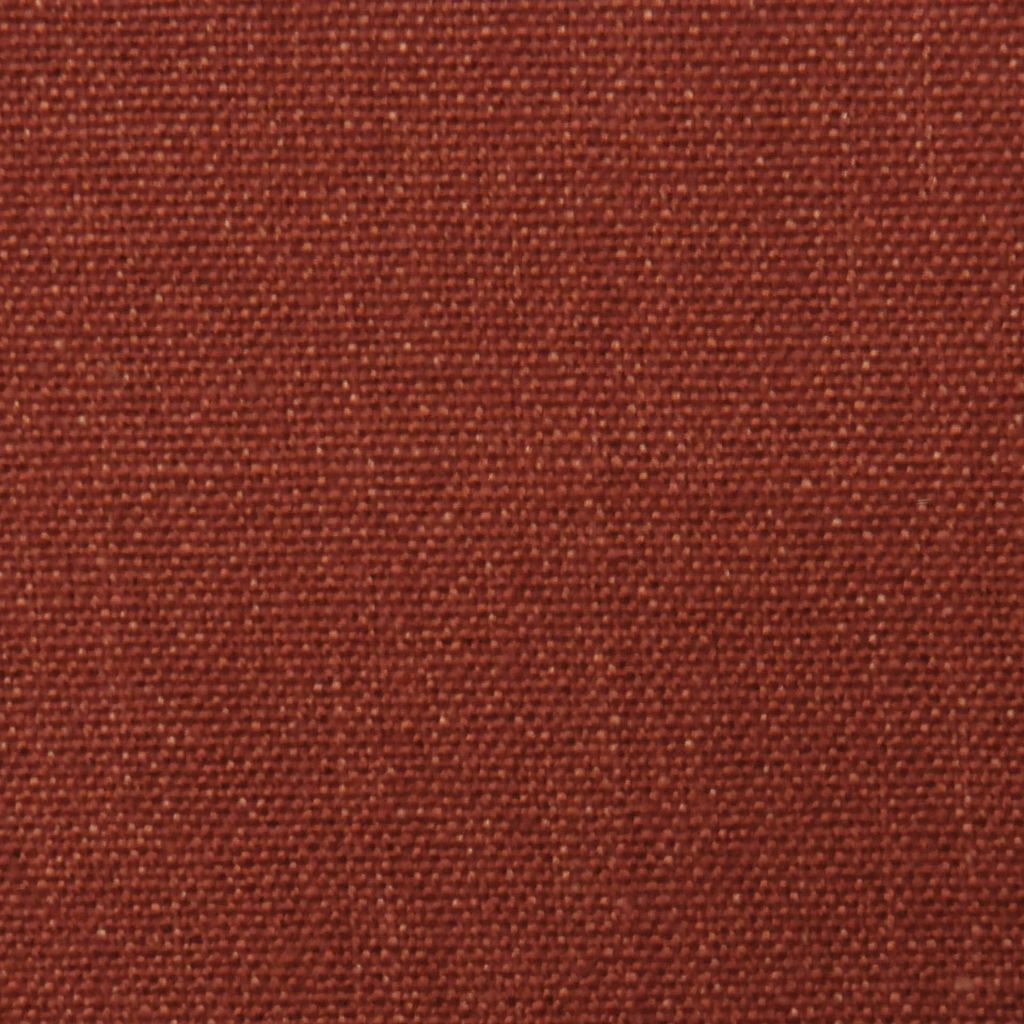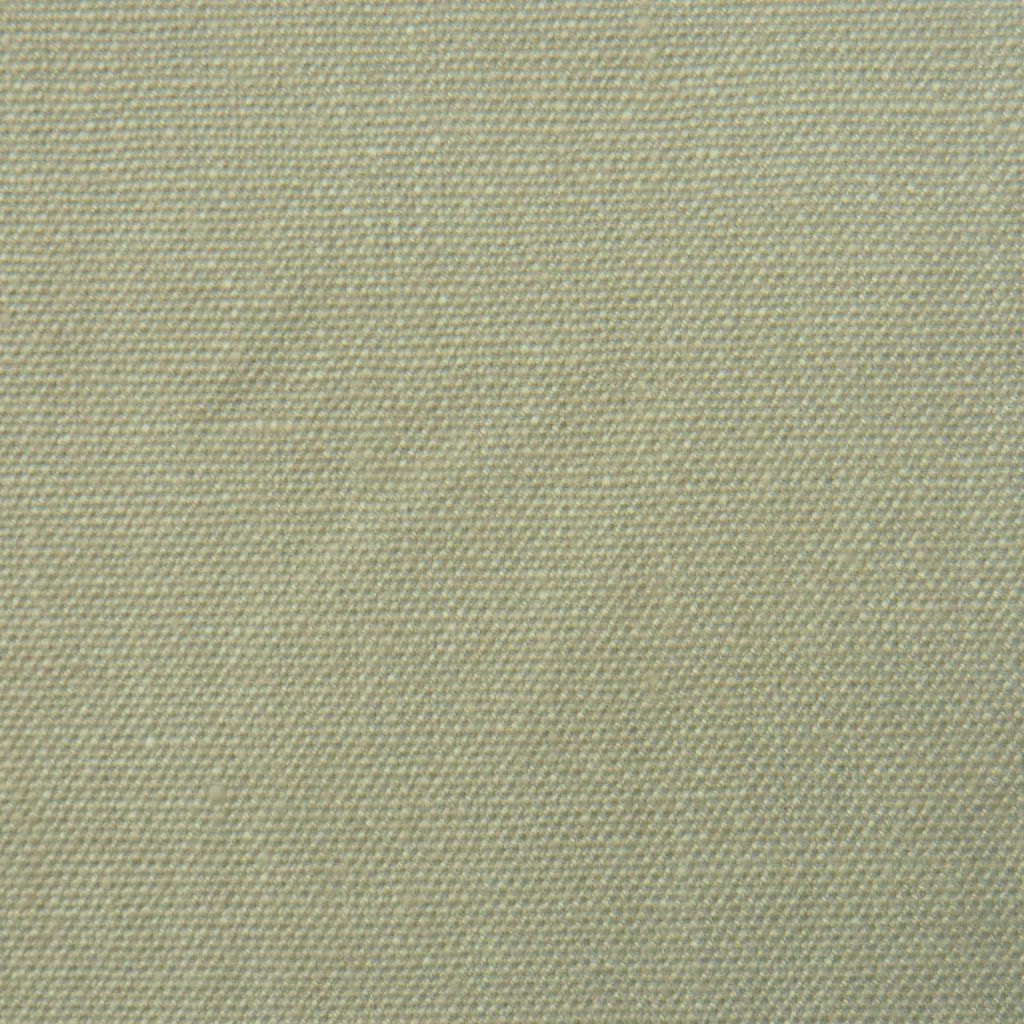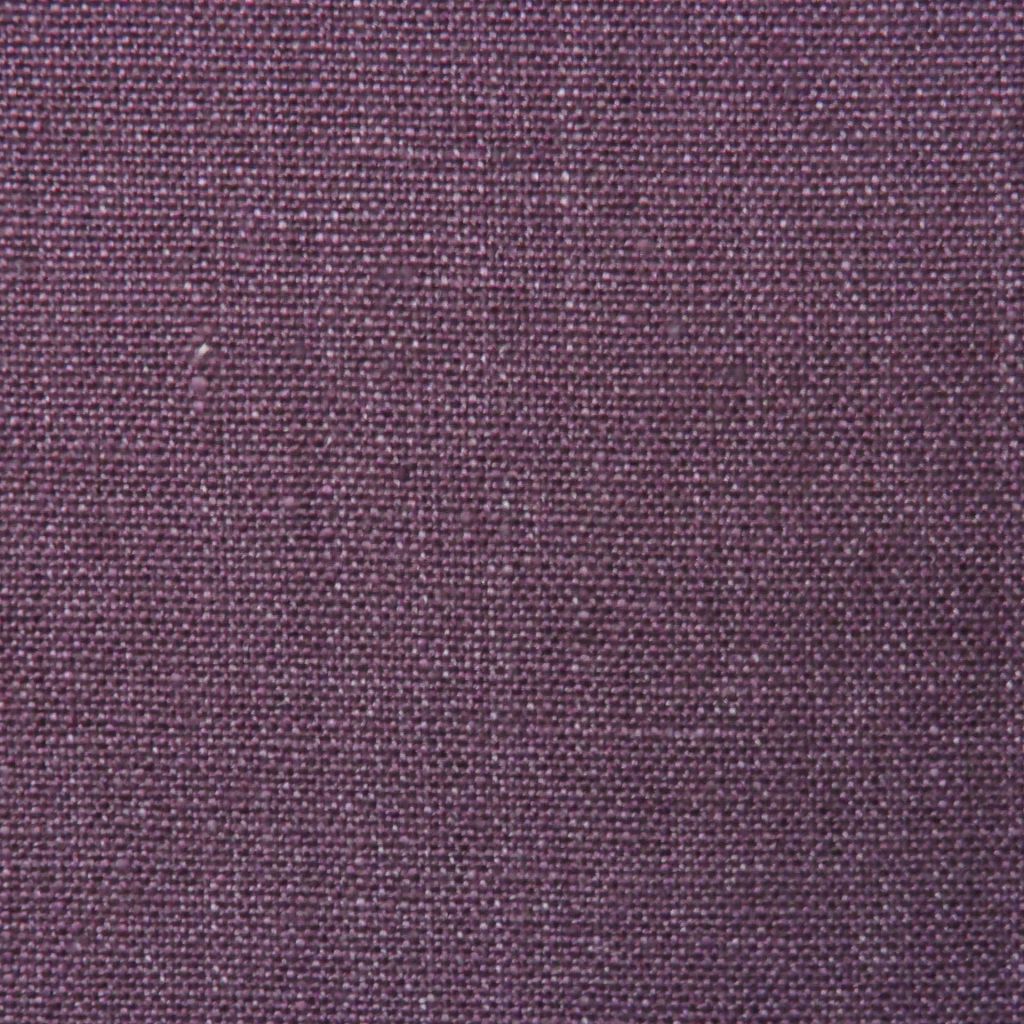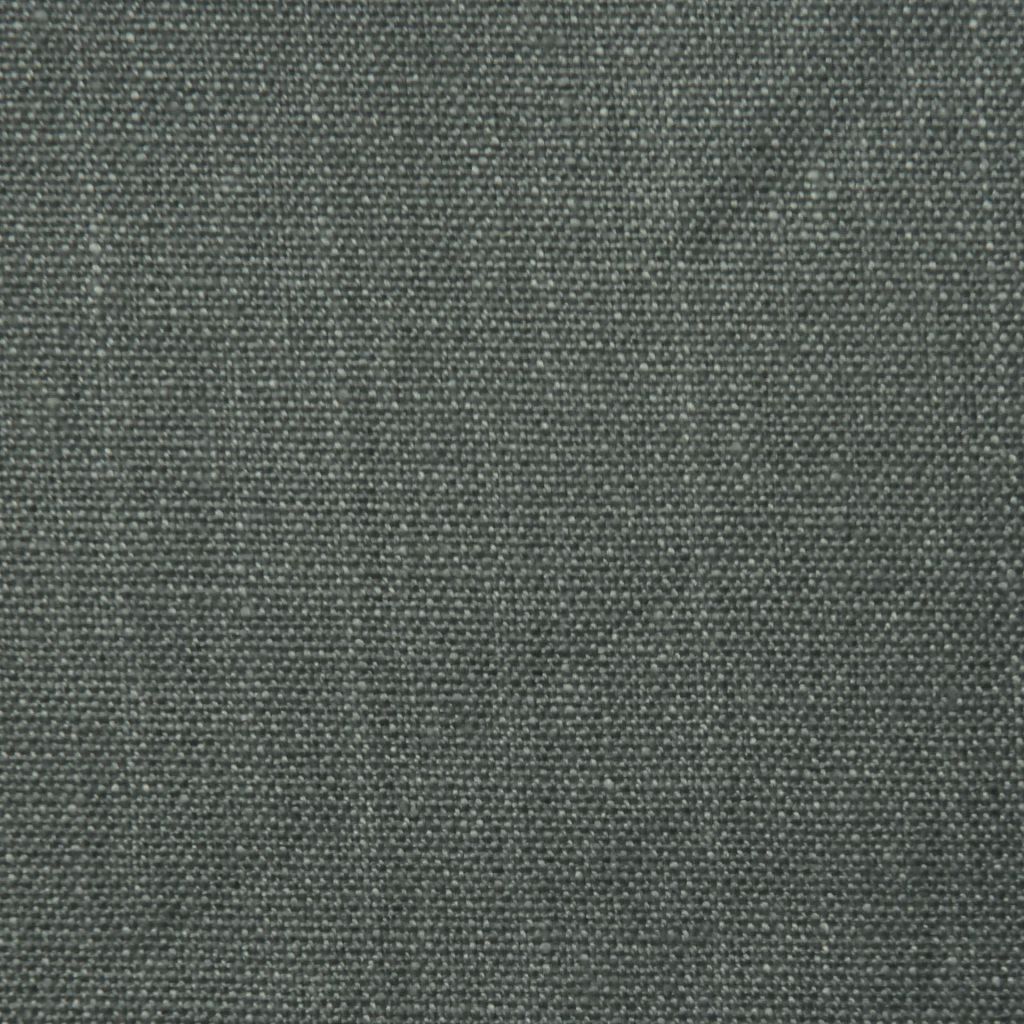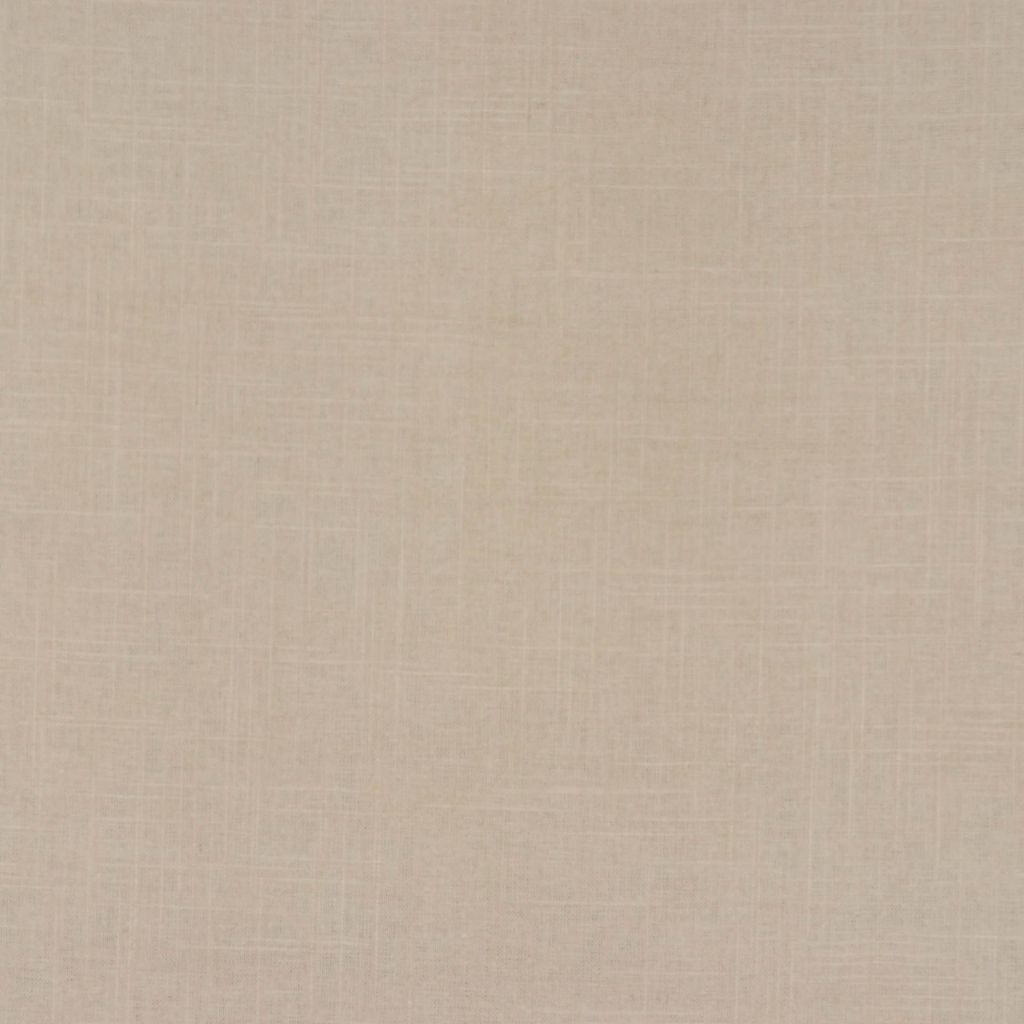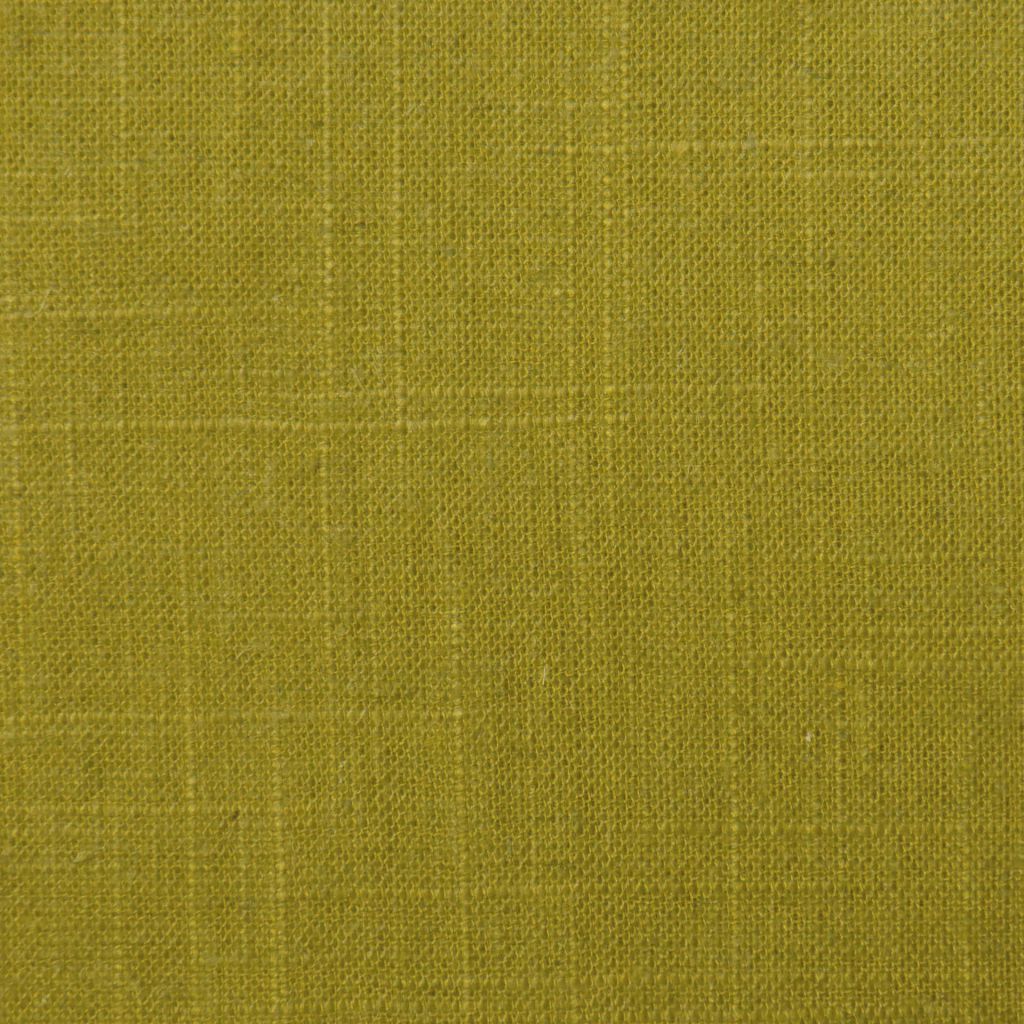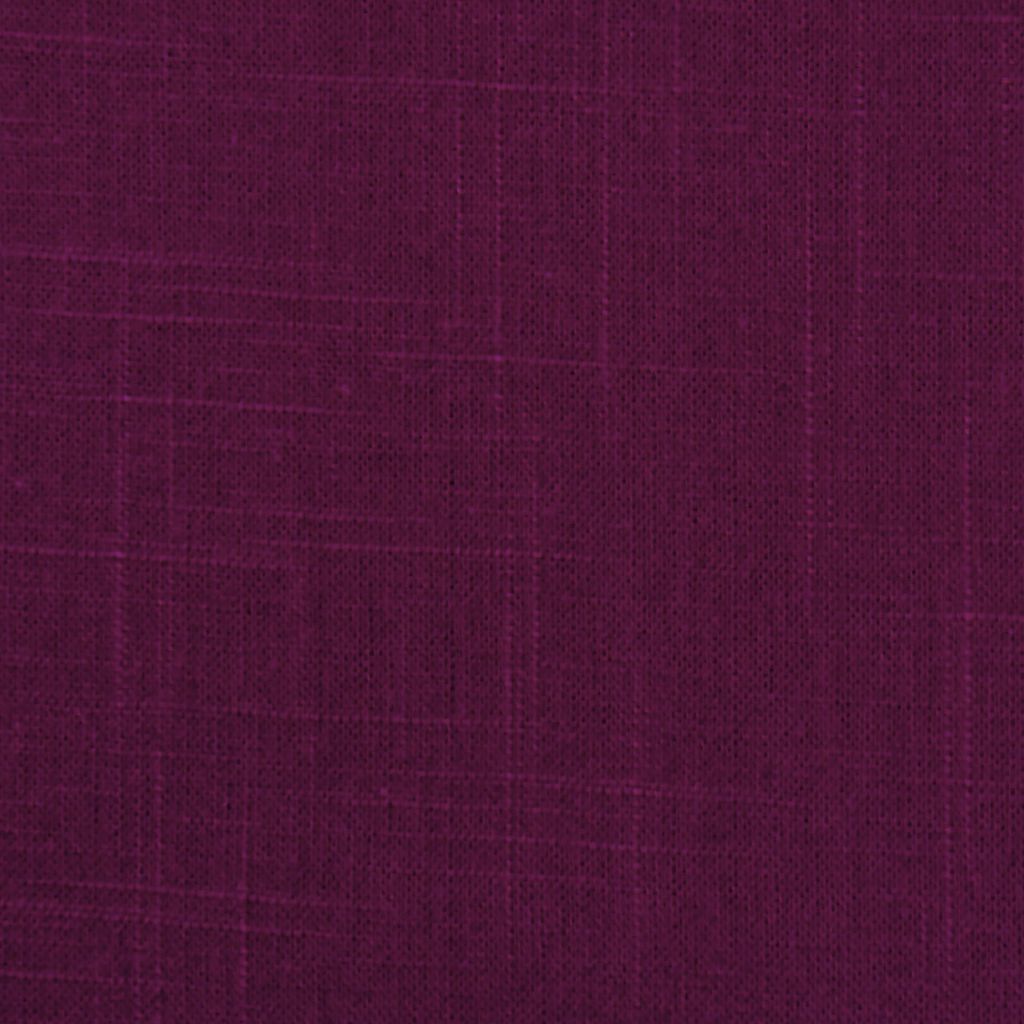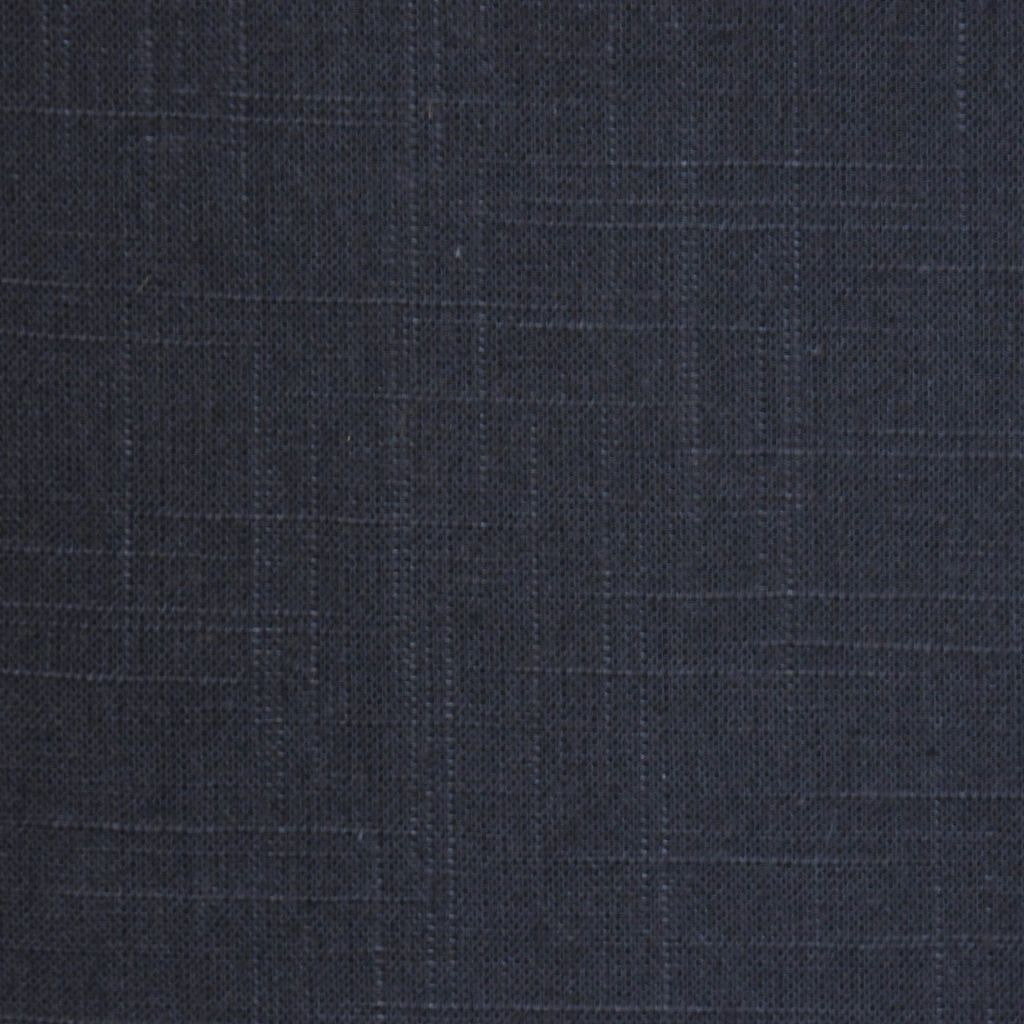The Linen Shop
A fabric for every project
The appeal of linen and linen blend fabrics is enduring. Linen and linen blend fabrics compliments traditional, transitional, and contemporary room settings with ease. Linen fabrics have maintained their appeal for centuries and are probably more popular today than ever. Beautifully woven linen and linen blend fabrics only become softer and smoother with age and wear. Linen fabrics have an enduring style that is sure to sustain their popularity for years to come.
Linen is arguably the earliest known textile known to man. Linen is a flax-based textile used for a multi-faceted array of products including apparel and homeware applications. While linen is similar to cotton, it is made from fibers derived from the stems of the flax plant instead of the bolls that grow around cotton seeds.
Garments made of linen are desirable in hot and humid climates. Unlike cotton, which tends to retain moisture for a significant time, linen dries quickly, which helps reduce heat retention in overly warm conditions. Linen fabrics feel cool; are breathable, and are stronger and more lustrous than cotton. The more it is cleaned, the softer it gets. Linen fibers are stronger when wet than when dry. Linen fabrics are also resistant to moths and dirt.
Linen & Linen Blend Collections
RM COCO is pleased to offer a wide range of linen and linen blend fabrics in our product line. We offer 100% pure linen fabrics and a multitude of linen blends from which to choose. This assures that our customers can find the perfect linen or linen blend fabric for any design need. We offer linen and linen blend fabrics for drapery, bedding, upholstery, pillows, accessories, and even tabletop. RM COCO, fabrics and furnishing for living, style for life!
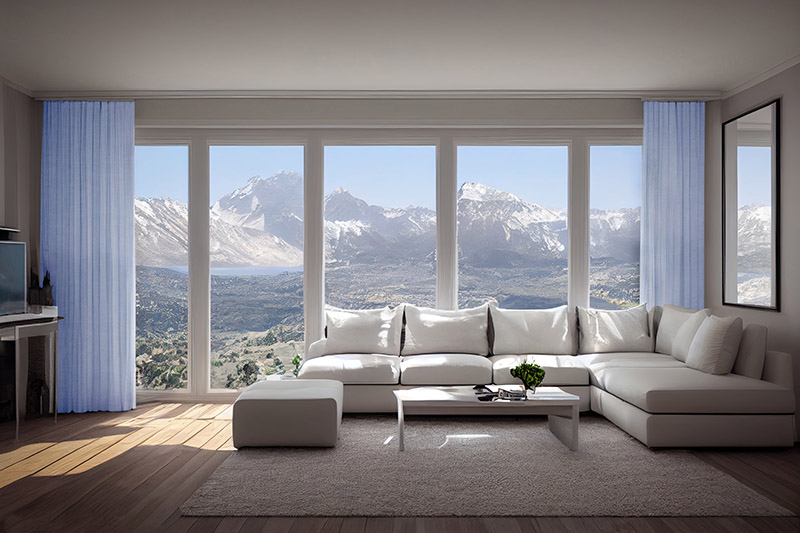

Bruges
Bruges is a designer favorite in the RM COCO line. This exclusive 100% linen texture has been colored for today’s home by our design studio and is available in 59 colorways.
Gossamer
This linen-blend drapery texture is the perfect solution for contemporary, transitional and traditional room settings. This wide-width fabric blends polyester and linen together to create this elegant sheer fabric. Gossamer is an RM COCO exclusive, and is available in twenty-seven fashionable colorations.
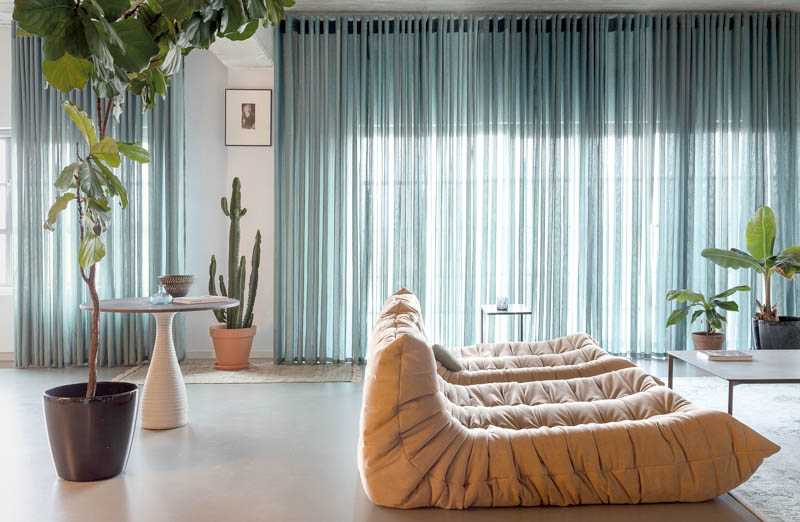

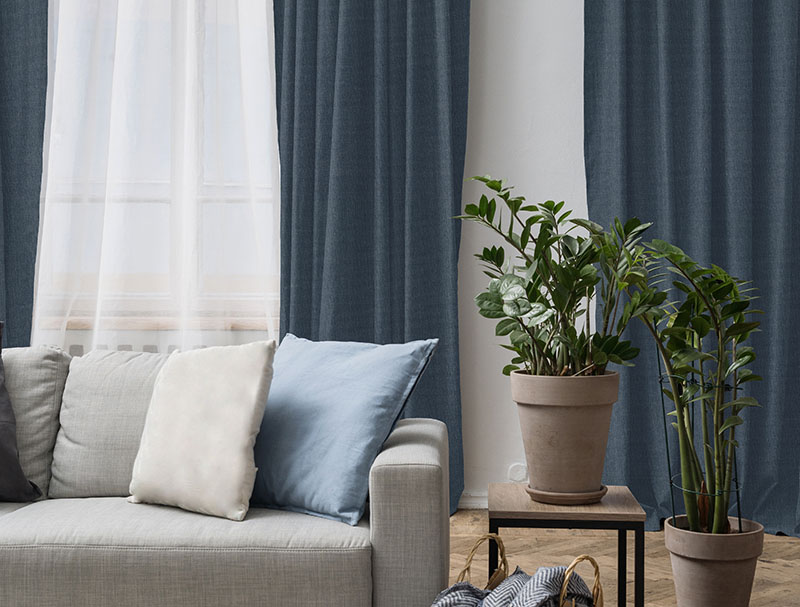

Landen
Landen is a designer favorite in the RM COCO fabric line. This linen-blend, multi-purpose solid is offered in forty timeless colorways. Landen passes 110,000 Wyzenbeek double rubs, NFPA 260, is certified Oeko-Tex Standard 100, Prop 65 compliant and is a RM COCO exclusive.
Brigadoon
This handsome blend of linen, rayon and polyester is subdued and sophisticated. A true multi-purpose fabric that will be a go-to favorite for drapery, bedding, accessories and upholstery. Brigadoon passes 50,000 Martindale cycles, is certified Oeko-Tex Standard 100 compliant and is available in forty-nine timeless colorways.
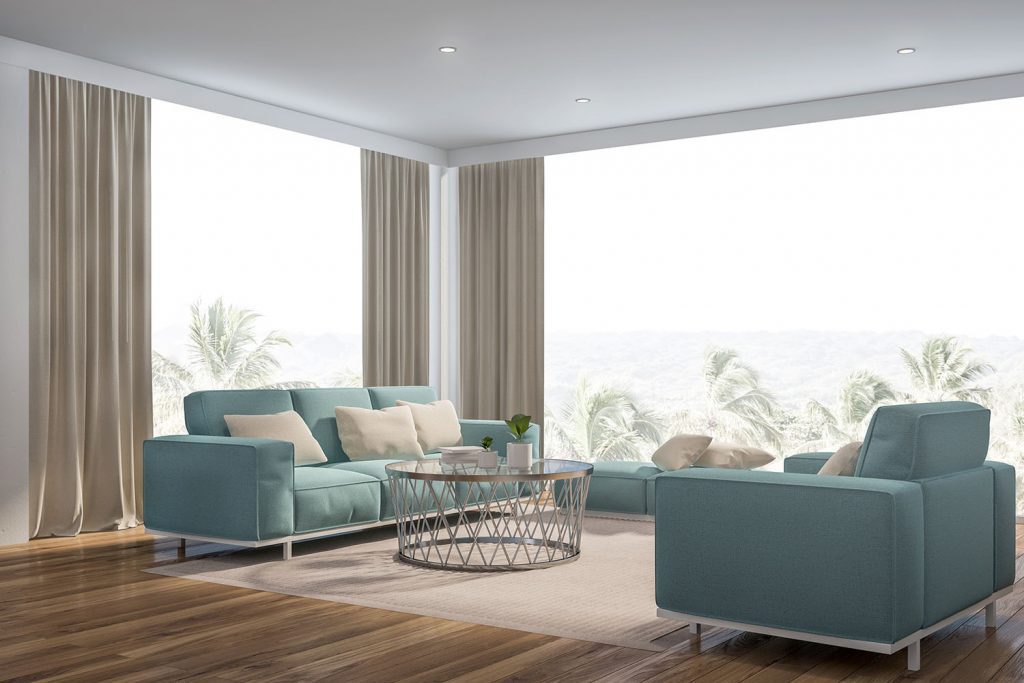

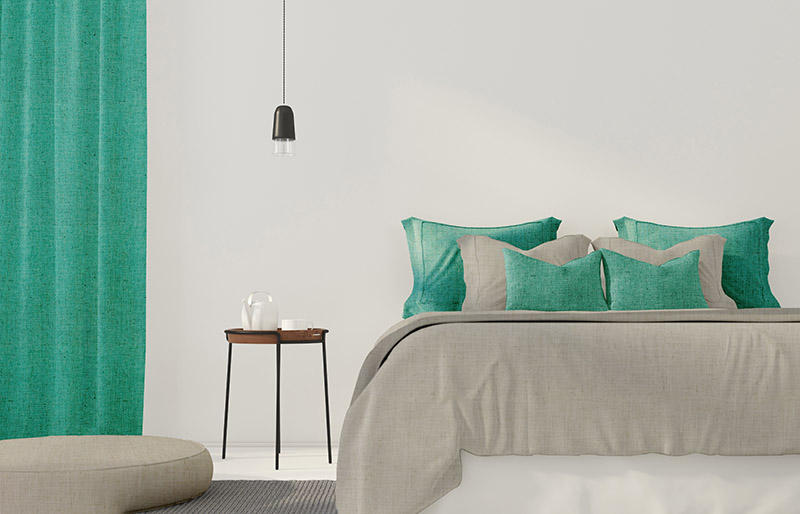

Barrister
Barrister takes a nod from the best menswear collections on today’s runways! This classic herringbone solid is sure to become a customer favorite. Woven from a blend of polyester and linen, it is shown in a multi-faceted array of 32 color palettes. This exclusive fabric also passes 20,000 Martindale cycles.
Harbor Club
Set sail with Harbor Club! This linen blend textured plain is an exclusive offering from RM COCO. Shown in 31 color families, each perfect for today’s home. This casual fabric is highlighted by vertical linters that add texture and depth to this handsome introduction. Harbor Club passes 20,000 Martindale cycles.
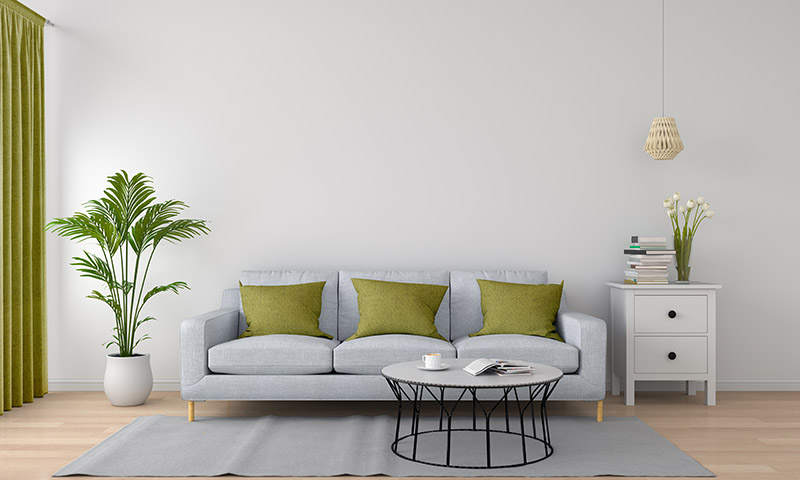

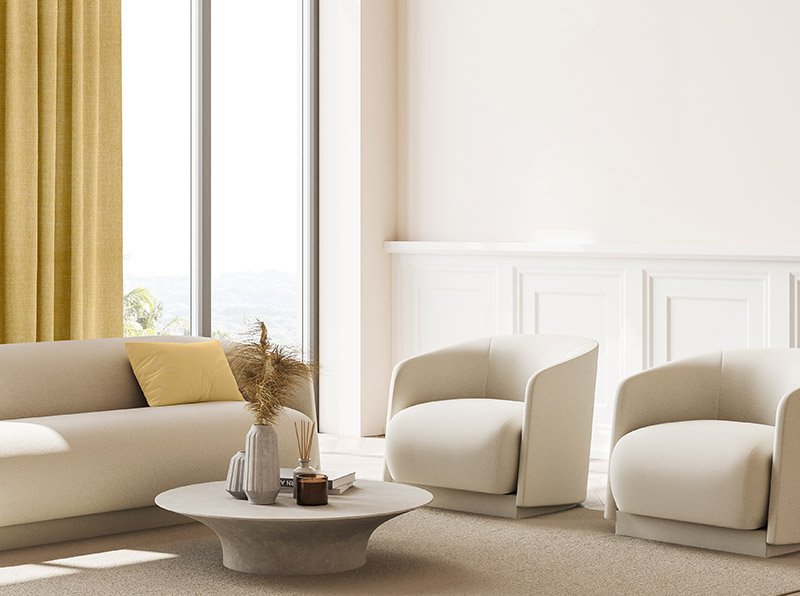

Strata
Strata is an elegant linen blend strié plain. Imported exclusively for RM COCO, this beautiful fabric has been colored for today’s home and is available in 30 colorways. RM COCO, fabrics and furnishings for living, style for life.
Linen Blend Fabrics
Linen Blend Trimmings
RM COCO is pleased to offer a selection of linen blend trimmings to our customers. Trimming is the perfect finishing touch for many design applications. Linen blend trimmings can be used for everything from the leading edge on drapery panels to perfect accent on bedding, pillows, and accessories. Take your design project to the next level with the addition of beautiful linen blend trimmings from RM COCO.
Faux Linen Looks
From time-to-time customers want the look of a linen or linen blend fabric but do not wish to have a linen content fabric for a project. RM COCO offers a number of products that have the look and texture of linen but contain no linen at all! Here is a look at the products in this category that we are pleased to offer for these particular design situations.
Last Chance
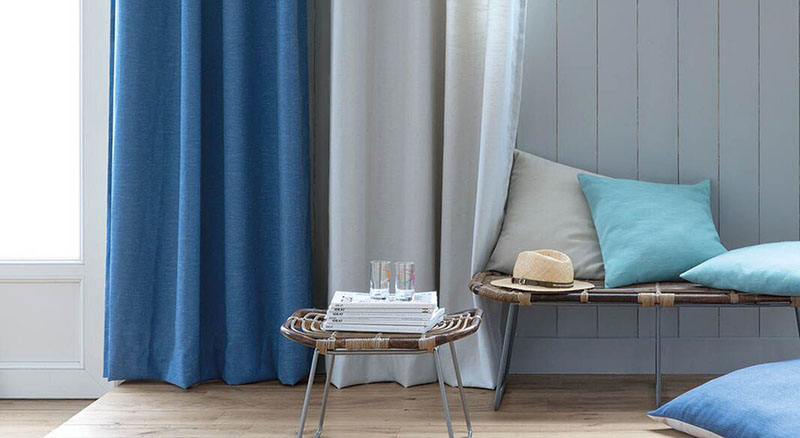

Harlow
Harlow has been a designer favorite since it was introduced! This RM COCO exclusive offers casual chic at its best. A beautiful linen-blend fabric that passes 50,000 Wyzenbeek double rubs, and is offered in 25 beautiful colorways.
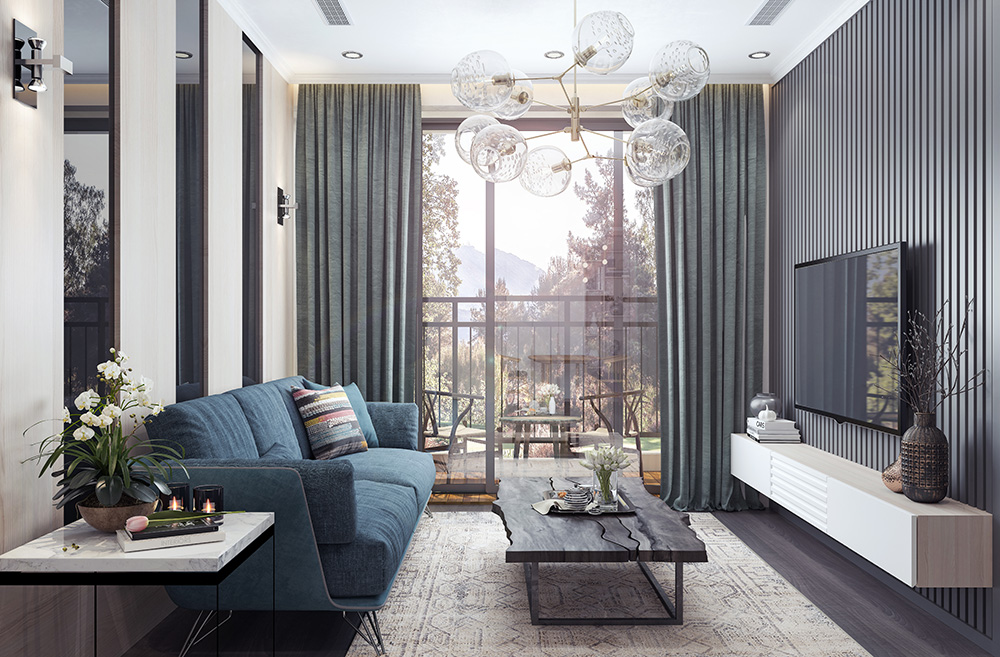

History of Linen
Linen is the most ancient of fabrics, with a rich and romantic heritage. It is widely accepted birth as a textile was in Egypt some 10,000 years ago. Evidence found in pre-historic caves in Georgia shows that linen may have been used as a textile as long as 36,000 years ago. There are also findings in the Swiss lake regions= that point to fragments of yarns, fibers, seeds, and straw that show linen fabrics may date back to the period of 8000 B.C.
The Egyptians prized linen for its ability to remain cool and fresh in warm weather. Linen is a fiber made from the flax plant, or more accurately, from the cellulose fibers that grow inside of the stalks of the flax plant. The flax plant grows on a yearly cycle and does not require a great deal of water or maintenance. This made it perfect for Egyptian farmers. The annual flooding of the Nile provided enough water and nutrients to germinate the flax seeds, which then required intermittent watering for the next 100 days. Ancient Egyptian linen, although coarse compared with modern linen, was used for clothing, currency, furnishings, decorations, and most famously, as burial garments for mummies. Linen was considered a symbol of purity, wealth, and light. Today, linen is produced much the same as it was back in Ancient Egypt.
Flax was not hard to grow. It only takes 100 days for the plant to mature. During this time, however, the plant absorbs most of the soil’s nutrients. Due to this, the growing field needs to remain uncultivated for many years post-harvest. As a result, only the elite kings and priests could afford linen in ancient times.
In the 12th to 8th century B.C., the Phoenicians who were navigators exported linen for the first time: They carried linen from Egypt to Spain, Ireland, England, Rome, and Greece. As of 1,700 B.C., from the Nile to the Red Sea, the canals allowed sailing from Tyre in Egypt to India and China.
These traders first introduced linen to Europe in 900 B.C. Romans set up linen factories in Gaul and Britain to meet the needs of their colonial forces. However, the prominence was only gained in the Middle Ages in Europe.
Different varieties of flax were cultivated in various regions. In Spain, Egyptian flax was woven but was not at all strong.
Such production went on until the 12th century when Italy and France started using linen for tablecloths. Quickly, all clothing was made using linen, and by the 16th century; flax was widely produced across Europe and other continents. Linen was no longer a reserved fabric for the elites, as its popularity grew by leaps and bounds.
In the 4th century B.C., the Romans conquered Egypt and their view about linen was the opposite. While Egyptian linen was entirely white, the Romans introduced vivid, bright dyes. In ancient times, in almost every nation, each family grew flax and wove the resultant linen for personal use. However, the earliest evidence of a well-set linen industry comes from Egypt and is 4,000 years old.
In the early 13th century, a weaver named Baptiste mastered t a method of weaving that produced a superior and finely woven linen fabric. The cloth was exported to Spain, England, Italy, Flanders, and Holland. The batiste weave soon became the preferred material for table linens, handkerchiefs, and innerwear.
Linen flourished even in the American colonies, especially among farm households. Each family had their own flax plot from where flax was processed for spinning and weaving by hand, each year. The homespun cloth was usually merged with commercially produced fabric for making linens and clothing in each household. The southern colonies used linen for ropes, canvas, and sailcloth. Northern colonies, due to the colder climate, made finer linens.
In the 17th century, hands-free spinning became possible with a wheel run by a foot treadle. By this time, household items created using hand-woven linen were the elite status symbol. During this time, Ireland became popular in weaving the finest of linen, which the recognition persists till today.
The Irish harvest flax before the plant matures. This creates fibers which are very fine and soft. Not allowing the plant to reach maturity produces no seeds for succeeding crops. As such, the linen industry in Ireland is entirely dependent on importing flaxseeds.
About Linen
Linen Types
- Damask Linen
This type of linen is ornate and delicate. The fabric is formed on a jacquard loom to produce an end result similar to embroidery. Damask linen is not designed for everyday use and is more common in decorative items.
- Plain-woven linen
Plain-woven linen is commonly used to make dish towels, cotton towels, and hand towels. Since it is relatively loosely woven, it is highly durable, but it doesn’t suffer from a significant decrease in durability.
- Loosely-woven linen
Loosely-woven linen is highly absorbent, but it is the least durable type of linen fabric. It is commonly used to make reusable diapers and sanitary napkins.
- Sheeting linen
Linen apparel is usually made from sheeting linen due to its soft surface and close weave. This type of linen usually has a higher thread count than other forms of linen fabric.
Linen Properties
Linen is one of the most expensive and sought-after plant-based fabrics. This is self-evident because of the many good properties and qualities of linen fabrics.
- Strength
Linen is the second strongest fabric after silk. Linen 30% stronger than cotton, making linen fabrics potentially durable for several decades.
- Abrasion Resistant
Linen is a strong fiber and resists abrasion making it a wonderful upholstery fabric.
- Comfort
Being a natural fiber, linen is soft to the touch and comfortable to wear.
- Non-Electrifying
Linen is made from flax. Even a small addition of flax fibers to fabric is sufficient to reduce or eliminate the static electricity effect.
- Hypoallergenic
Because of the natural flax, there are no allergic reactions using linen and hence it is helpful in treating many allergic disorders.
- Thermoregulation
Linen draws heat away from the body, cooling in the warmer months and adding warmth during the cooler months of the year. Linen has great heat conductivity making linen fabrics highly desirable for sheets, clothing, and drapery in warm climates.
Linen Advantages vs Disadvantages
Advantages
- Breathable and airy
- Ventilates and insulates well
- Dries quickly
- Firm and easy to process
- Has anti-allergenic and anti-bacterial properties
Disadvantages
- Wrinkles faster than most other fabrics
- Can feel prickly to those with sensitive skin
- Can absorb and release moisture in a room, which can change the hanging length of drapery panels
Environmental Impact
Linen is one of the least environmentally damaging textiles. The flax plant is used in its entirety to make various types of products, from linseed oil to food for livestock, and even wood-finishing products. Unlike synthetic textiles, natural fabrics like linen are biodegradable, meaning that their constituent molecules reabsorb into the surrounding environment within a matter of years instead of centuries. Natural fibers also don’t contribute to the ongoing microfiber pollution crisis in the hydrosphere, which threatens aquatic and human life. When linen is cultivated following proper stewardship of the land, it is not environmentally harmful.
Why Linen Fabrics Grow & Shrink
Most people know that linen can wrinkle. What they don’t sometimes realize is that linen loves water. It can gain up to 20% moisture before it even feels wet! Humidity is not linen’s friend when used in window treatments. In the presence of humidity linen yarns soak up the water into the cellulose fibers and the fabric can stretch. In the absence of humidity, the fibers constrict and the fabric can shrink. The finished length of pure linen panels can change with the seasons. This movement can be frustrating for homeowners and fabricators. If this is a concern, a linen/blend fabric can help control this problem, but it will not completely eliminate it.
Dye Lot Variation with Linen Fabrics
The natural color of undyed linen is known as ‘linen gray’. This isn’t a uniform tone, however, as the color will vary according to how the flax crop has been grown and processed. In its natural state, woven linen fabric tones range from ivory, beige, oatmeal, and ecru. This is why you may notice slight color variations from one roll of linen fabric to the next. The amount of sunlight received during the growing season, the amount of rain, or lack of rain, a flax plant receives during the growing season can change the color of the finished linen fiber.







